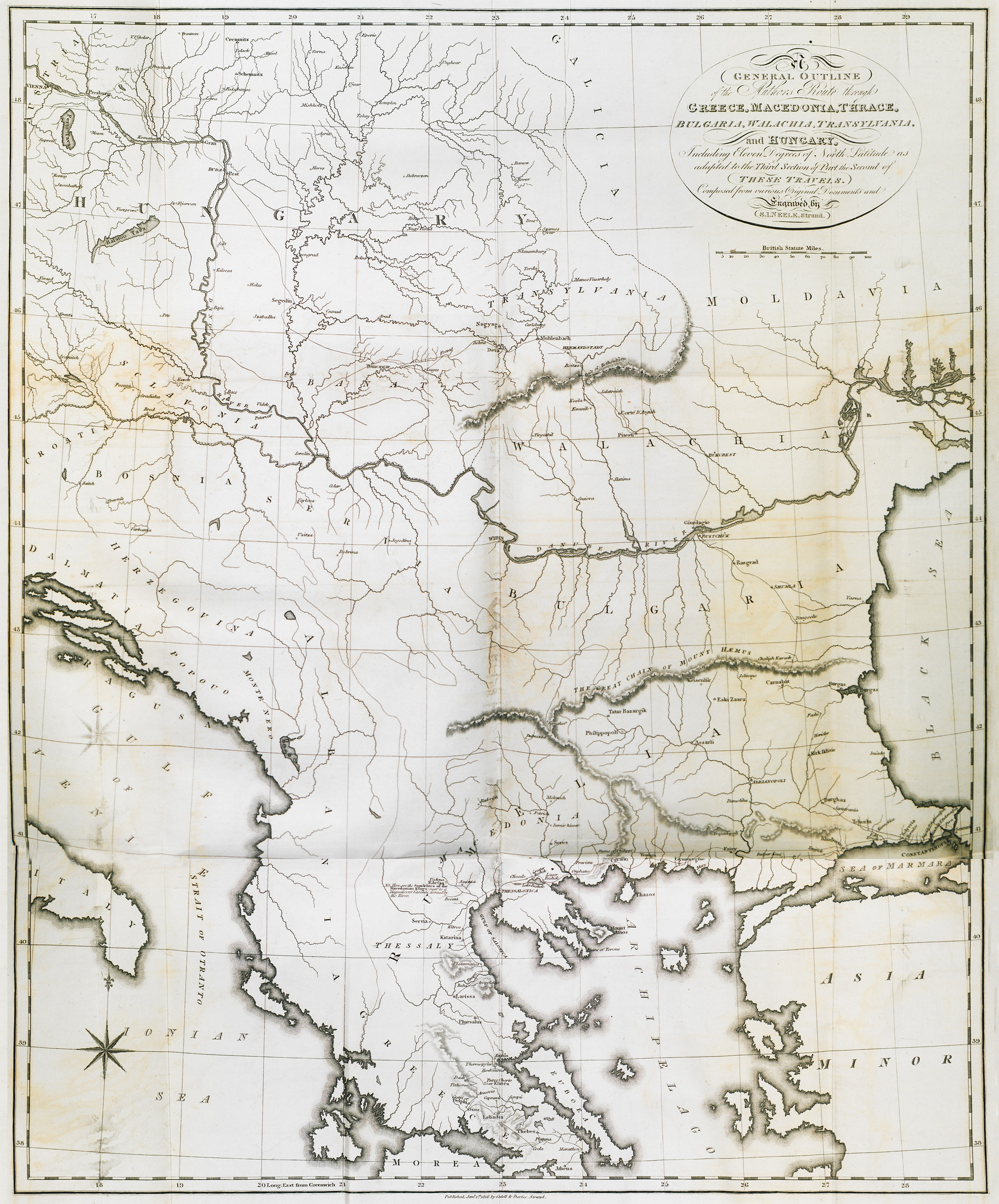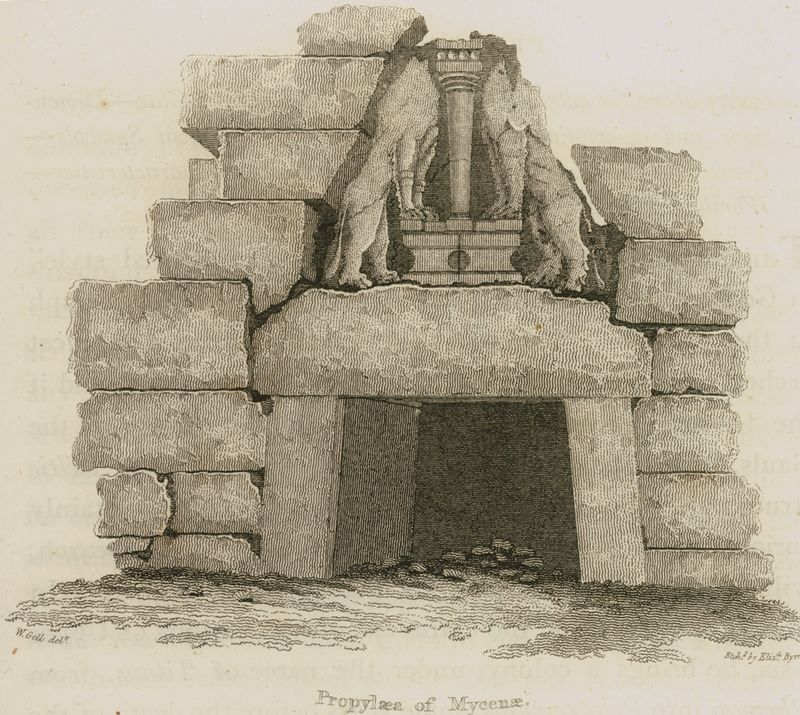CLARKE, Edward Daniel
Babası yazar dedesi ise arkeolog olan Edward Daniel Clarke (1769-1822), Cambridge üniversitesinde doktorasını yapmış bir mineraloji uzmanıydı. Otuz yaşındayken soylu J.M. Cripps'e refakat ederek 1799 yılından itibaren hemen hemen tüm Avrupa'yı gezer. İskandinavya'yı gezdikten sonra Moskova'ya kadar varır, oradan Osmanlı İmparatorluğunda İstanbul, Truva yöresi, Kıbrıs, Kutsal Yerler (Kudüs), Mısır, Kiklad adaları, Yunanistan'ın anakara kısmını ve Balkanları ziyaret eder. 1804'te Londra'ya döner ve daha sonraları piskopoz rütbesiyle kiliseye atanır. Yorulmadan çalışan ve güçlü bir gözlemci olan Clarke, keskin ve uzağı gören bakışıyla çağının birçok önemli olayında hazır bulunup bunları ayrıca vakayinamesinde de aktarır. İlk baskısı altı cilt olarak yayınlanan vakayiname (1810-23) yüz seksen beş tablo içermektedir.
İlk ciltte Kutsal Yerler coğrafyasına giriş yapılır ve türk sikkelerinin değerinden sözedilir. Baştaki bölümler İstanbul'a ayrılmış: Topkapı sarayı, harem, padişahın tören alayları, pazaryeri ve Bizans hipodromundan sözedilir. Clarke Çanakkale'den Truva'ya gelip buradaki arkeolojik araştırmalarını ayrıntılı biçimde sergiler. Yoluna gemiyle devam edip Tenedos (Bozcaada), Lezbos (Midilli), Hios (Sakız), Kos (İstanköy) ve Knidos'u tarif ede ede Rodos'a gelir, devamında Likya'nın Makri (Fethiye) kentine kadar ulaşır. Oradan Mısır ve Kıbrıs'a gider, kitabında bunların da tarifi yapılır; son olarak Kutsal Yerleri baştan başa gezer. Kitabın ekinde bulunan şeyler arasında, Sultan 3. Selim'in 1807 yılında tahttan düşüşüyle ilgili evraklar, altı yüz elliye yakın osmanlıca ve arapça elyazmaları listesi (tanrıbilim, metafizik, mantık, tarih, şiir, edebiyat, rüya tabirleri, coğrafya, gökbilim v.s. ile ilgili), Bin Bir Gece Masallarından yüz yetmiş iki tane hikâye içeren bir katalog, ısı ölçme cetvelleri ve seyahat ettiği kervanların yaptığı saat süresine göre mesafeleri içeren ayrıntılı güzergâhı yer alıyor.
İkinci cildin bir kısmıyla üçüncü ve dördüncü ciltler Yunanistan'ın çeşitli yörelerine ayrılmış. İskenderiye'den ayrıldıktan sonra yolculuk ettikleri gemi önce İstanköy sonra Patmos adasında demir atar. Patmos manastırı kütüphanesinin yağmalanmasından bizzat Clarke sorumlu. Naksos, Paros, Siros, Sunion ve Vari'den geçtikten sonra Clarke bir günbatımı vakti karşısında Atina ve Akropolis anıtlarını görür. Eserinde "... ufukta Parthenon'un aklığı seçilmekteydi" diye yazar. Lusieri'nin Lord Elgin hesabına yaptığı Akropolis anıtları yağması hakkında doldurduğu sayfalar hala ilginçliğini koruyor.
Clarke, Lusieri'ye, Erechtheion tapınağında, Lord Elgin hesabına "çalışırken" rastlar. İtalyan sanatçı Karyatid heykellerinin mükemmel durumuna işaret eder, Clarke ise kitabında Avrupalıların antik çağ anıtları üzerinde üstlendikleri "çalışmaları" son derece olumsuz bir biçimde yorumlayıp, ayrıca bu "çalışmalar"ın onarılmaz zararlara sebep olan özensizliklerine de dikkati çeker. Bundan sonra Peloponez'i (Epidavros, Nafplion, Argos, Mykene, Nemea'yı) gezip Atina'ya döner. Elefsis'te (Elefsina) bulunurken kendi isteğini takip ederek Demetra tapınağı girişinde (Propylaea) bulunan Pendeli mermerinden yapılmış iki dev Karyatid-Kistoforos heykelinden birinin oradan taşınmasını başarır. Bu heykel bugün Cambridge'deki Fitzwilliam müzesinde bulunuyor. Clarke'ın ve Cripps'in beraberlerinde götürdüğü, birinin 76 adet ötekinin 80 adet bavulunda, mermerler, elyazmaları, sikkeler ve mineraller bulunmaktaydı. Herşeye rağmen Clarke'ın Yunanlıların meslekleri, adetleri ve yaşamları ile ilgili gözlemleri değerinden hiçbir şey yitirmemiştir.
İkinci cildin ekinde, ısı ölçmelerini kaydeden cetveller ve başka gezginlerin elyazması notlarından yapılan alıntılar yanısıra kendisinin ziyaret etmiş olduğu yerlerin tümünü içeren bir liste ve Venedik'te basılmış olan Κατάλογος των βιβλίων ελληνικών τε και κοινών της τυπογραφίας του Πάνου Θεοδοσίου του εξ Ιωαννίνων [Venedik'te Yanyalı Panos Teodosiu basımevinde basılmış yunanca ve başka dilde kitaplar kataloğu] dahil ediliyor.
Yazan: İoli Vingopoulou
CLARKE, Edward Daniel - Mycenae
CLARKE, Edward Daniel - Rest Images
-
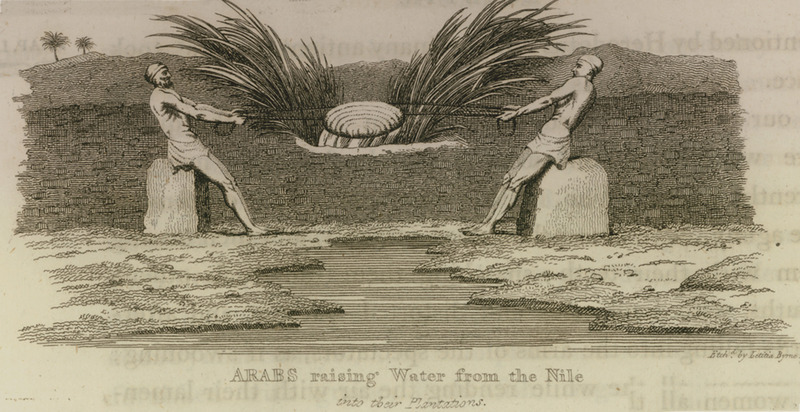
-
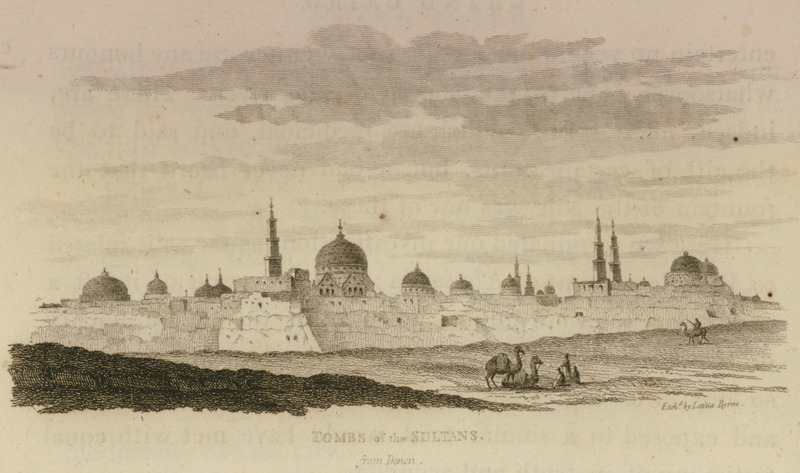
-

Entrance to Khalig canal, possibly Trajan river in antiquity.
-
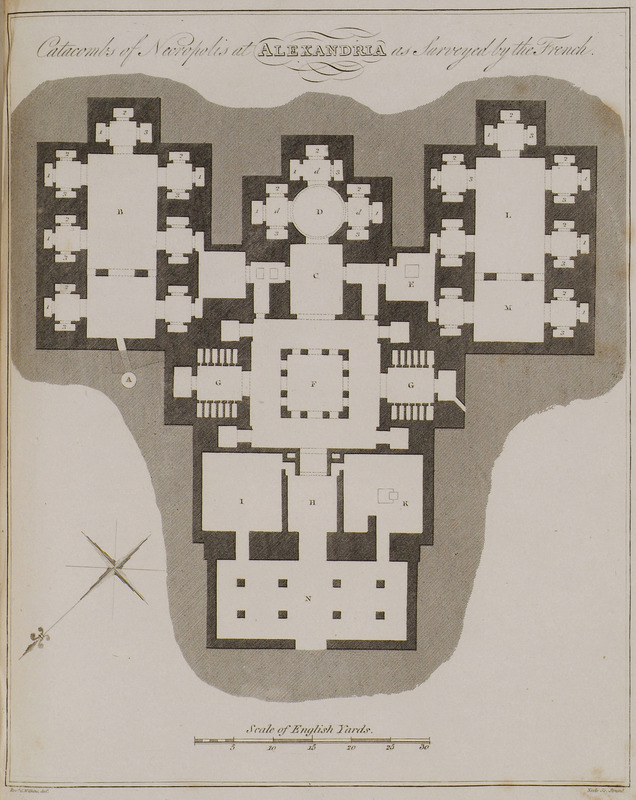
-
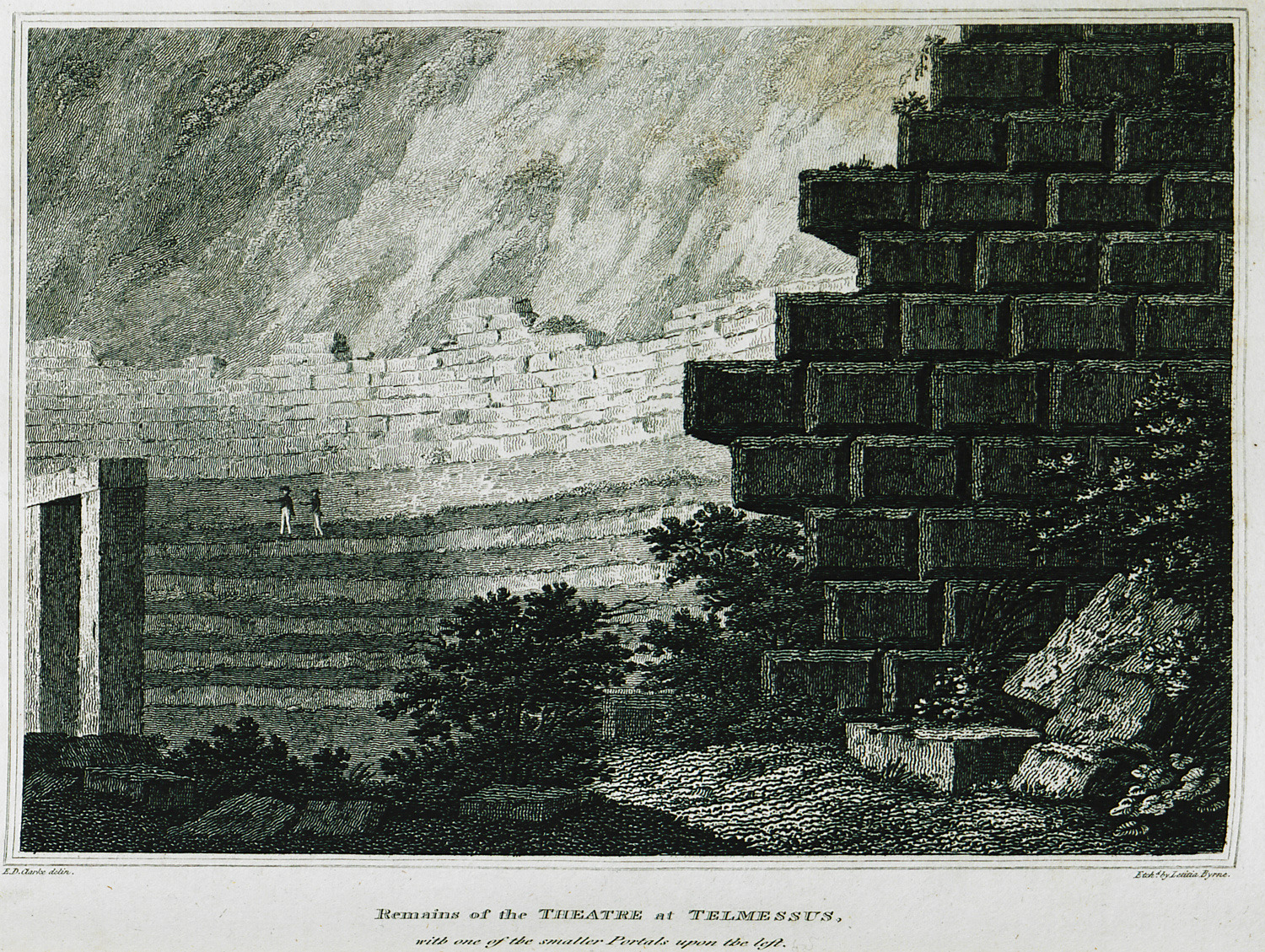
Remains of the Theatre at Telmessus (today Fethiye) with one of the smaller portals upon the left.
-
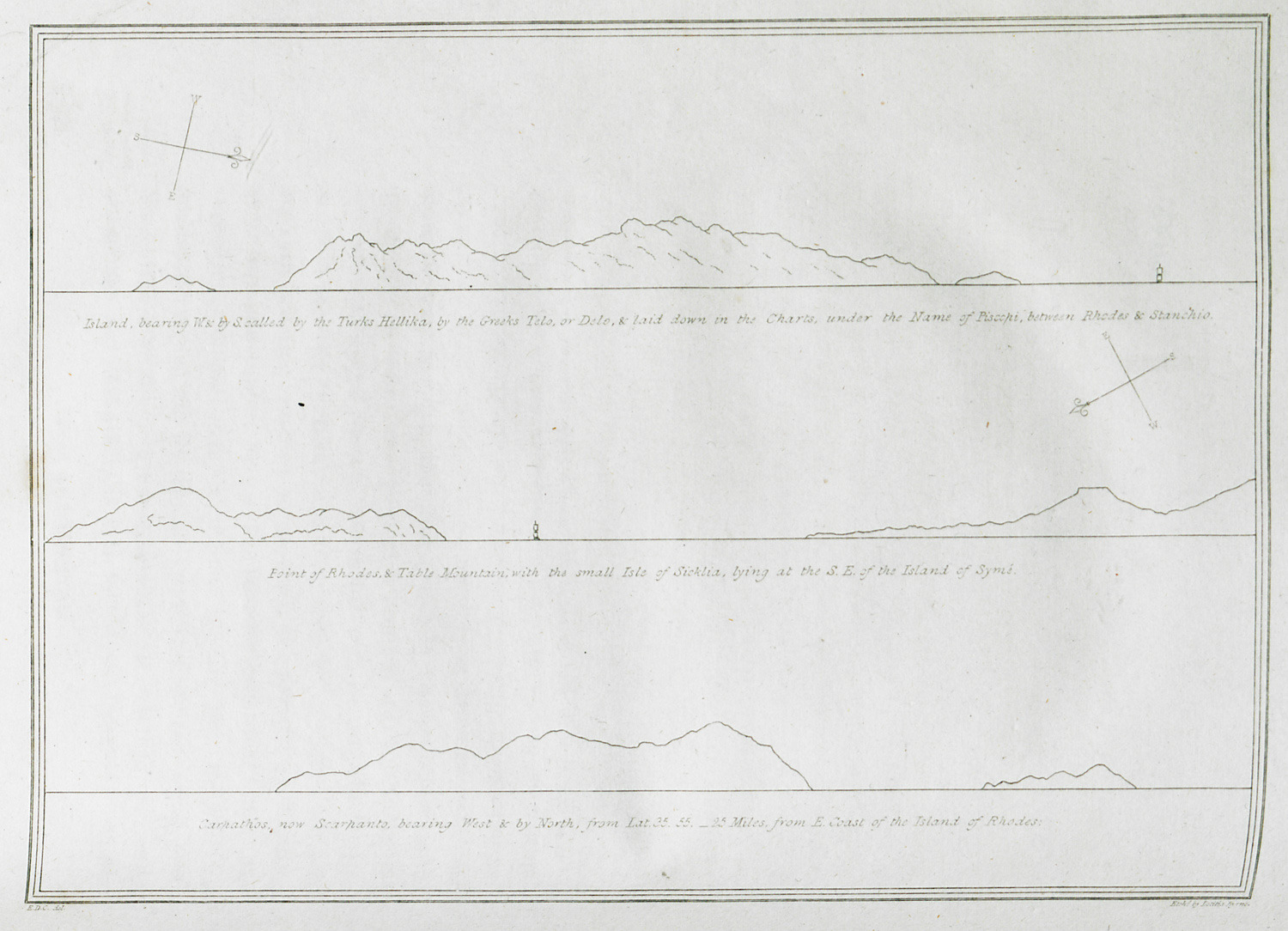
-
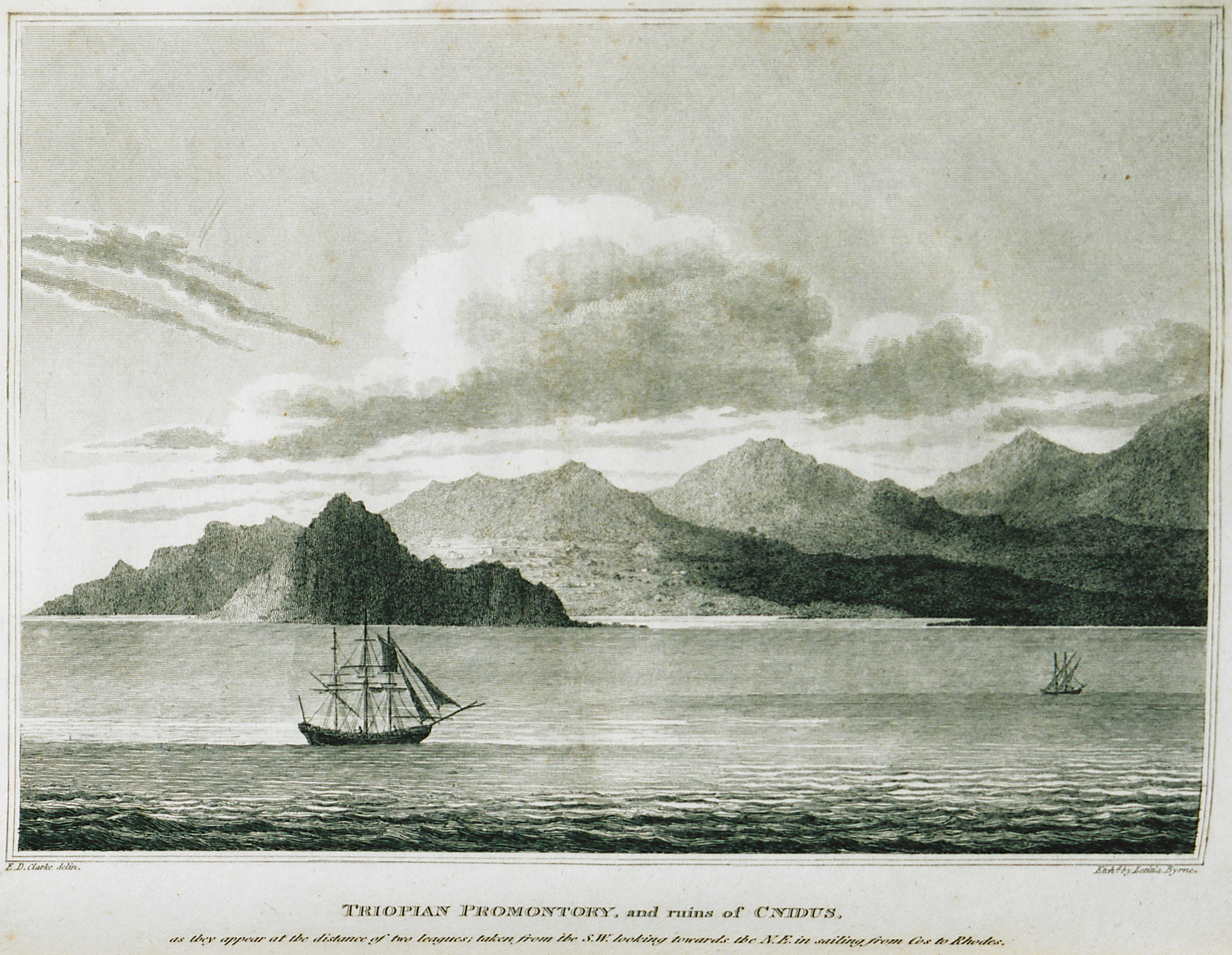
-
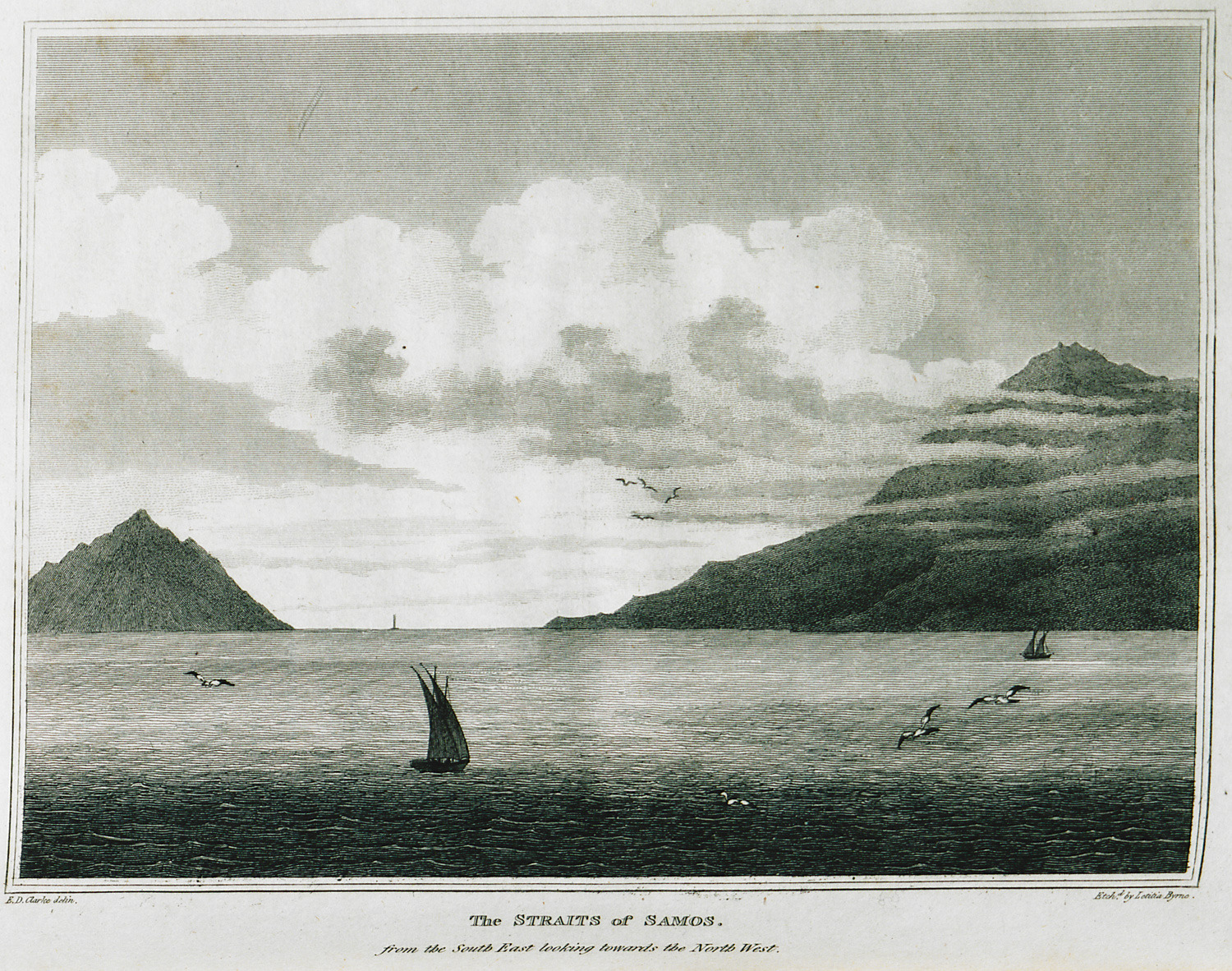
The Straits of Samos for the South East looking towards the North West.
-
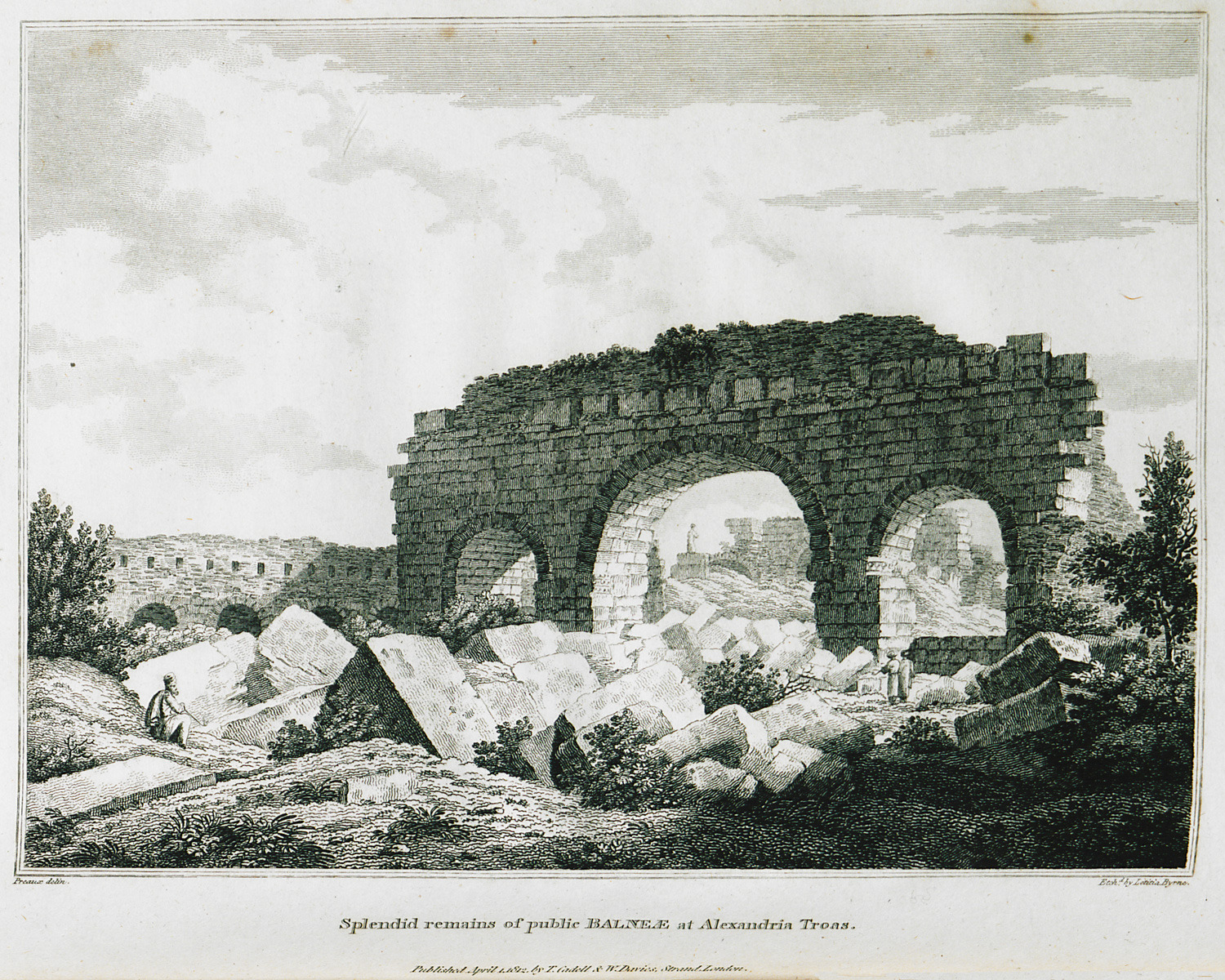
Remains of the Thermae of Herodes Atticus in Alexandria Troas (today Eski Stambul).
-
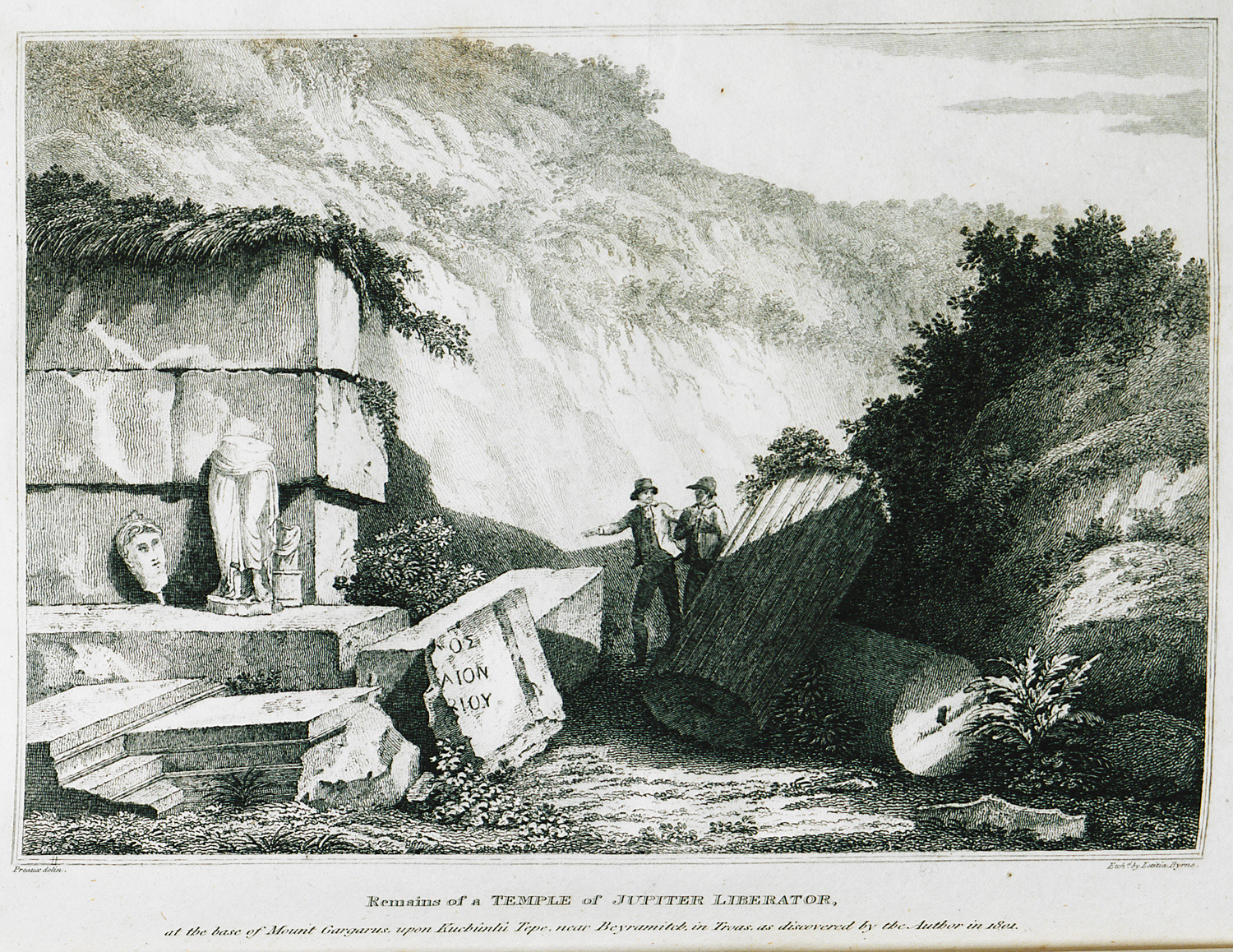
Remains of an building in the ancient city Skepsis (today Kurşunlutepe) in Asia Minor.
-
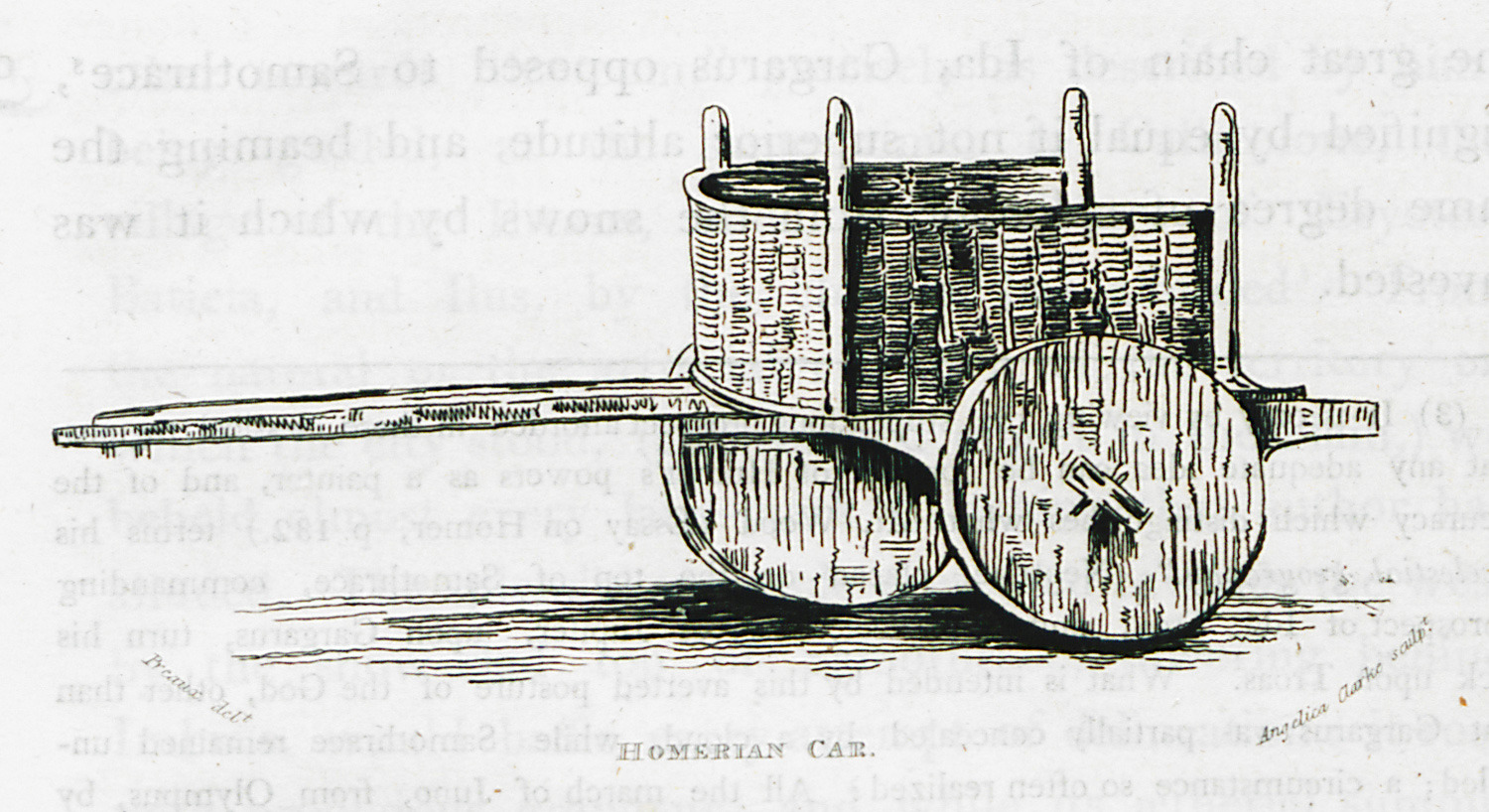
-
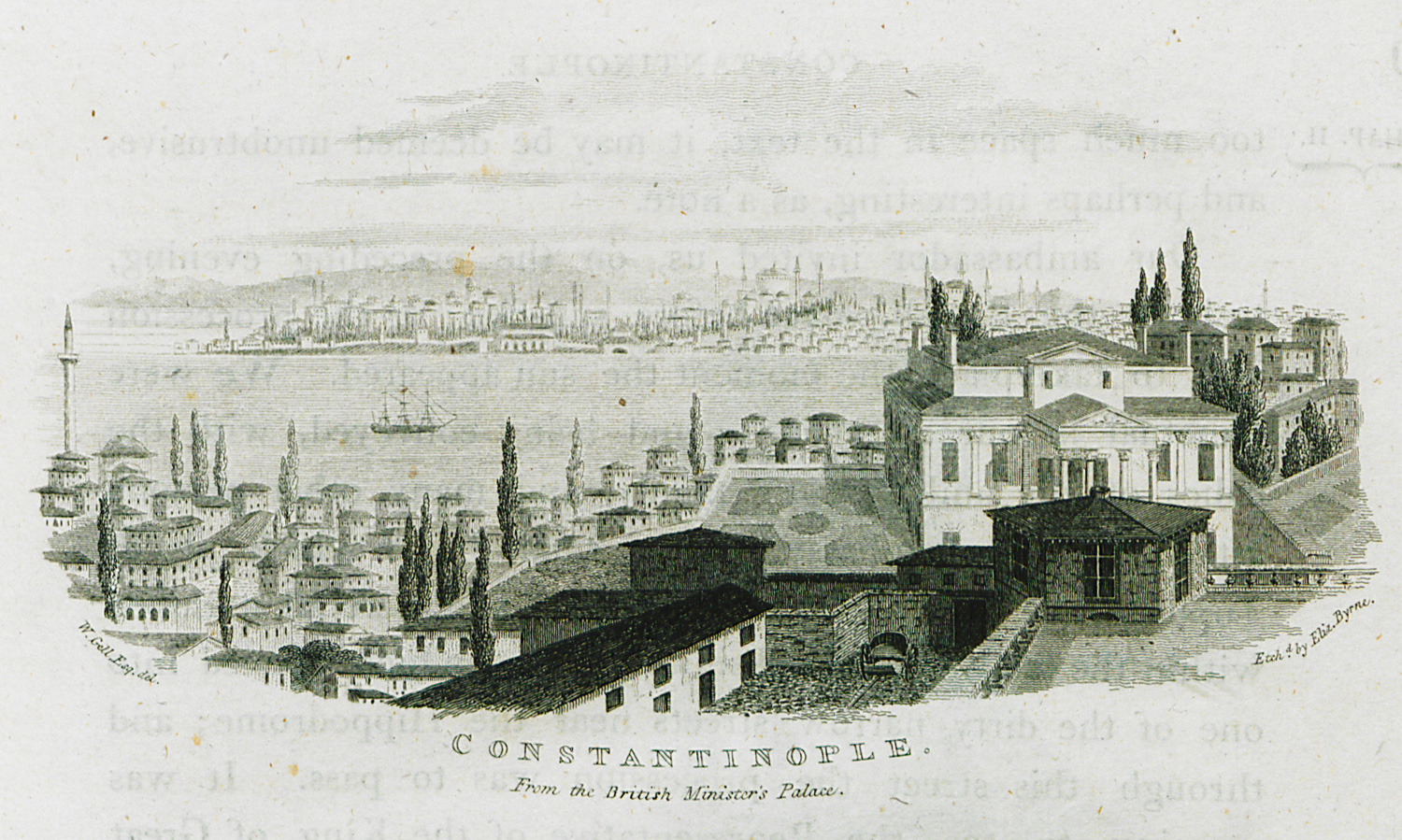
-
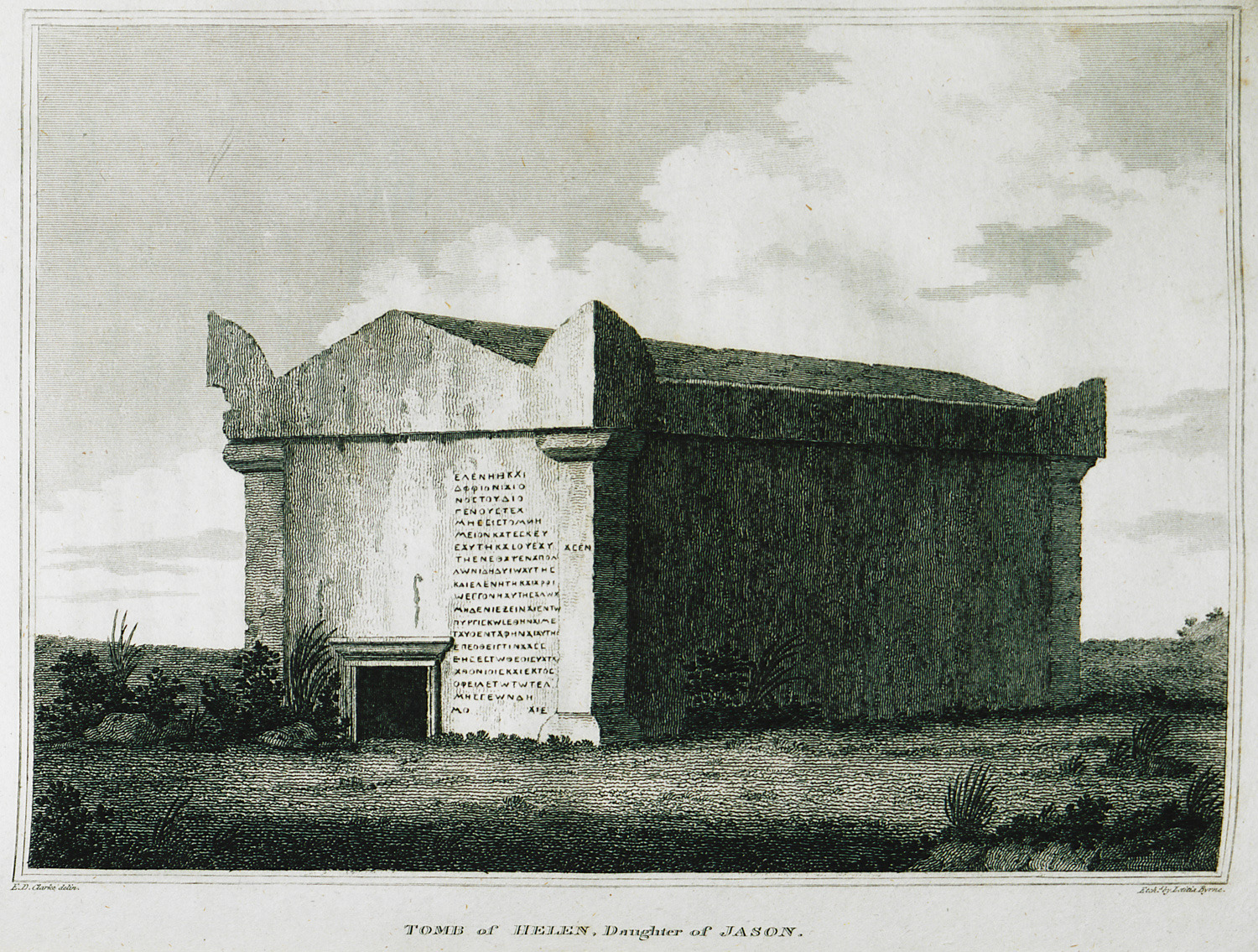
-
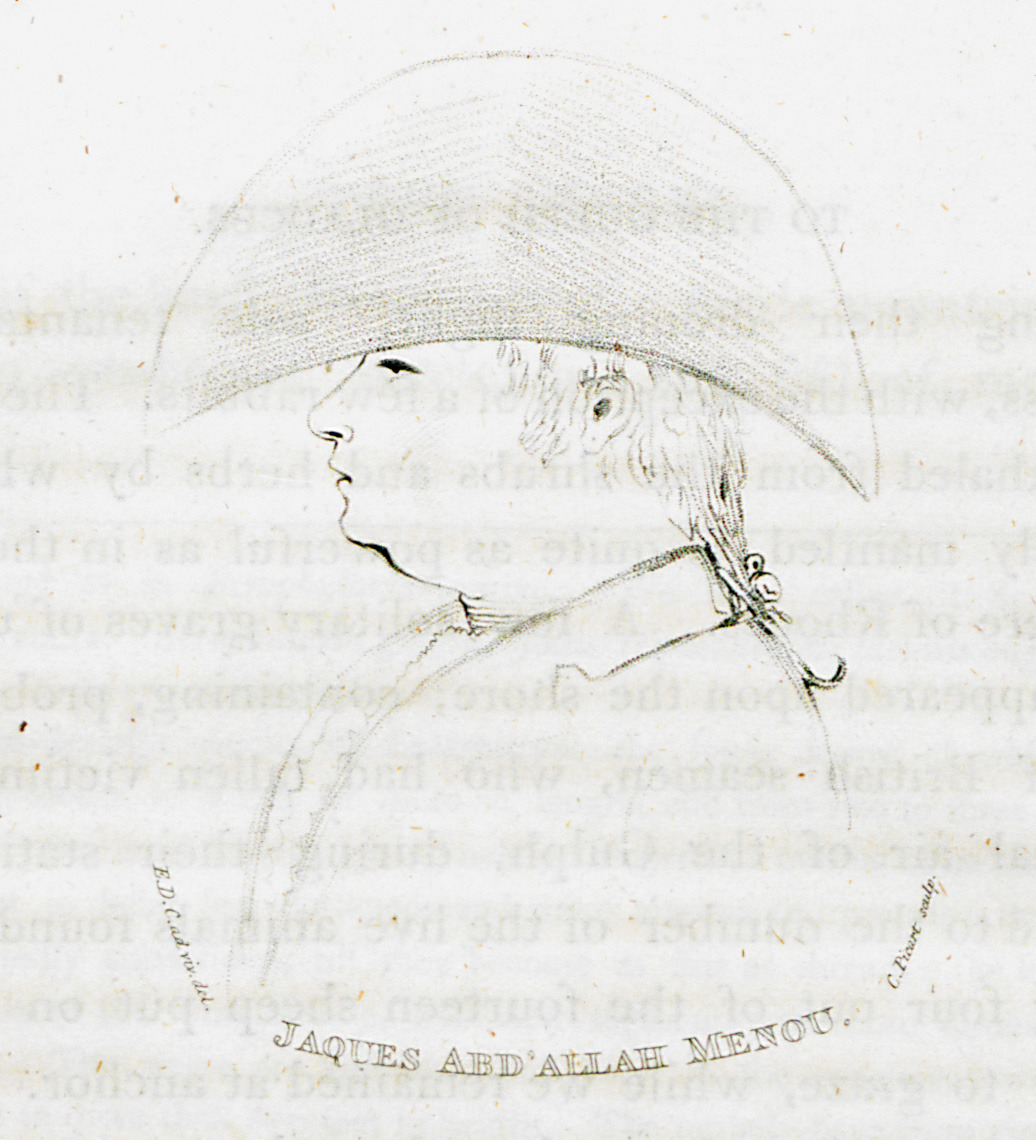
-
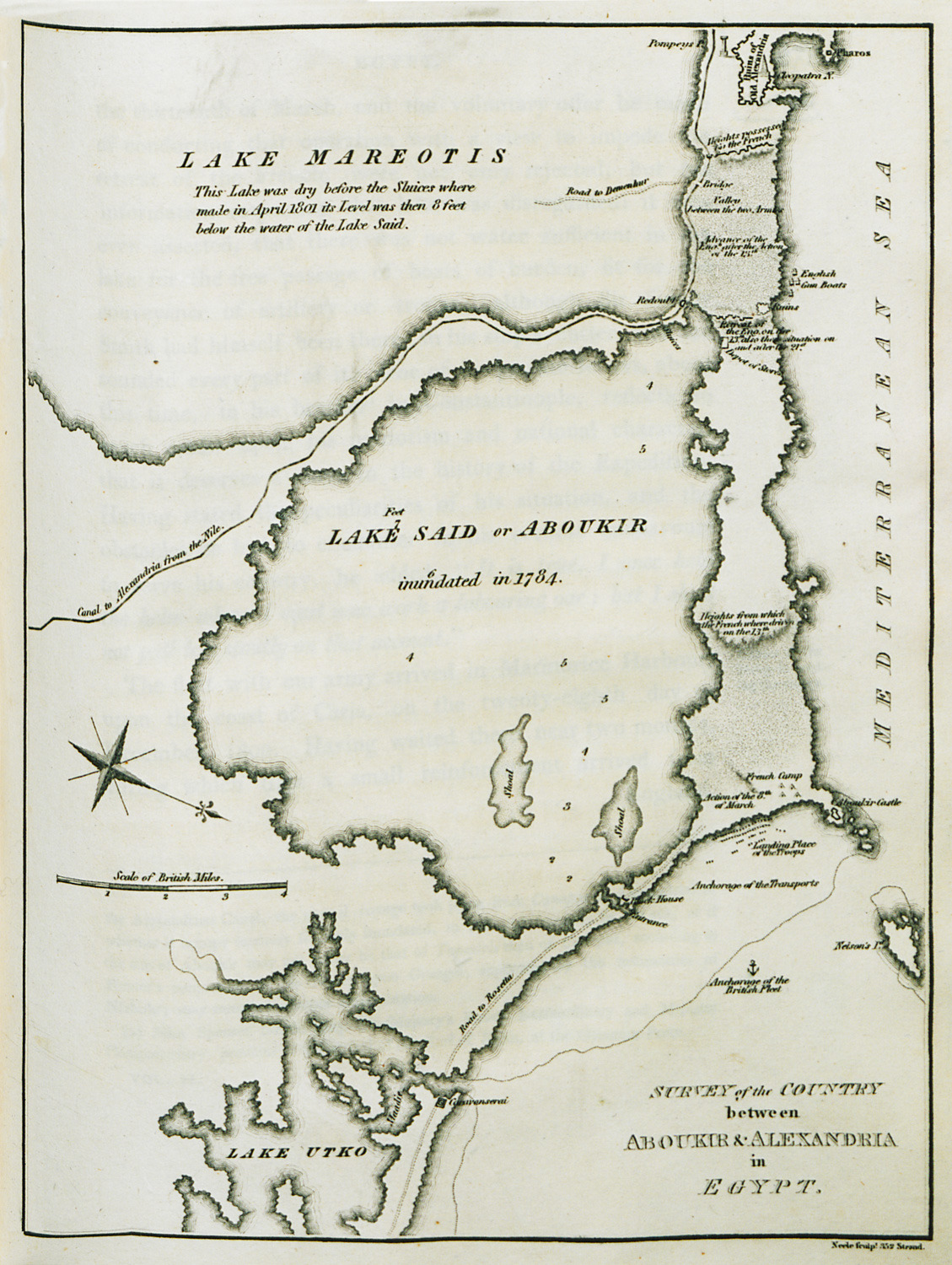
Survey of the country between Aboukir & Alexandria in Egypt.
-
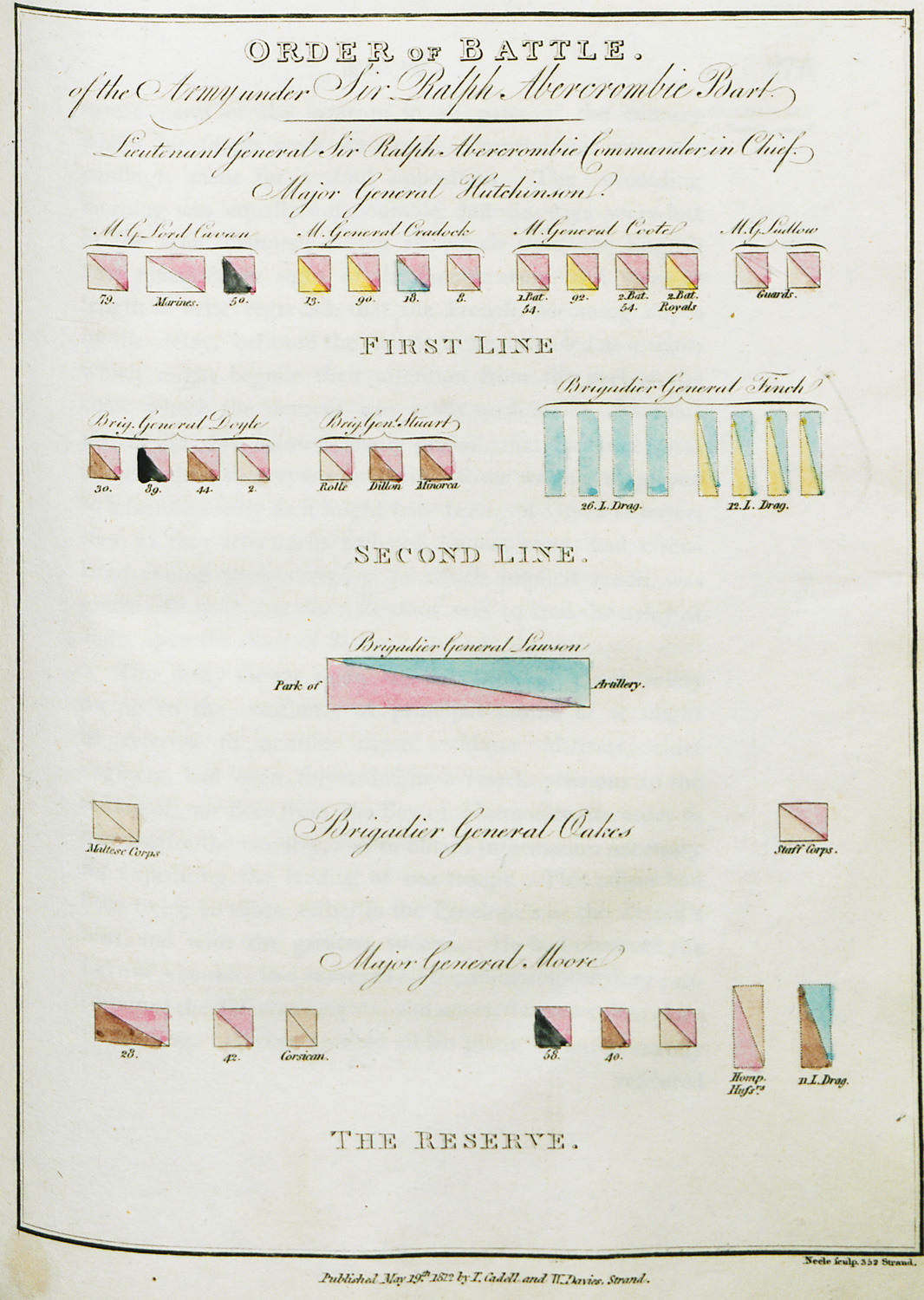
The order of the British corps at Abu Qir, when they took it over from the French (8 March 1801).
-
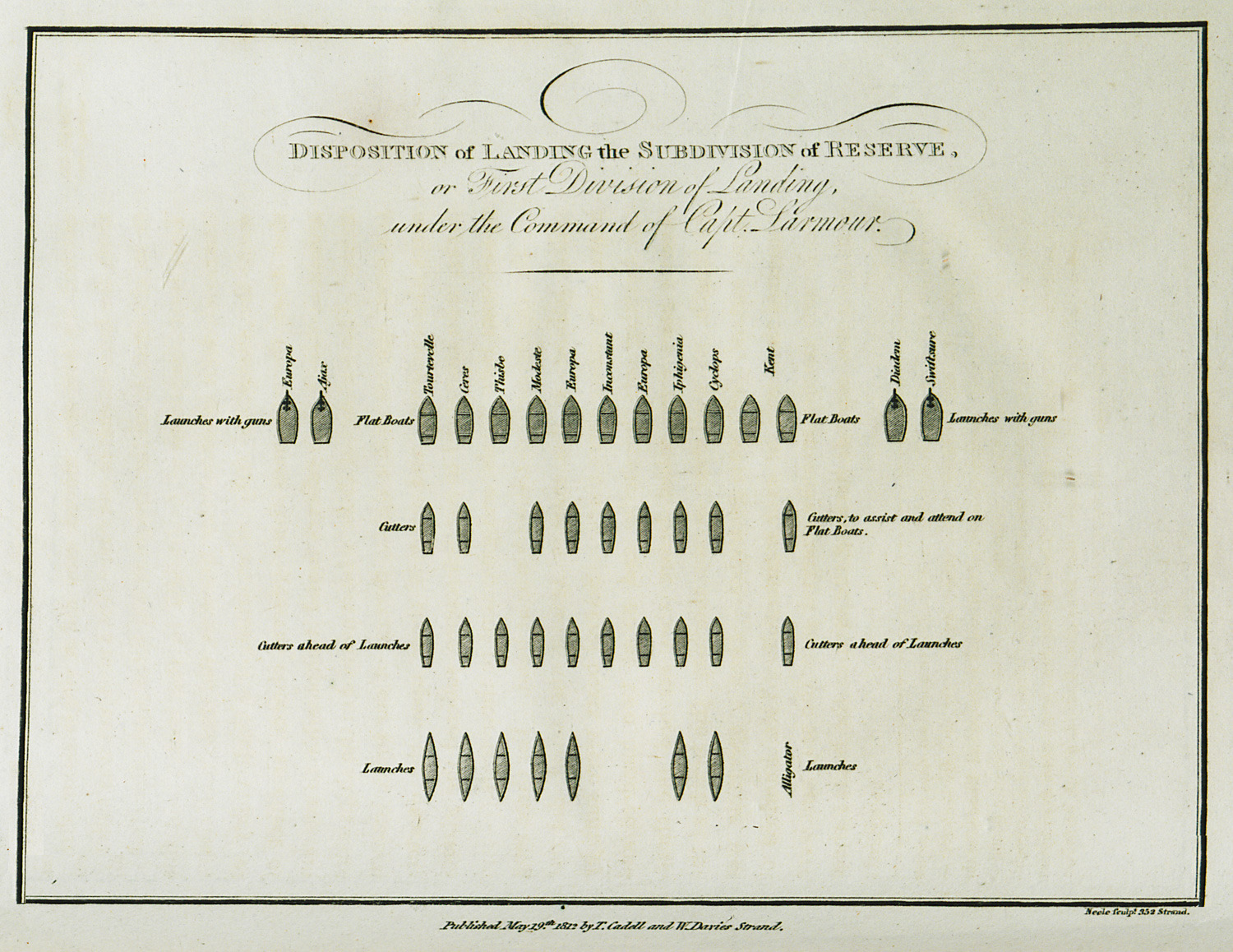
-
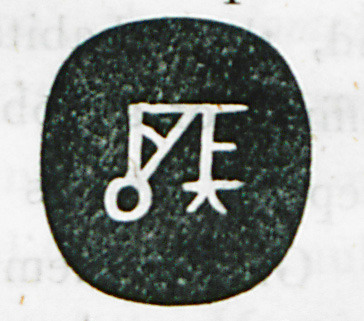
-
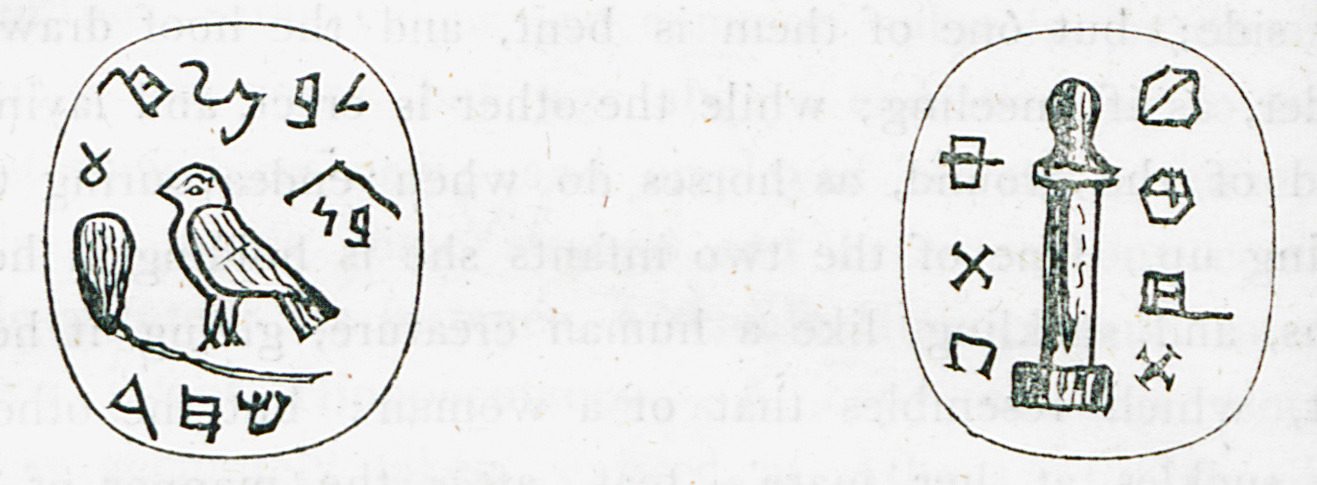
Signets bearing letters of the Phoenician alphabet from Larnaca region.
-
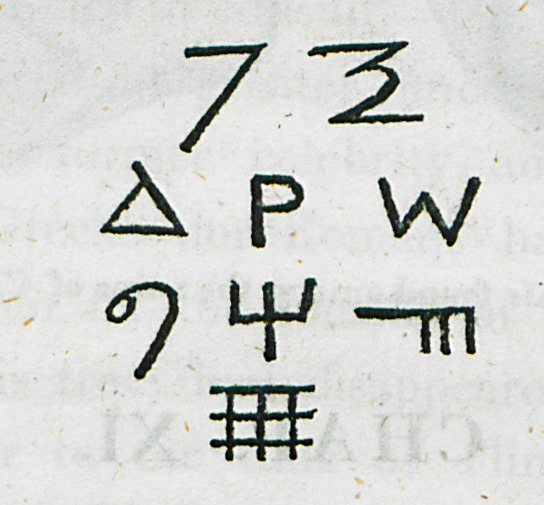
Inscription in Phoenician on signet found at Larnaca region.
-
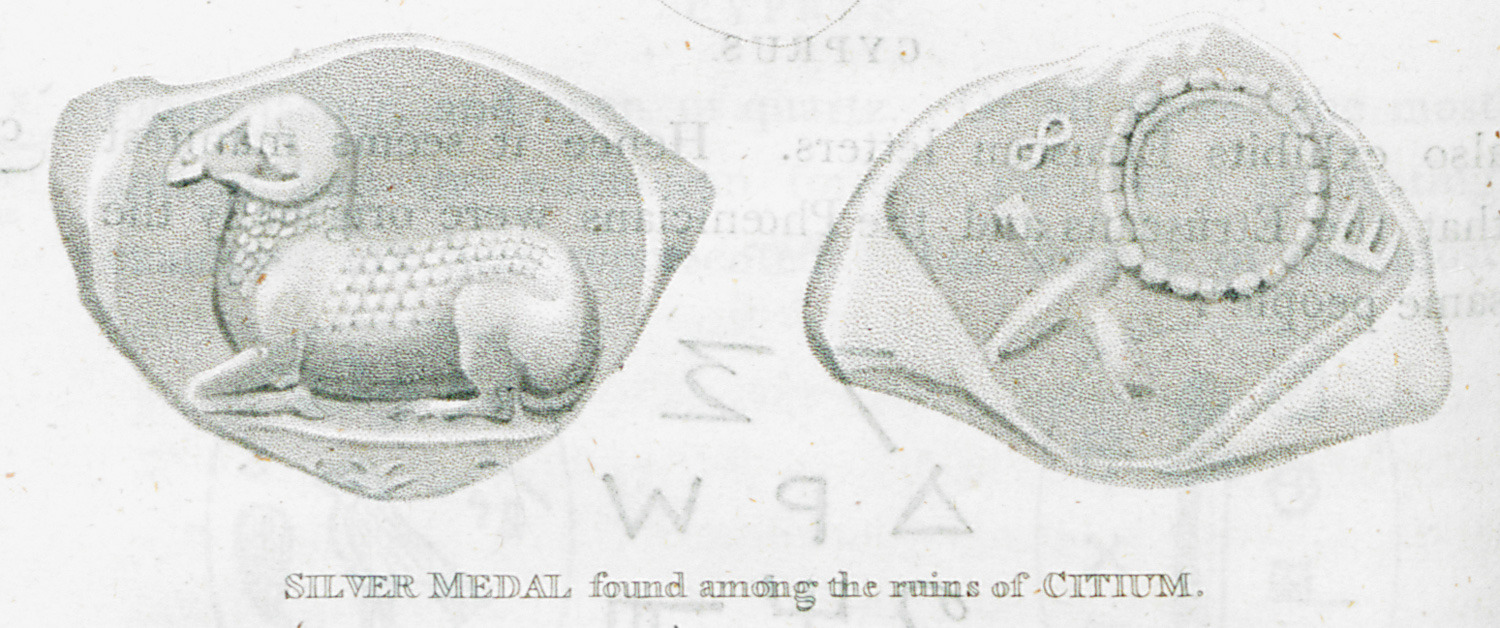
-
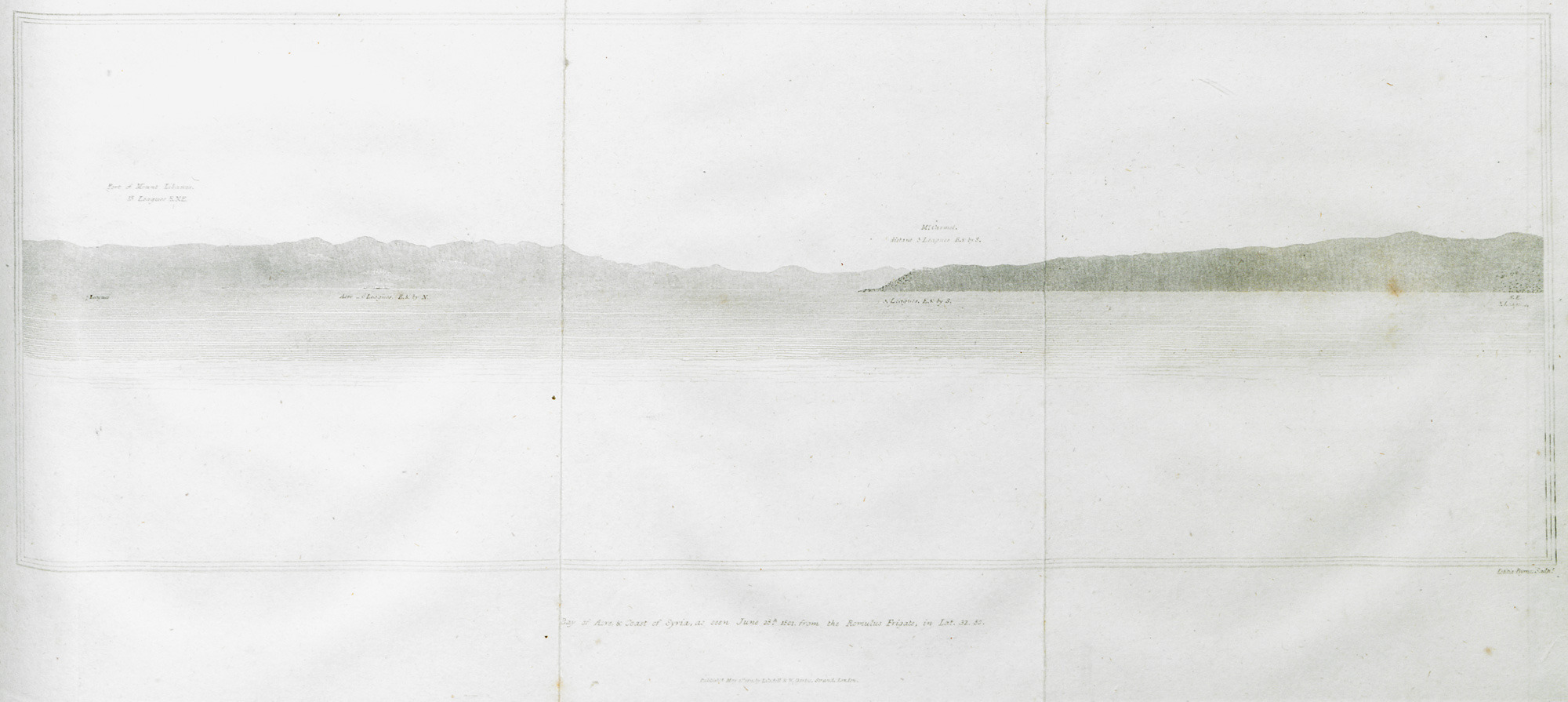
-
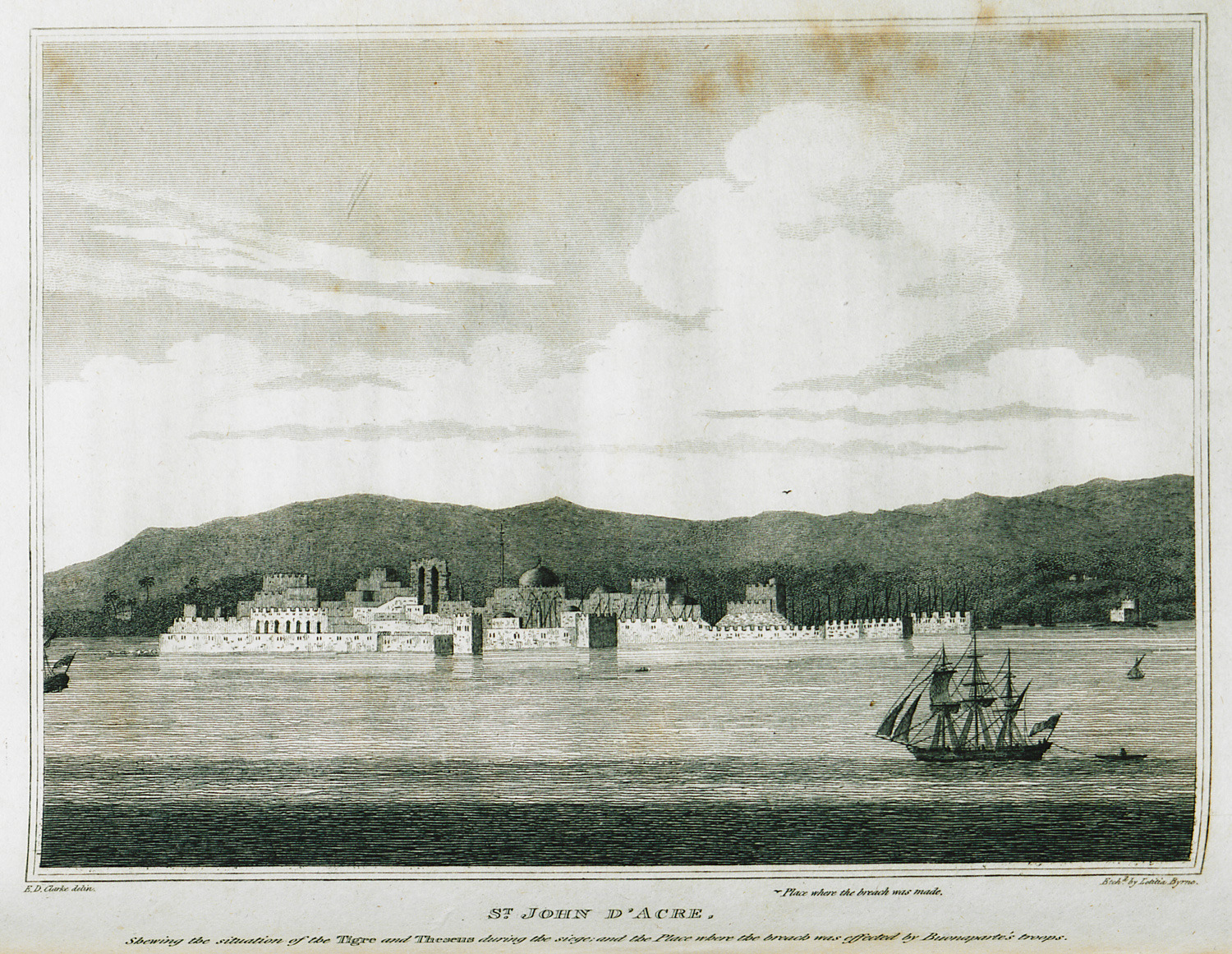
-
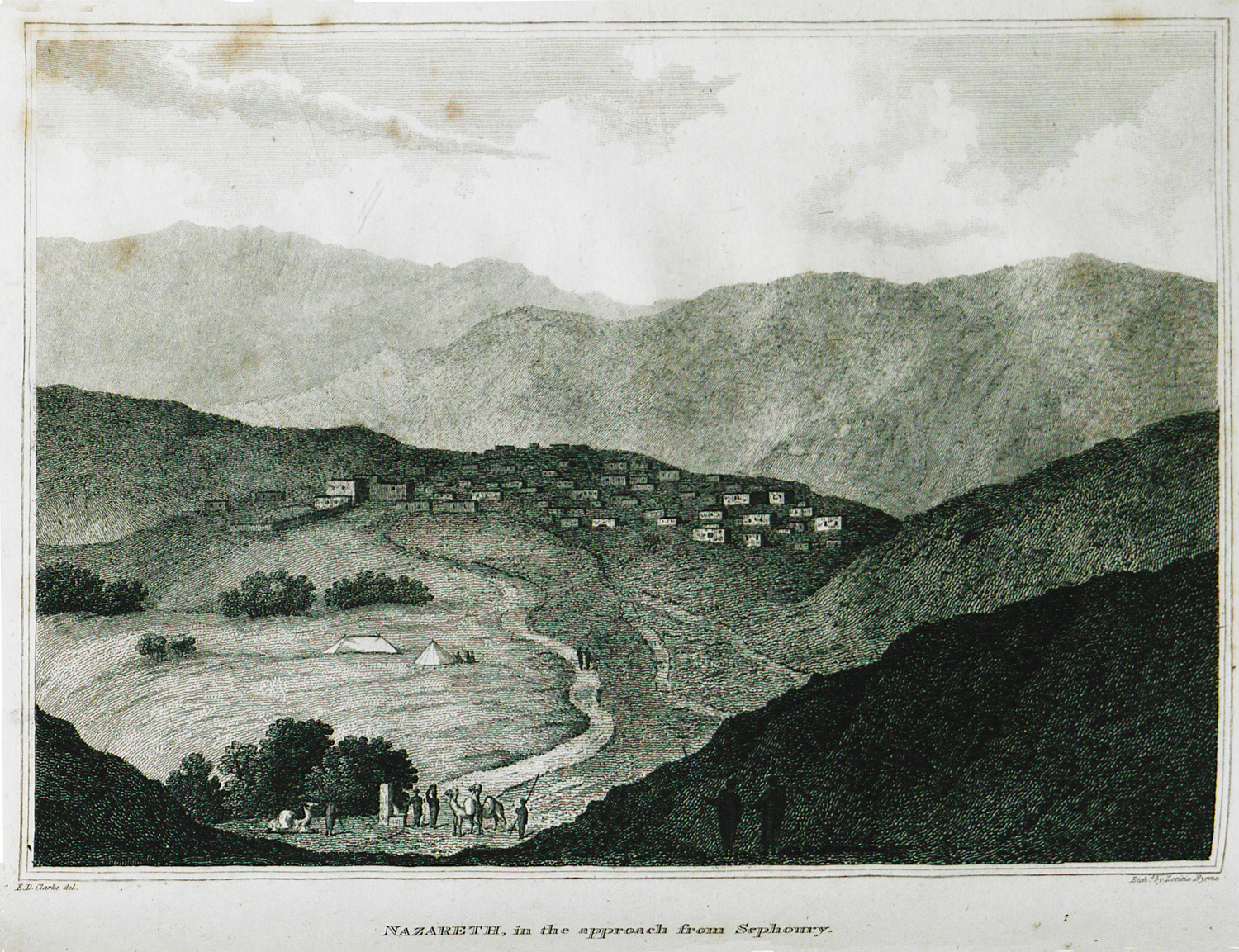
-
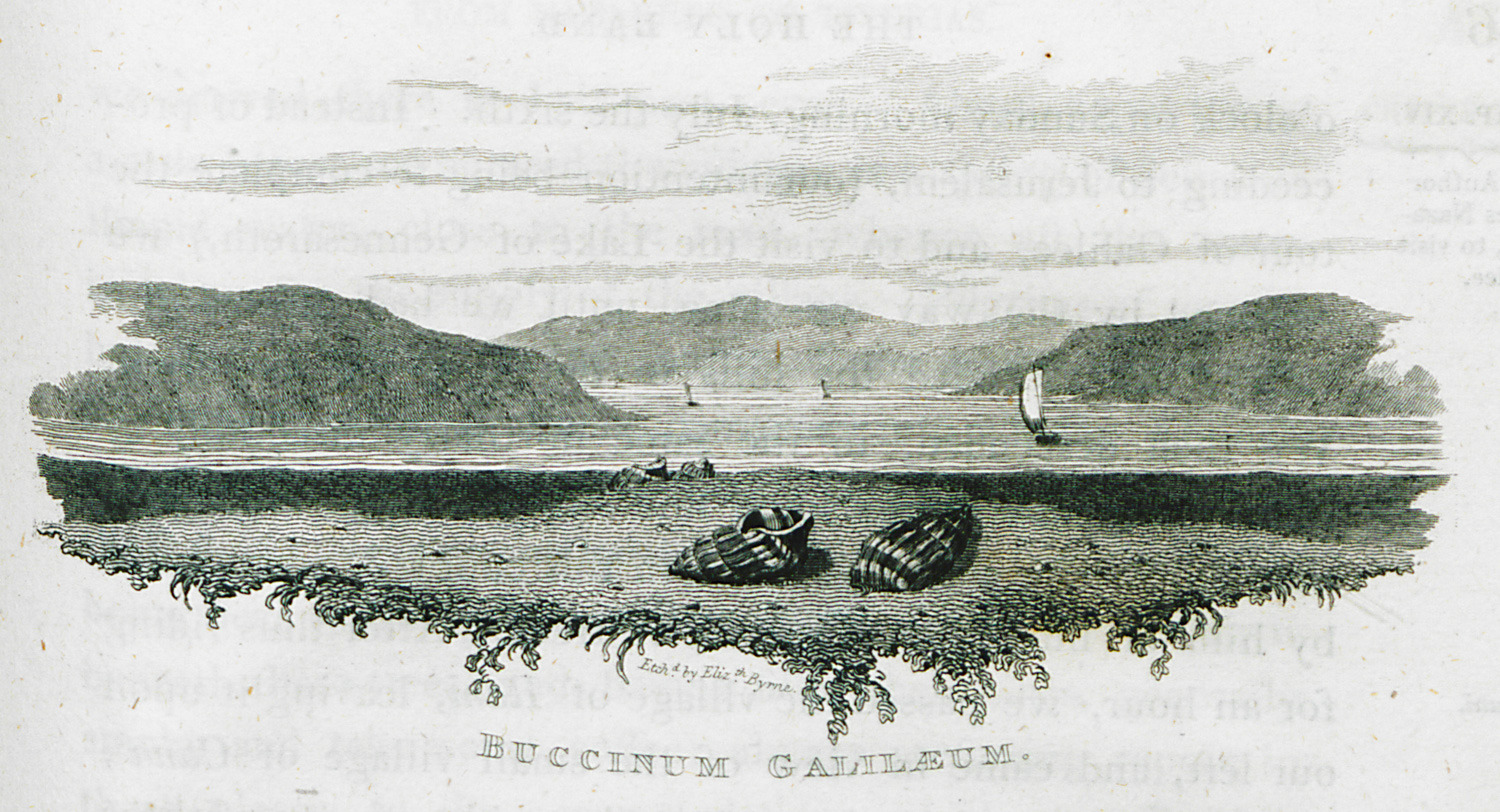
-
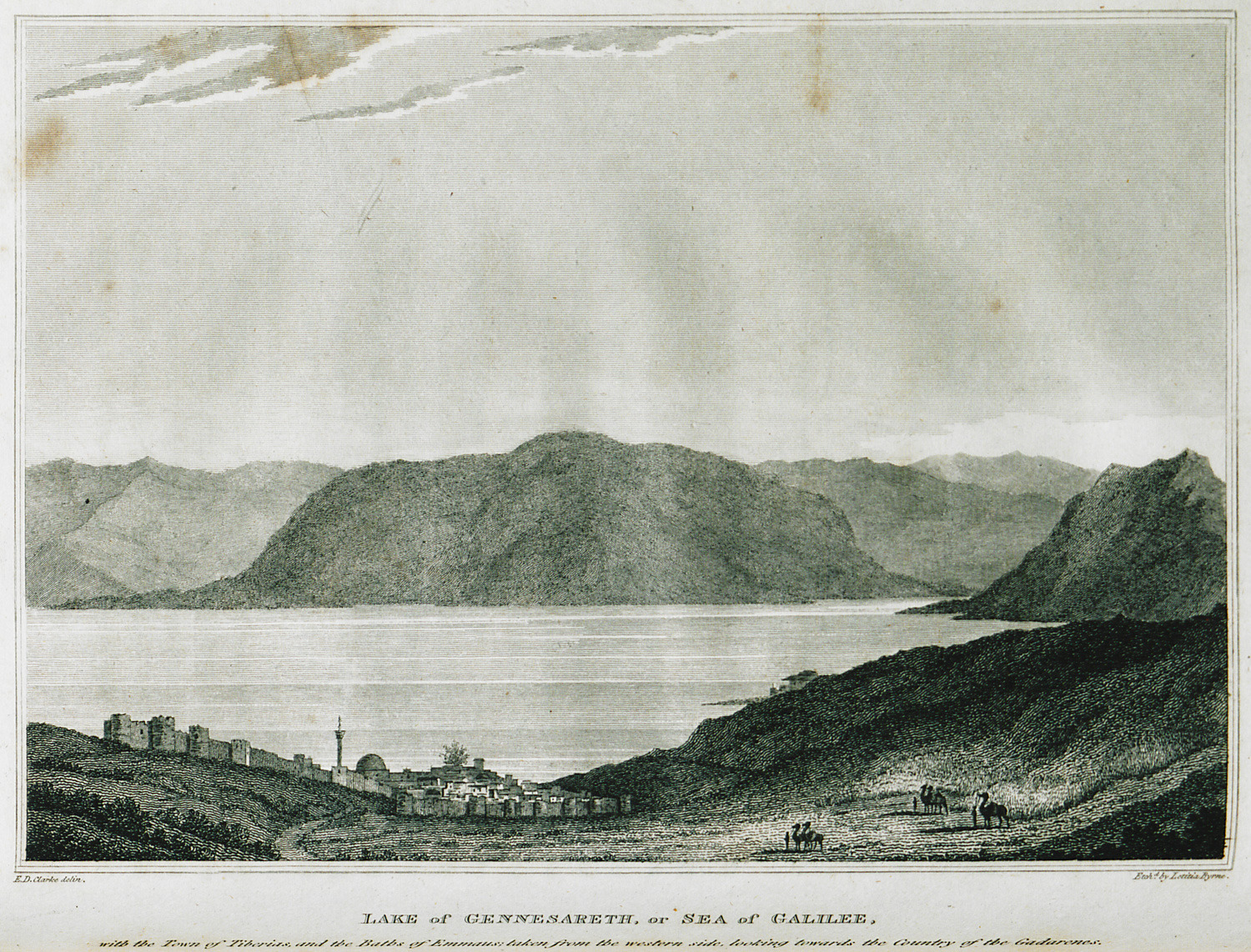
-
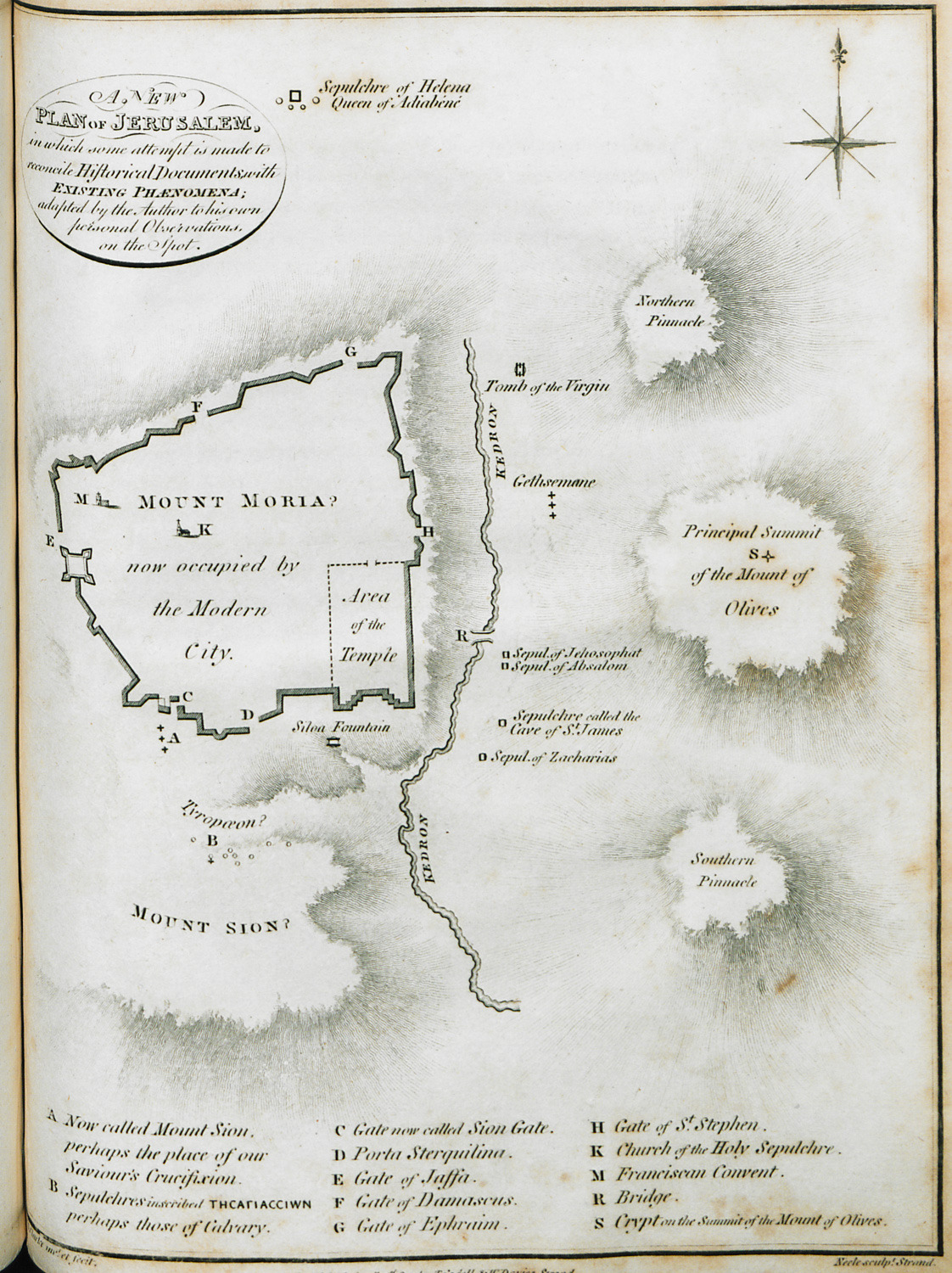
-
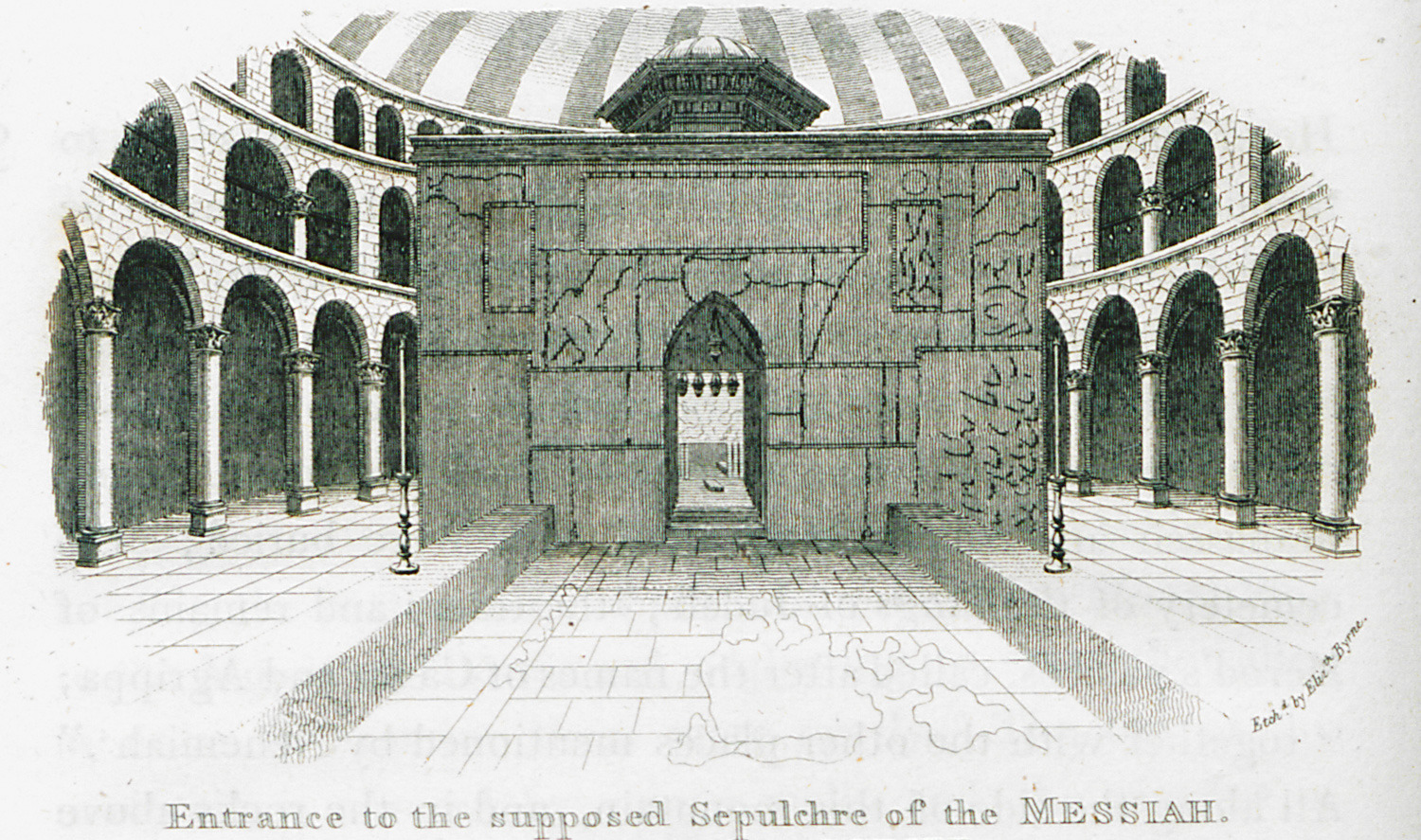
-
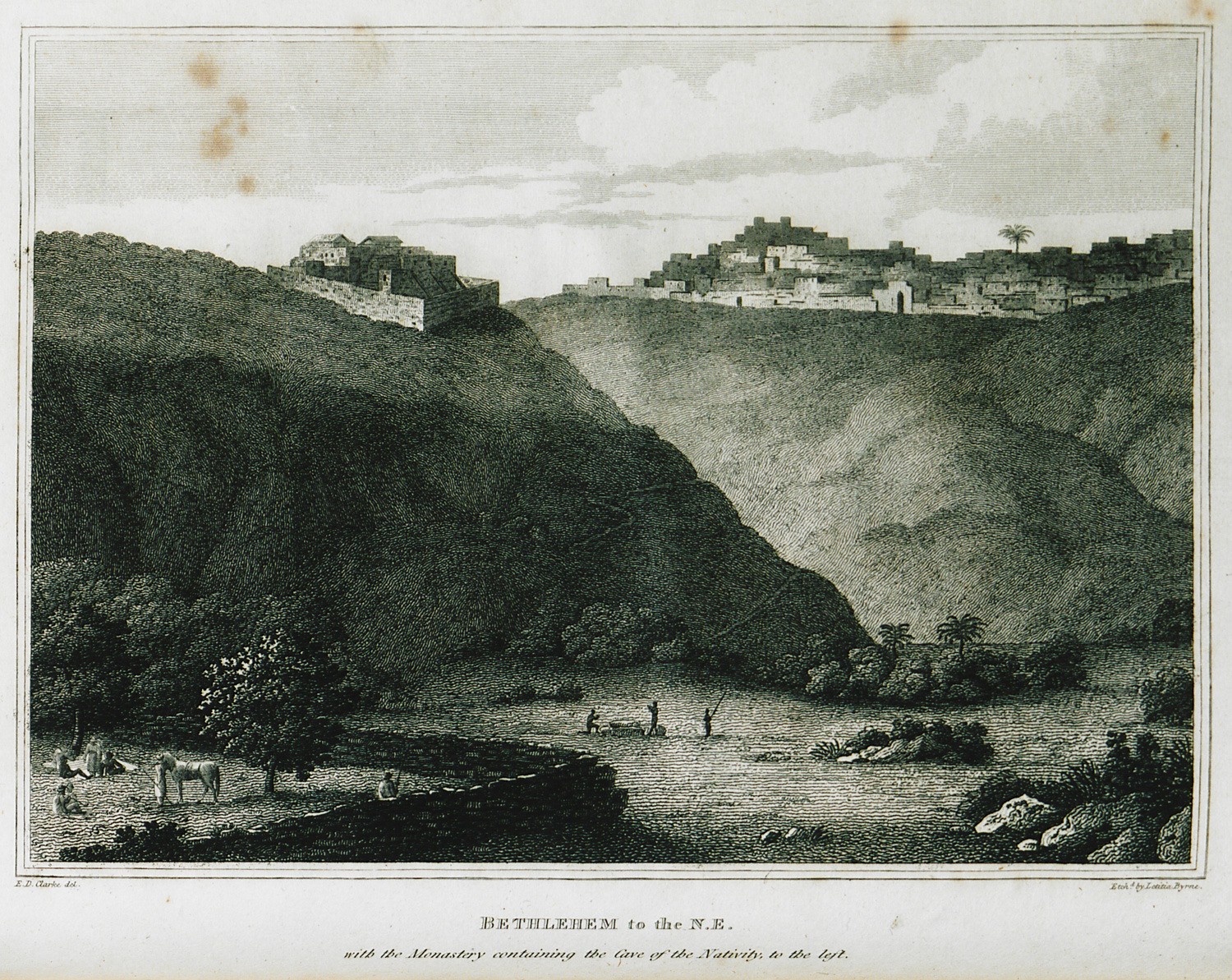
Bethlehem to the N.E. with the monastery containing the cave of Nativity to the left.
-
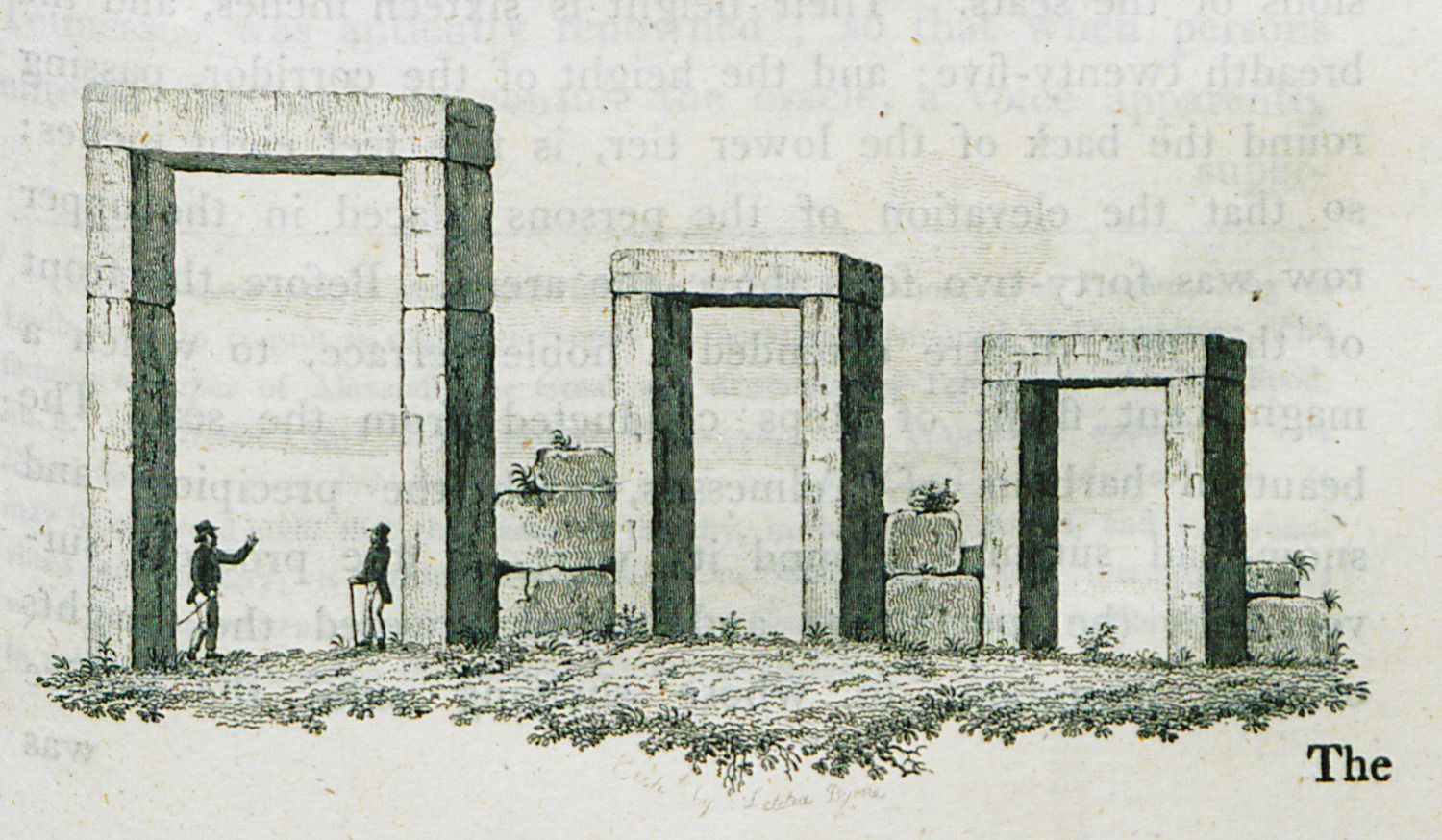
Plan of the portals of the Theatre at Telmessus (today Fethiye).
-
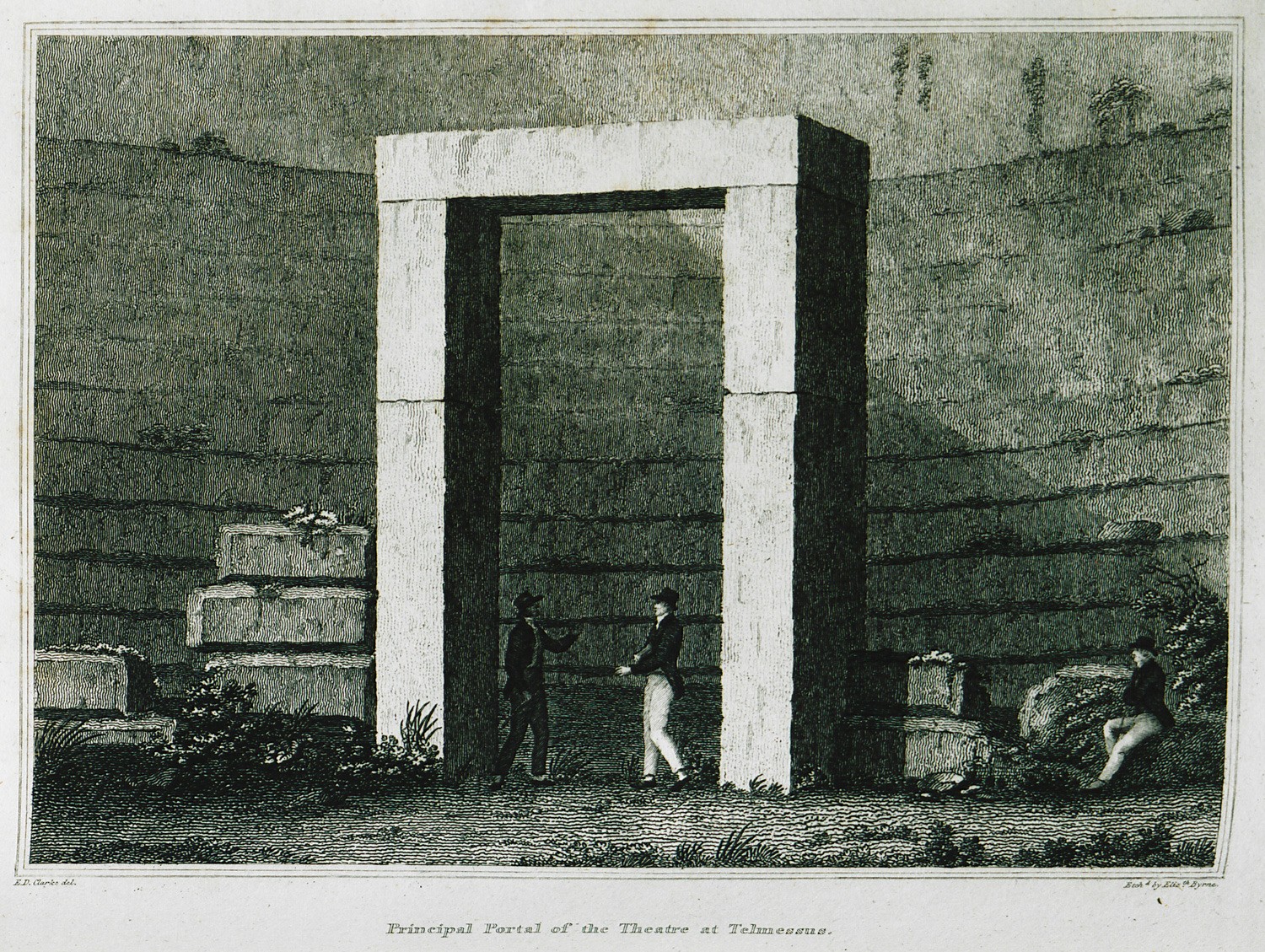
Principal portal of the Theatre at Telmessus (today Fethiye).
-
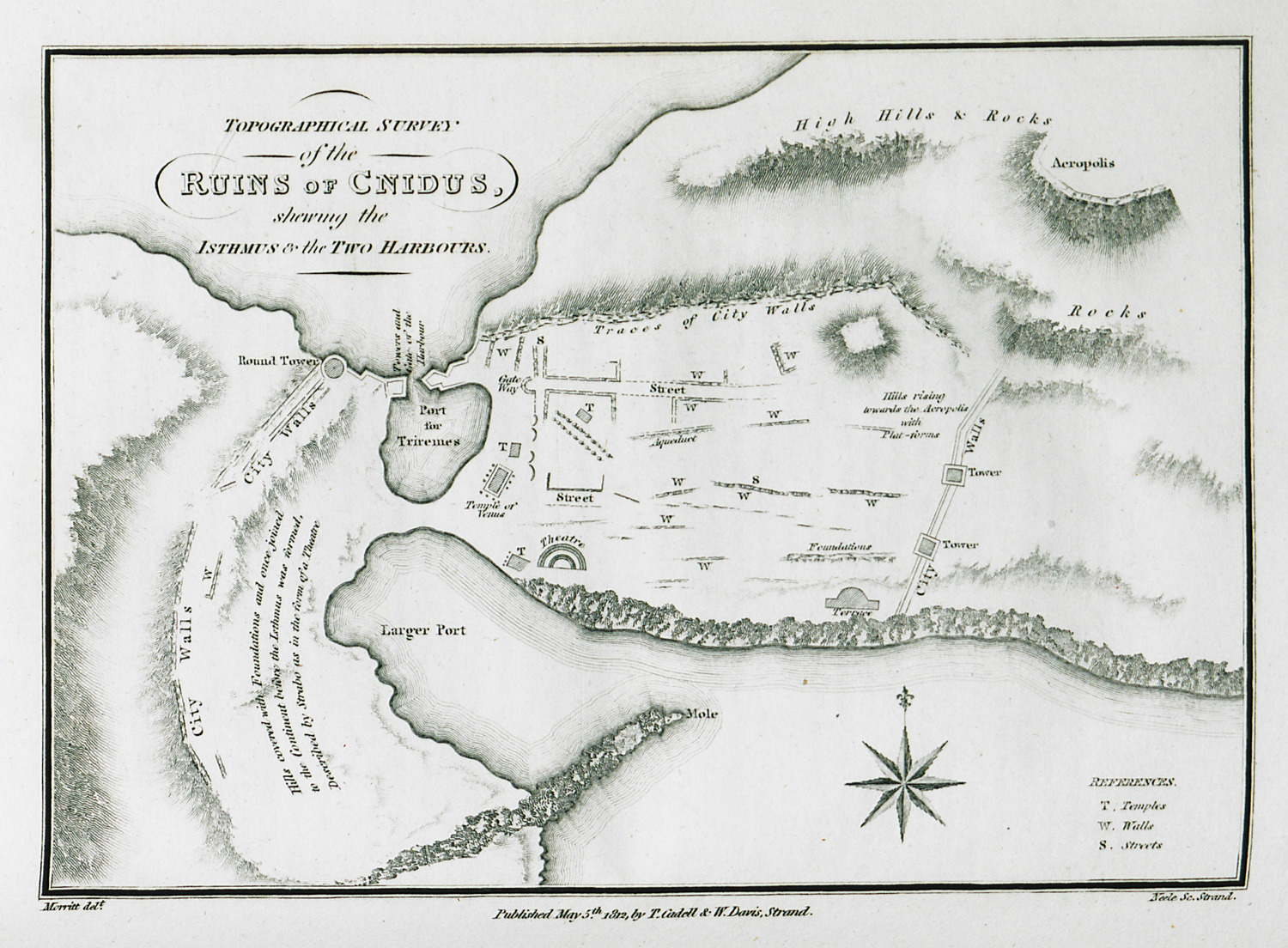
Topographic survey of the ruins of Cnidus showing the isthmus and the two harbours.
-
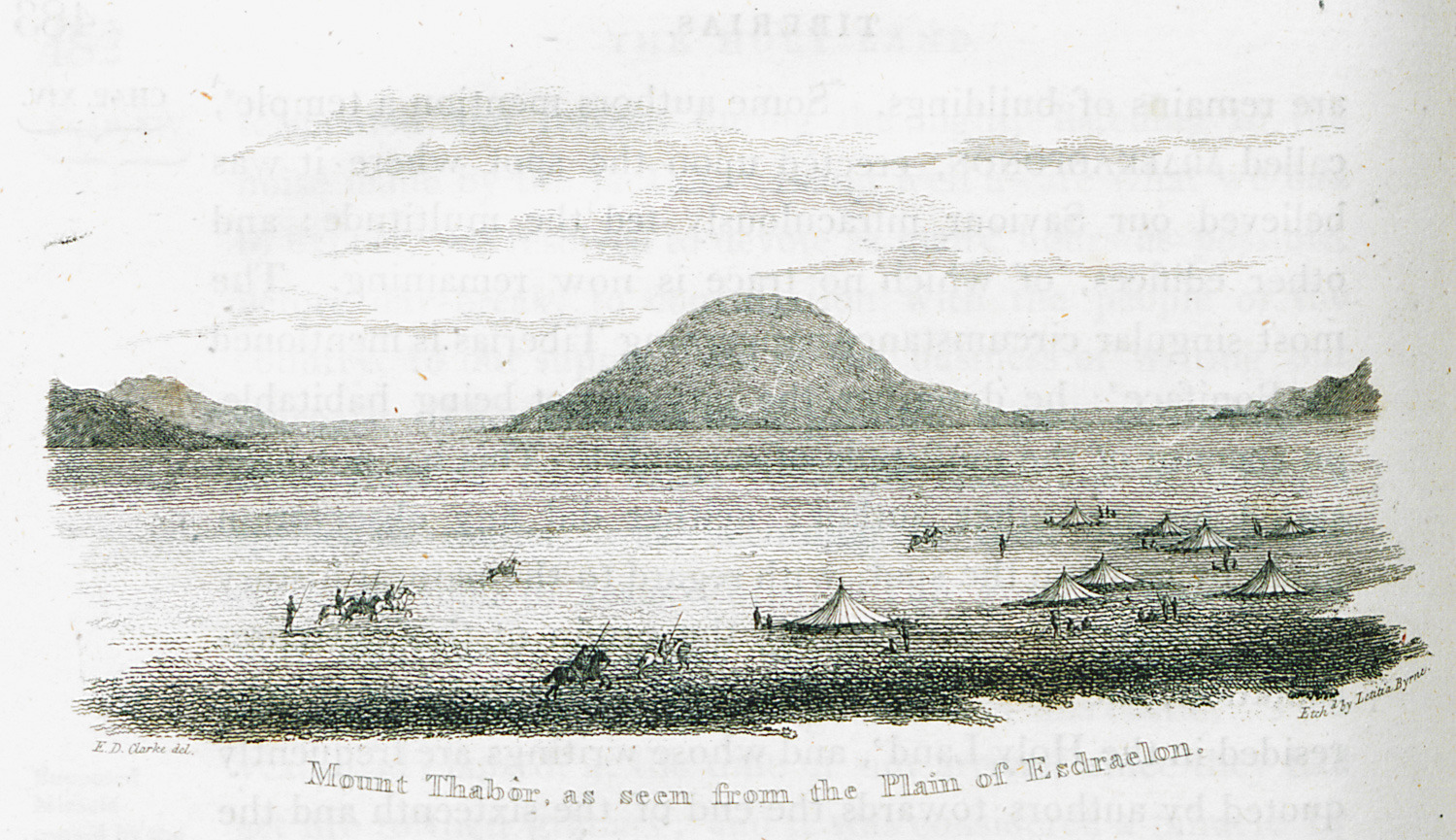
-
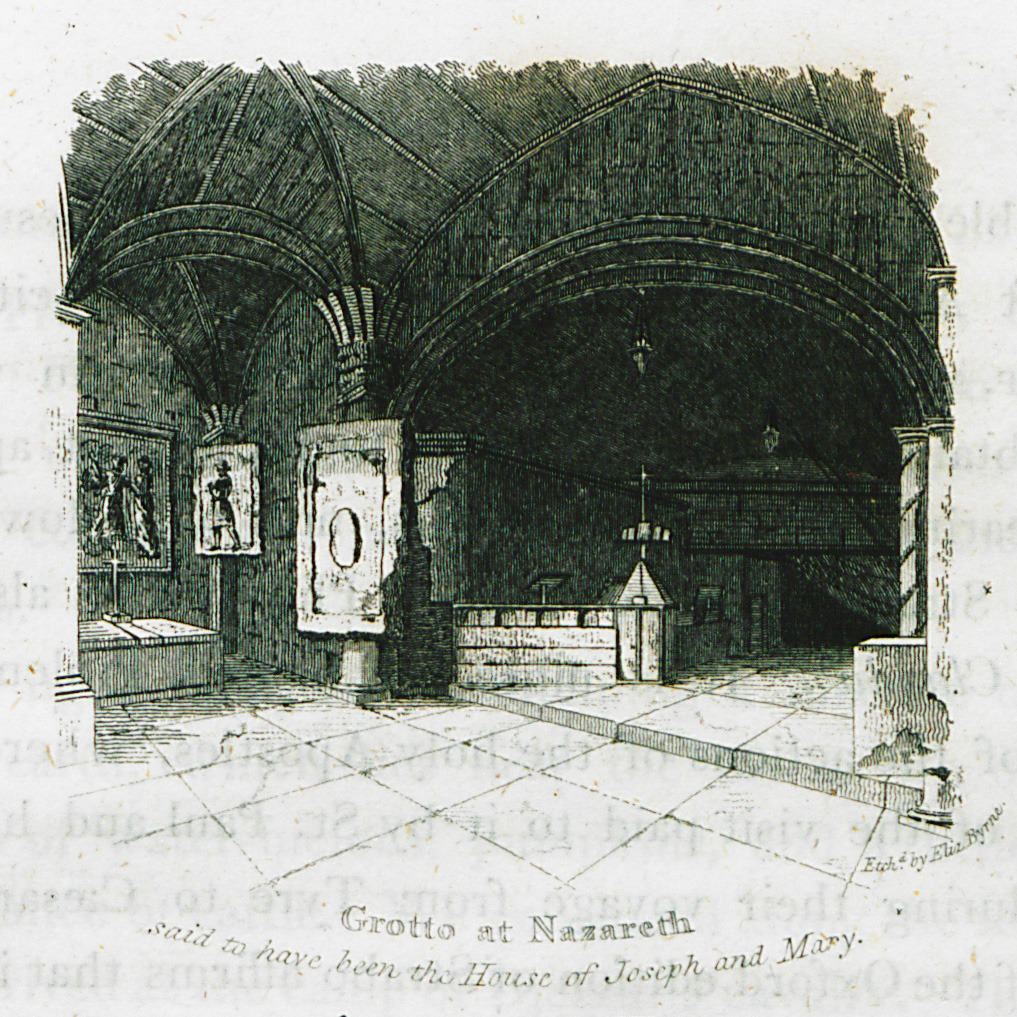
Grotto at Nazareth said to have been the House of Joseph and Mary.
-
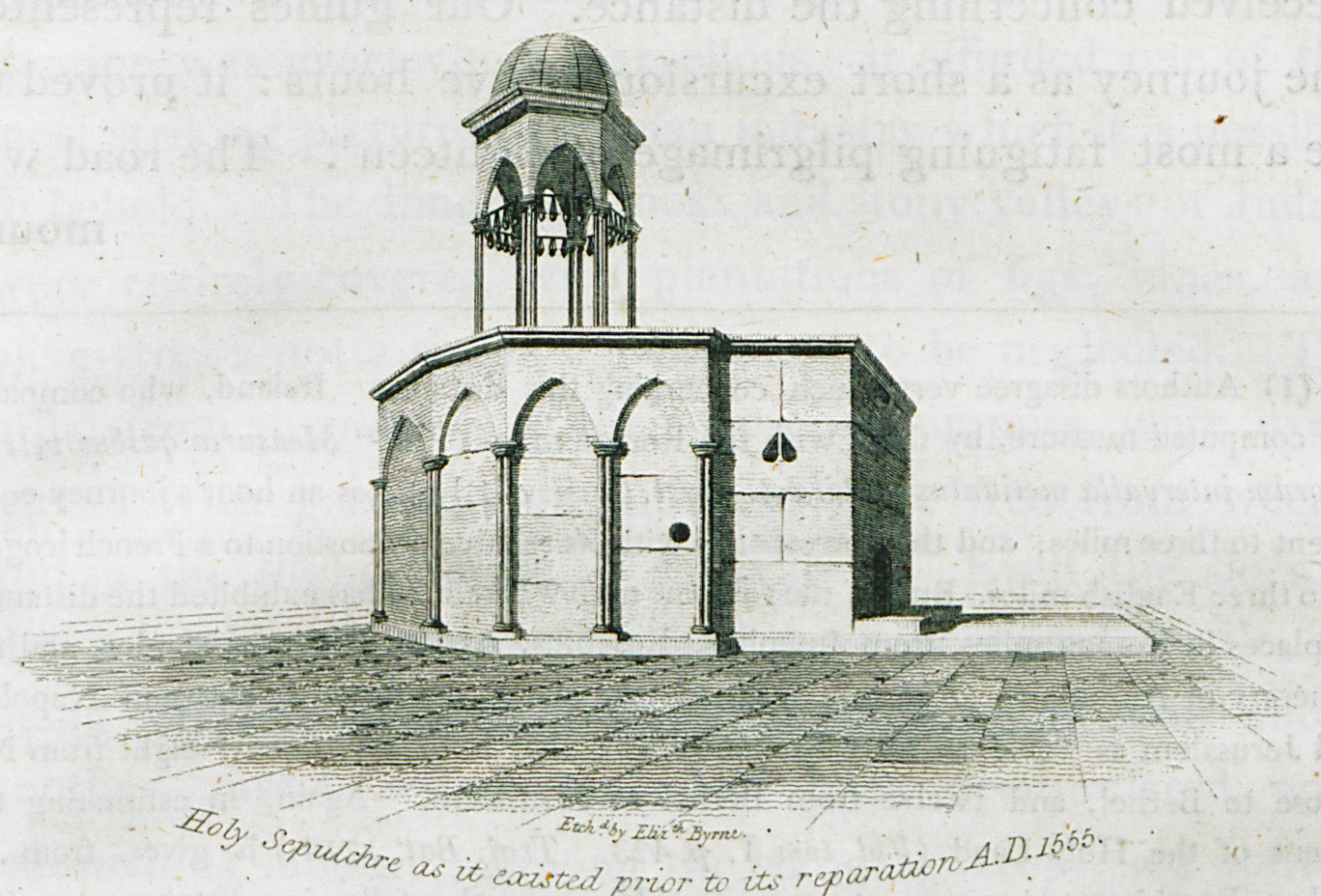
Holy Sepulchre as it existed prior to its reparation A.D. 1555.
-
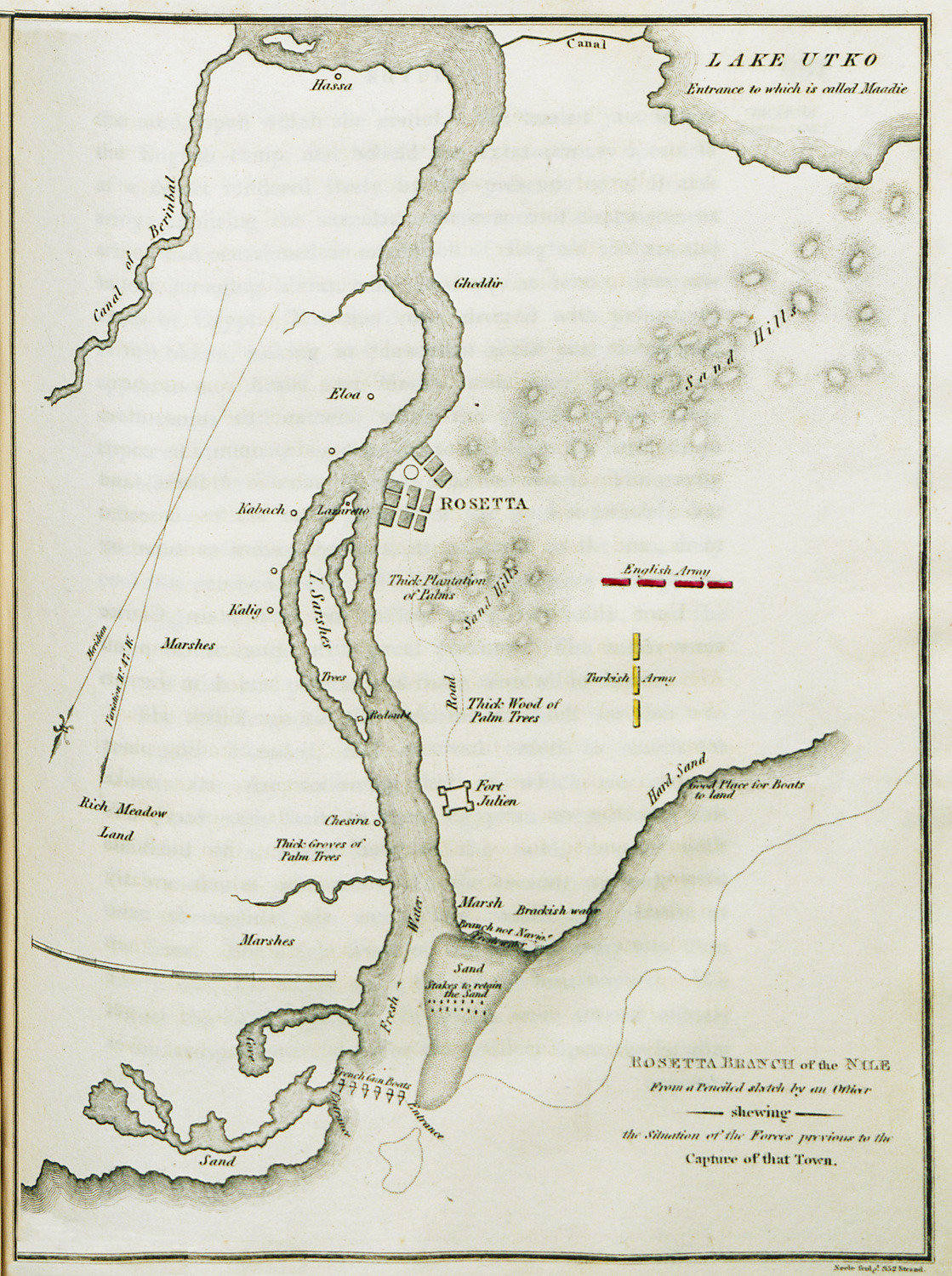
-
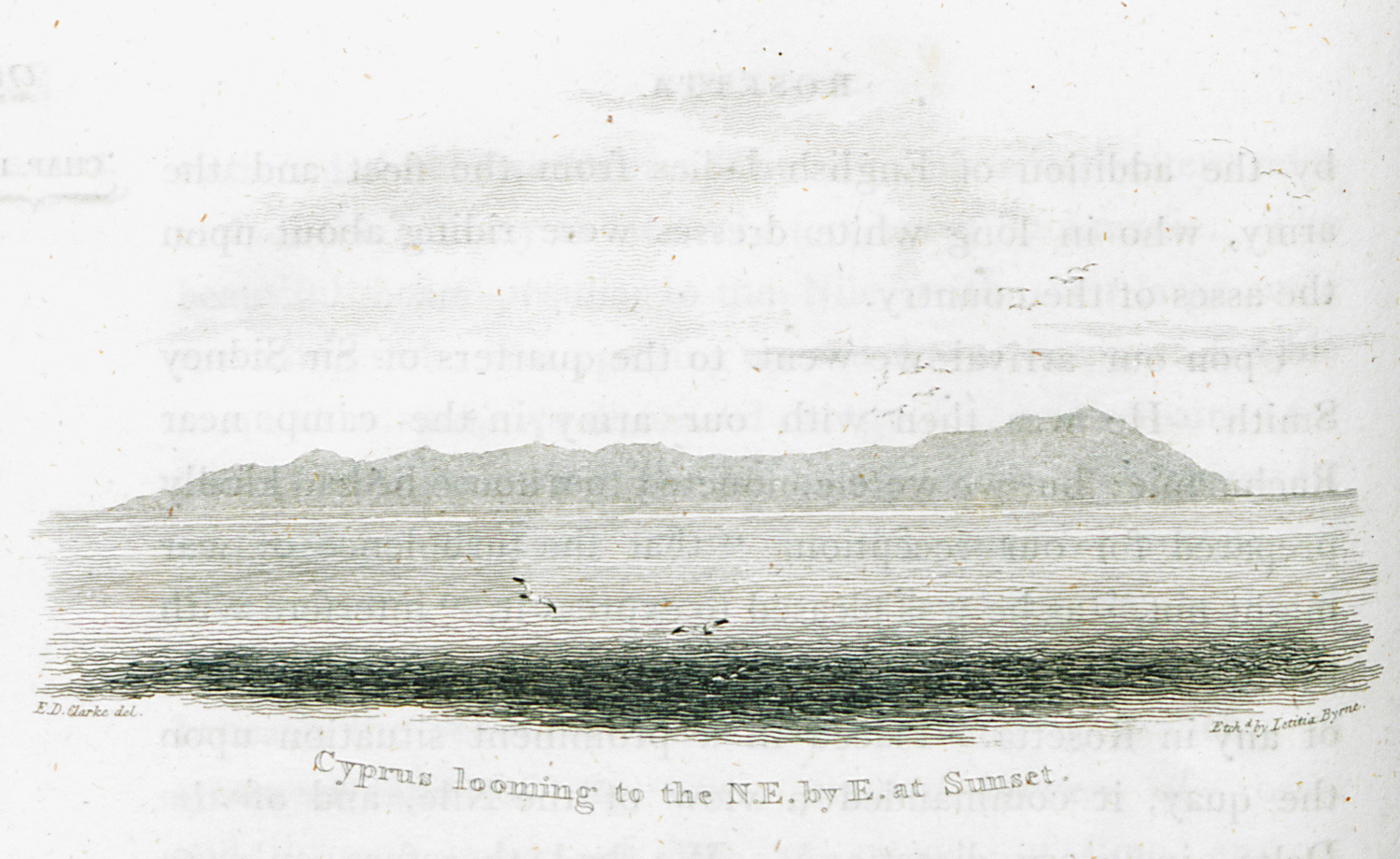
-
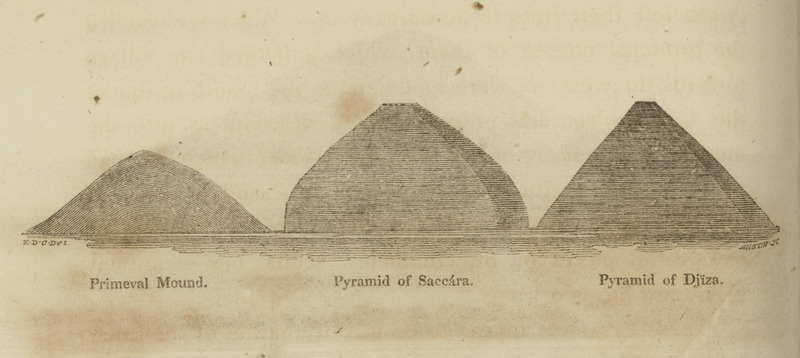
-
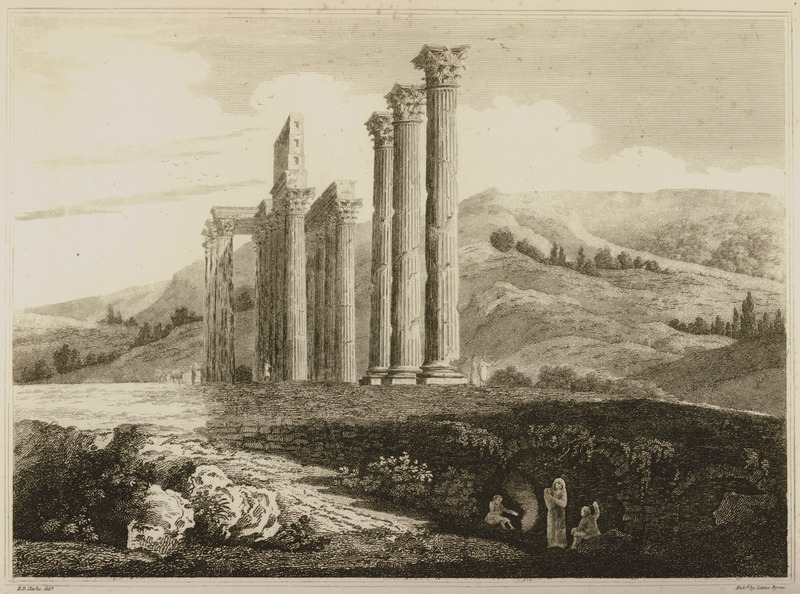
-
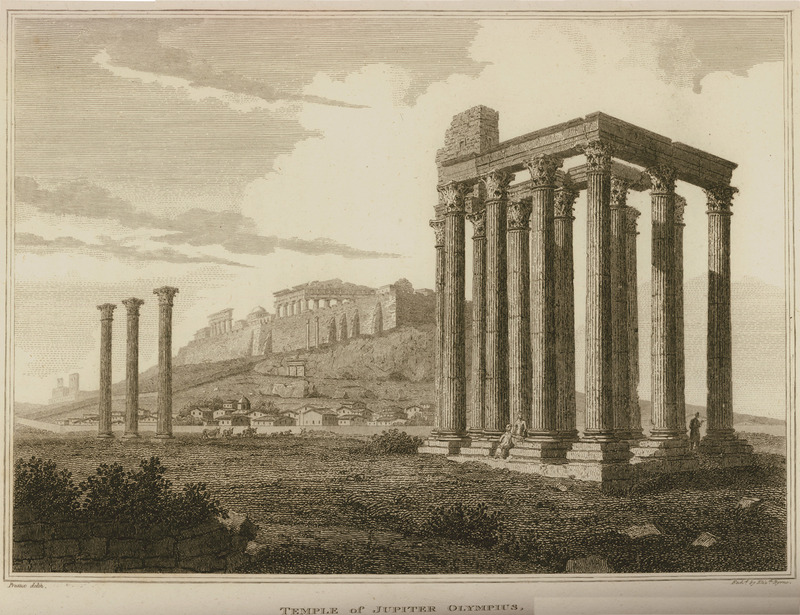
-
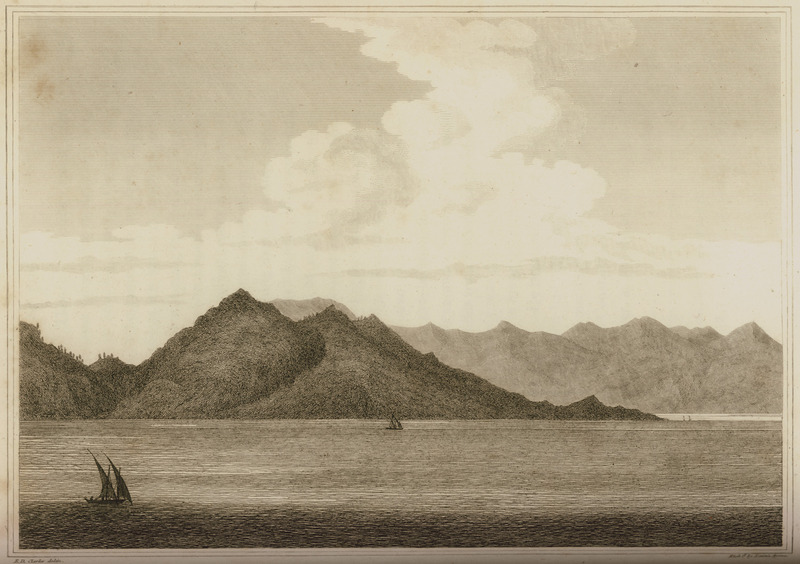
Entrance to the Bay of Marmorice [Marmaris] bearing North, with the Coast of Caria, opposite Rhodes.
-
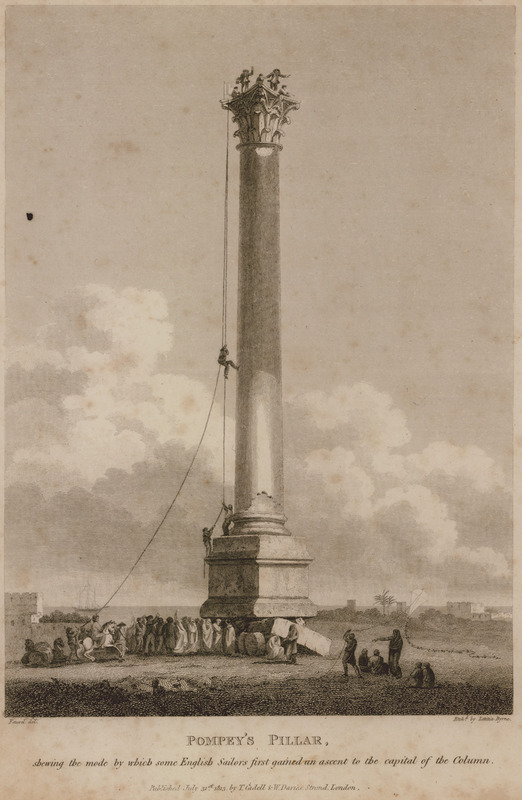
-
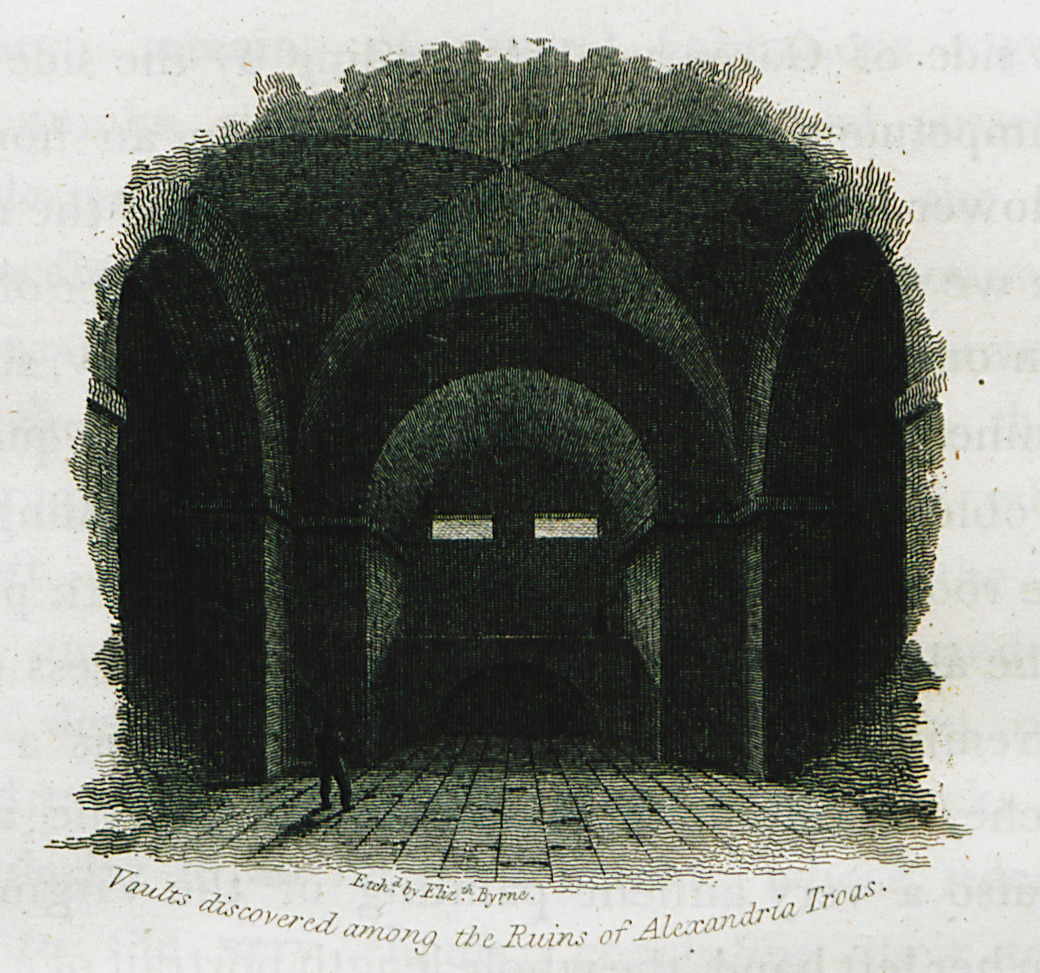
Vaulted building at Alexandria Troas (today Eski Stambul) in Asia Minor.
-
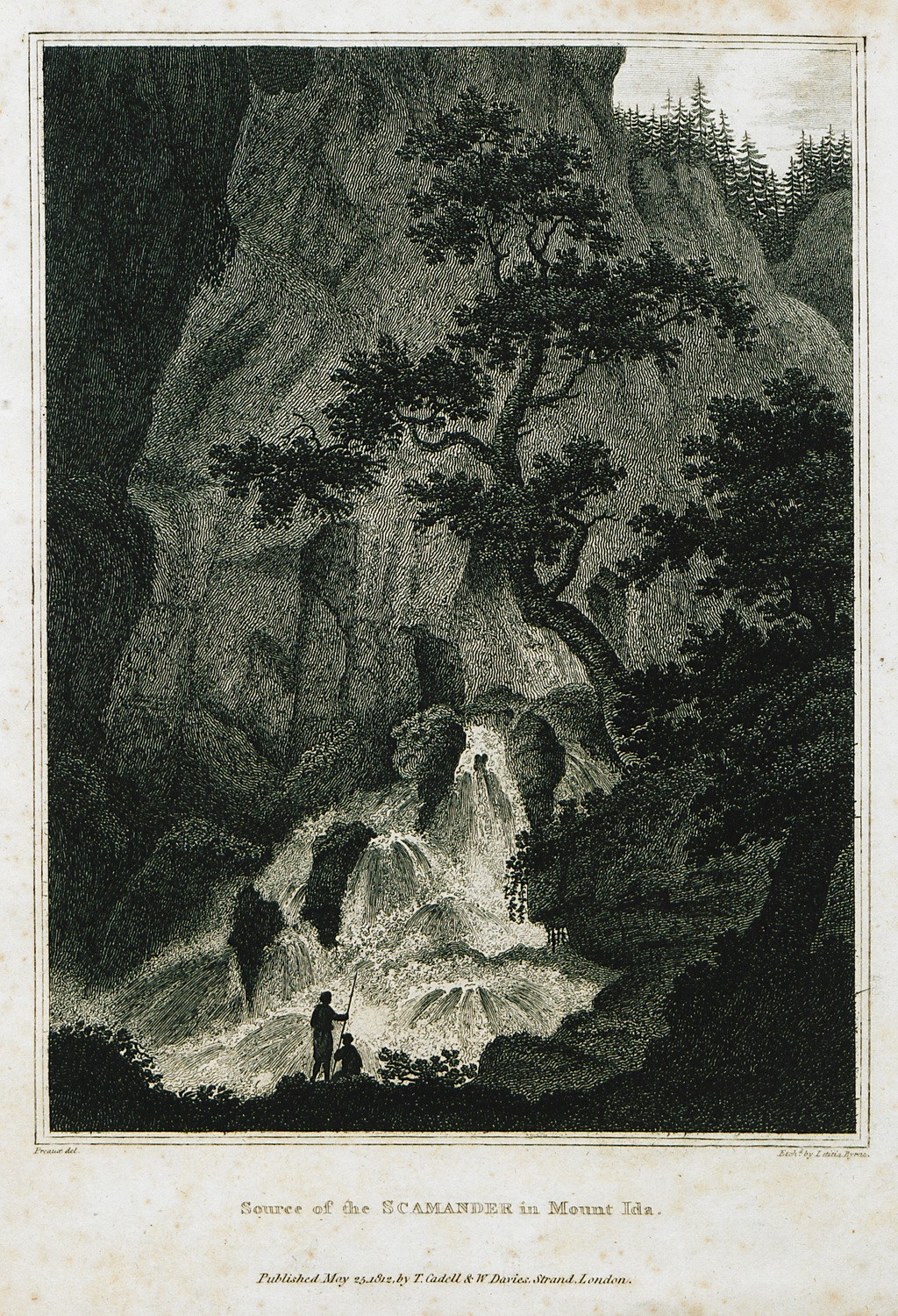
Source of the Scamander (today Karamenderes river) in Mount Ida, in the Troad.
-
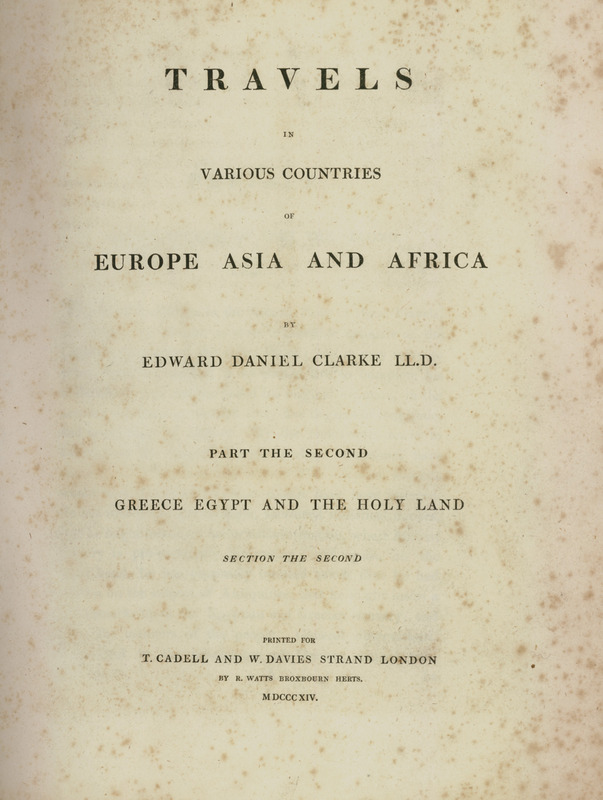
-
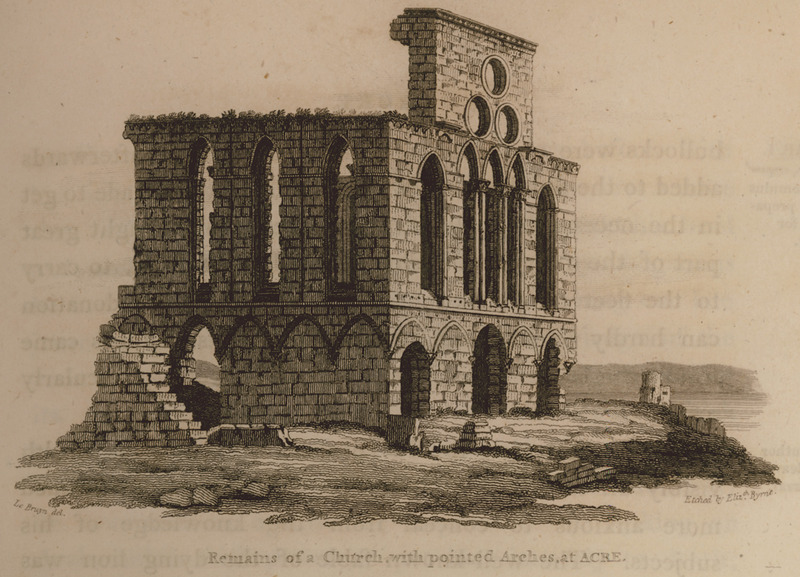
-
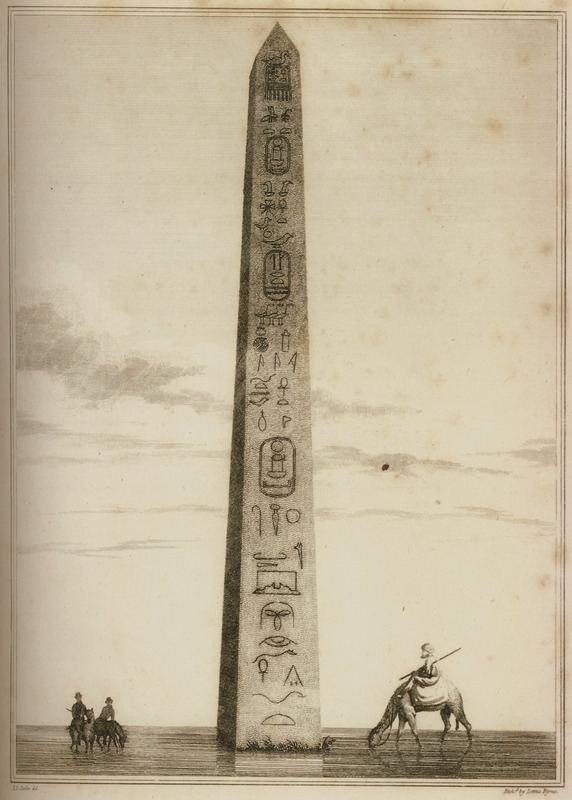
-
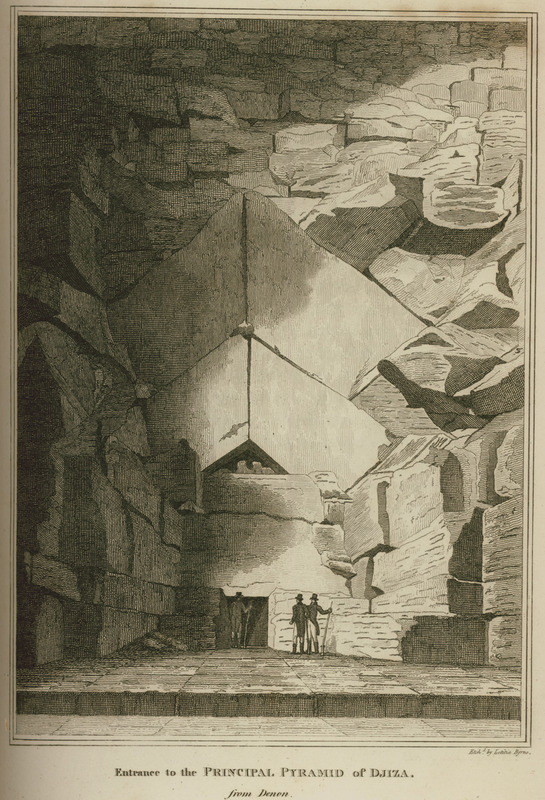
-
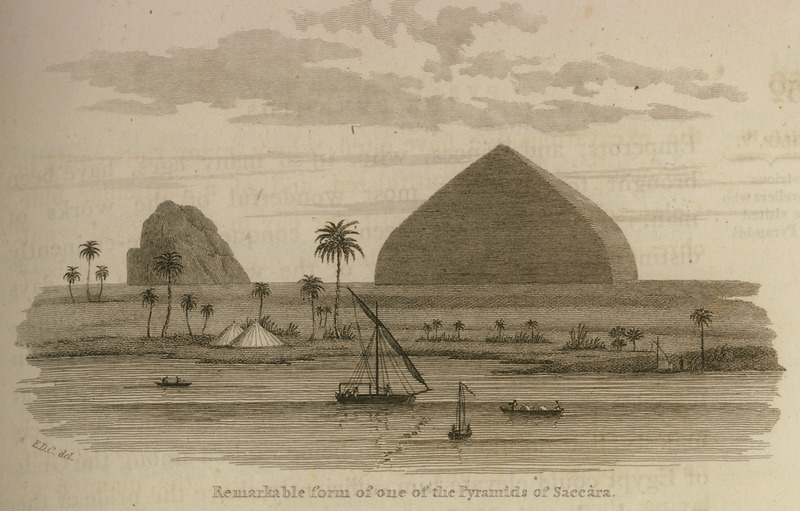
-
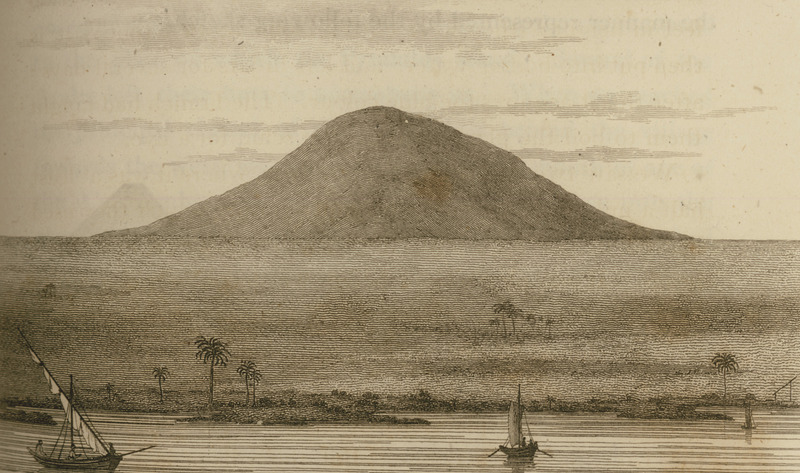
-
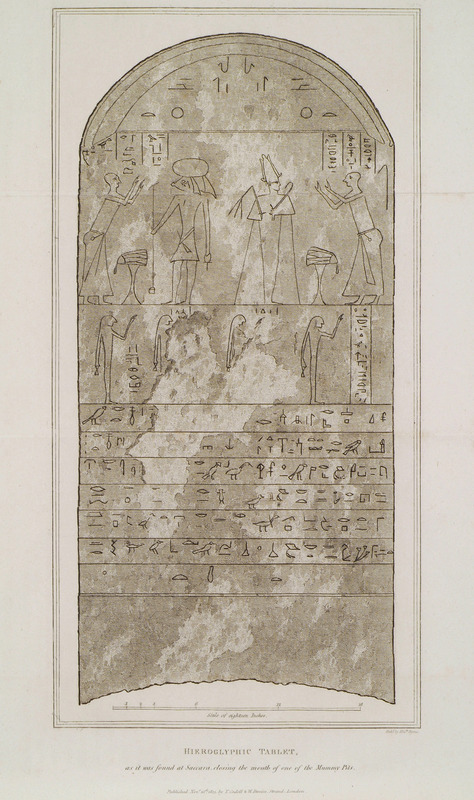
Hieroglyphic tablet, as it was found at Saccara, closing the mouth of one of the Mummy Pits.
-
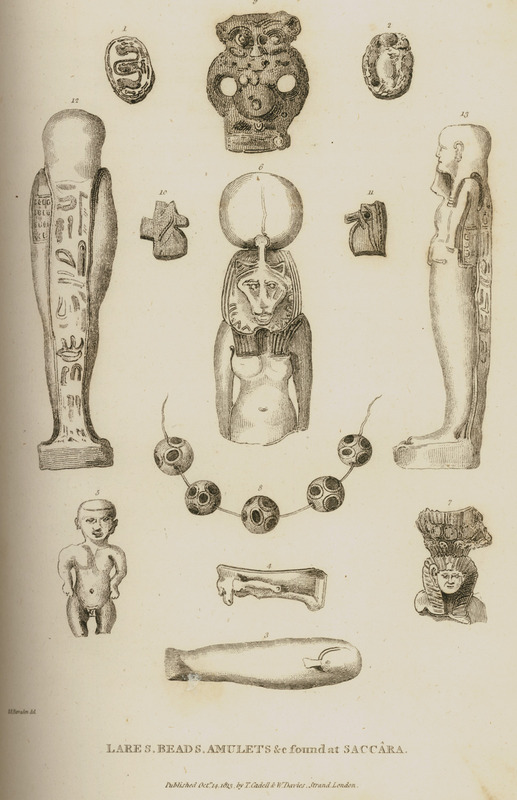
-
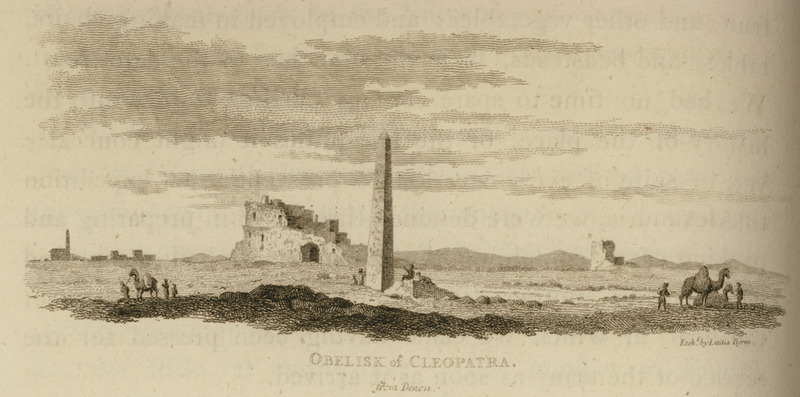
-
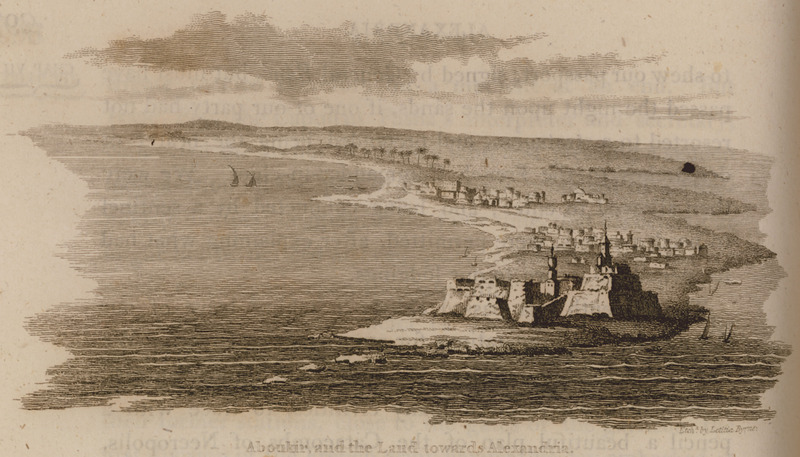
-
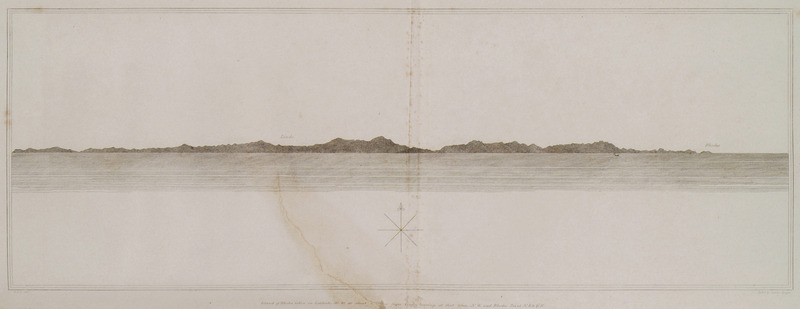
-
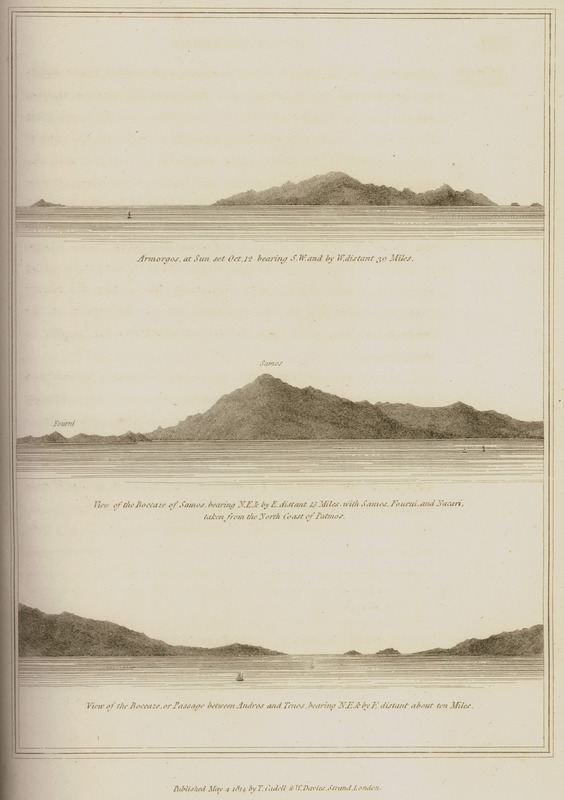
Amorgos, Samos, Fournoi, Icaria, and the strait between Andros and Tinos.
-
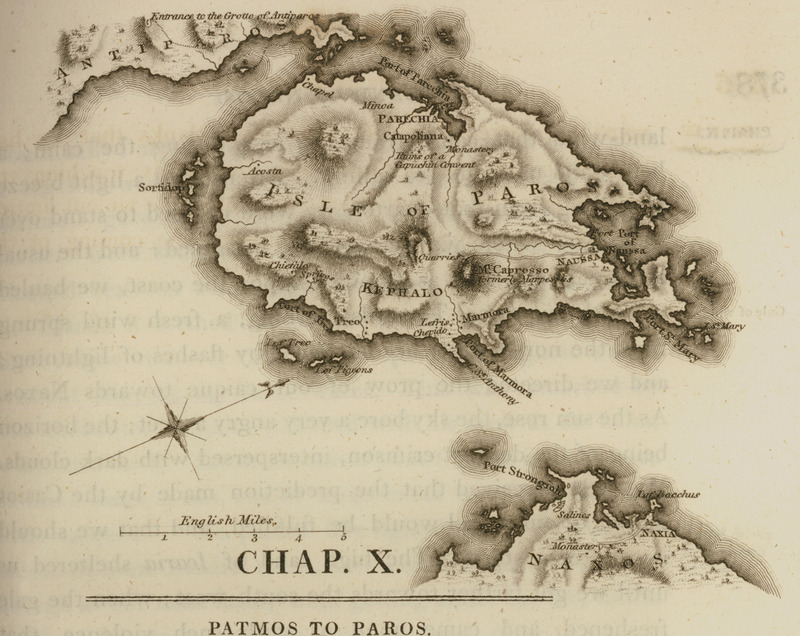
-
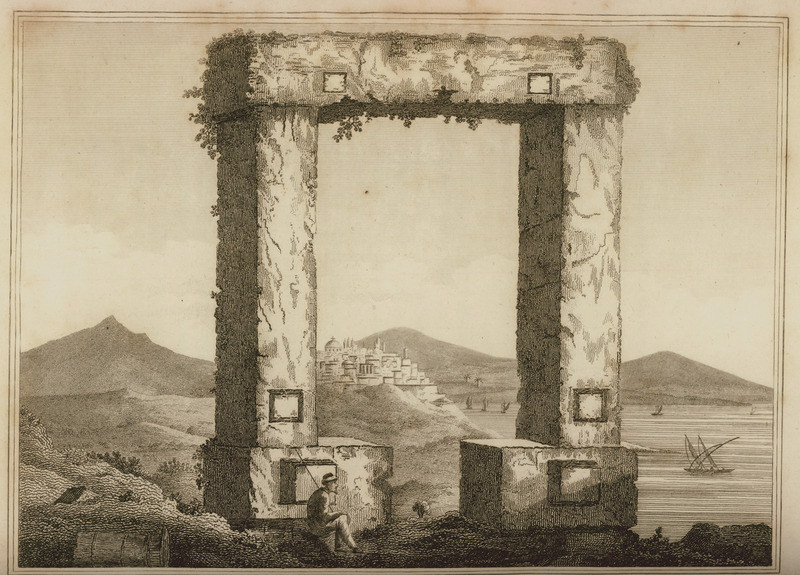
Portara (Gate of the temple of Apollo) in Naxos. The city and port in the background.
-
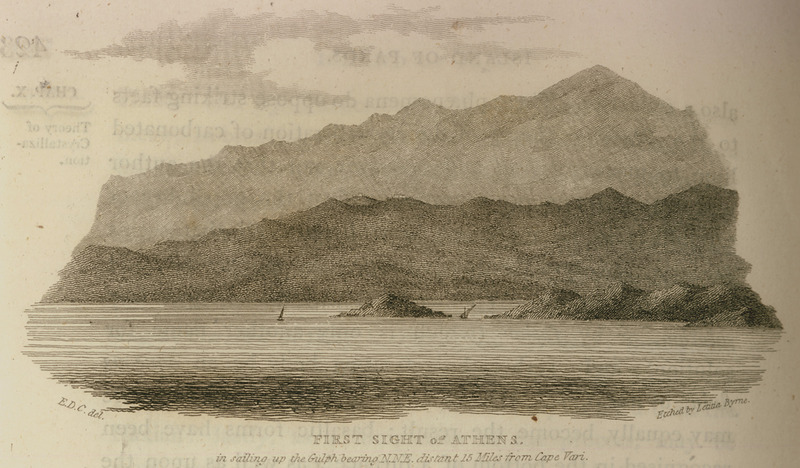
-
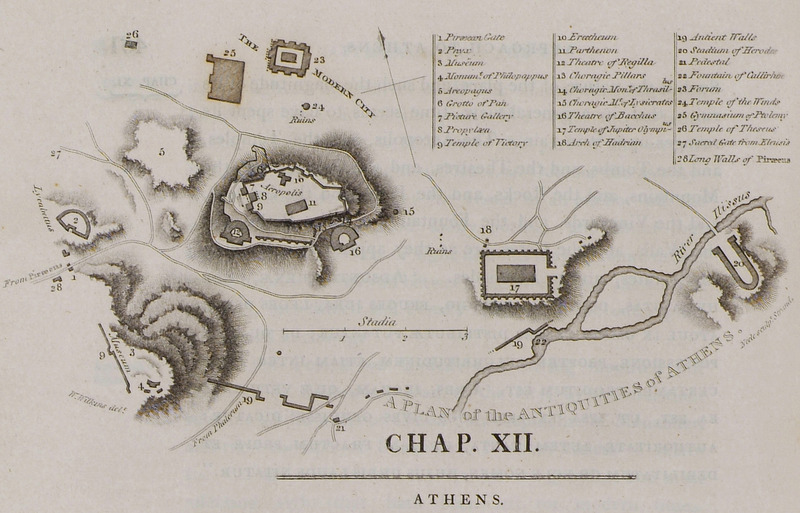
-
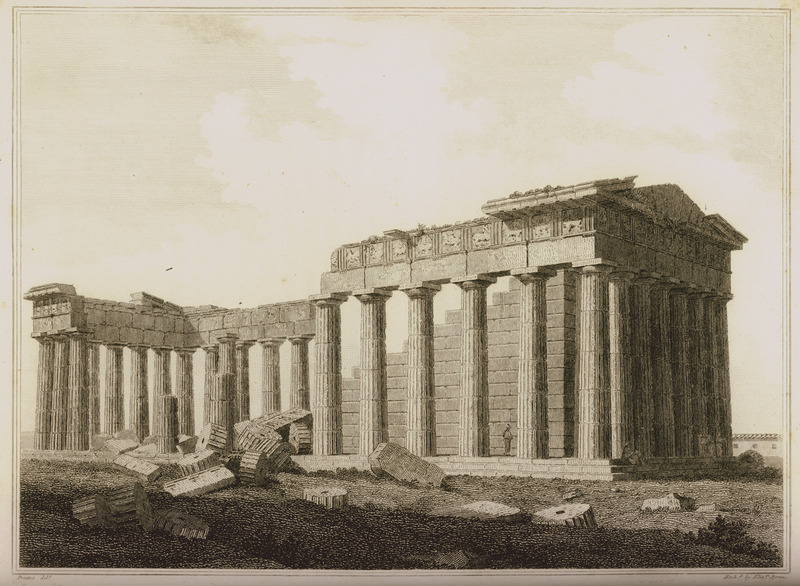
-
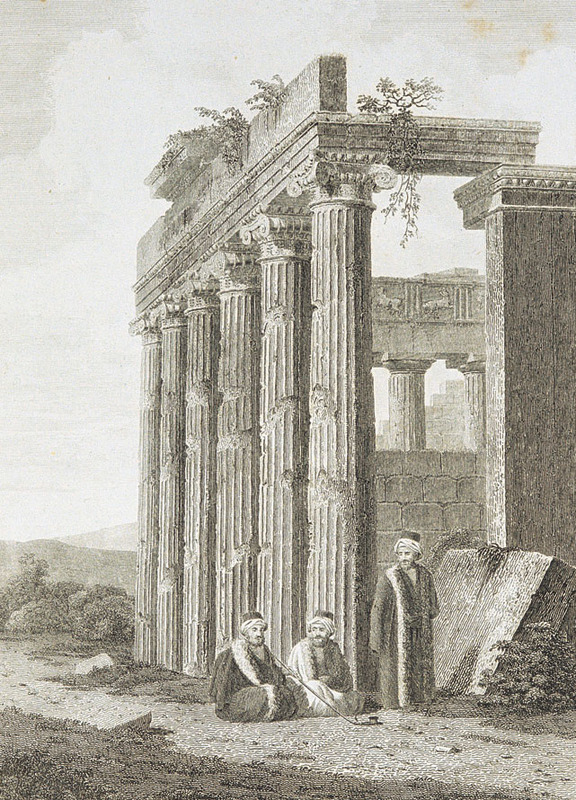
-
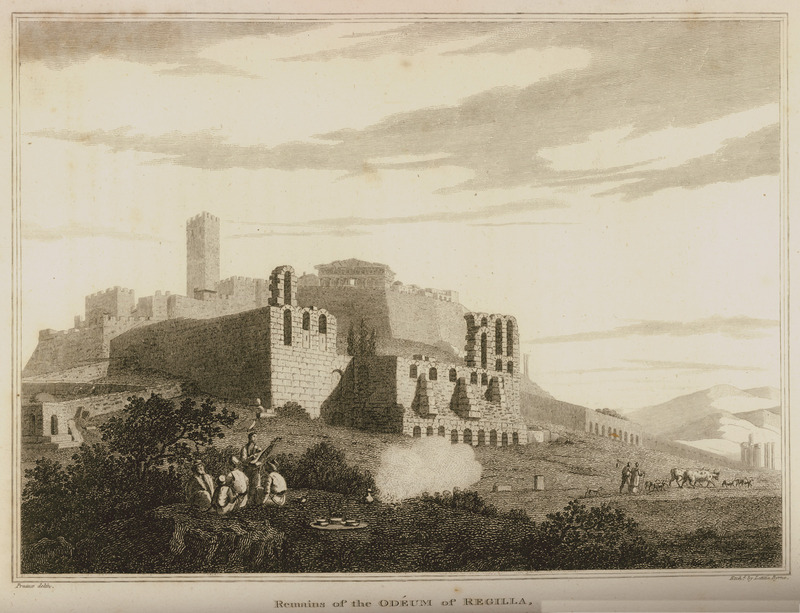
-
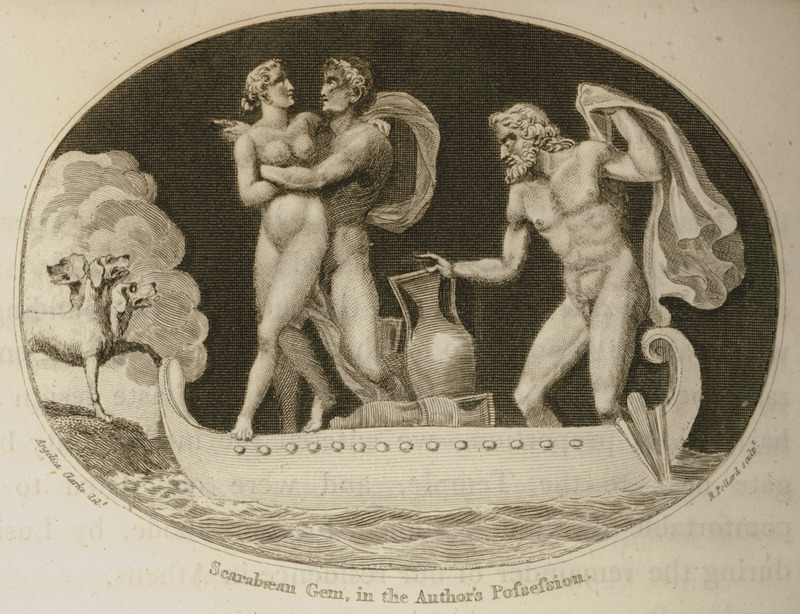
Scarabean Gem, in the Author's Possession. Hermes and Charon leading a woman to Hades.
-

-
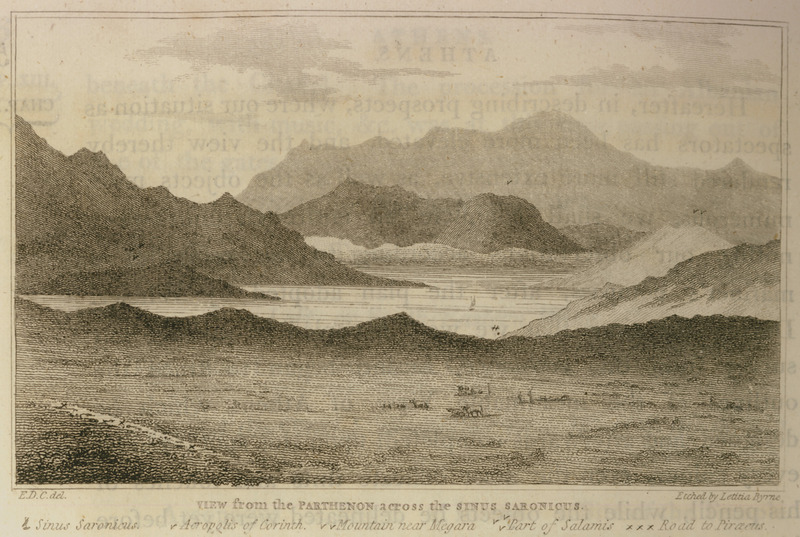
View of the Saronic Gulf from the Parthenon. The Acropolis of Corinth and Salamis in the distance.
-
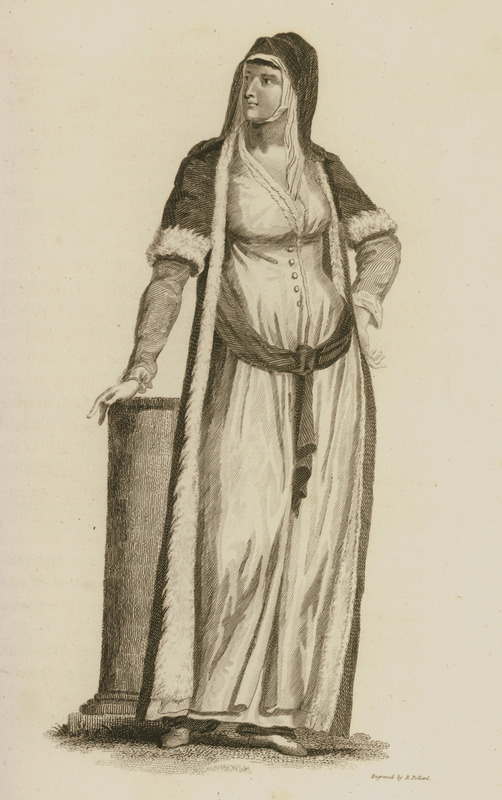
-
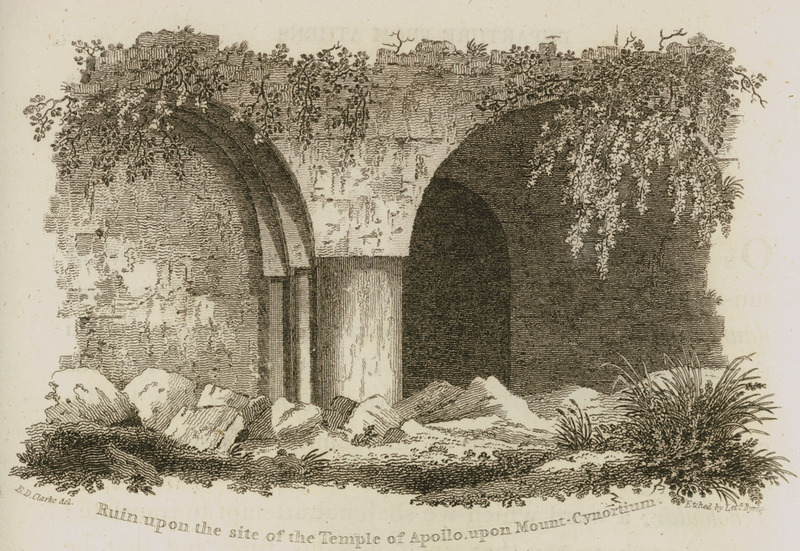
Remains on the site of the temple of Apollo Meleas on Mount Cynortium.
-
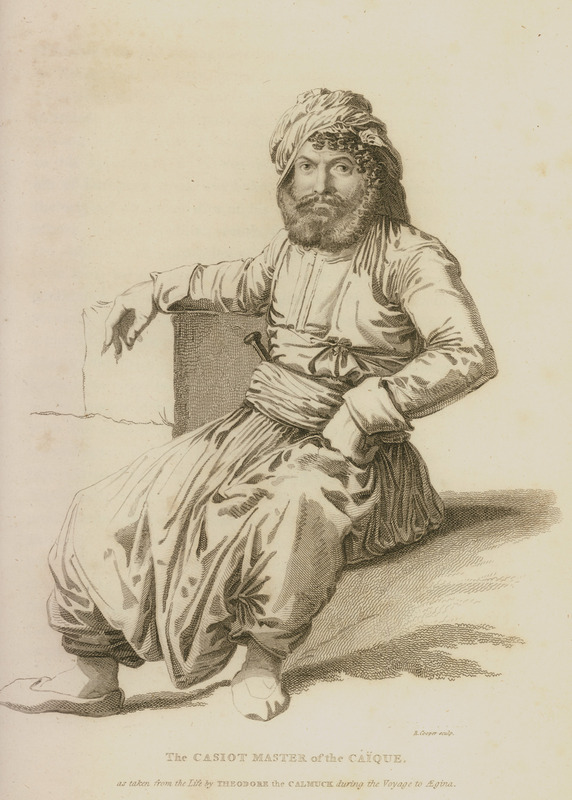
-
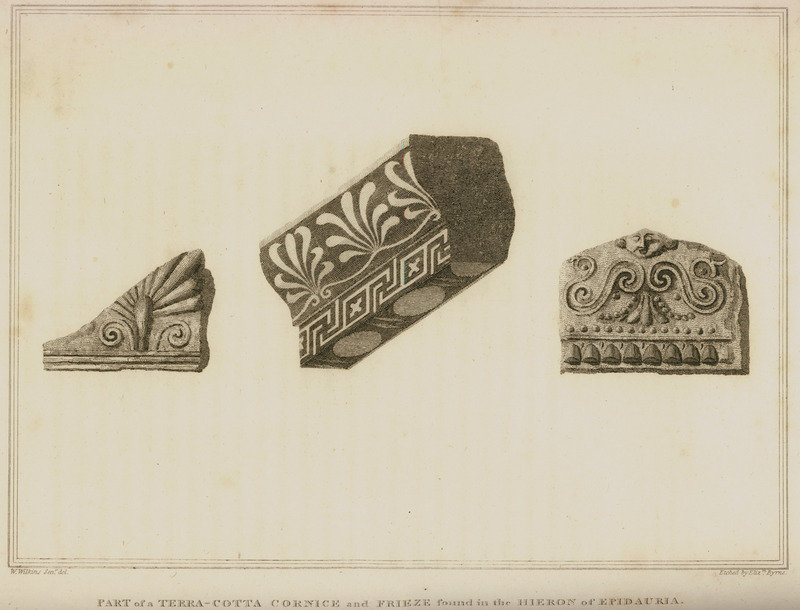
Part of a terracotta cornice and frieze found in the Sanctuary of Asclepius in Epidaurus.
-
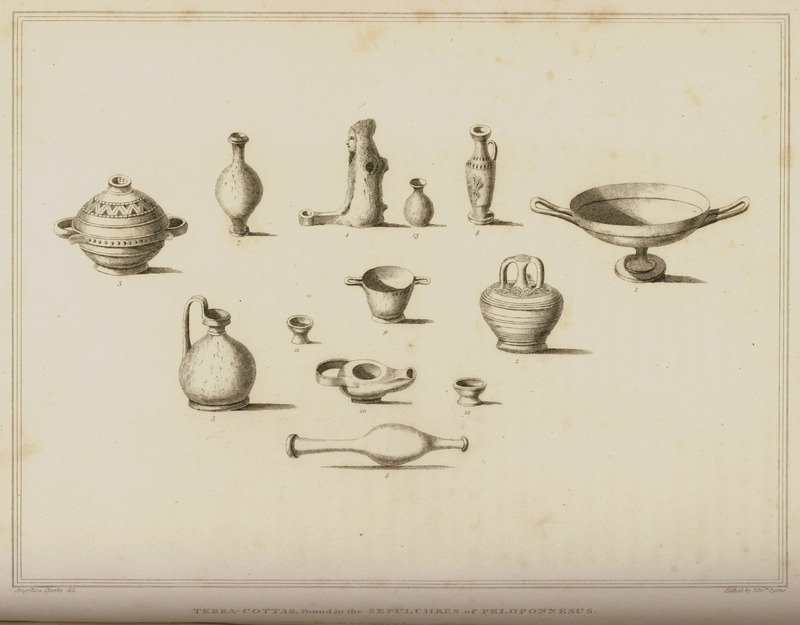
Clay vases (votive offerings) from ancient tombs in the Peloponnese.
-
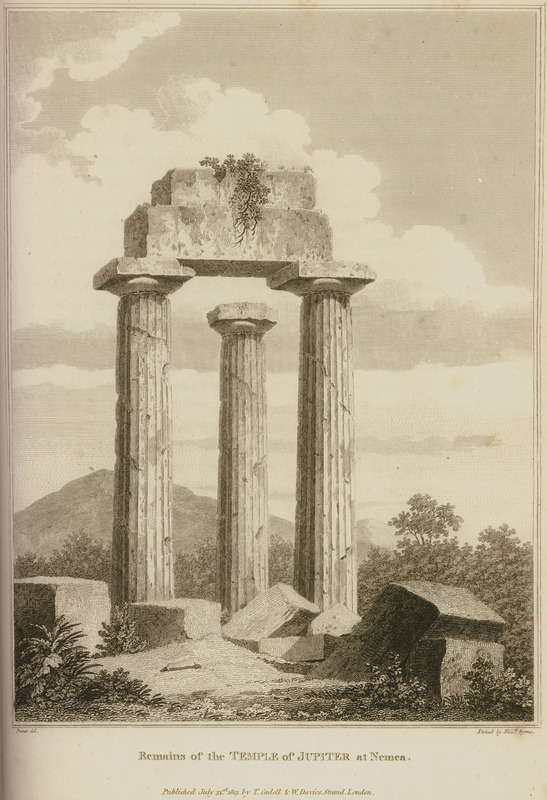
-
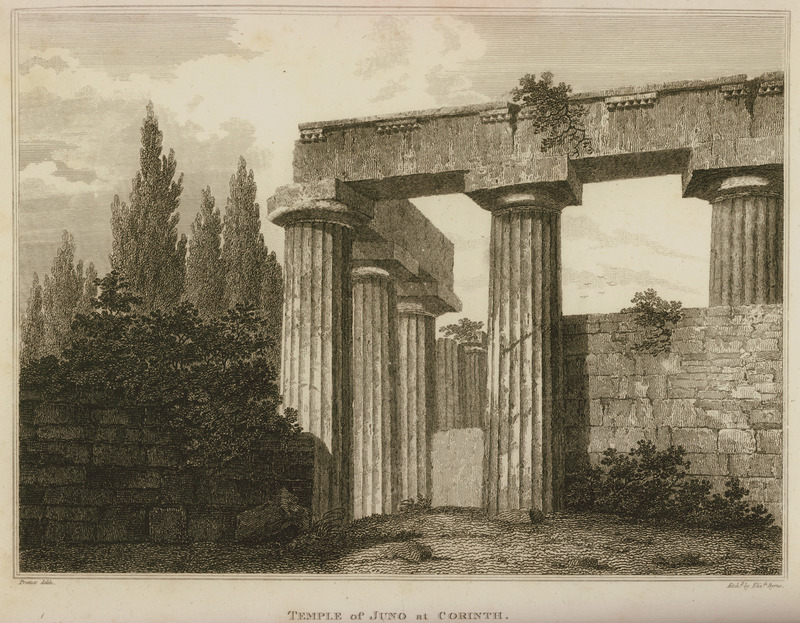
-
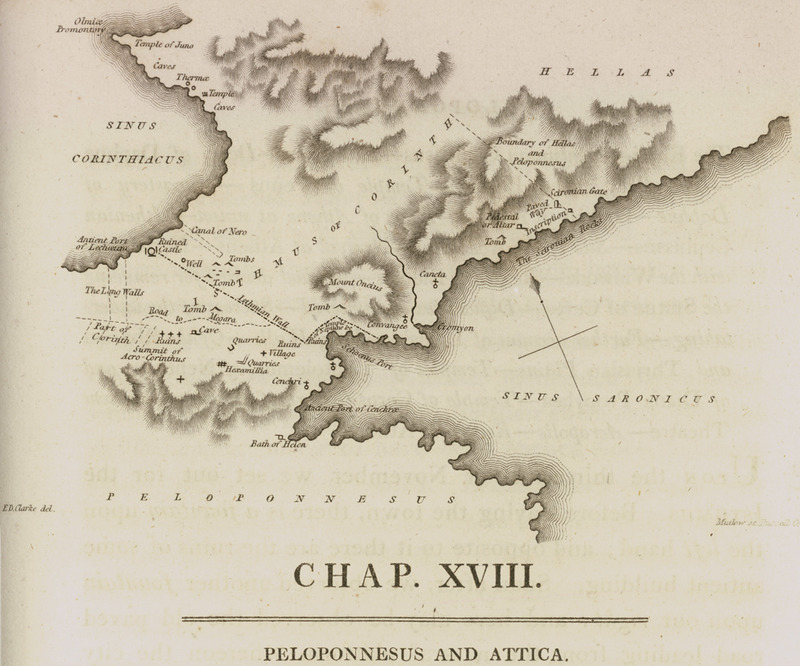
-
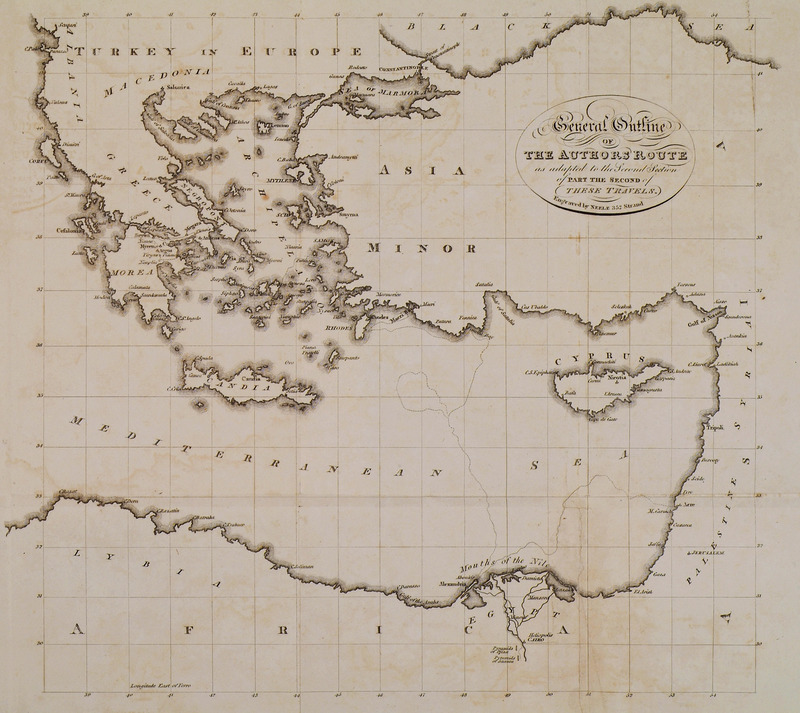
Map of Greece and the Eastern Mediterranean, showing the itinerary of Edward Clarke.
-
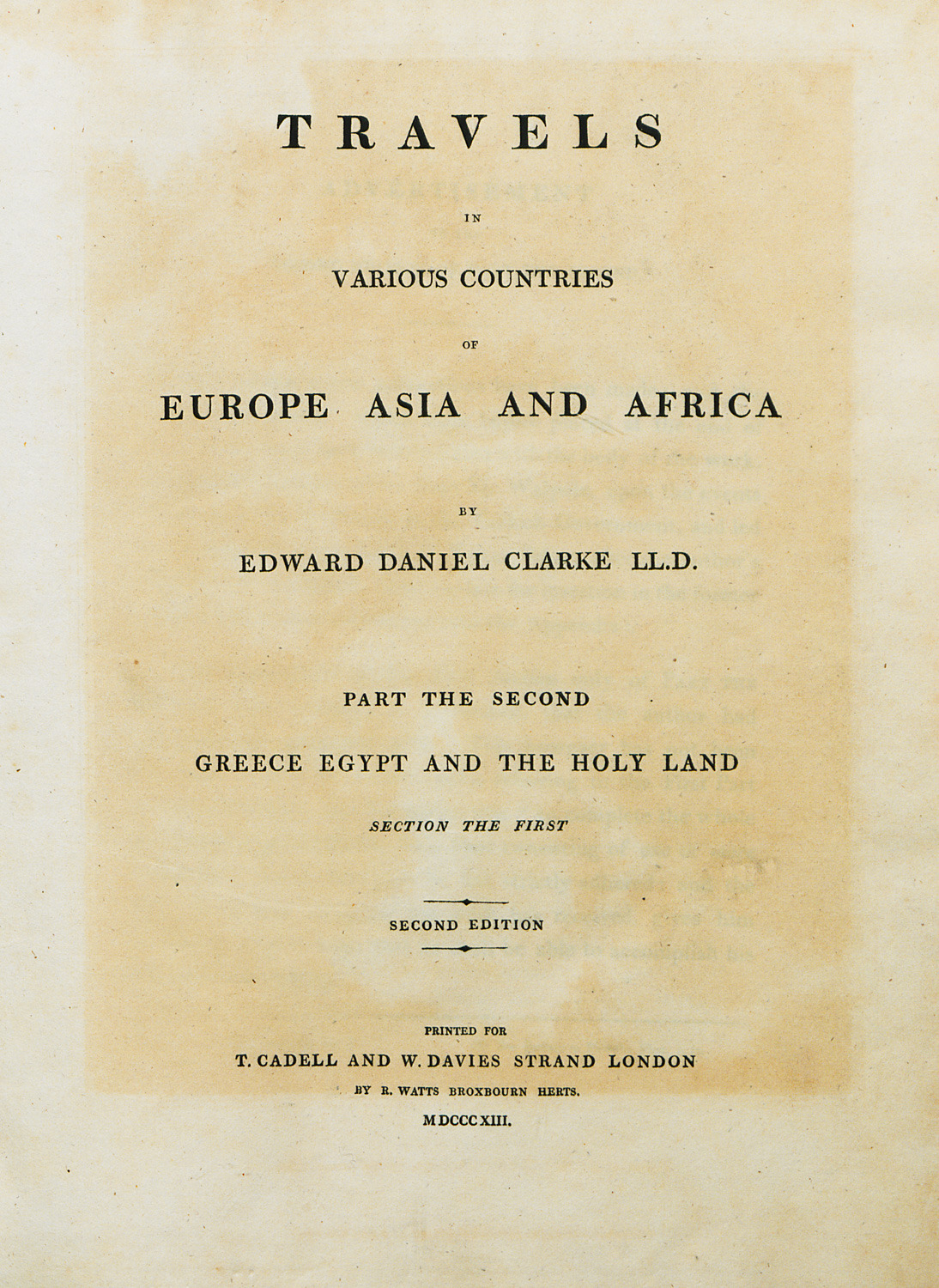
-
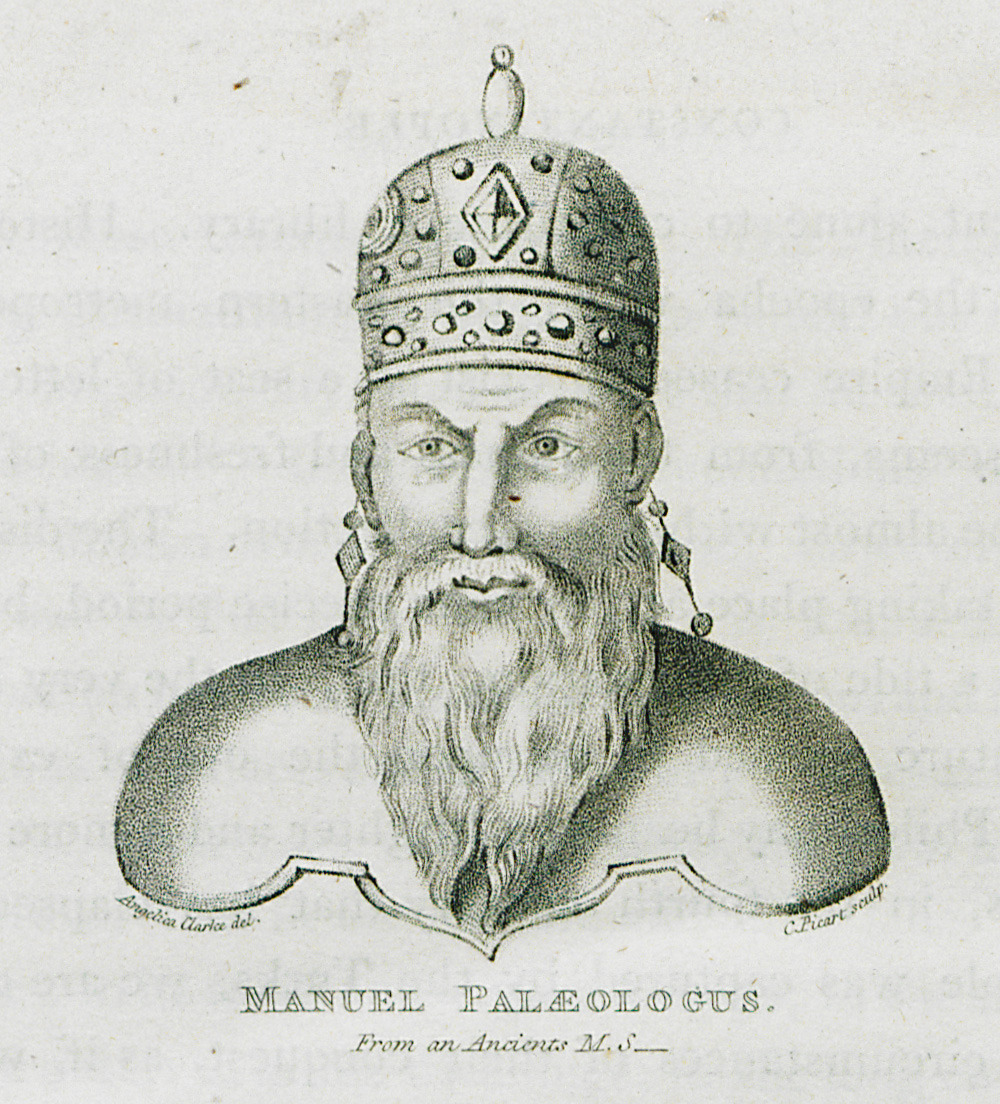
-
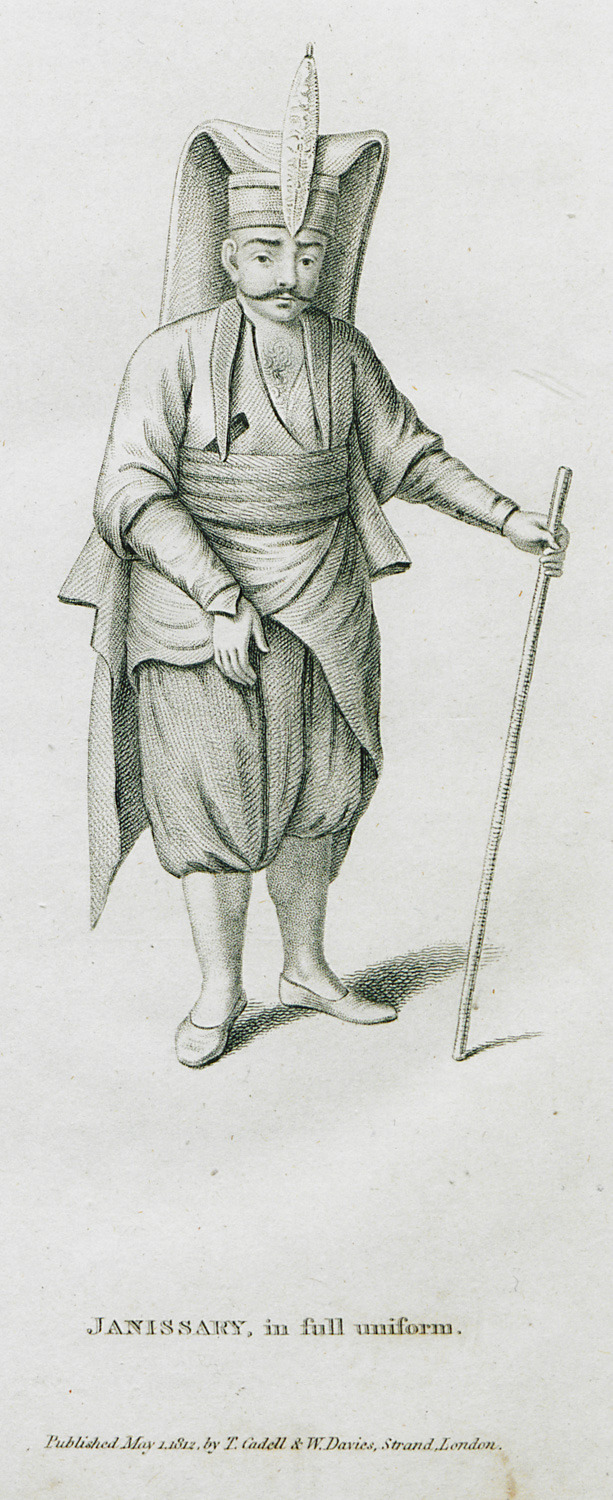
-
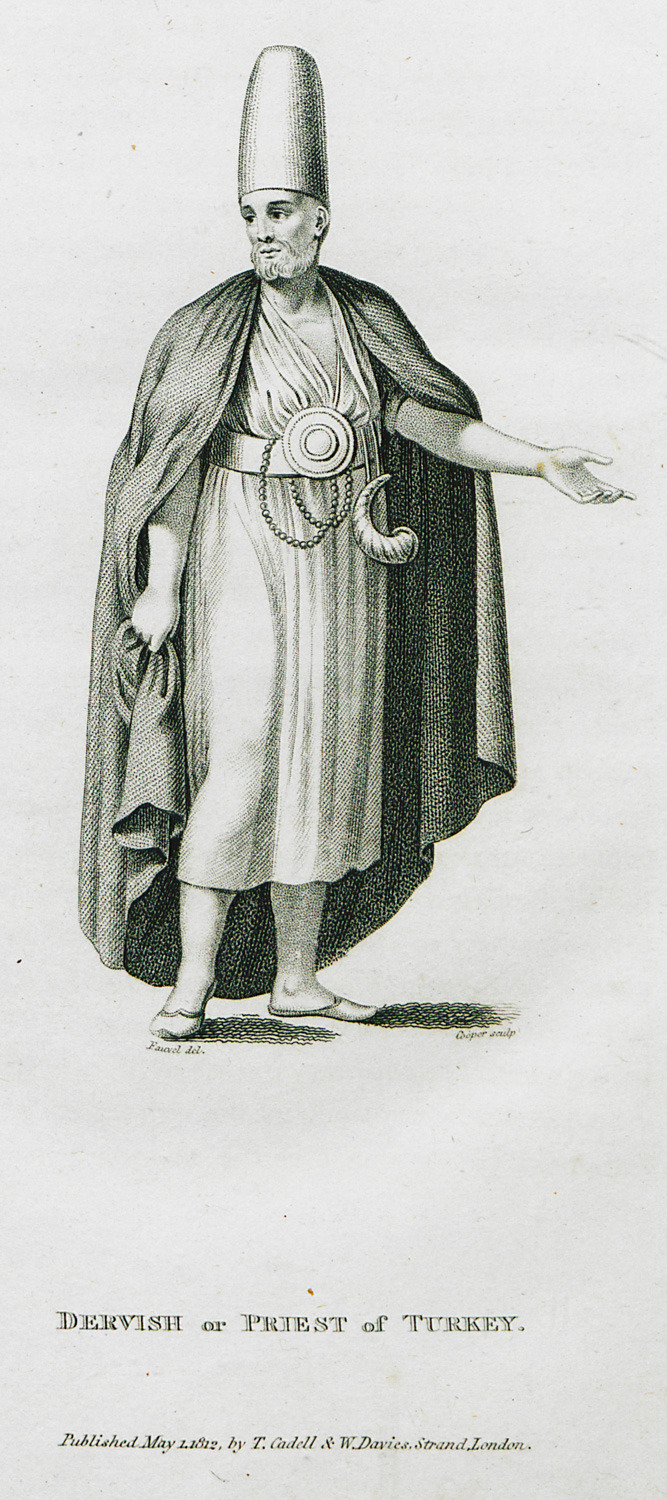
-
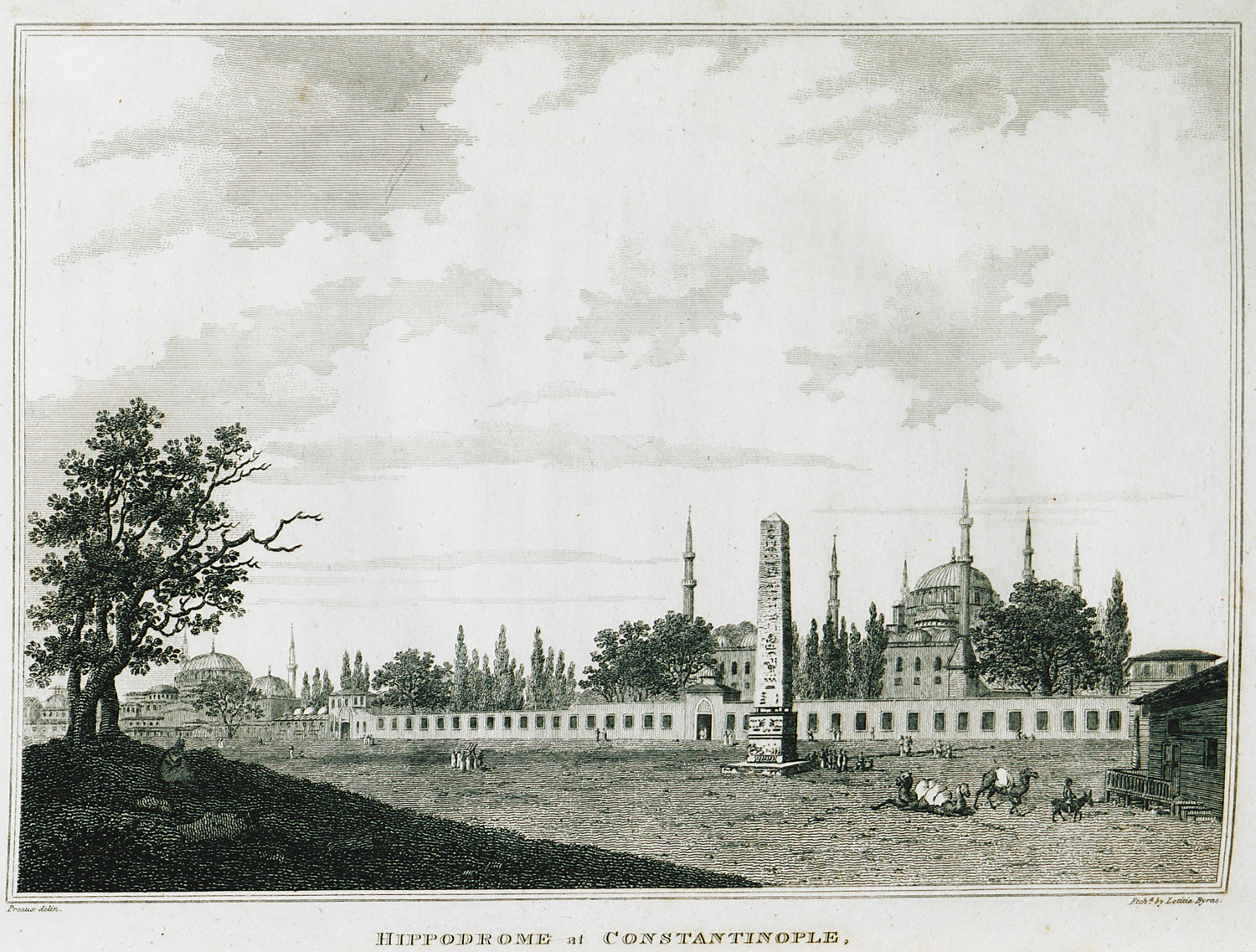
The Hippodrome of Constantinople with the Obelisk of Theodosius I and Sultan Ahmed I Mosque.
-
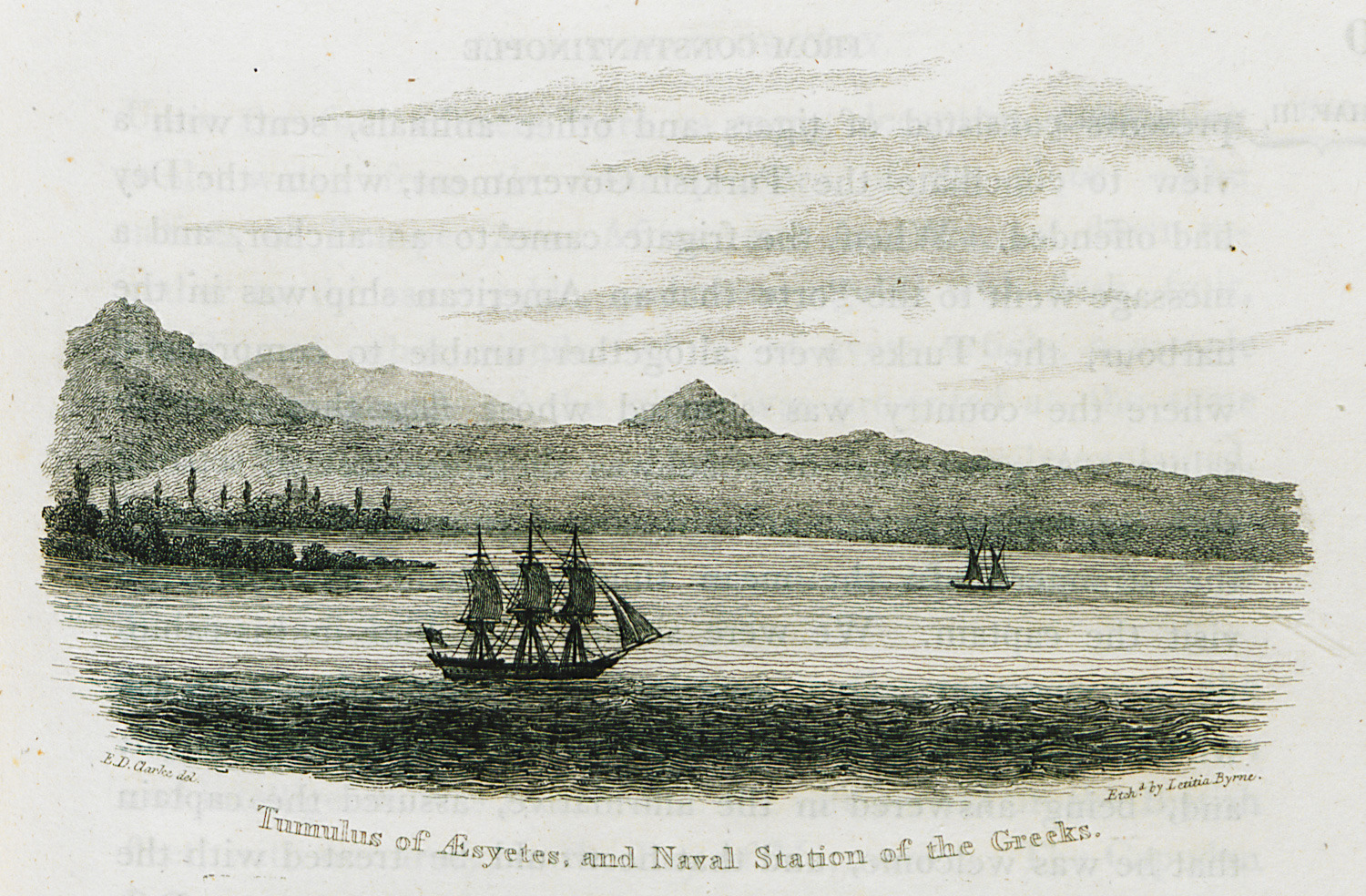
-
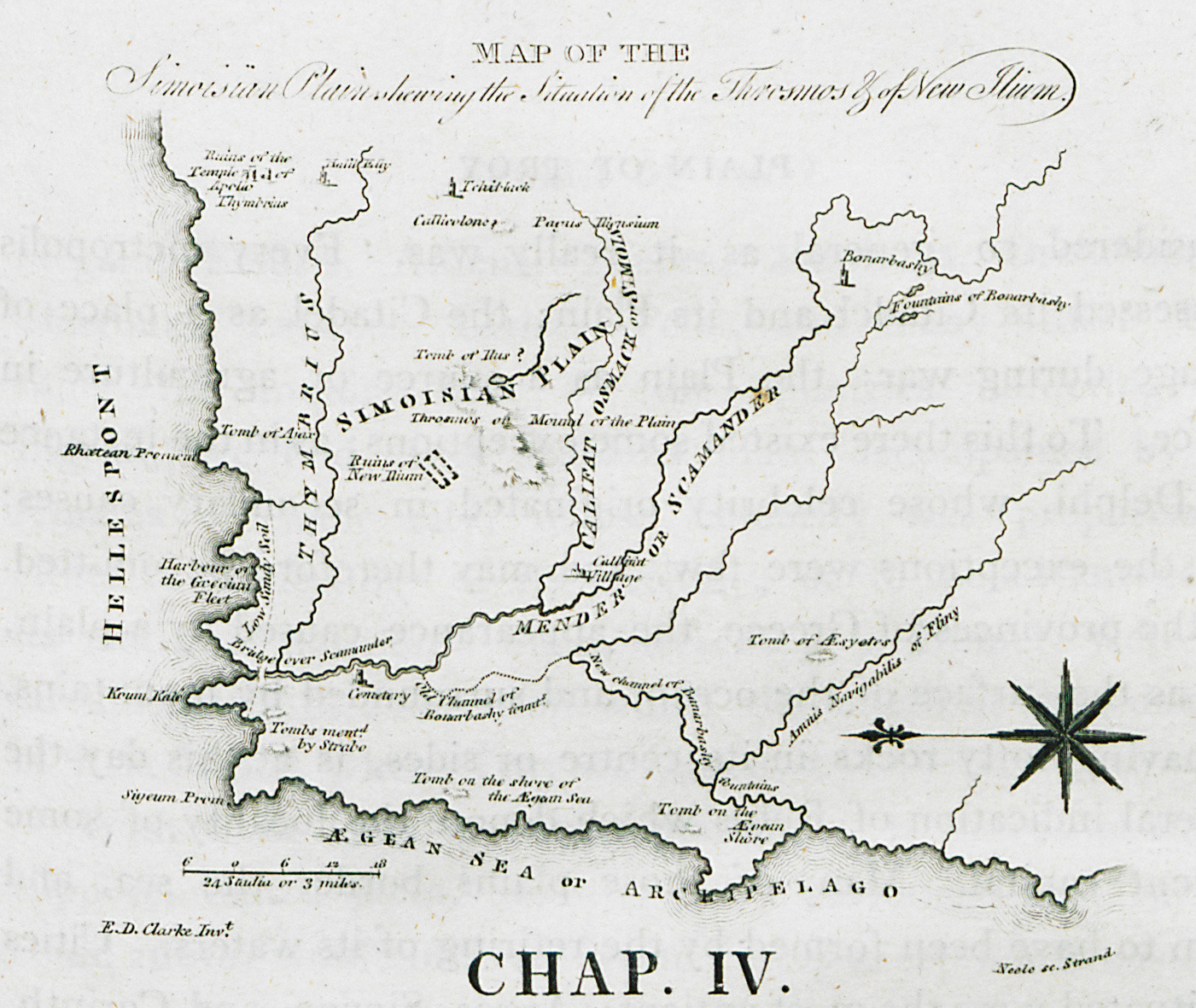
Map of the Troad, on which several tumuli and ancient remains are noted.
-
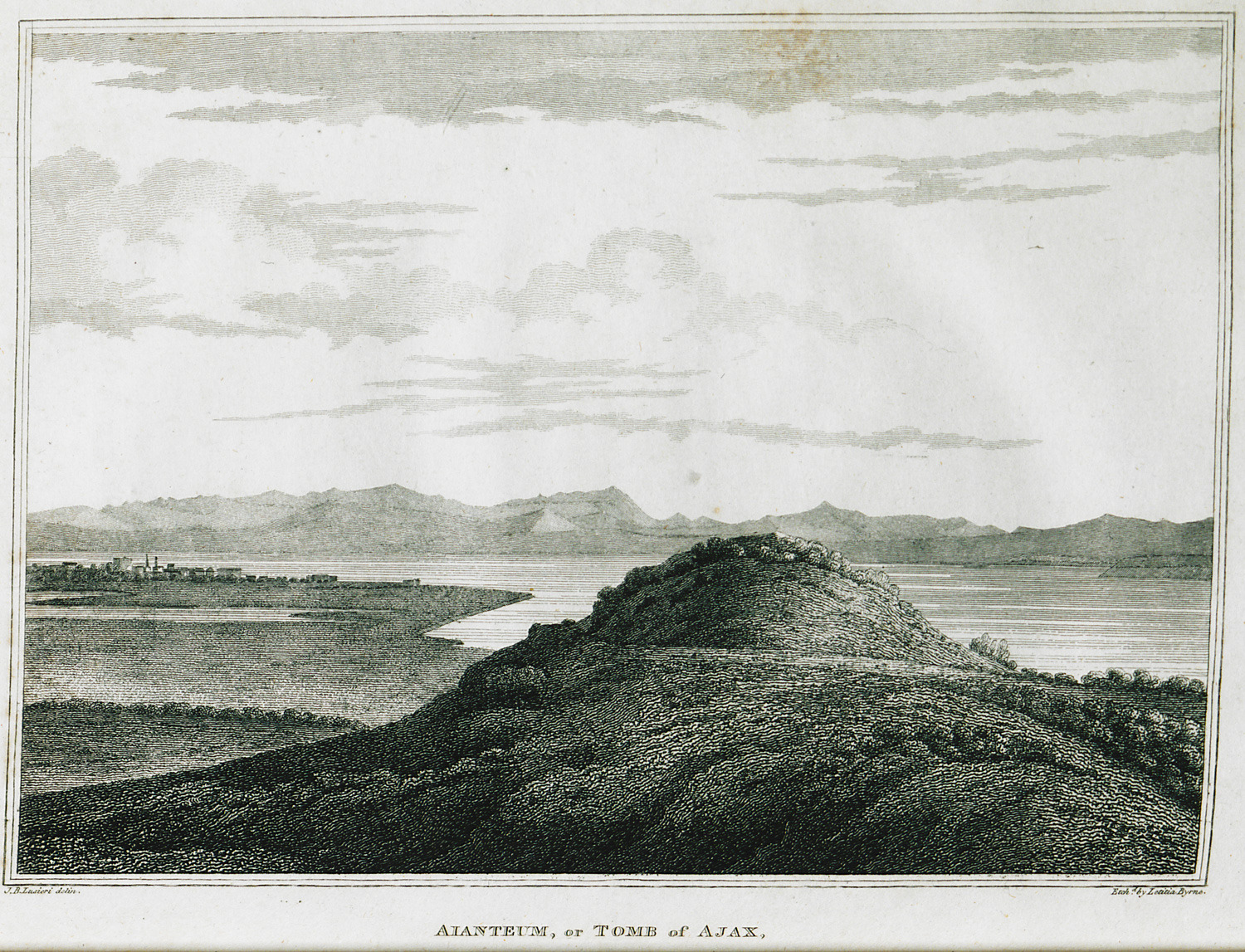
-
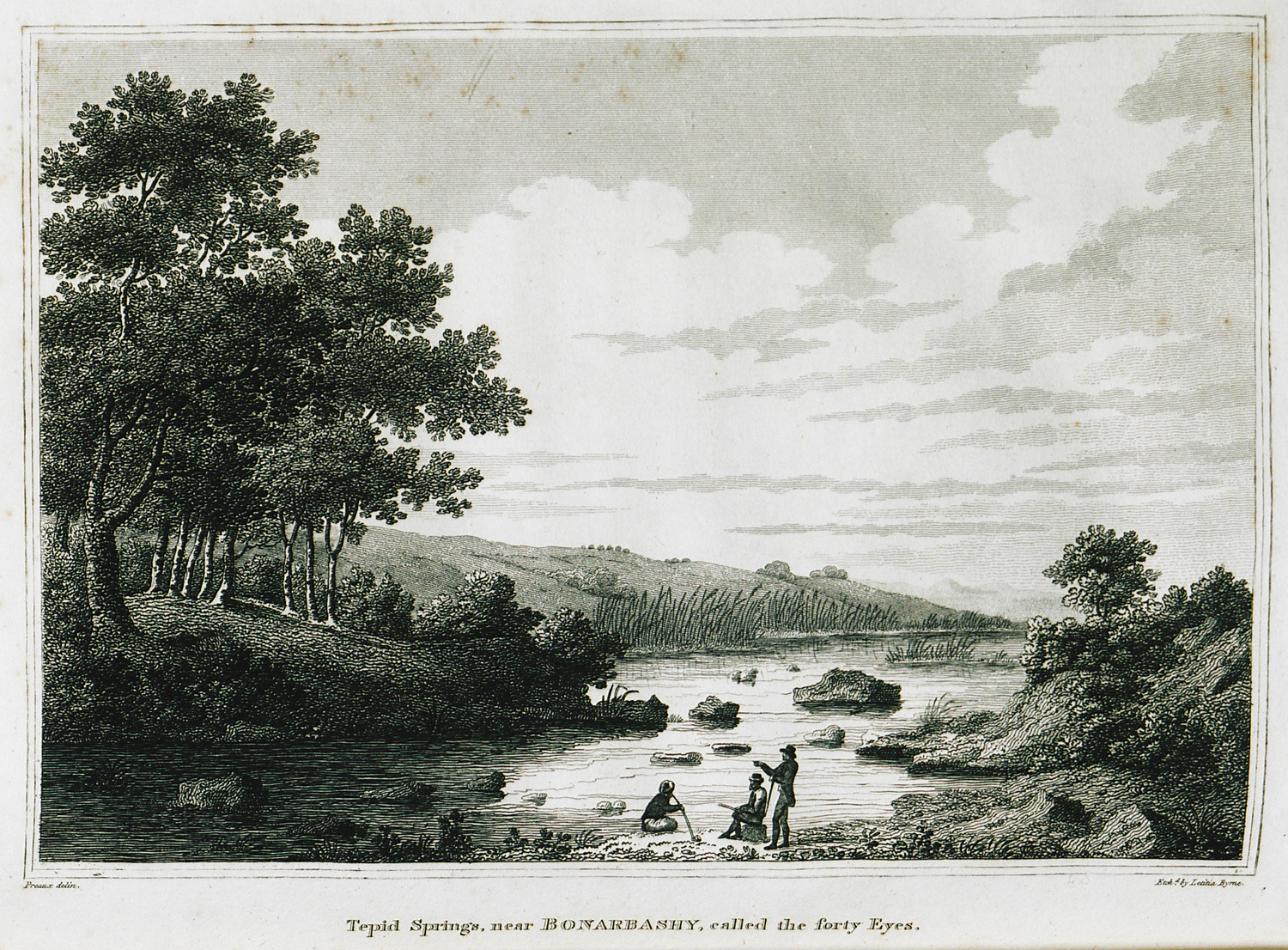
-
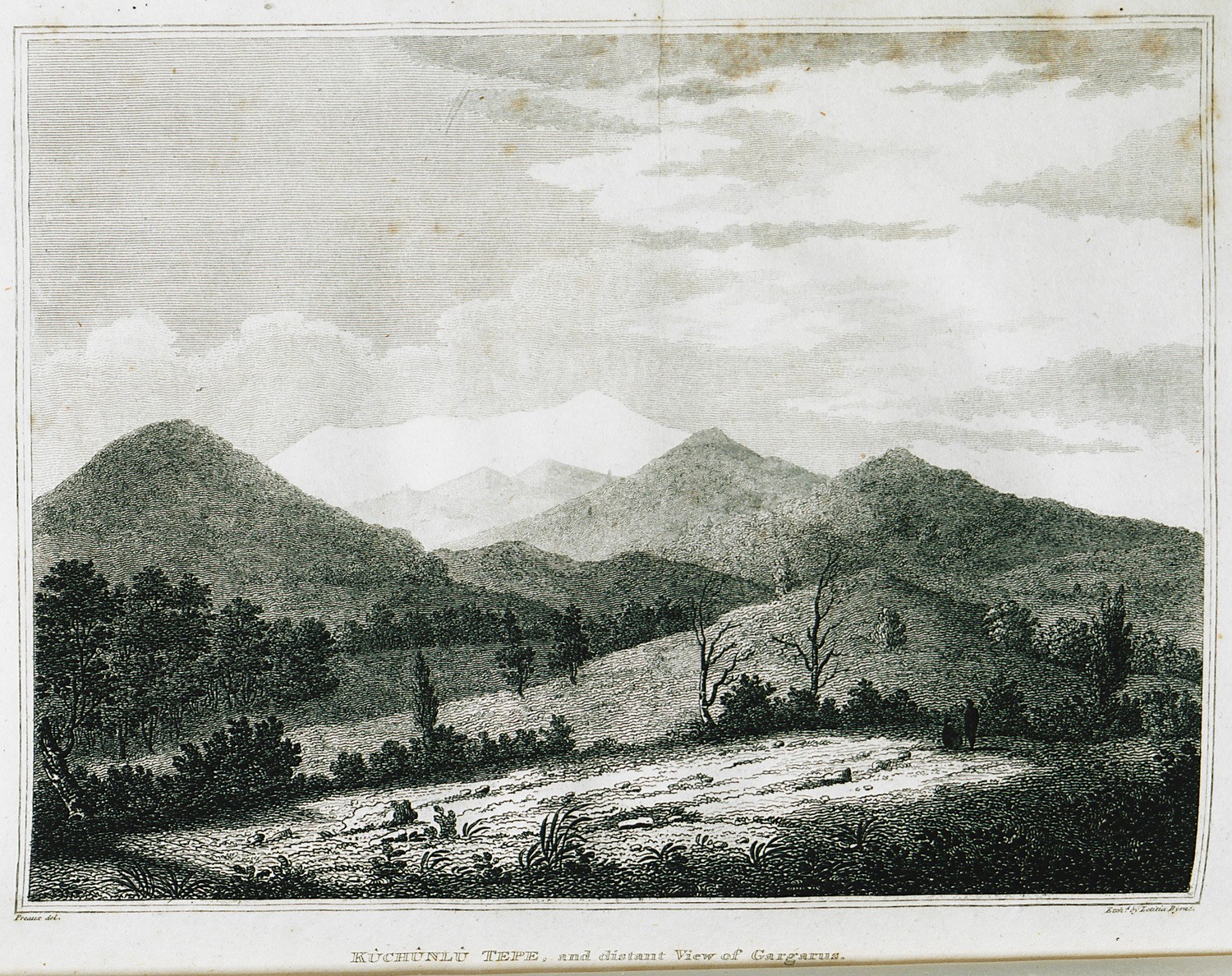
The region around the ancient city Skepsis (today Kurşunlutepe) in Asia Minor.
-
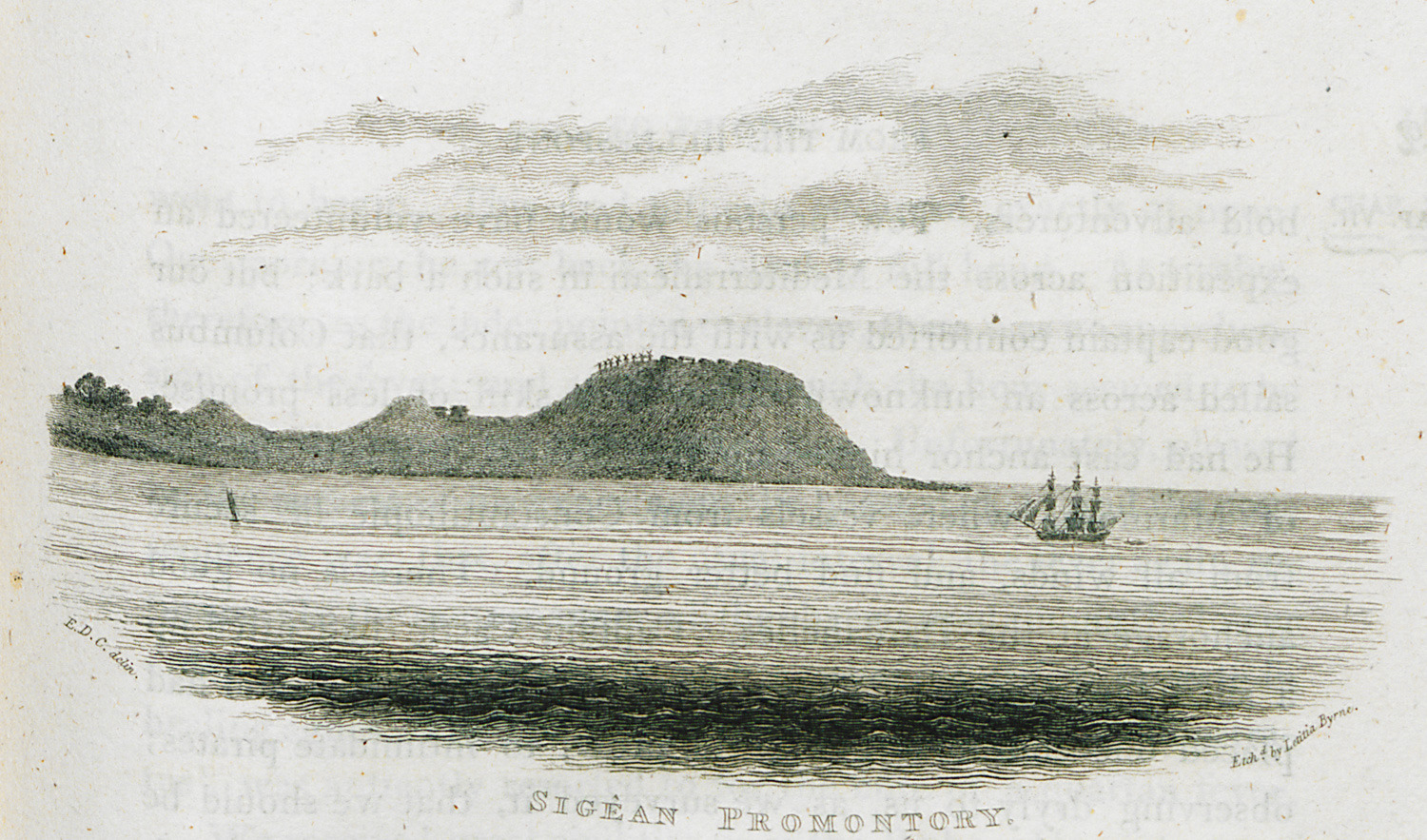
-
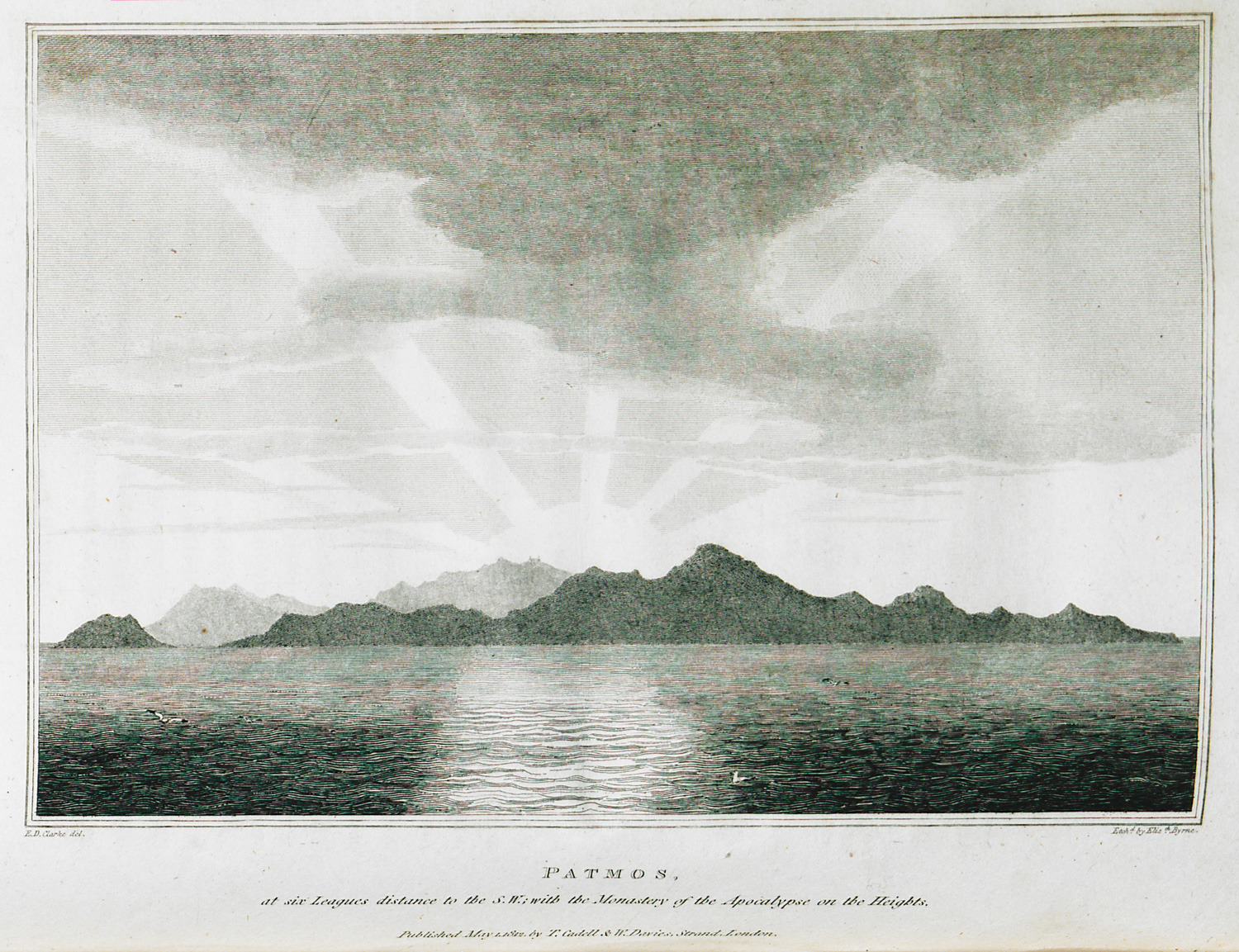
-

-
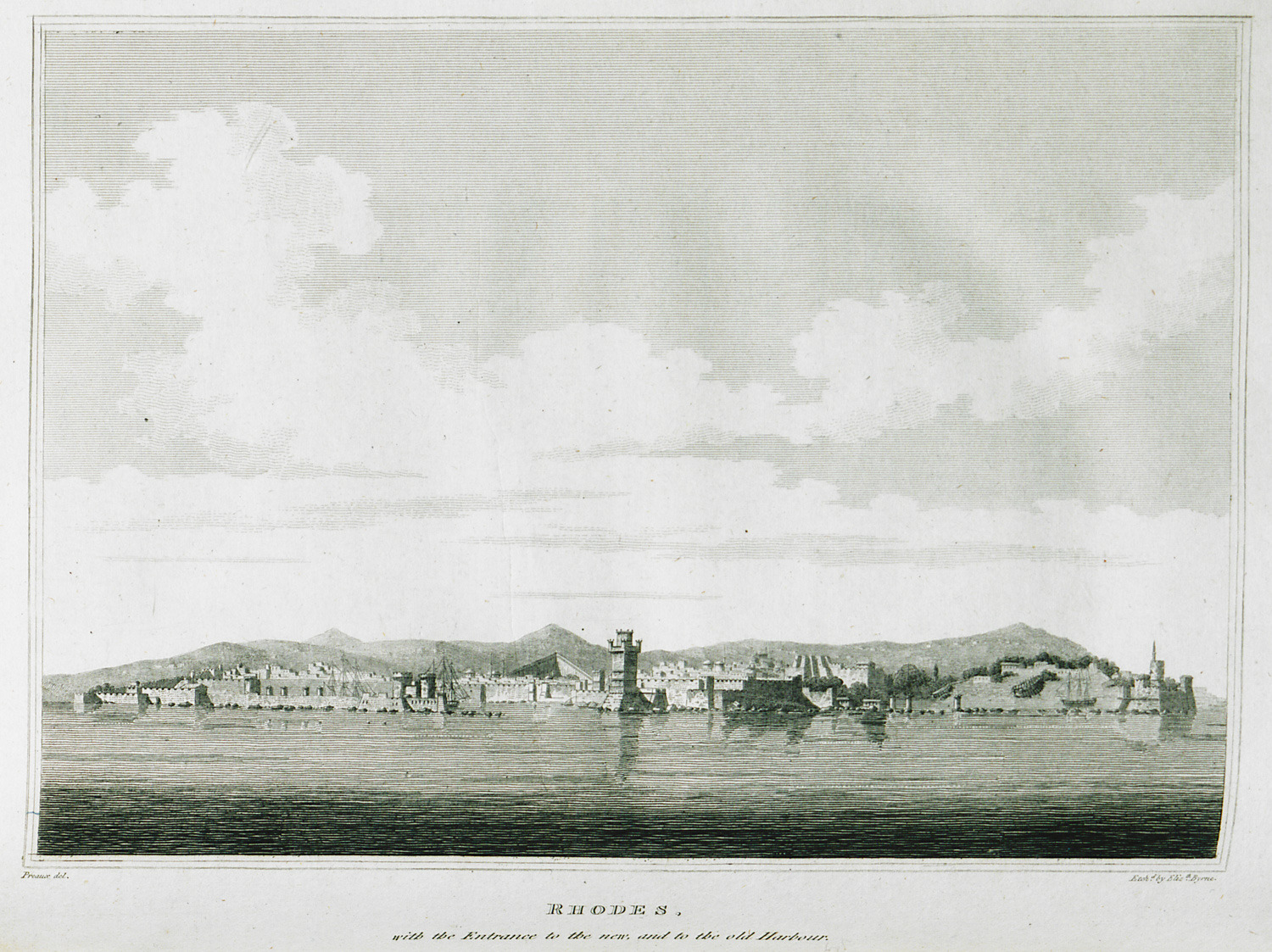
-
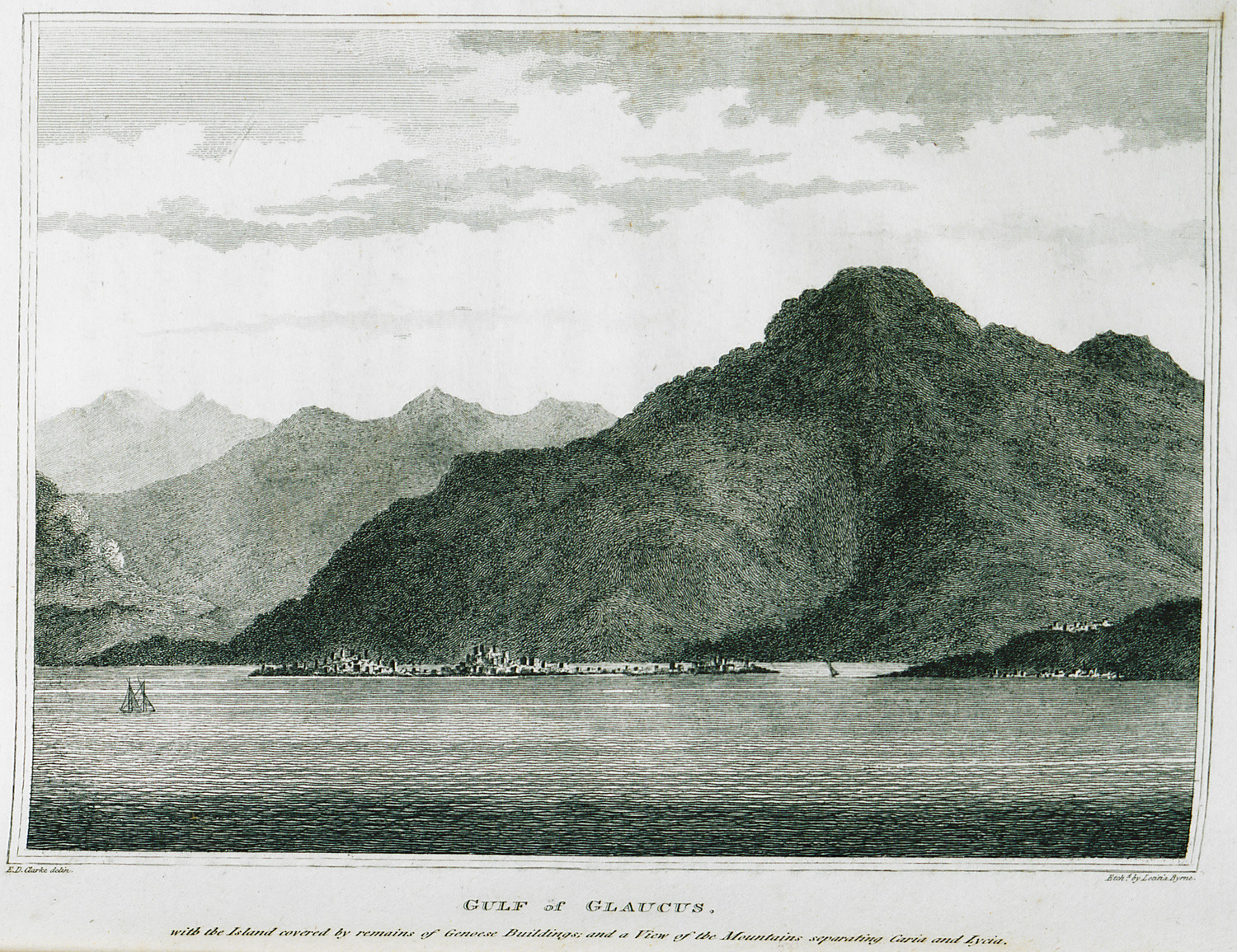
-

-
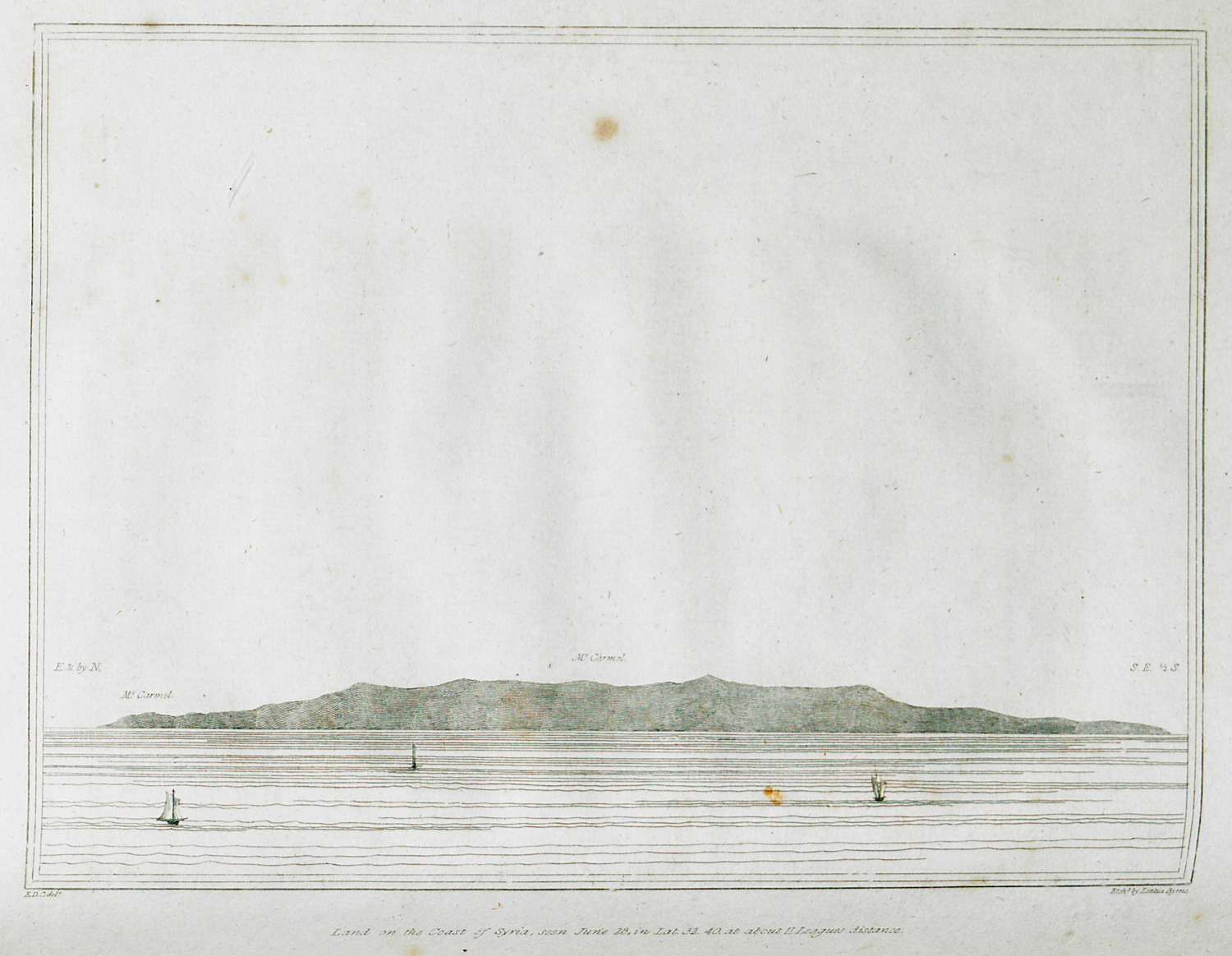
-
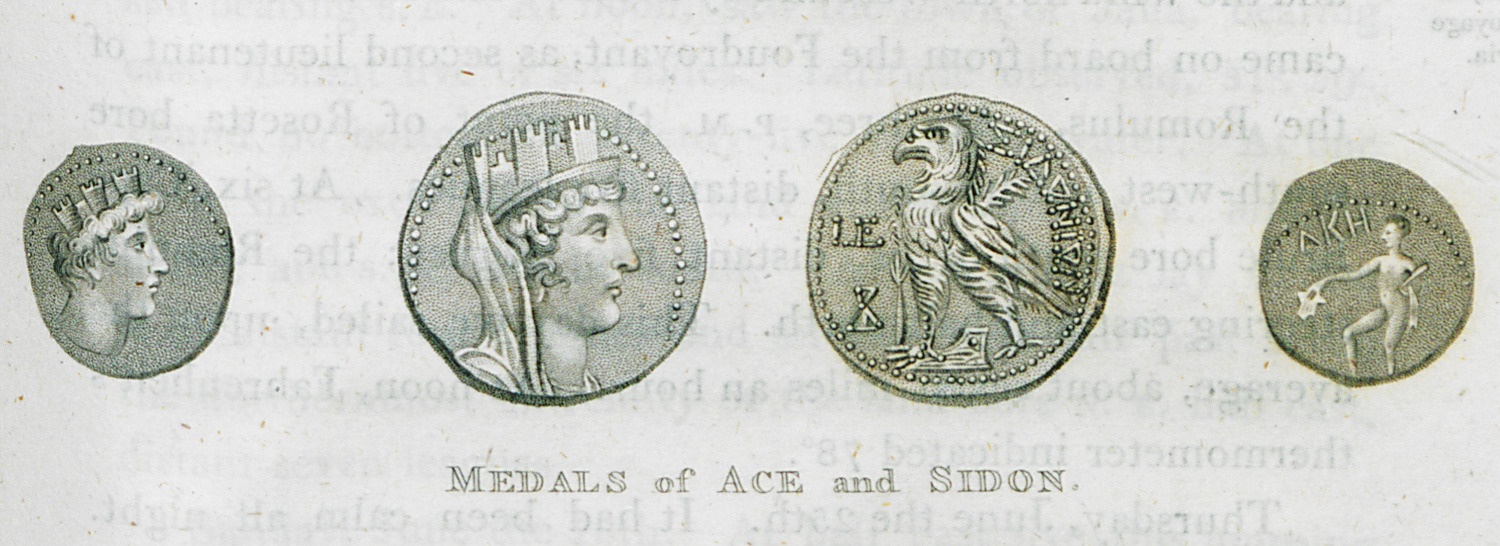
-
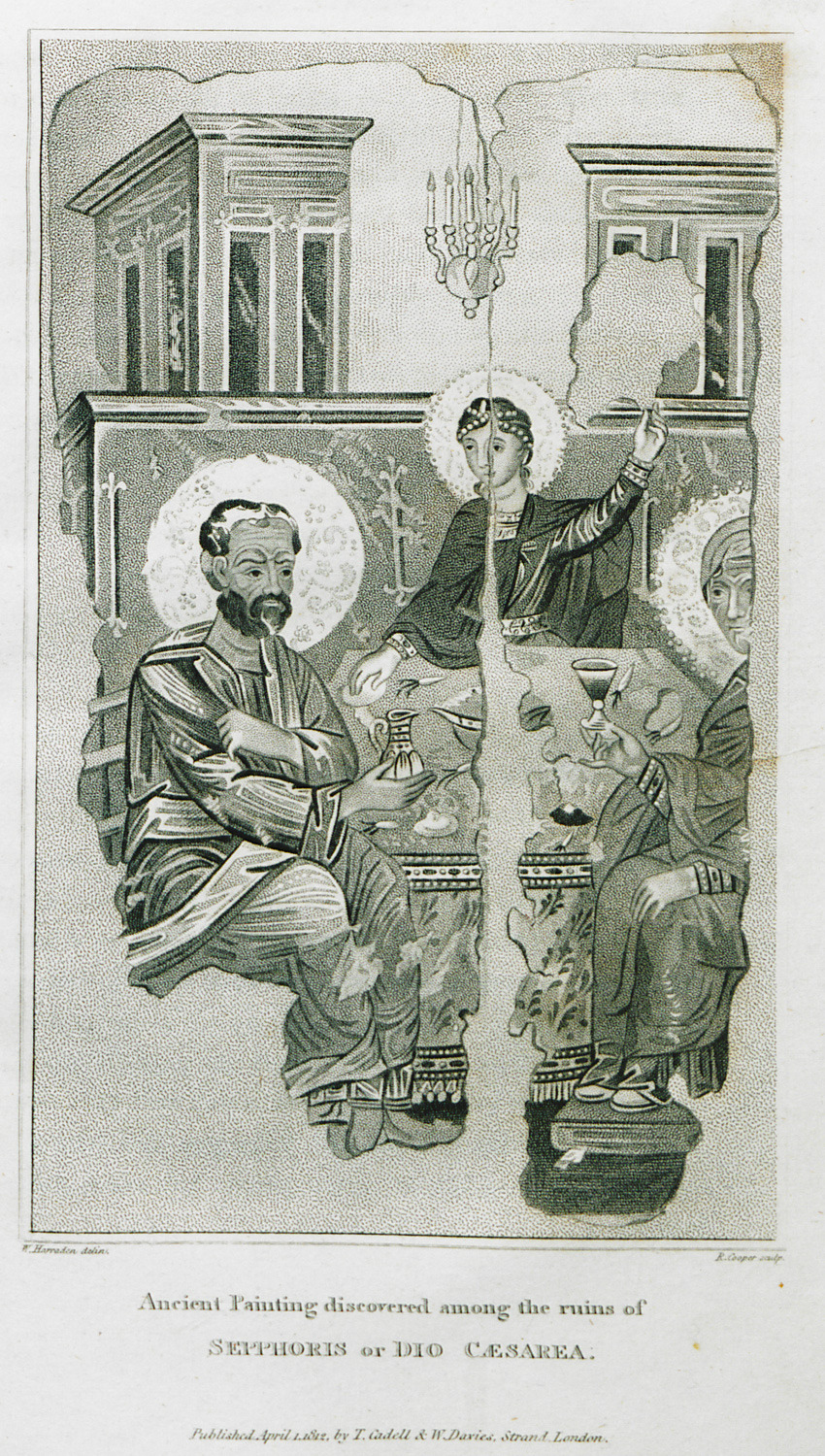
Byzantine icon found among the ruins of Sepphoris or Diocaesarea (today Tzippori).
-
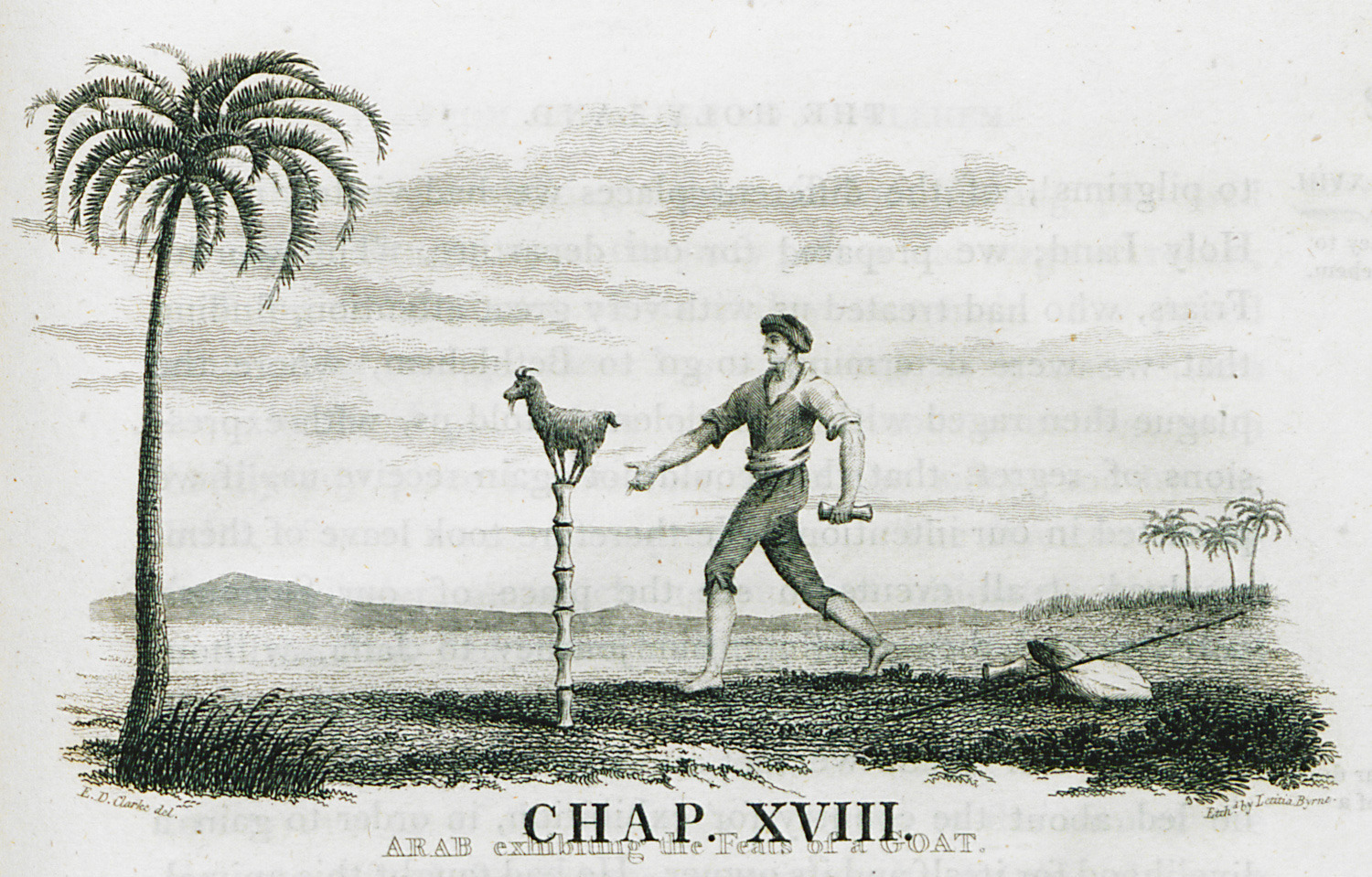
-

-
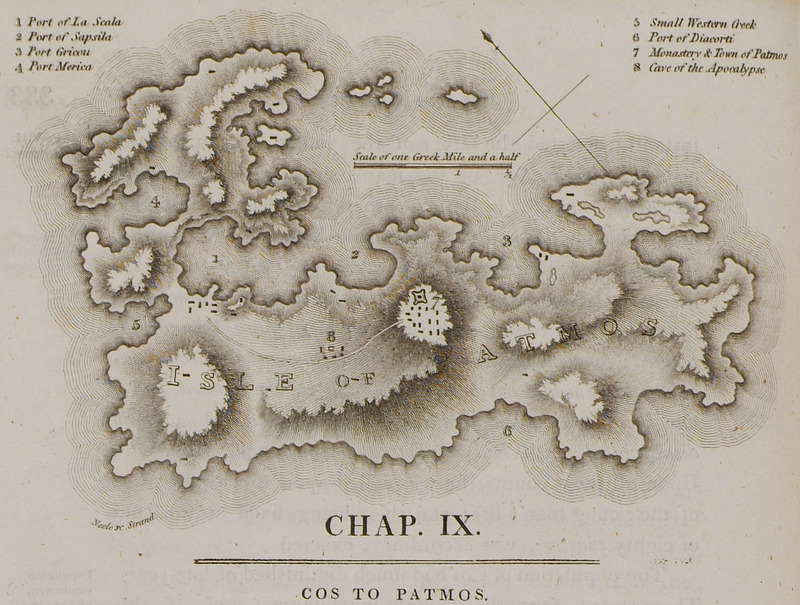
-
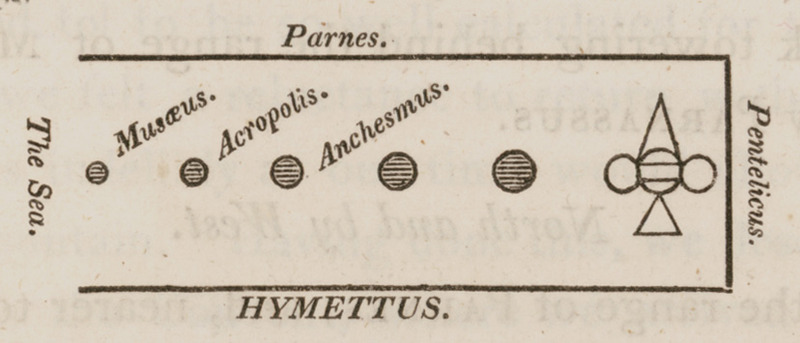
-
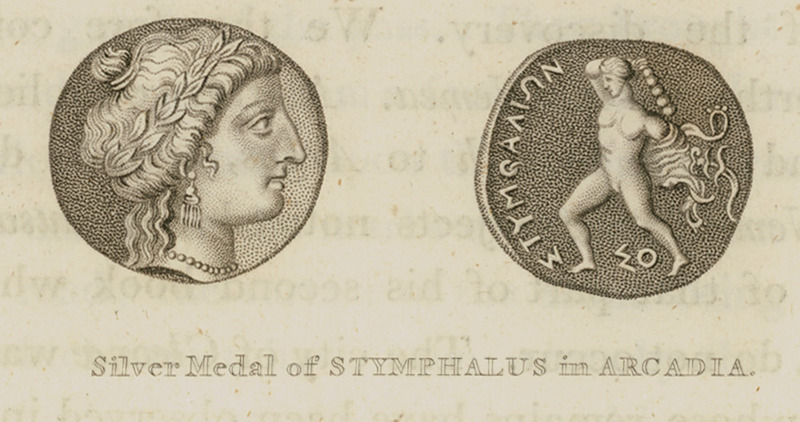
-
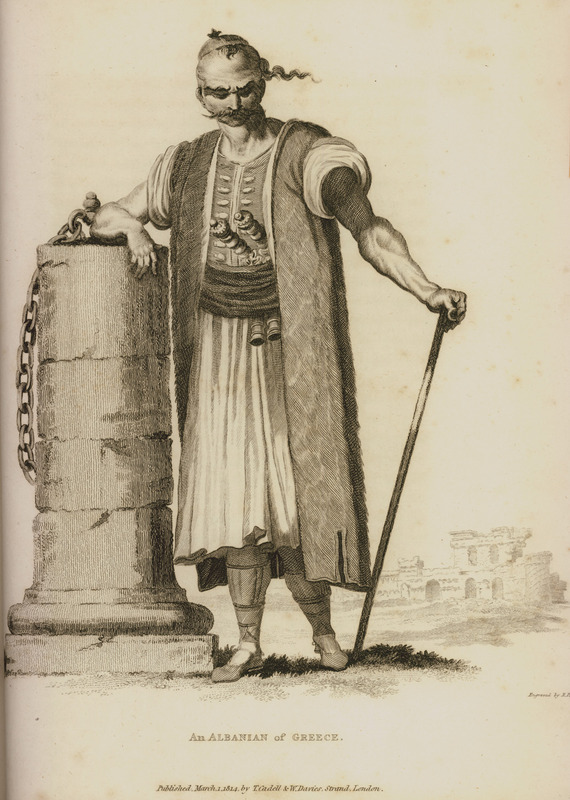
-
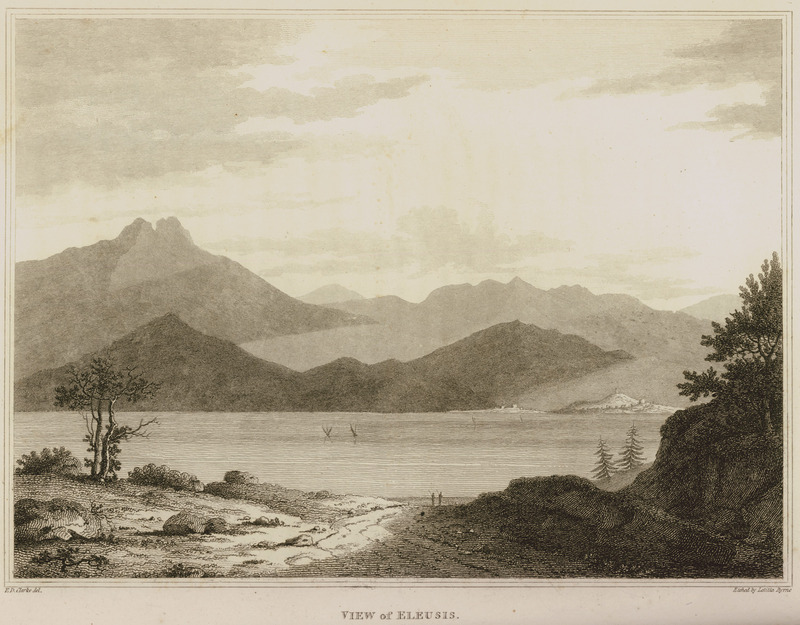
-
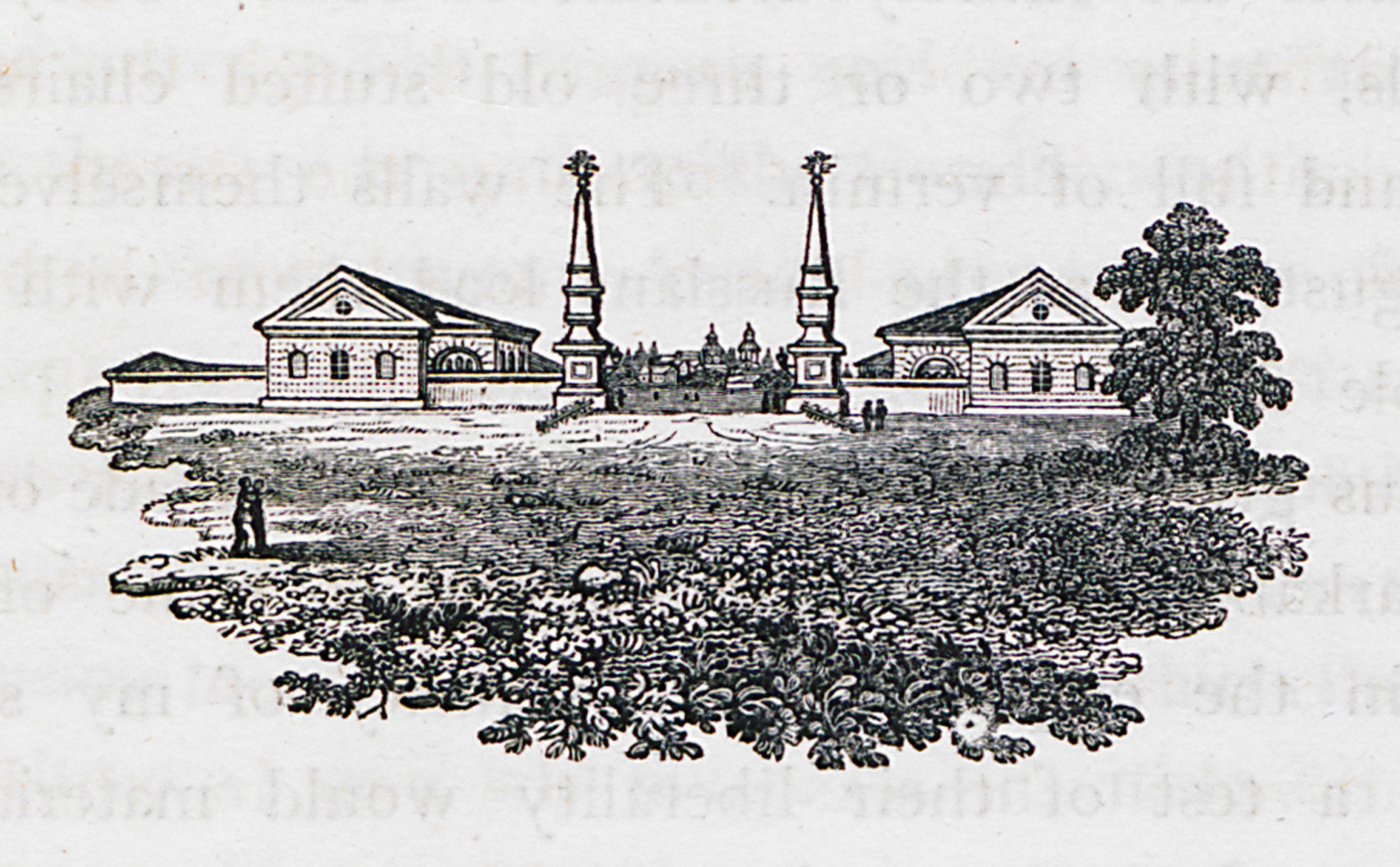
-

-
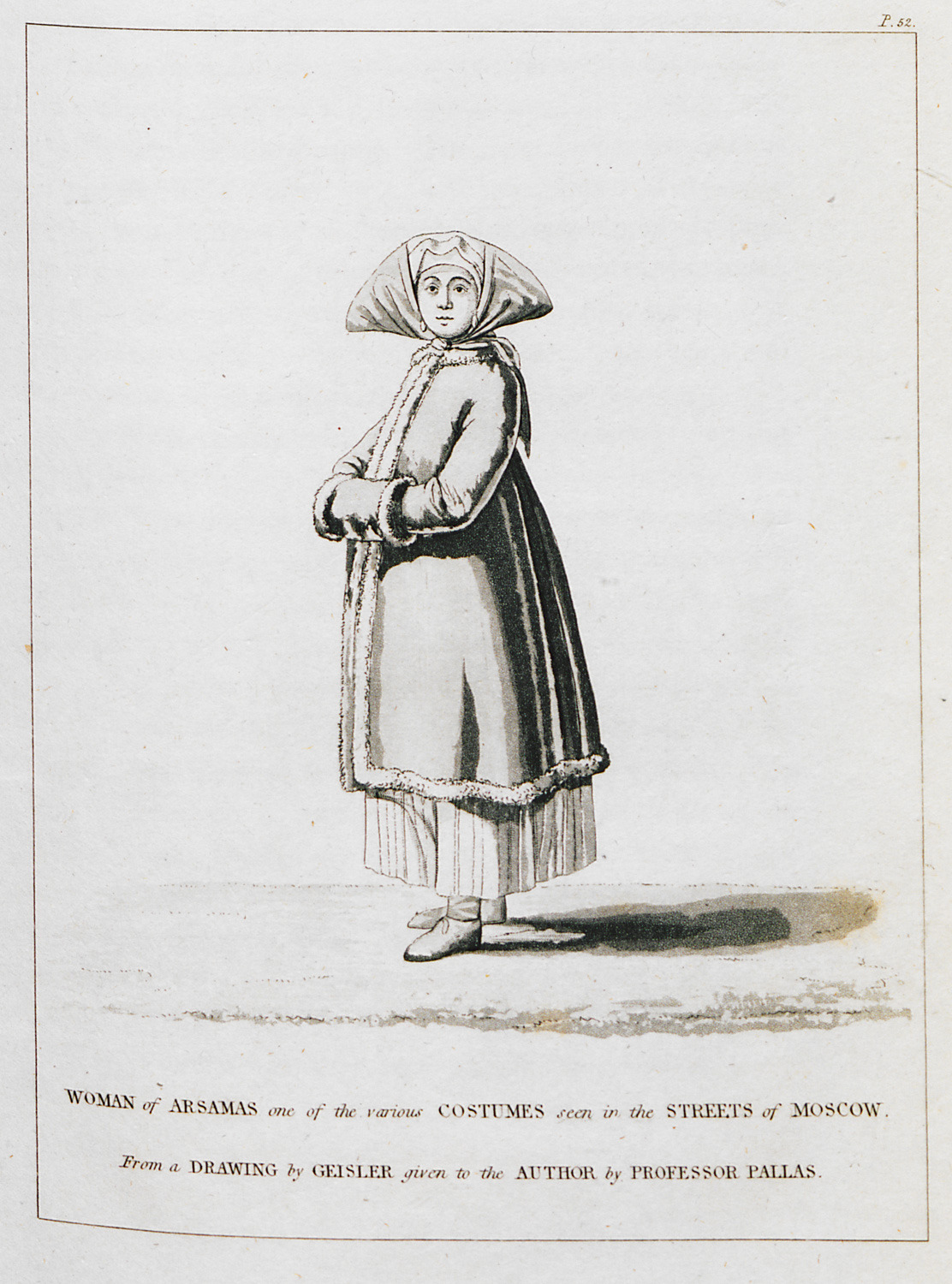
-
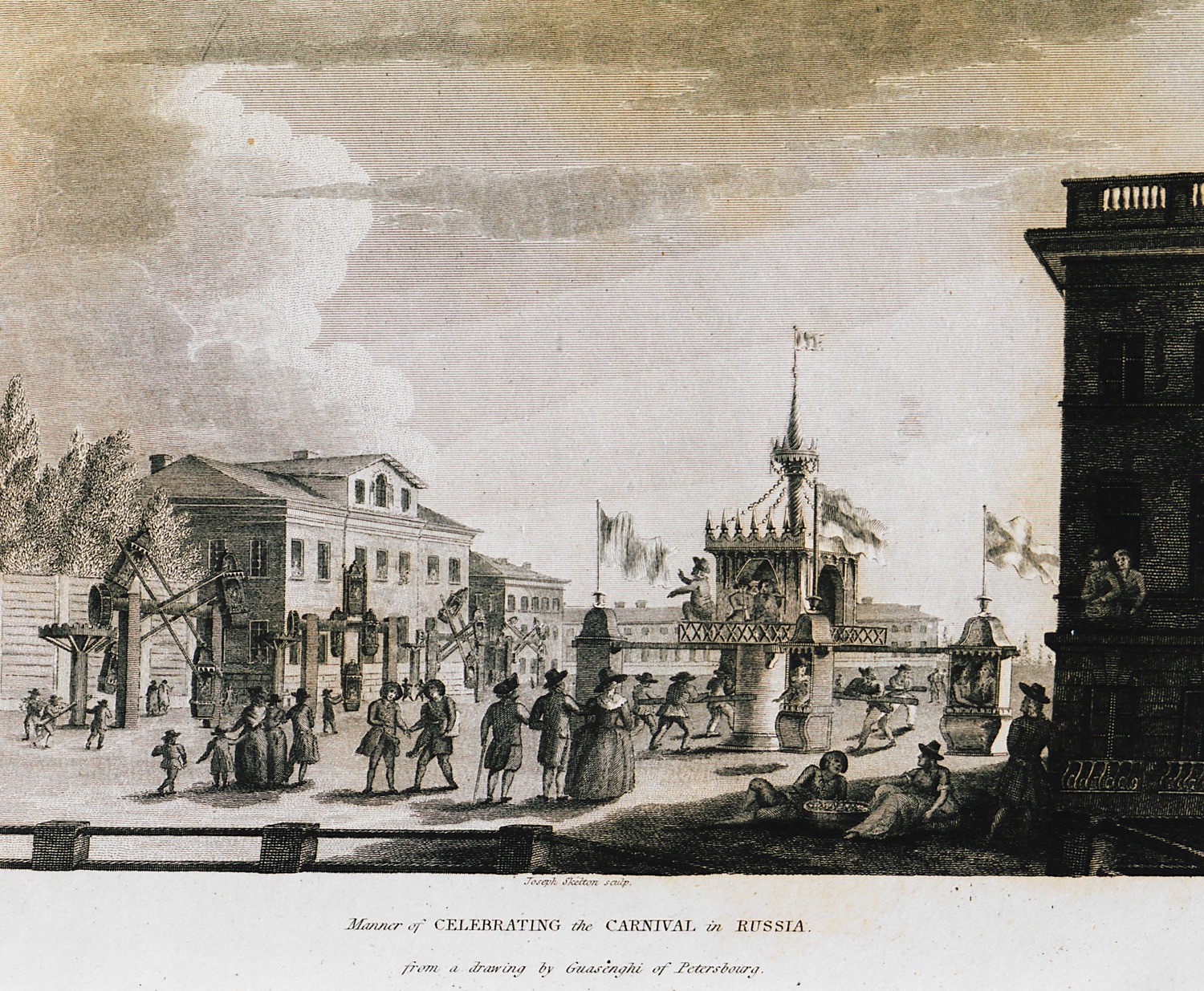
-
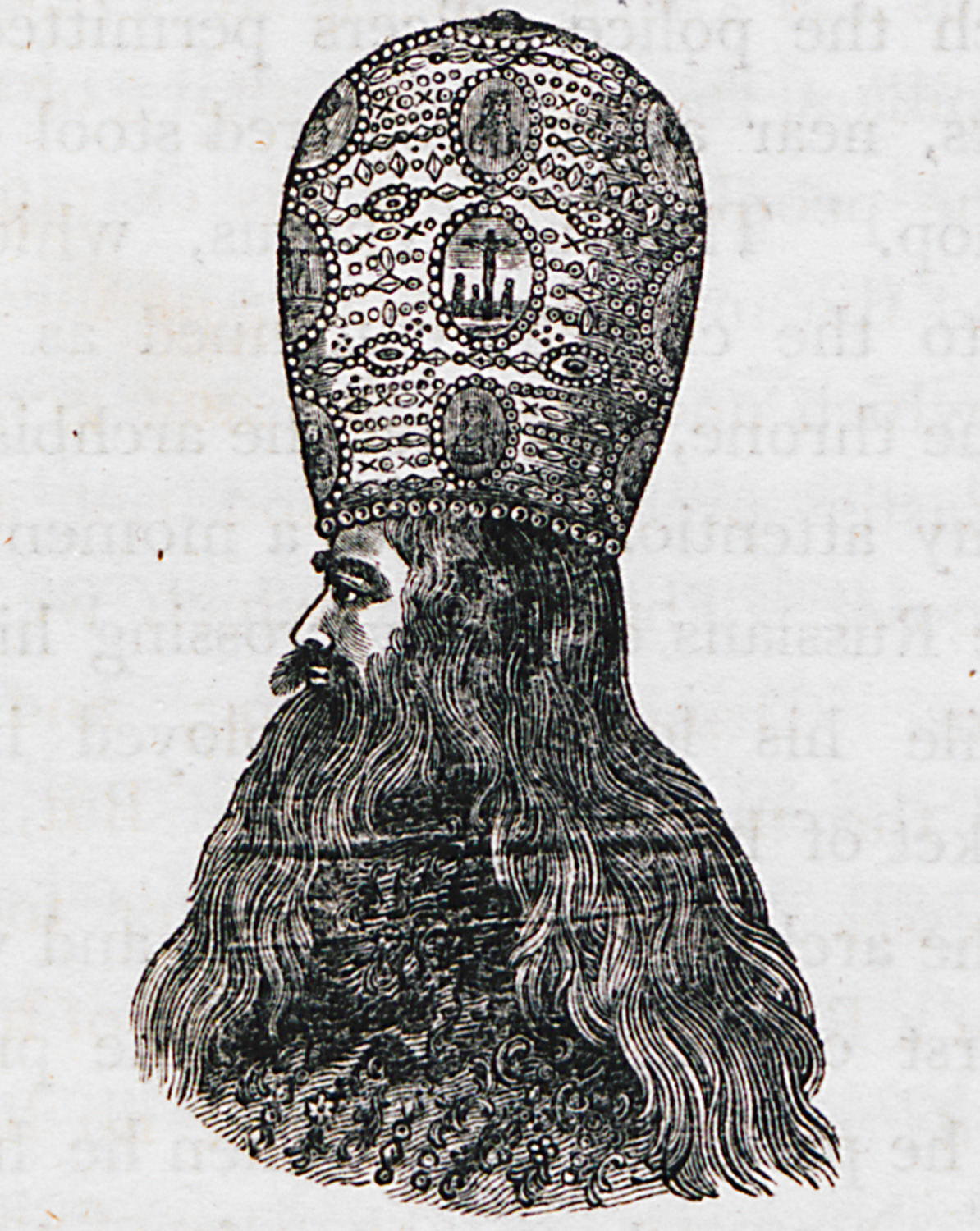
Portrait of the Archbishop of Moscow in vestments of the Resurrection ceremony.
-
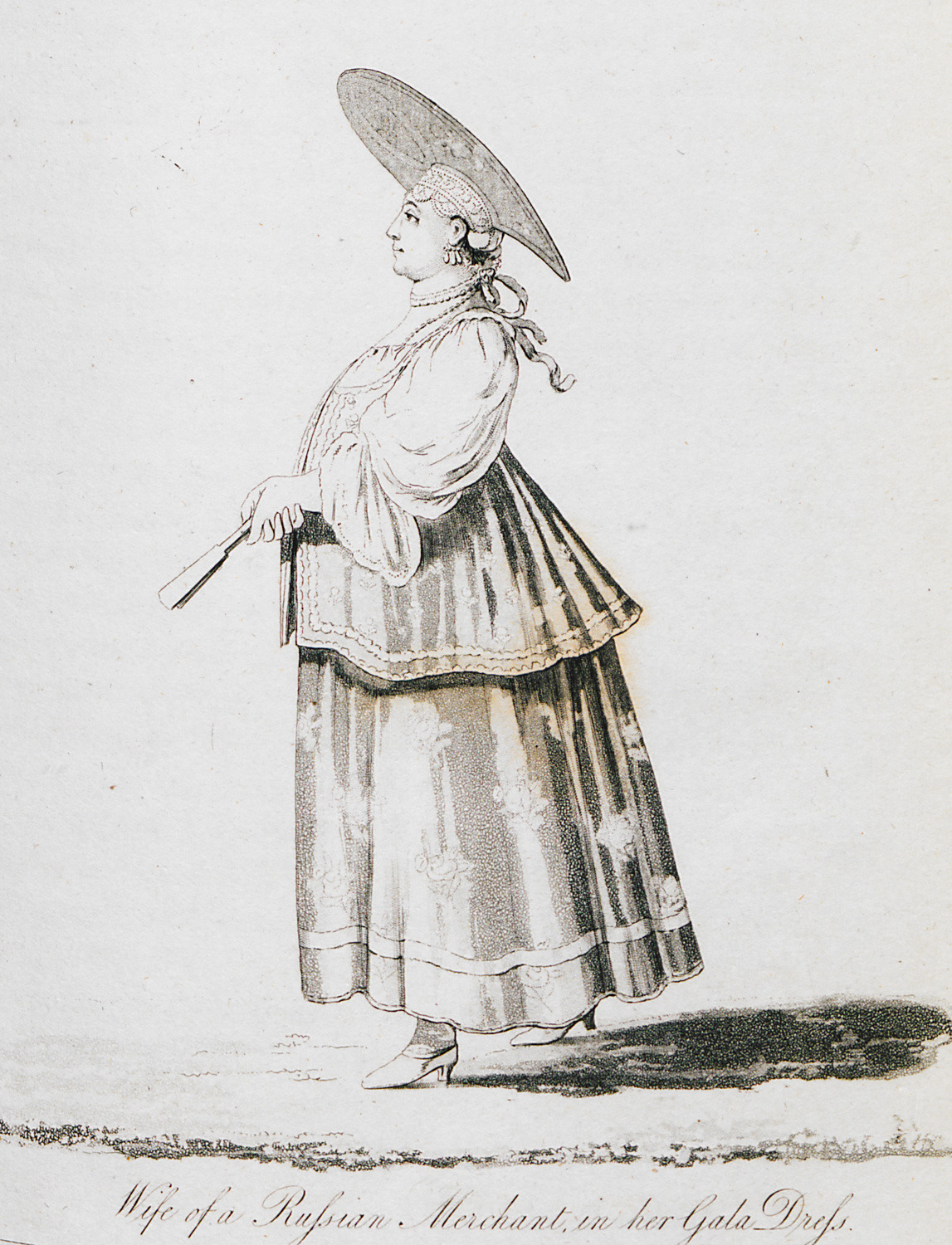
-
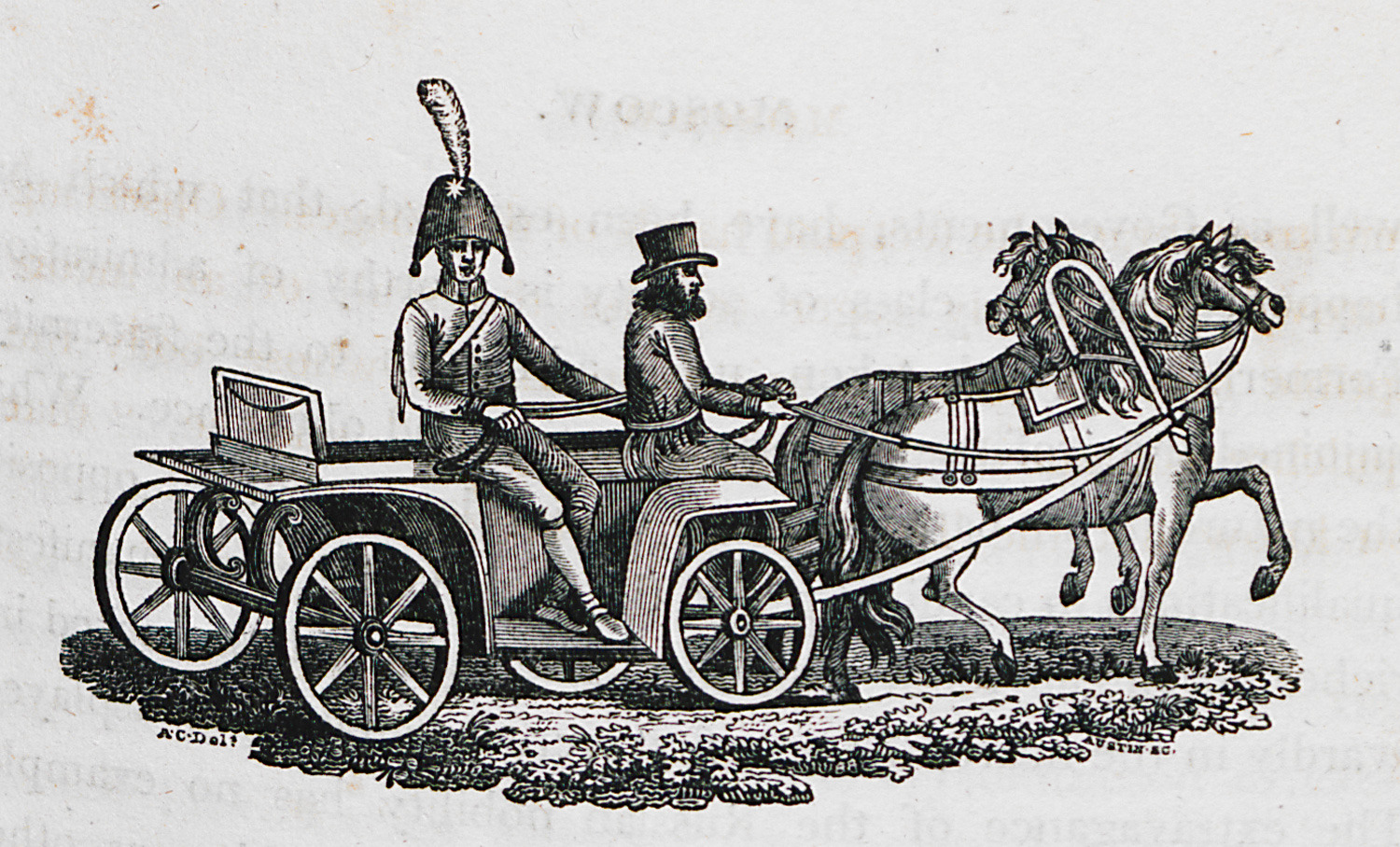
-
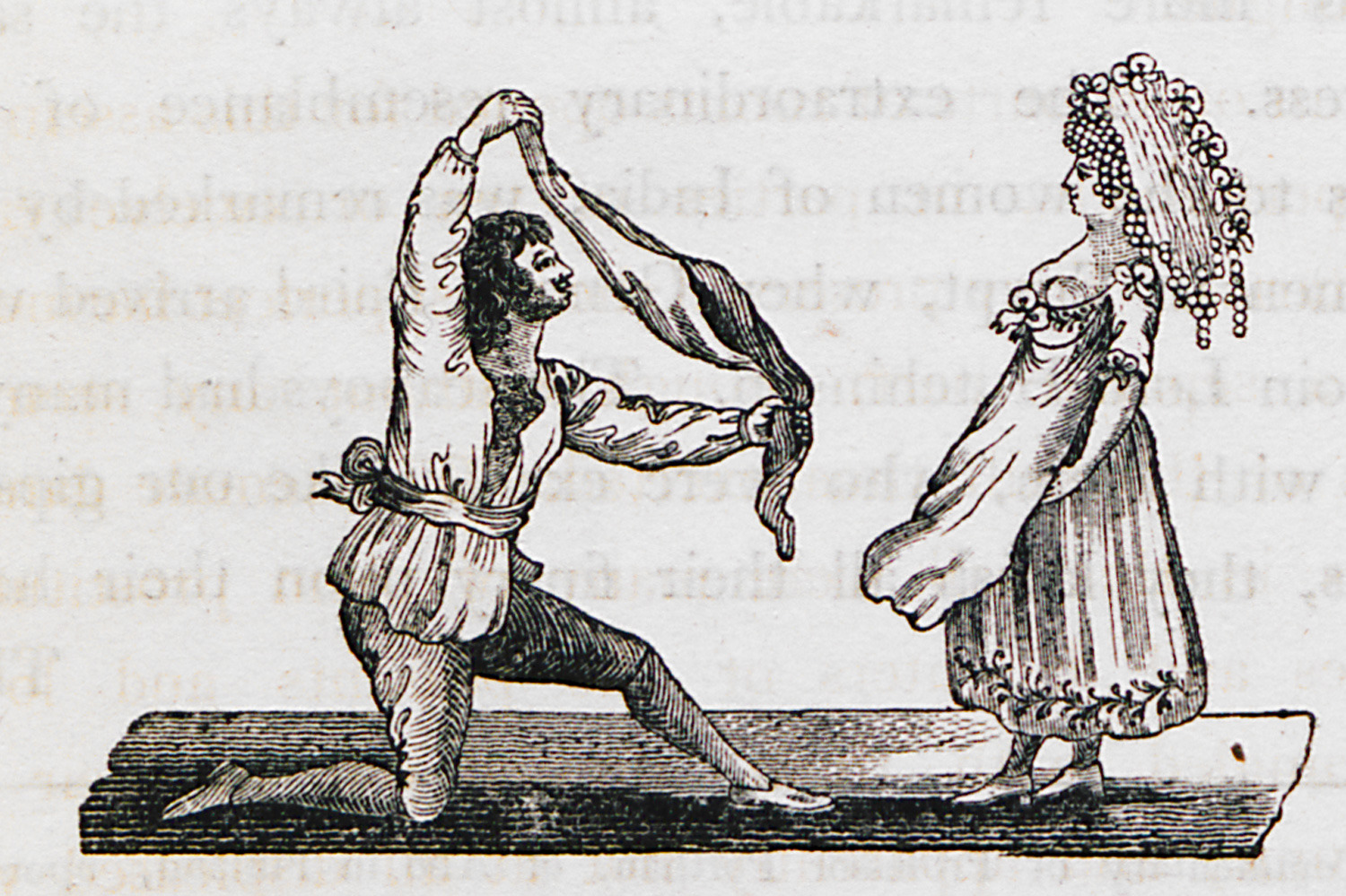
-
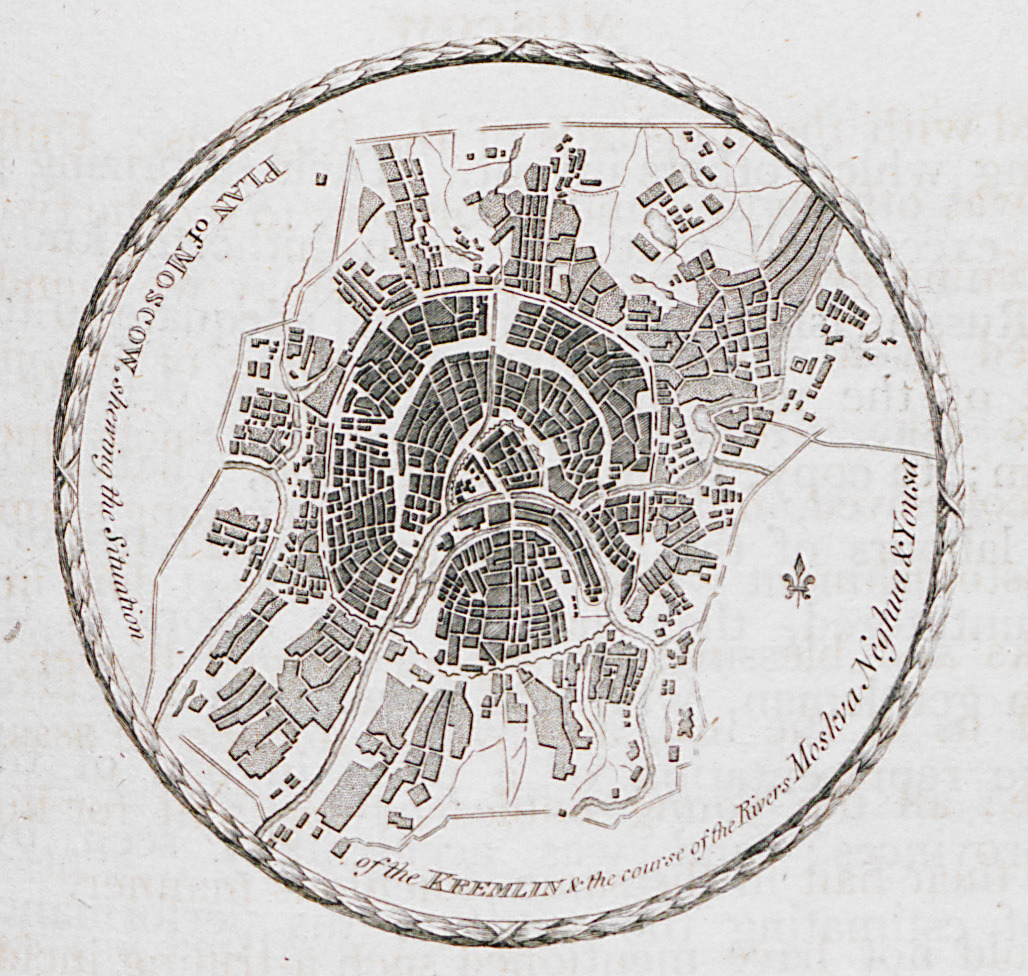
-
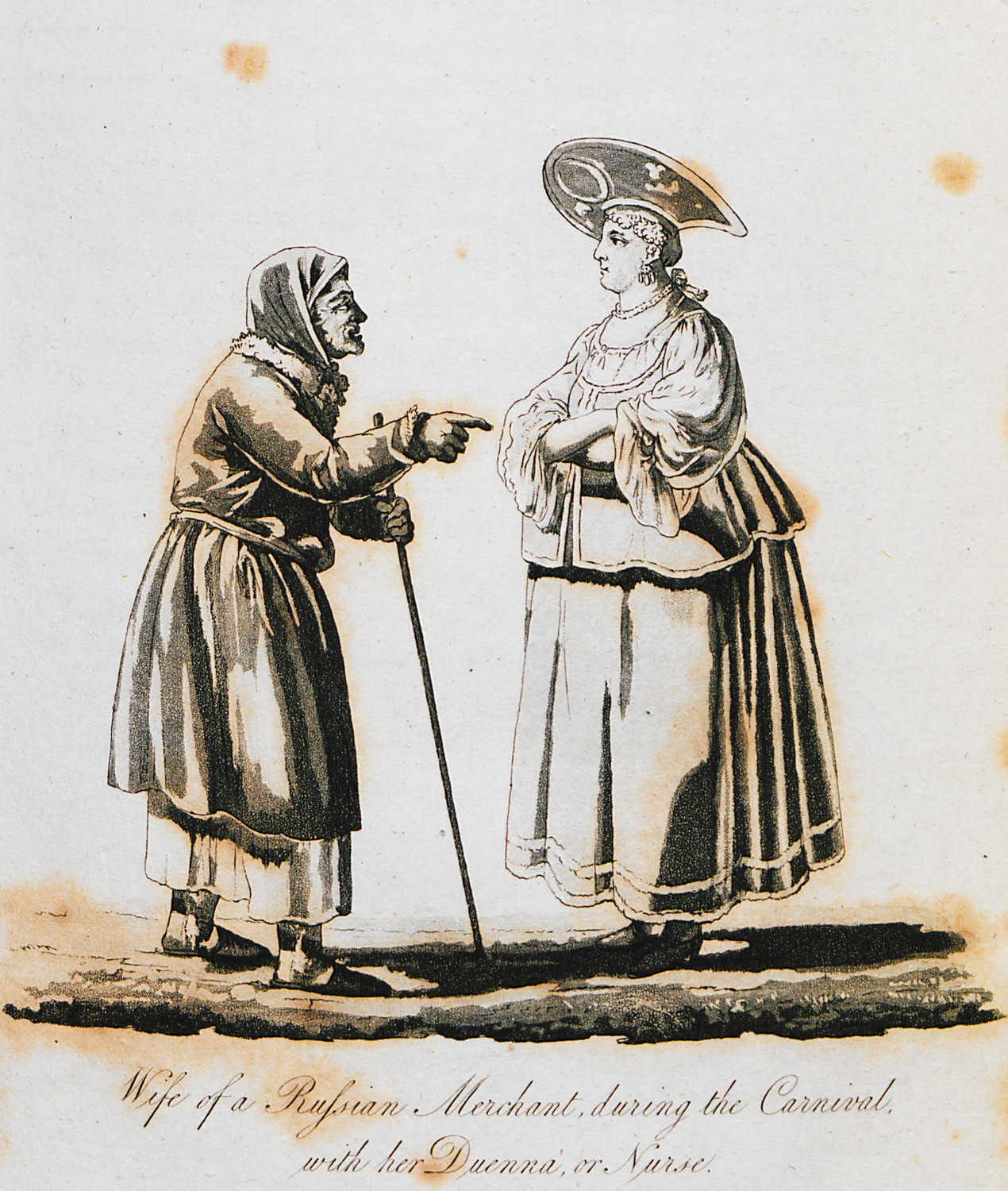
-
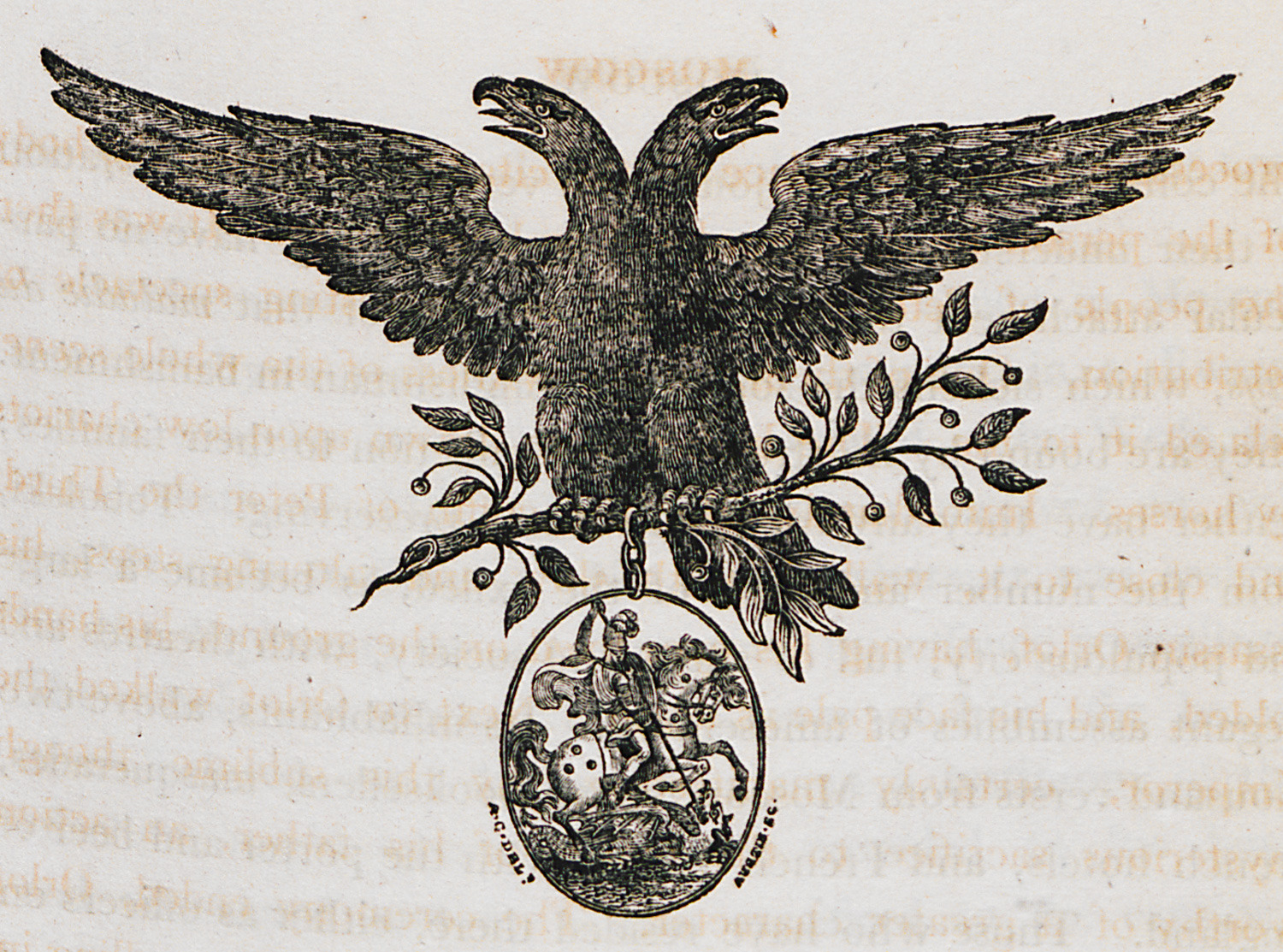
-
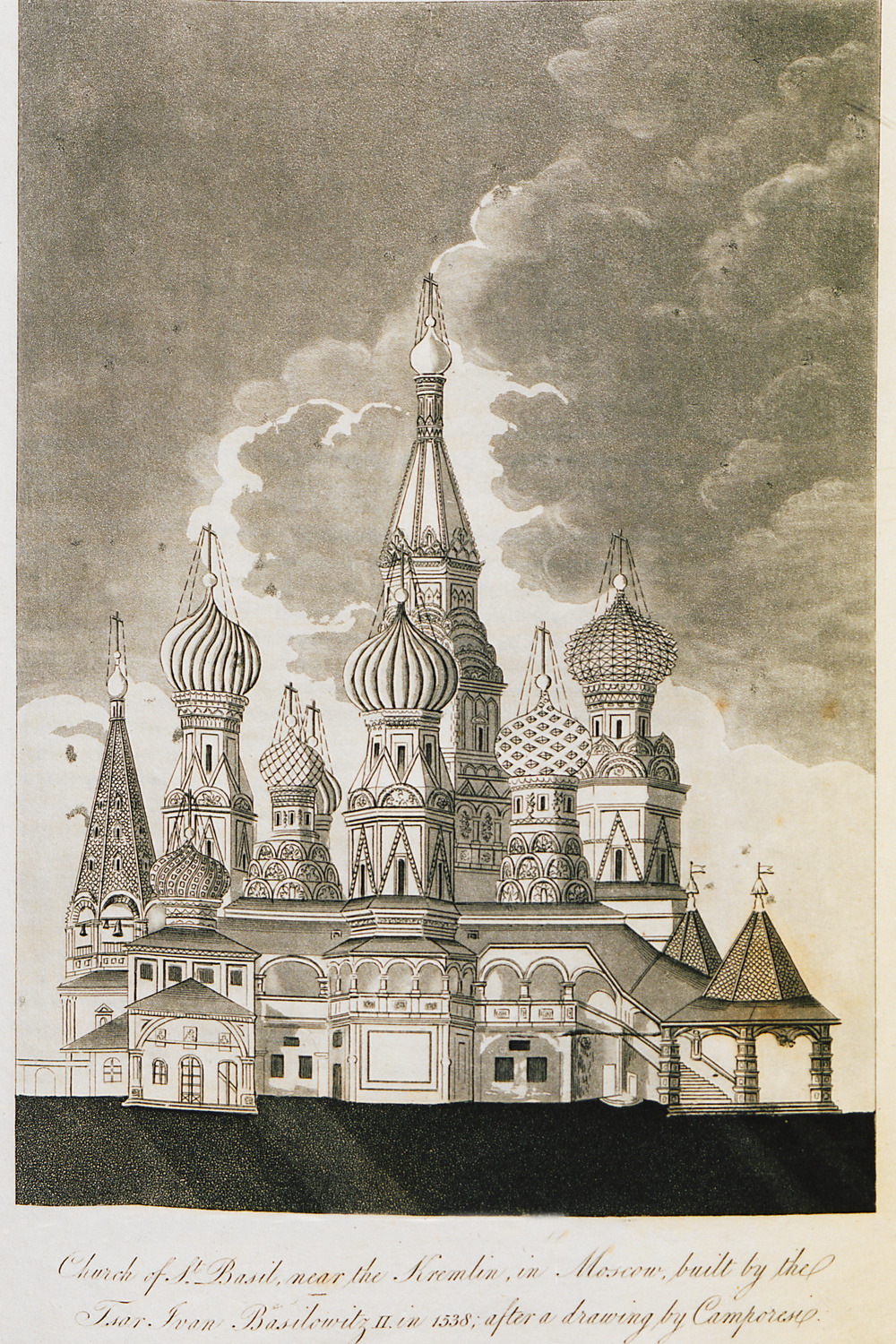
-
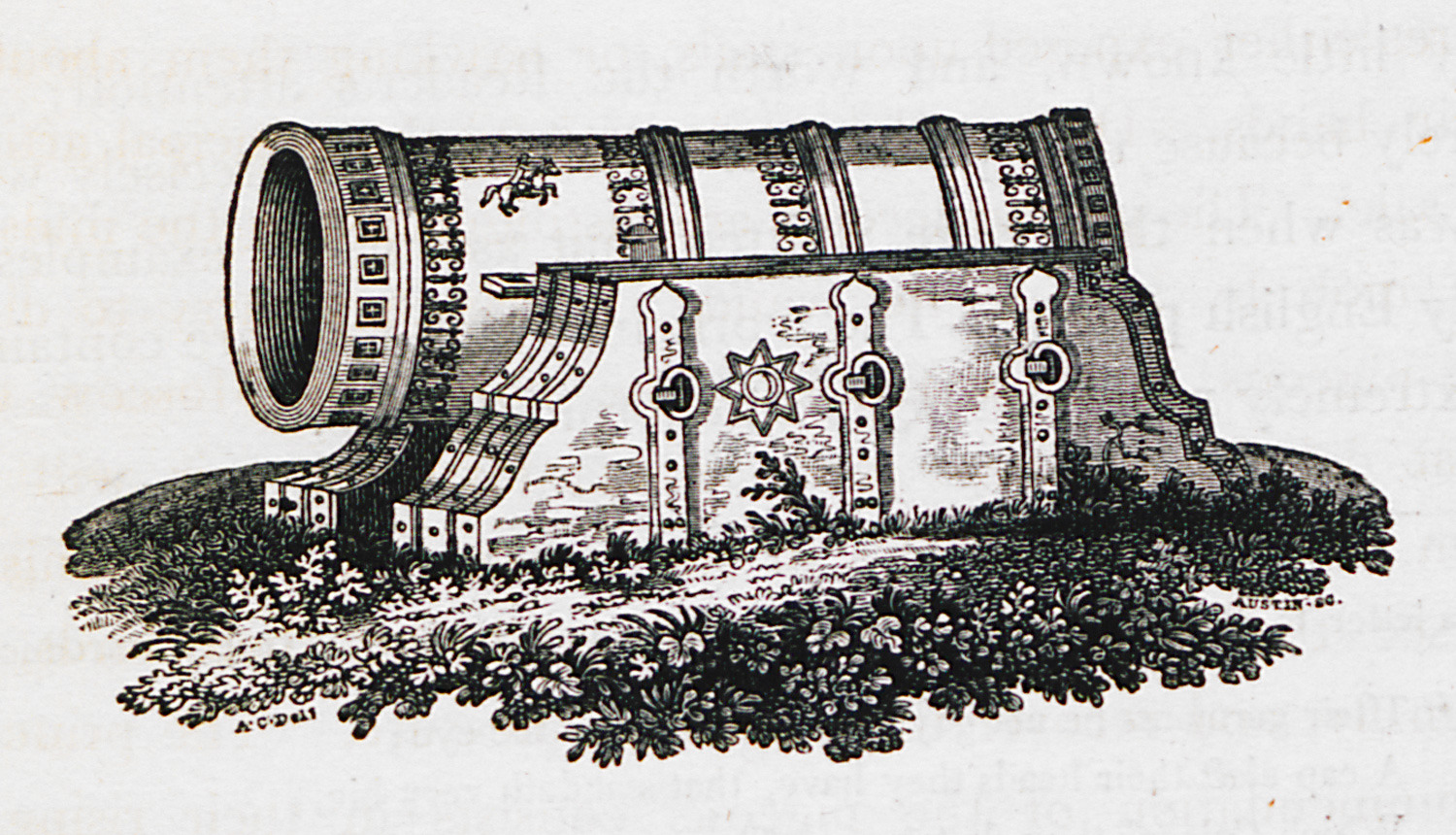
-
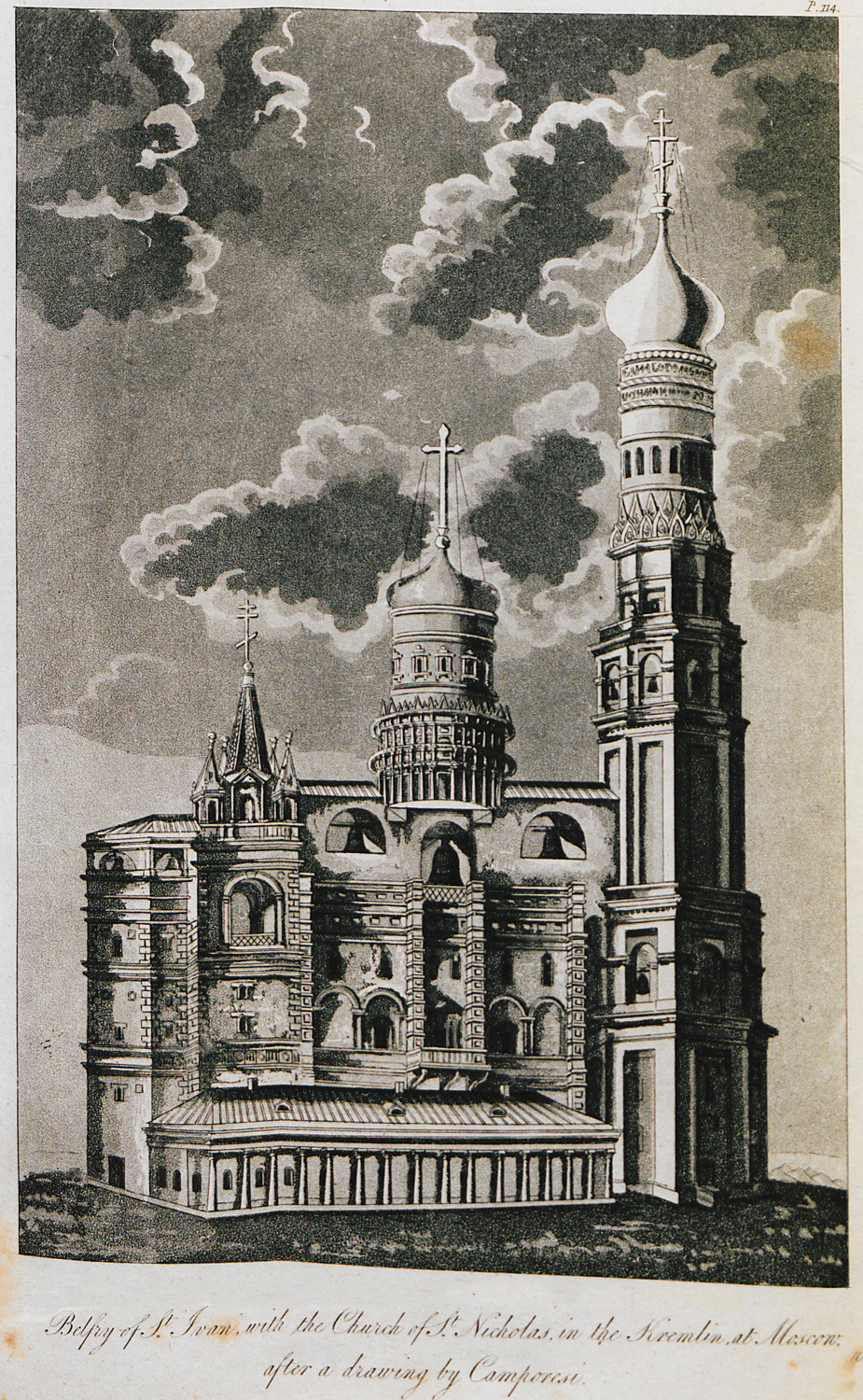
Ivan the Great Bell Tower, next to the Assumption cathedral at Cathedral Square in Moscow.
-
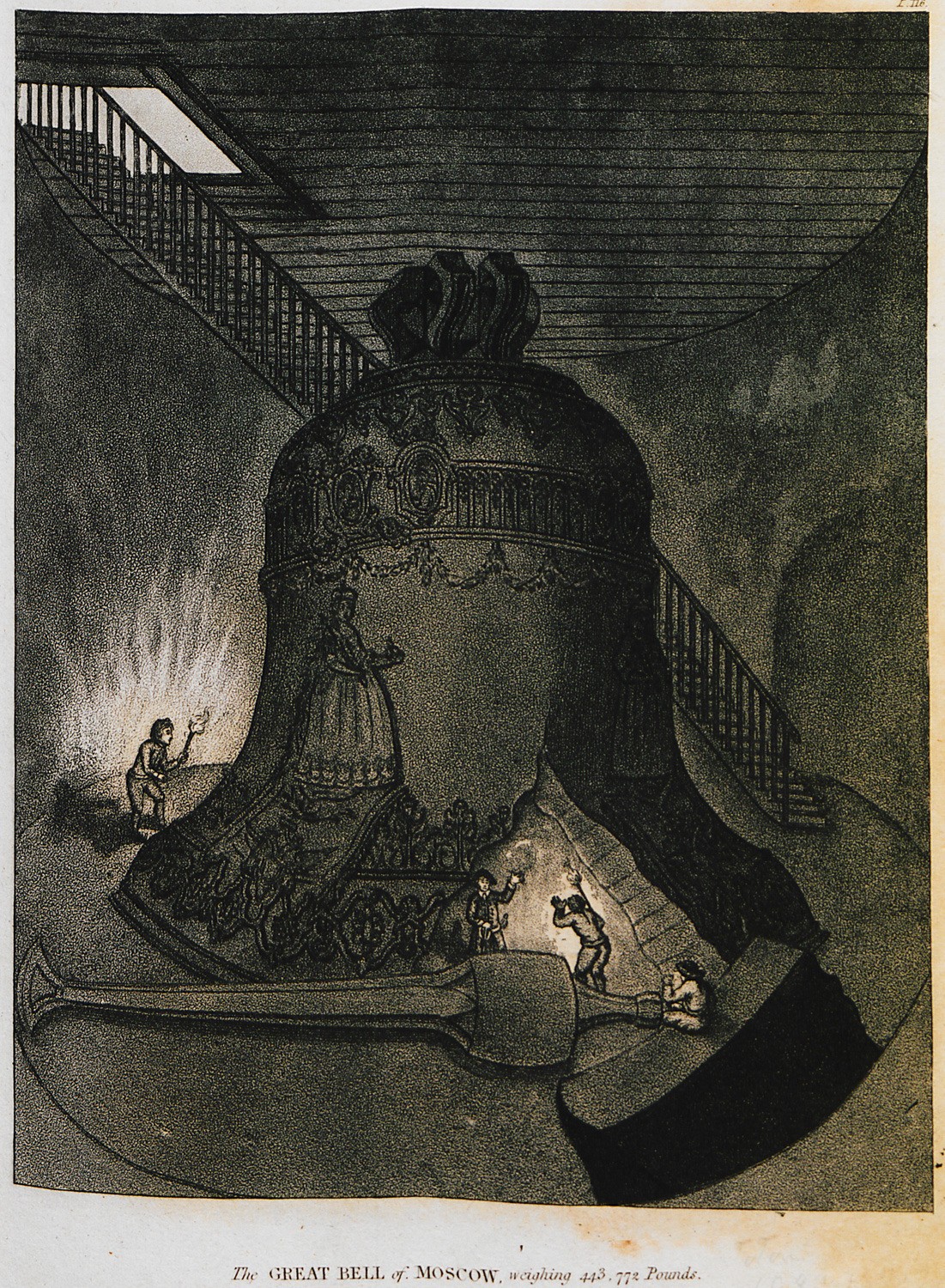
-
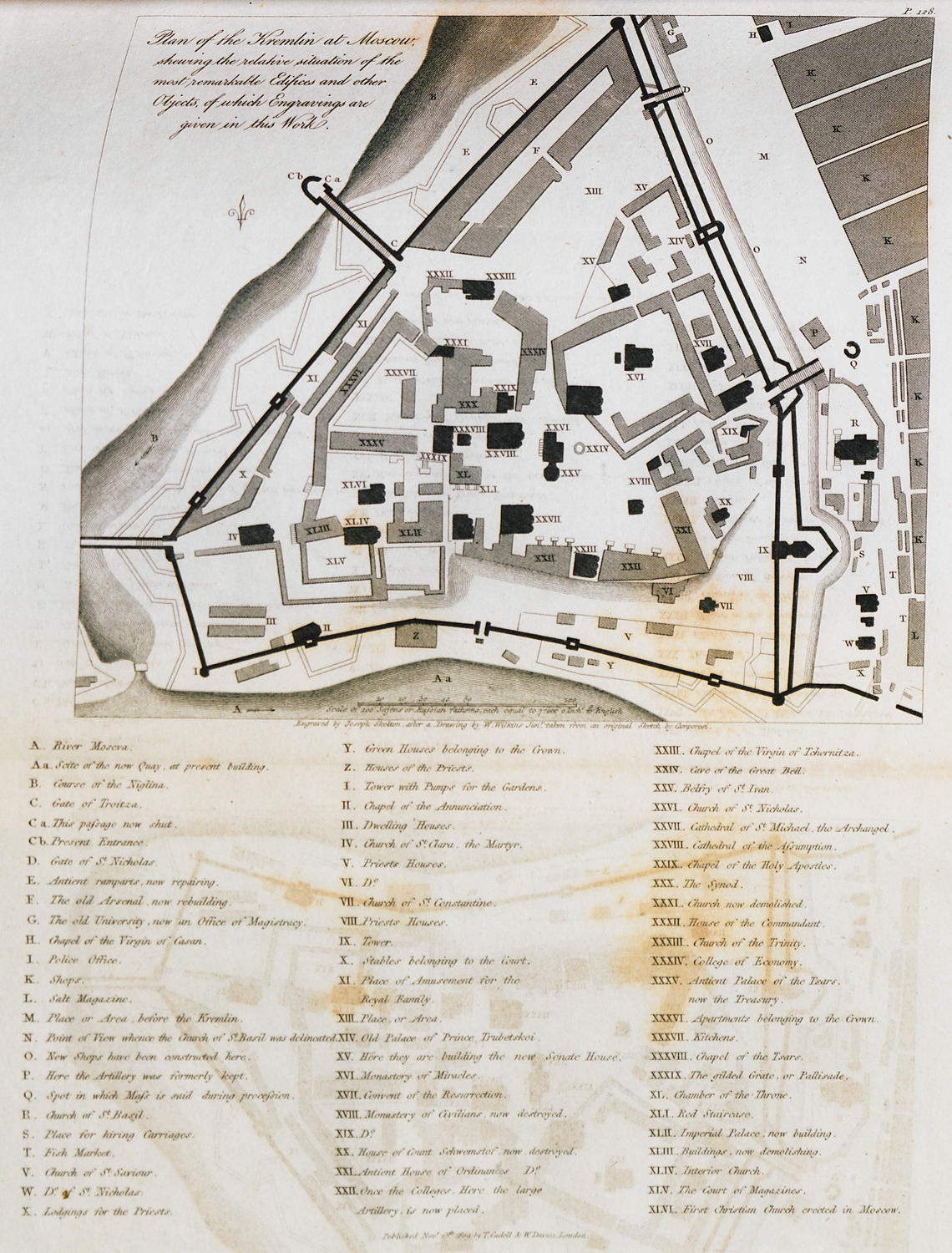
-
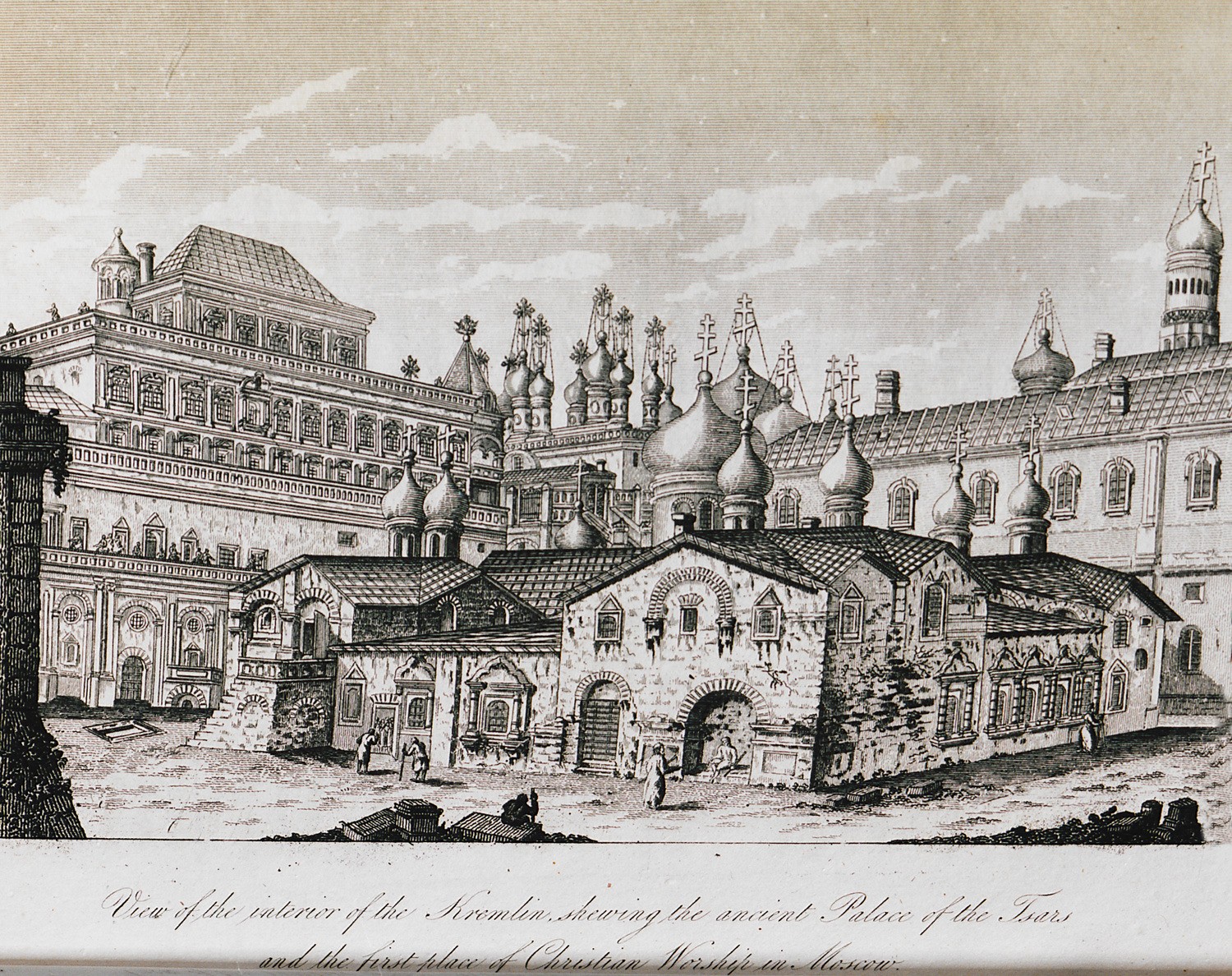
-
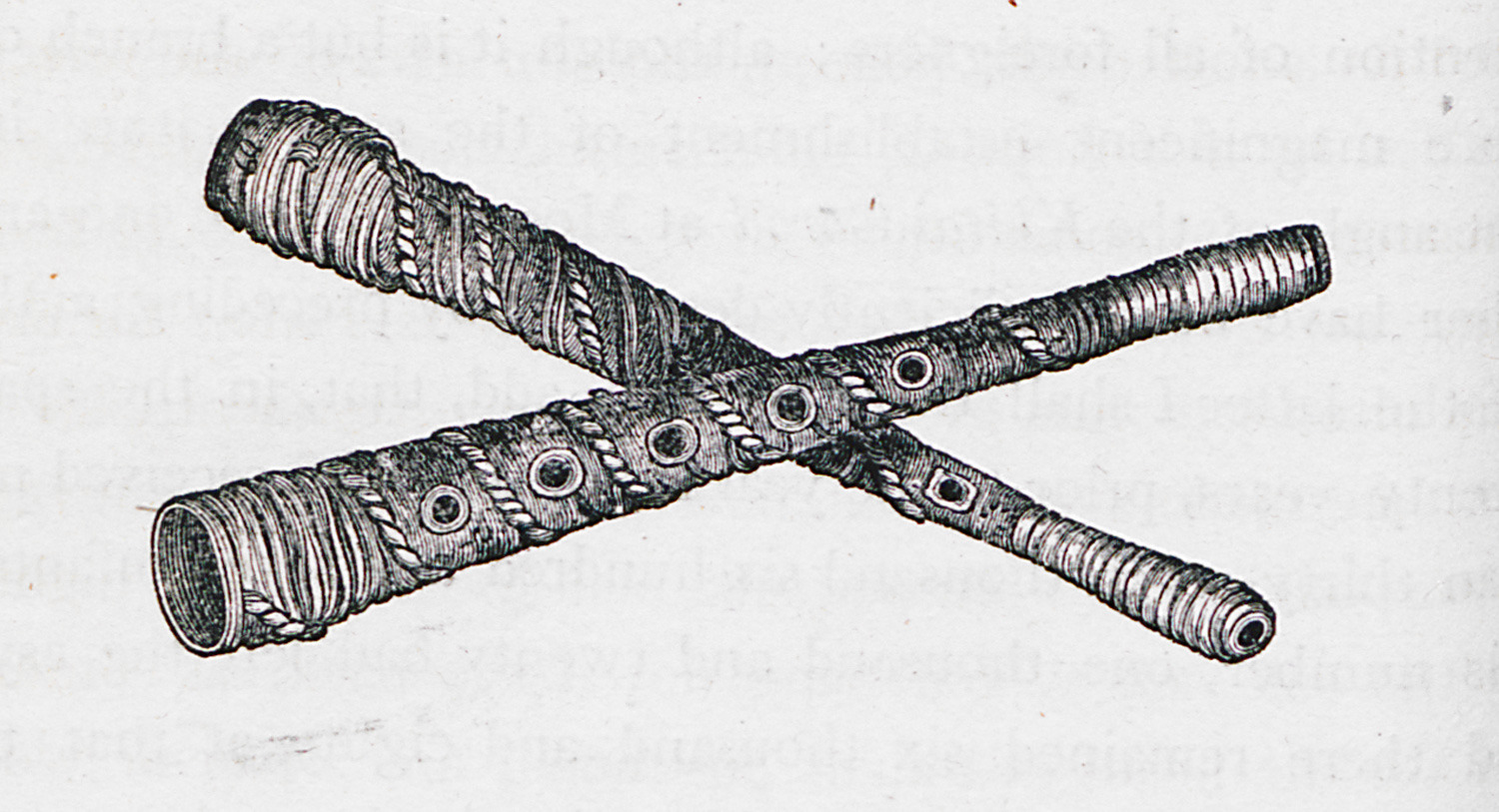
-
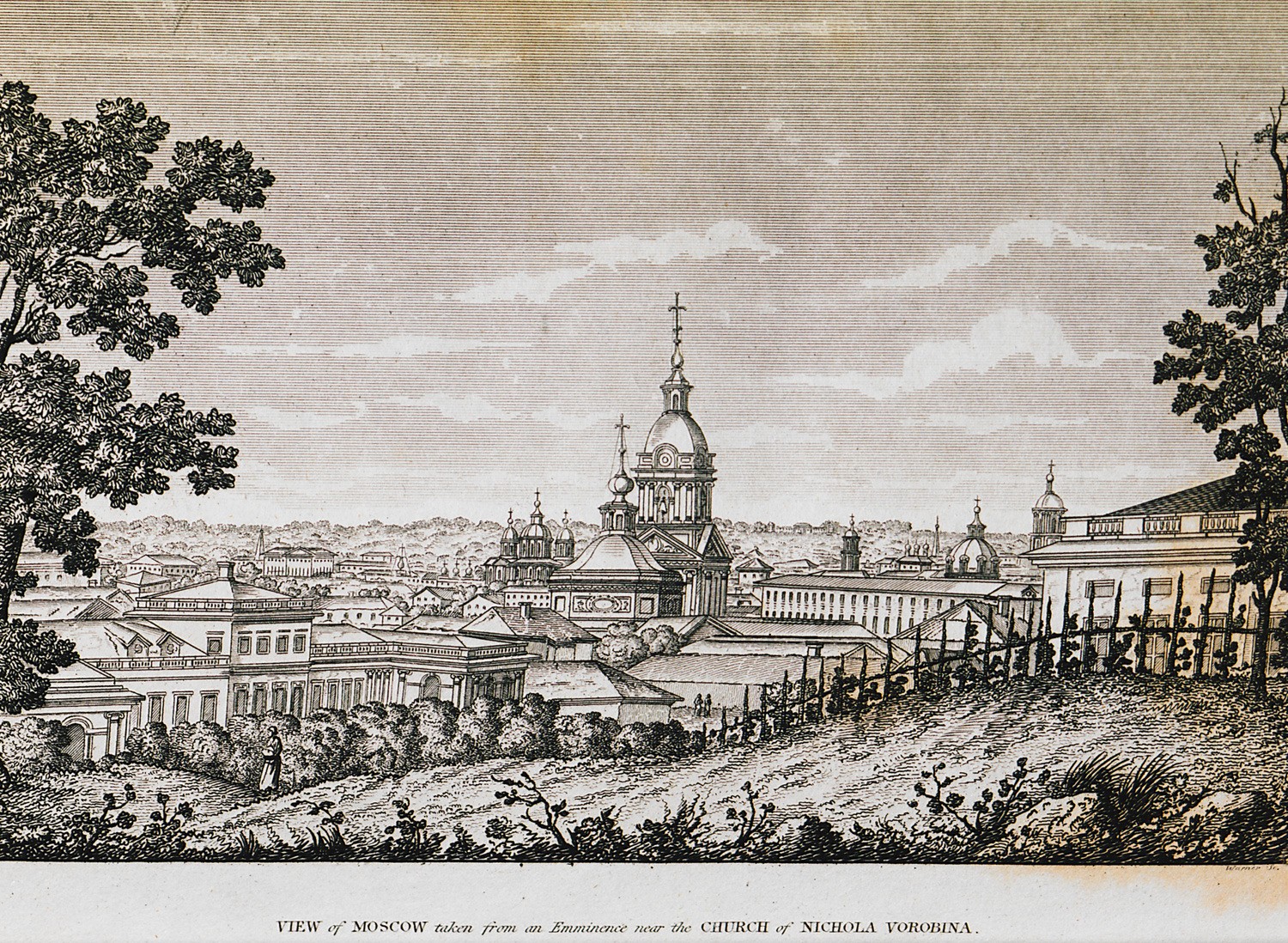
-
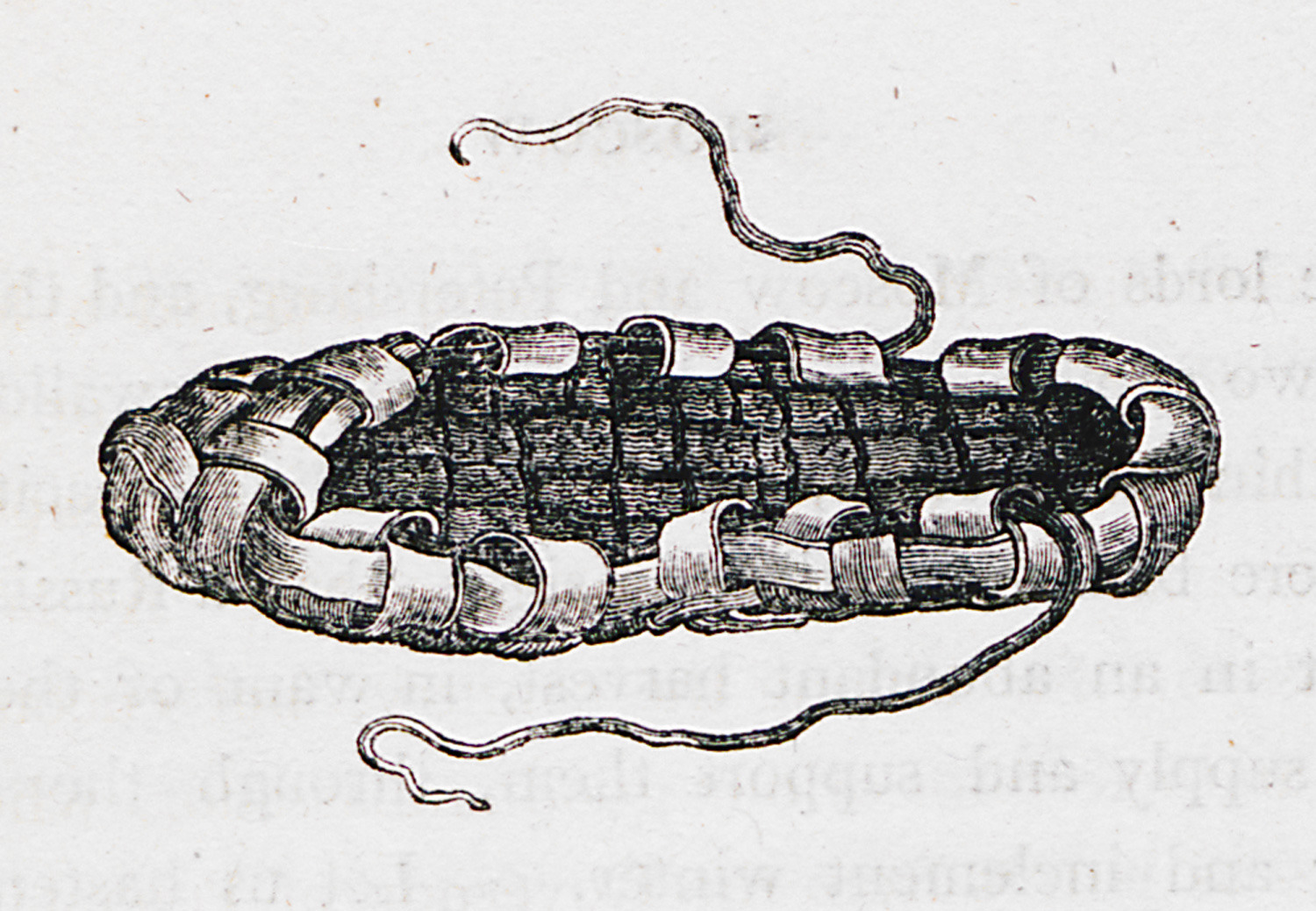
Footwear common to several countries of the North, especially Scandinavia and Russia.
-
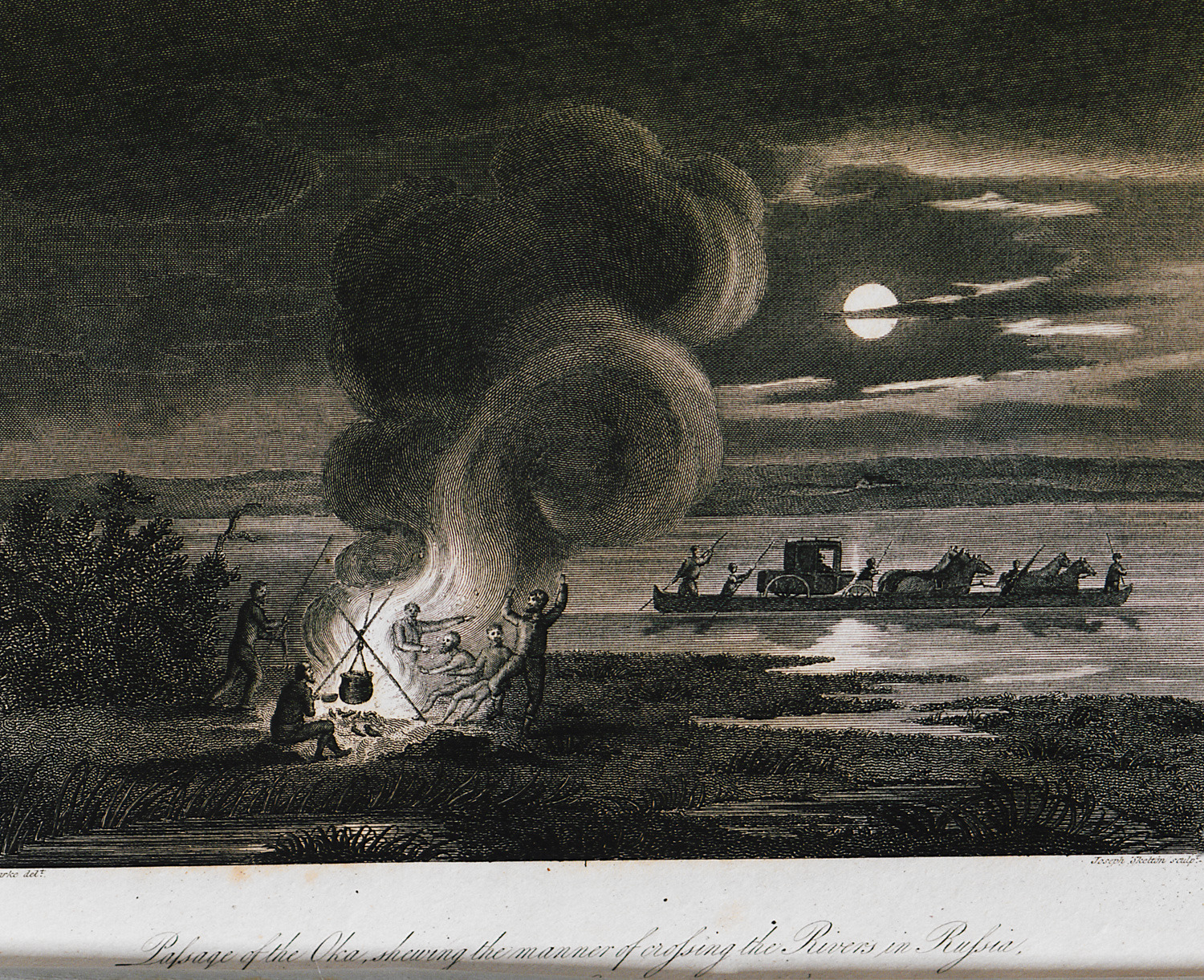
-
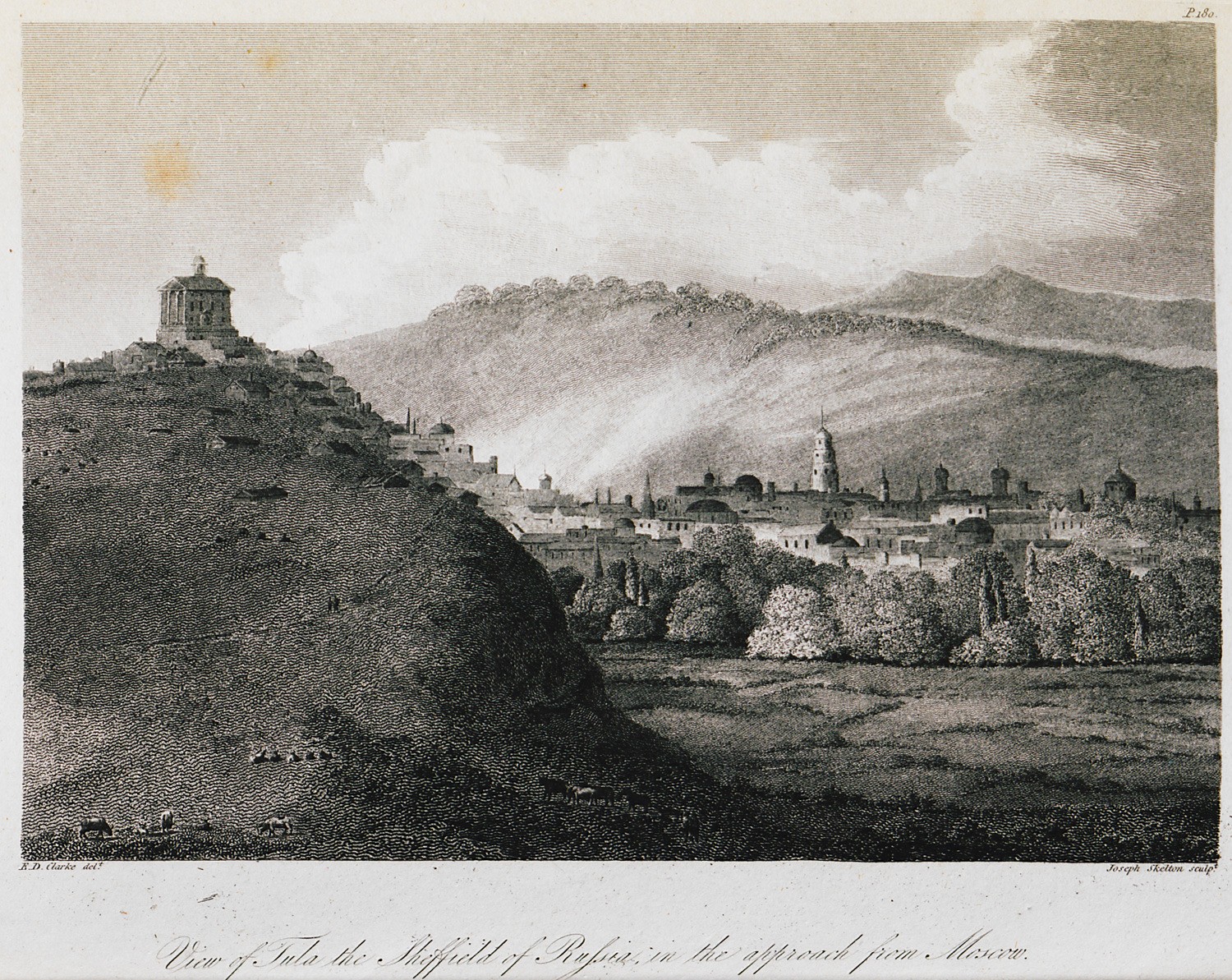
-
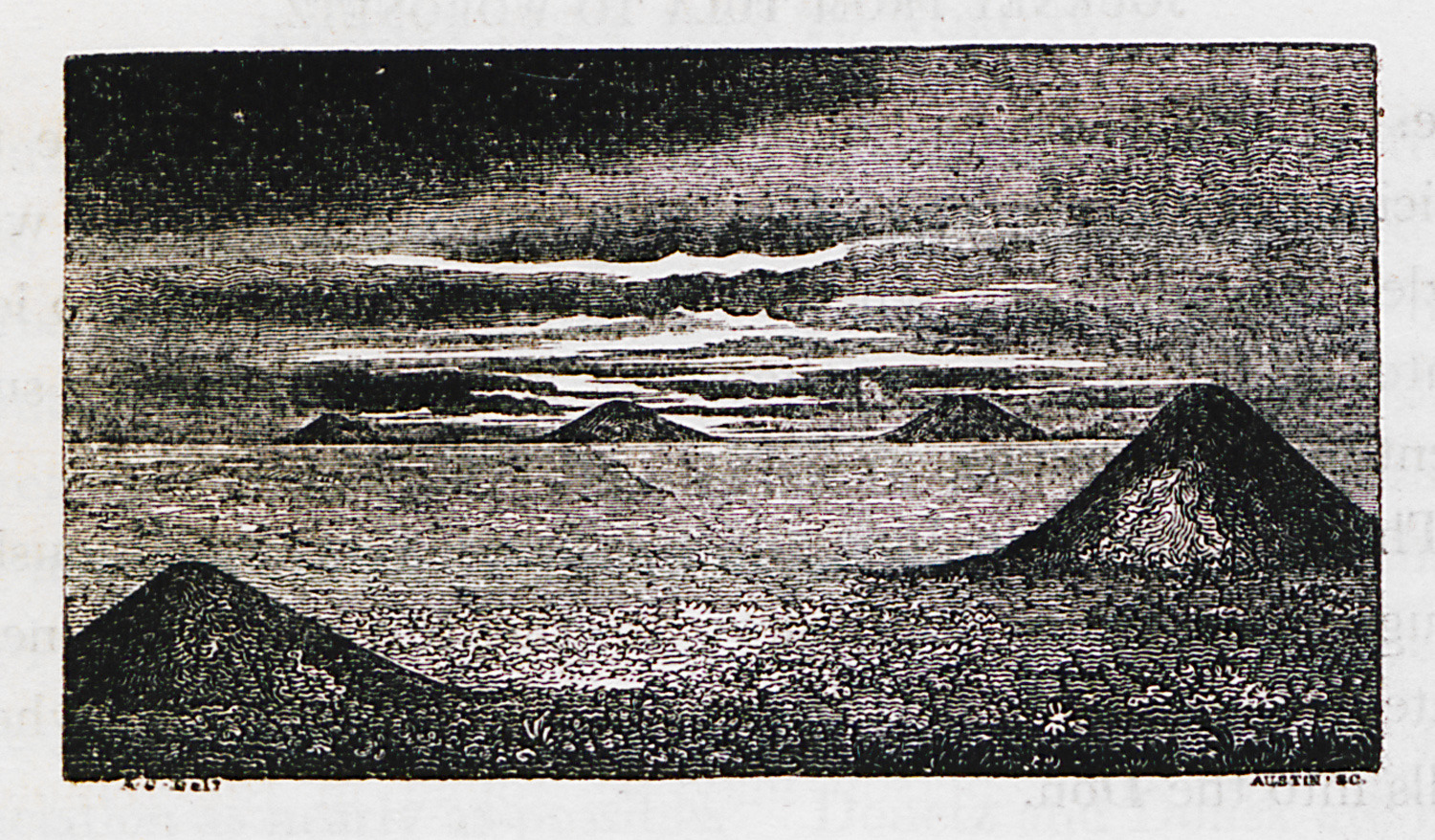
-
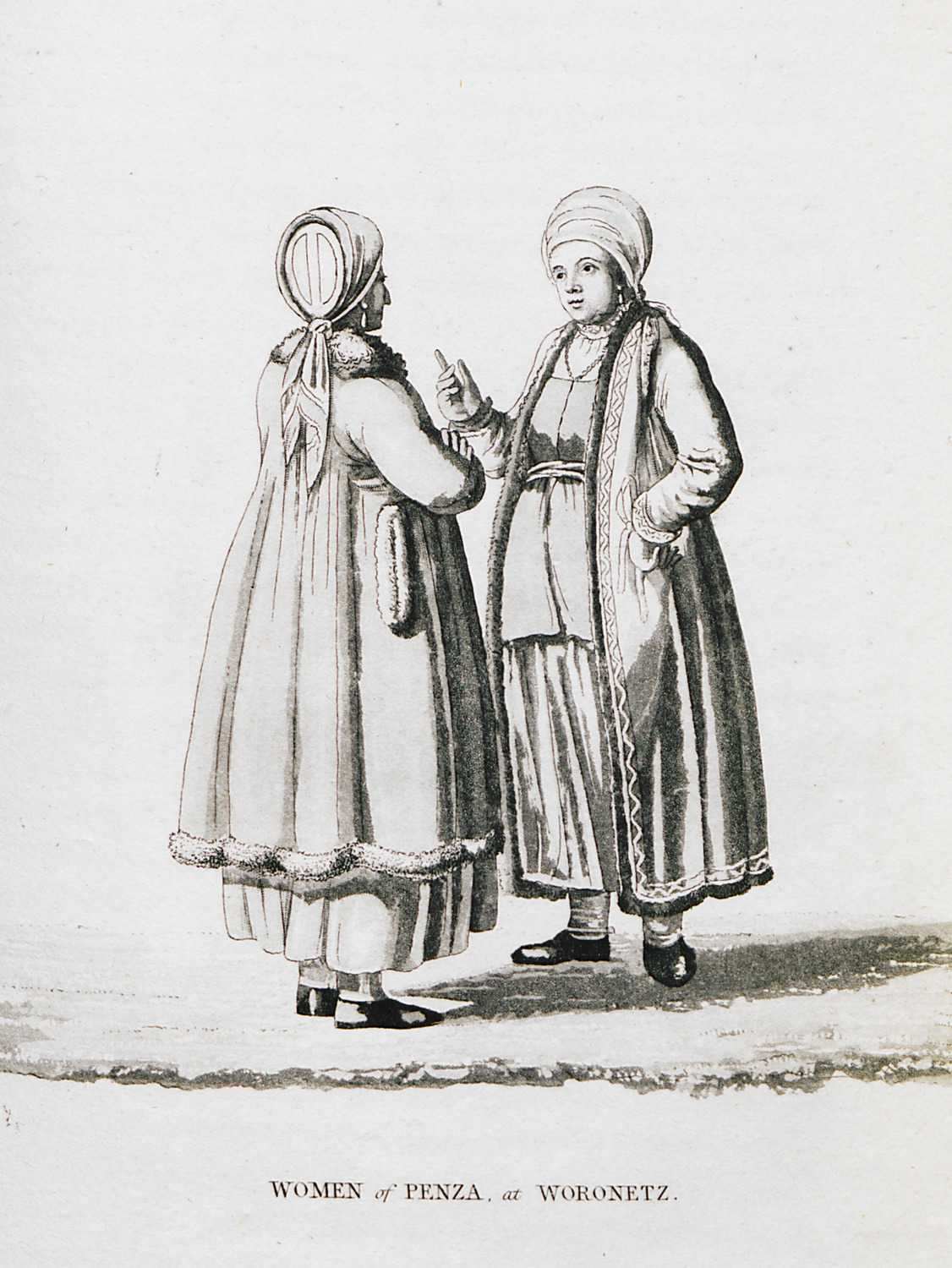
Women from Penza, whom the author encountered in the city of Voronezh, Russia.
-
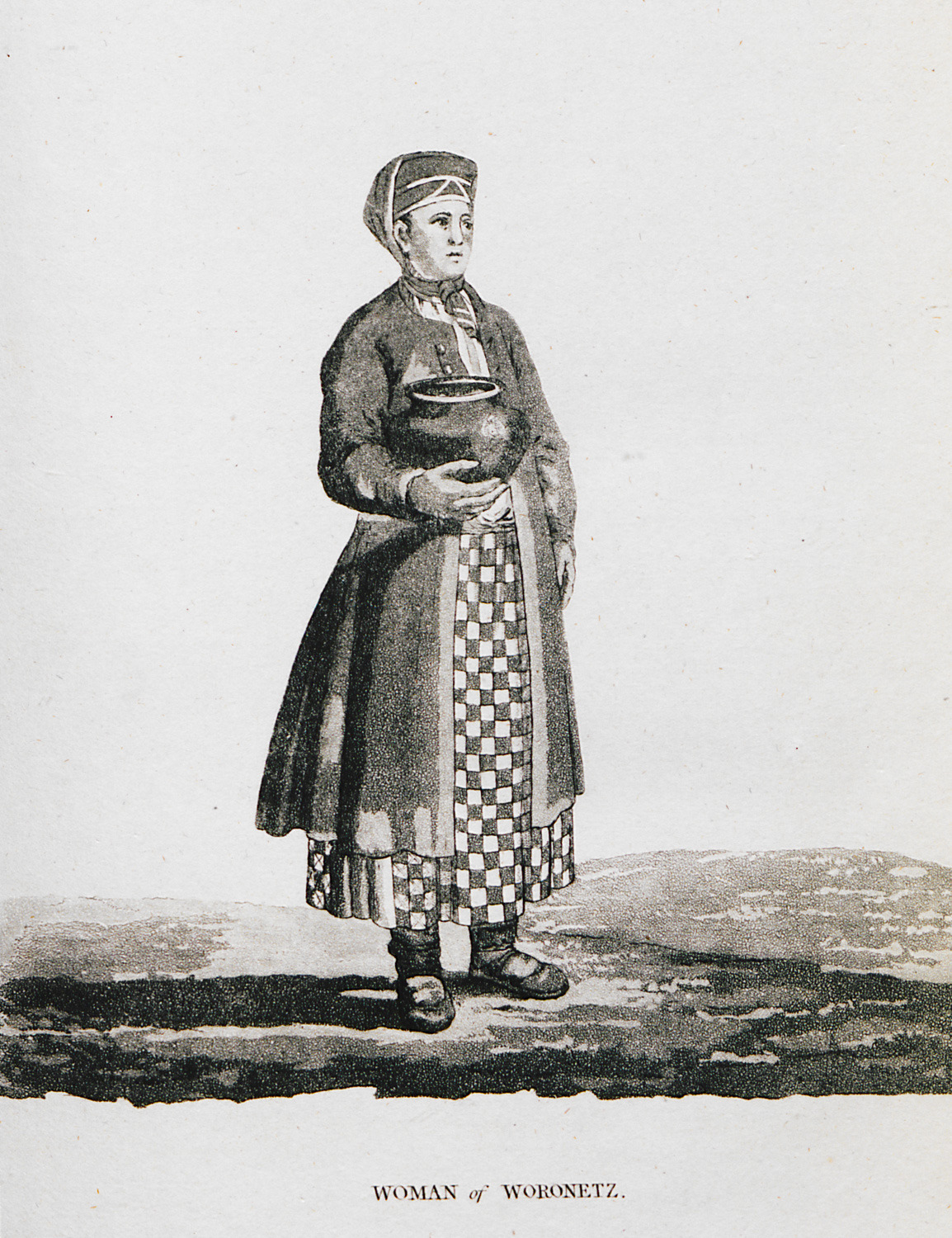
-
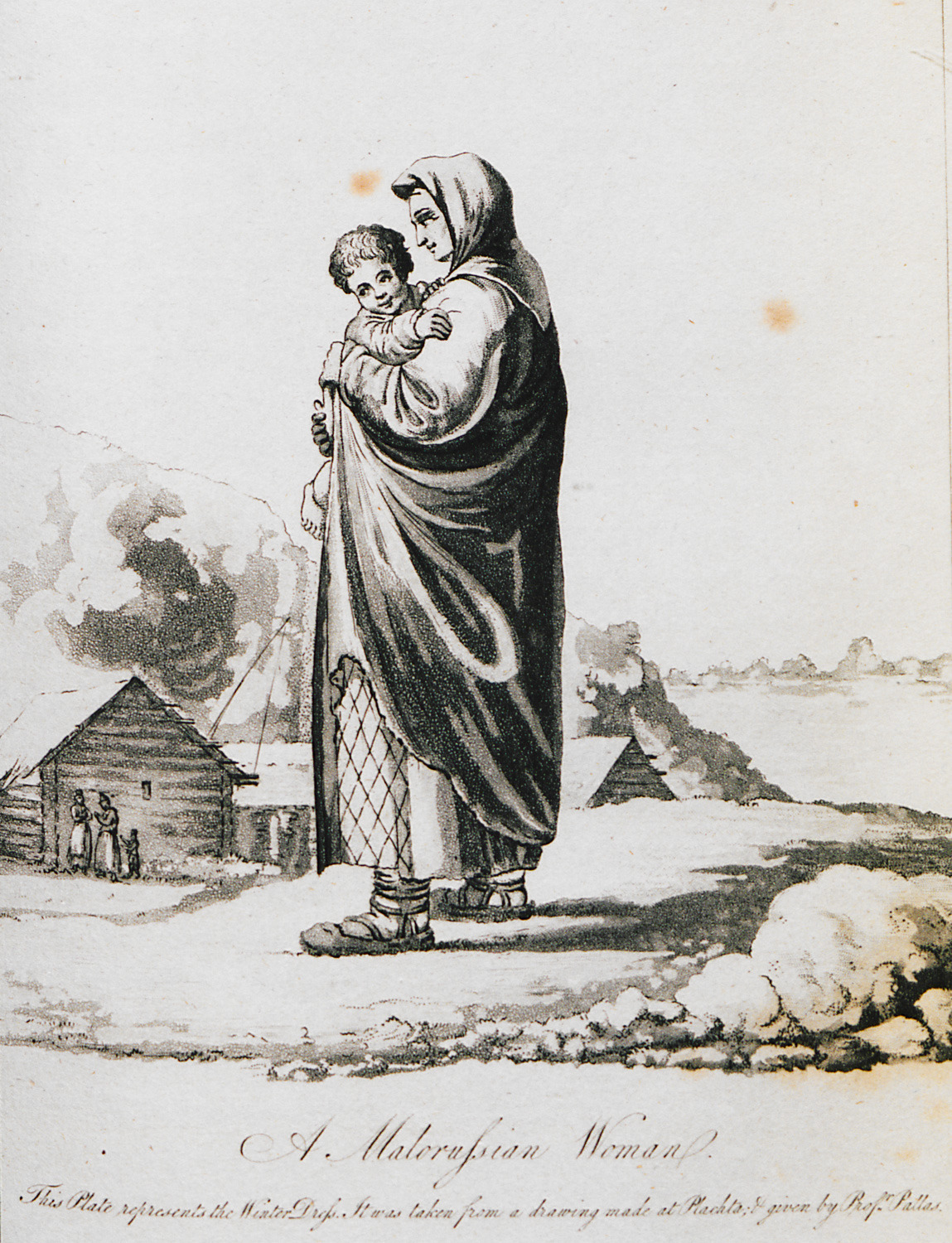
Woman from Little Russia, a historical geographic region, today part of Ukraine.
-
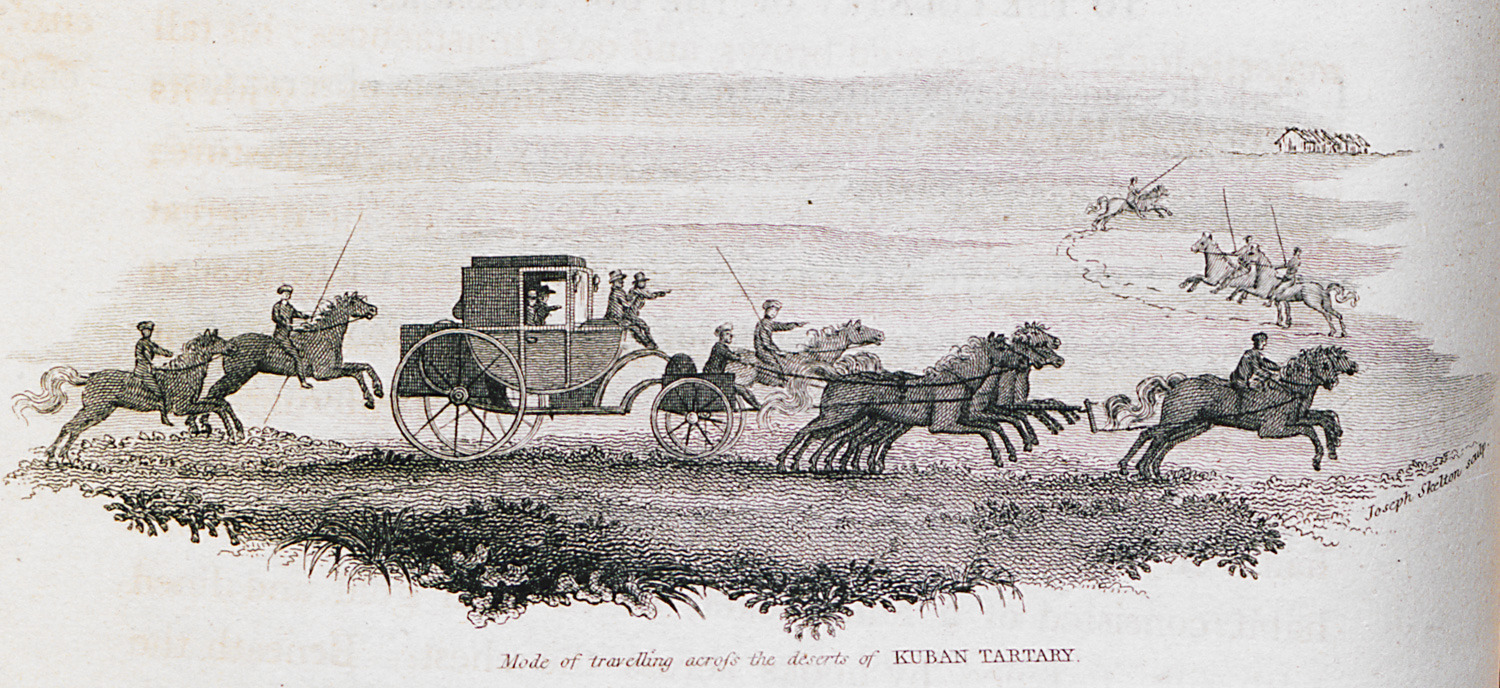
-
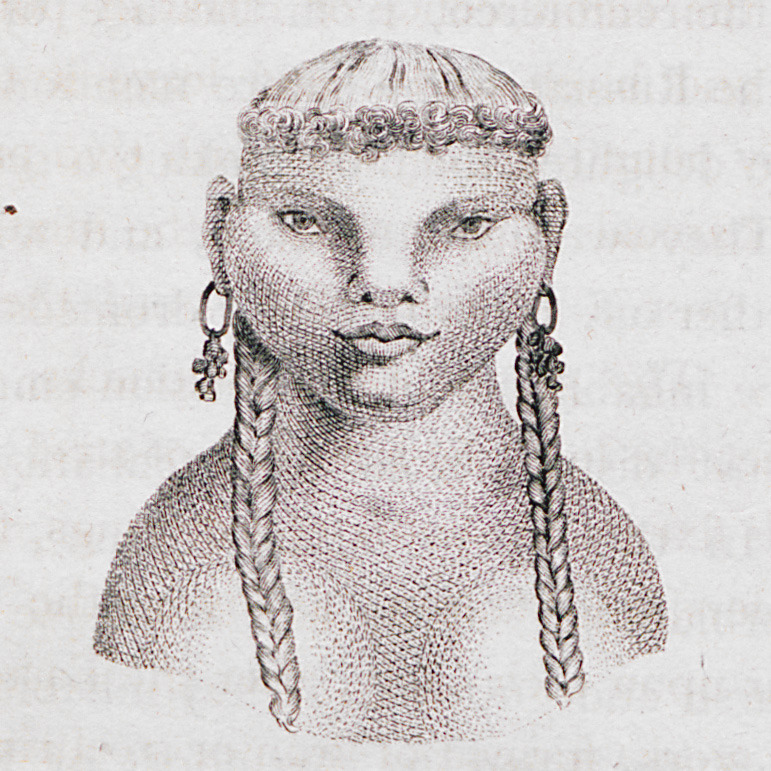
-
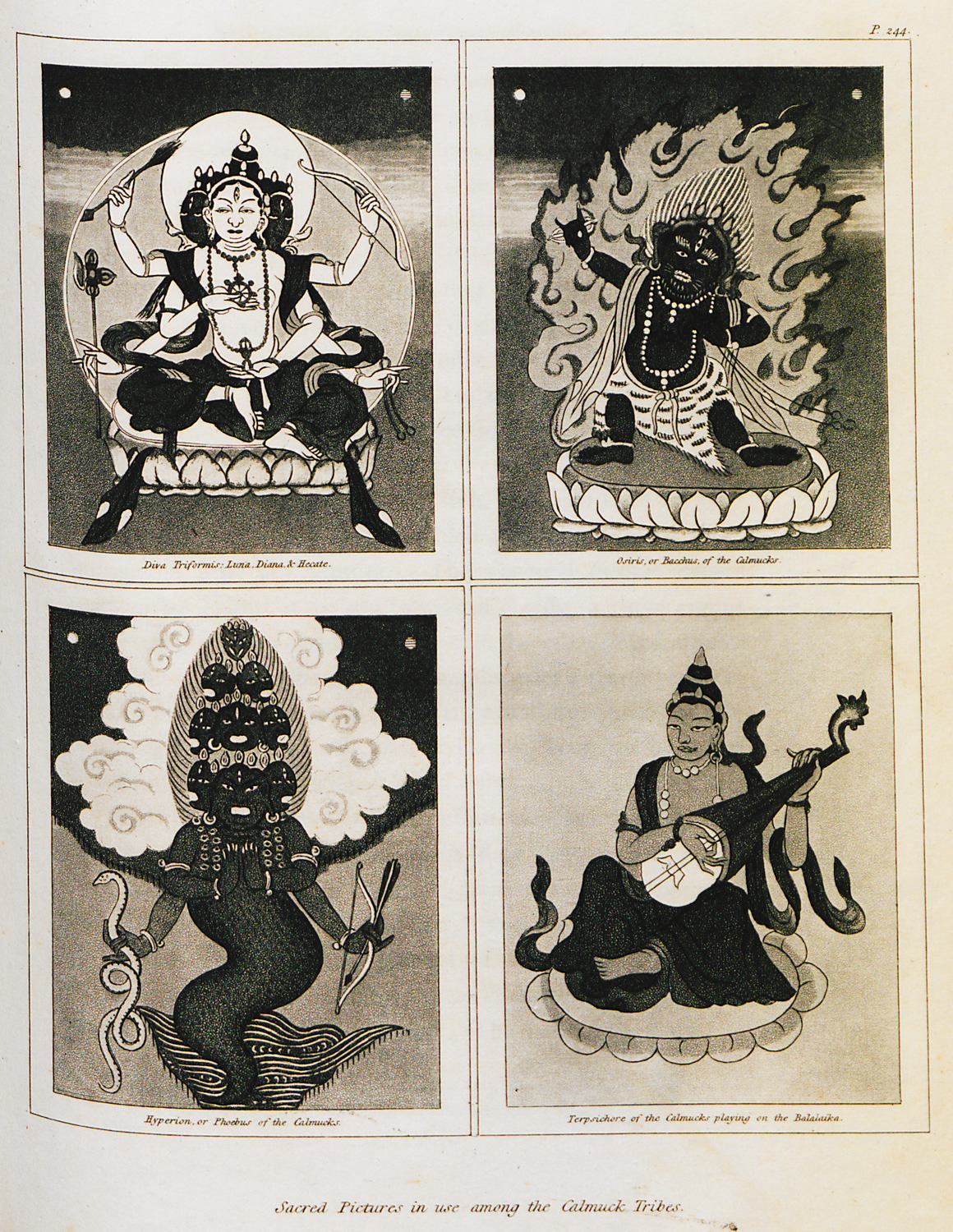
Icons of Indian deities worshiped by the Kalmyk nomads of the Caucasus.
-
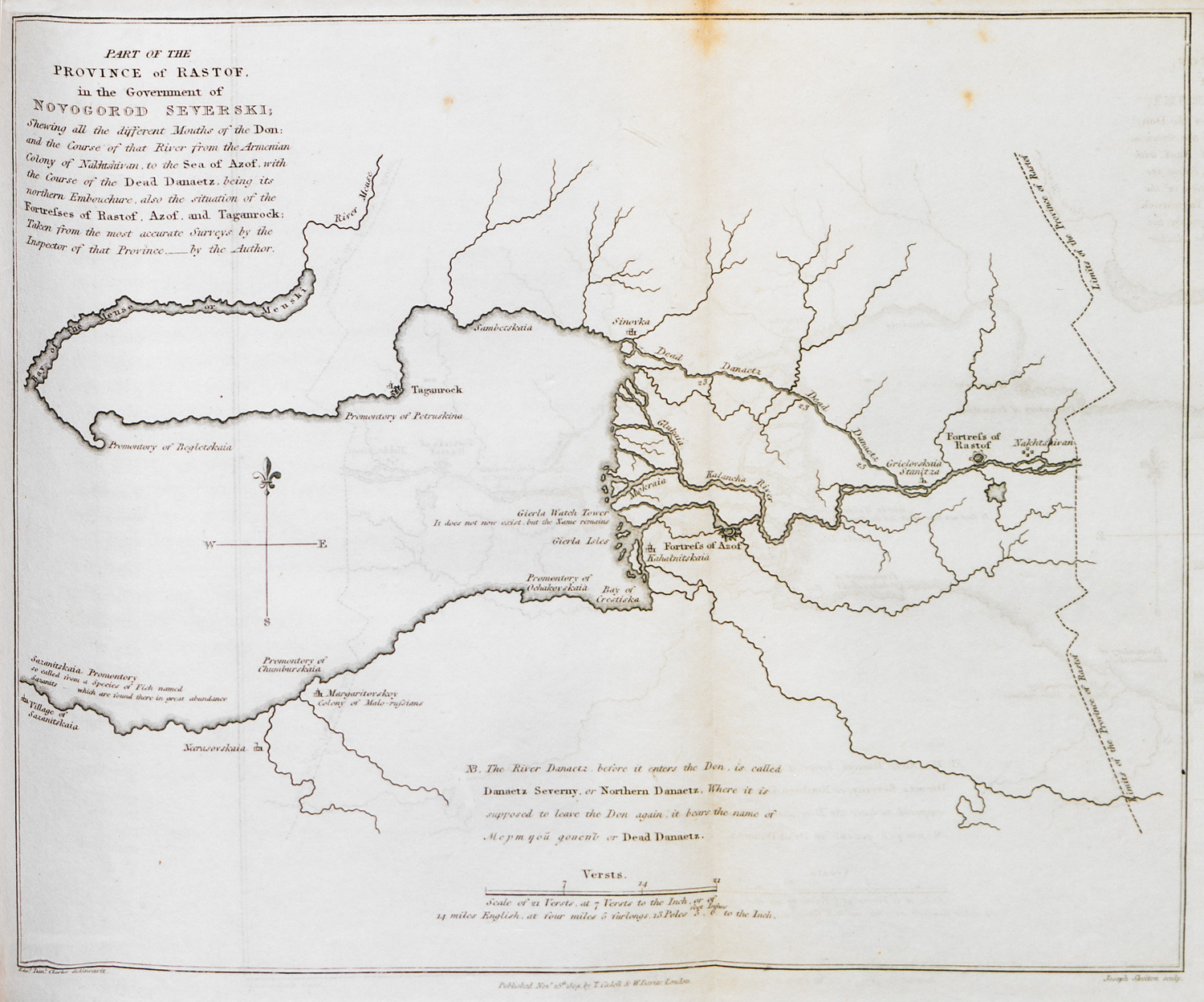
-
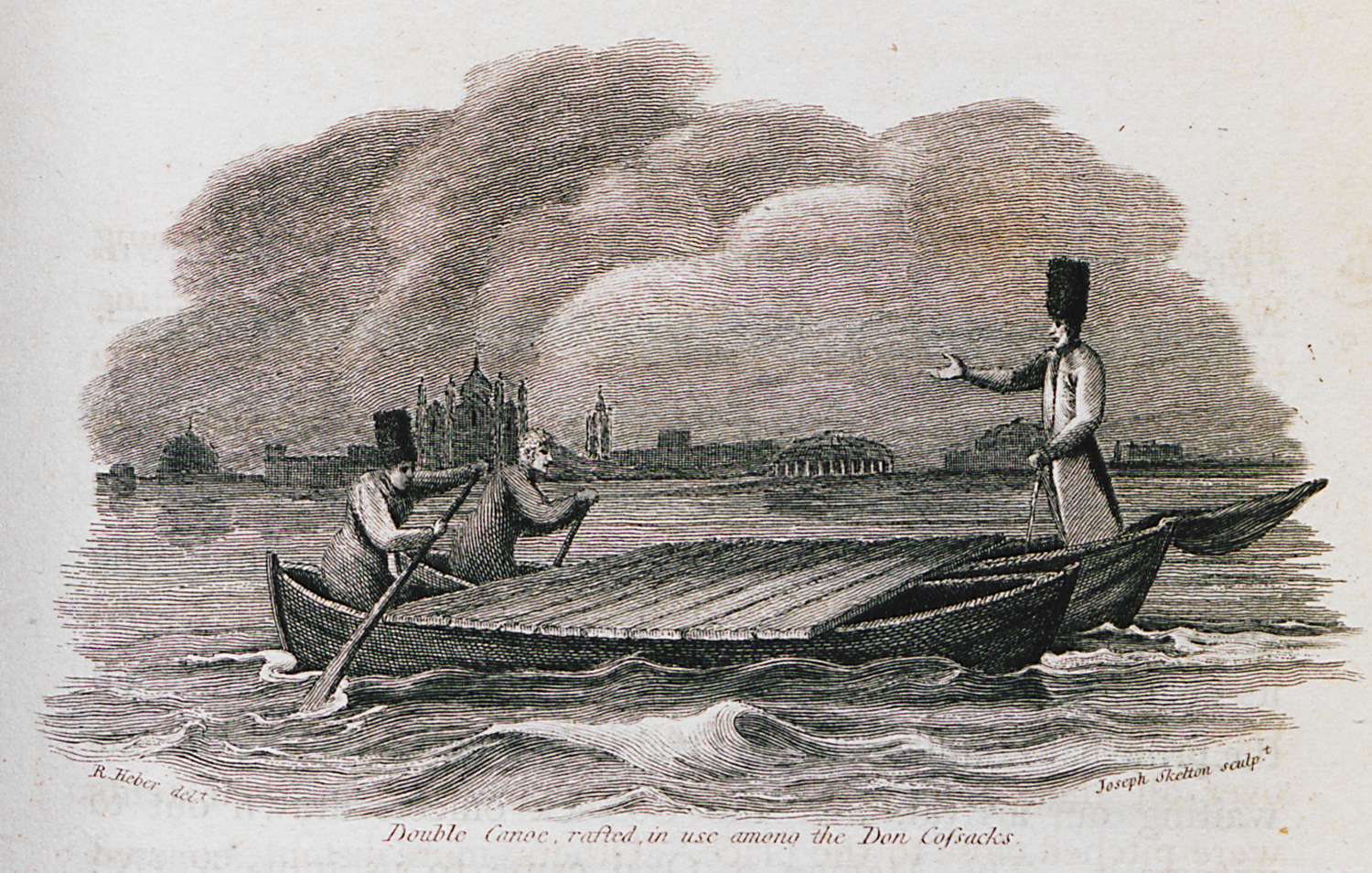
-
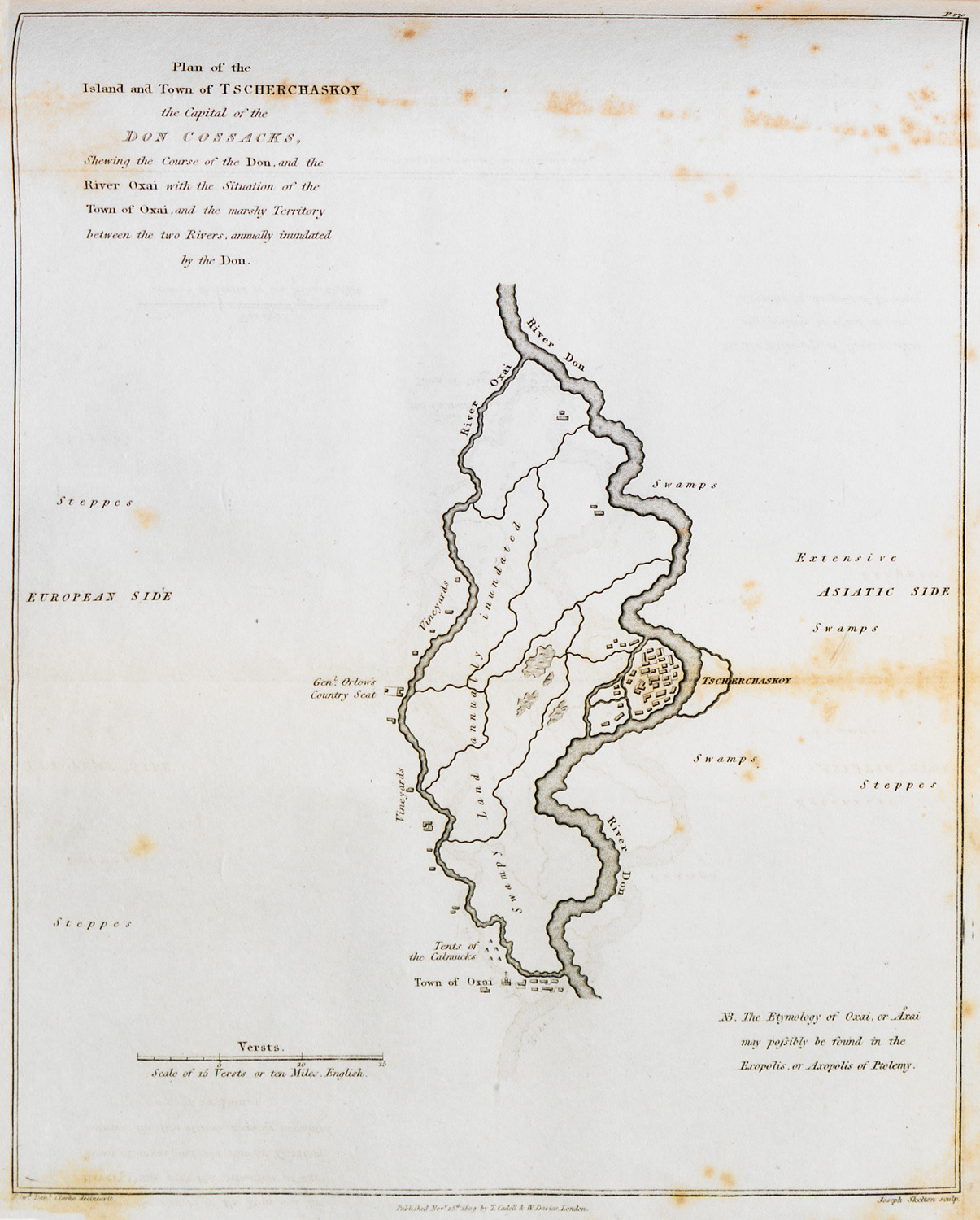
-
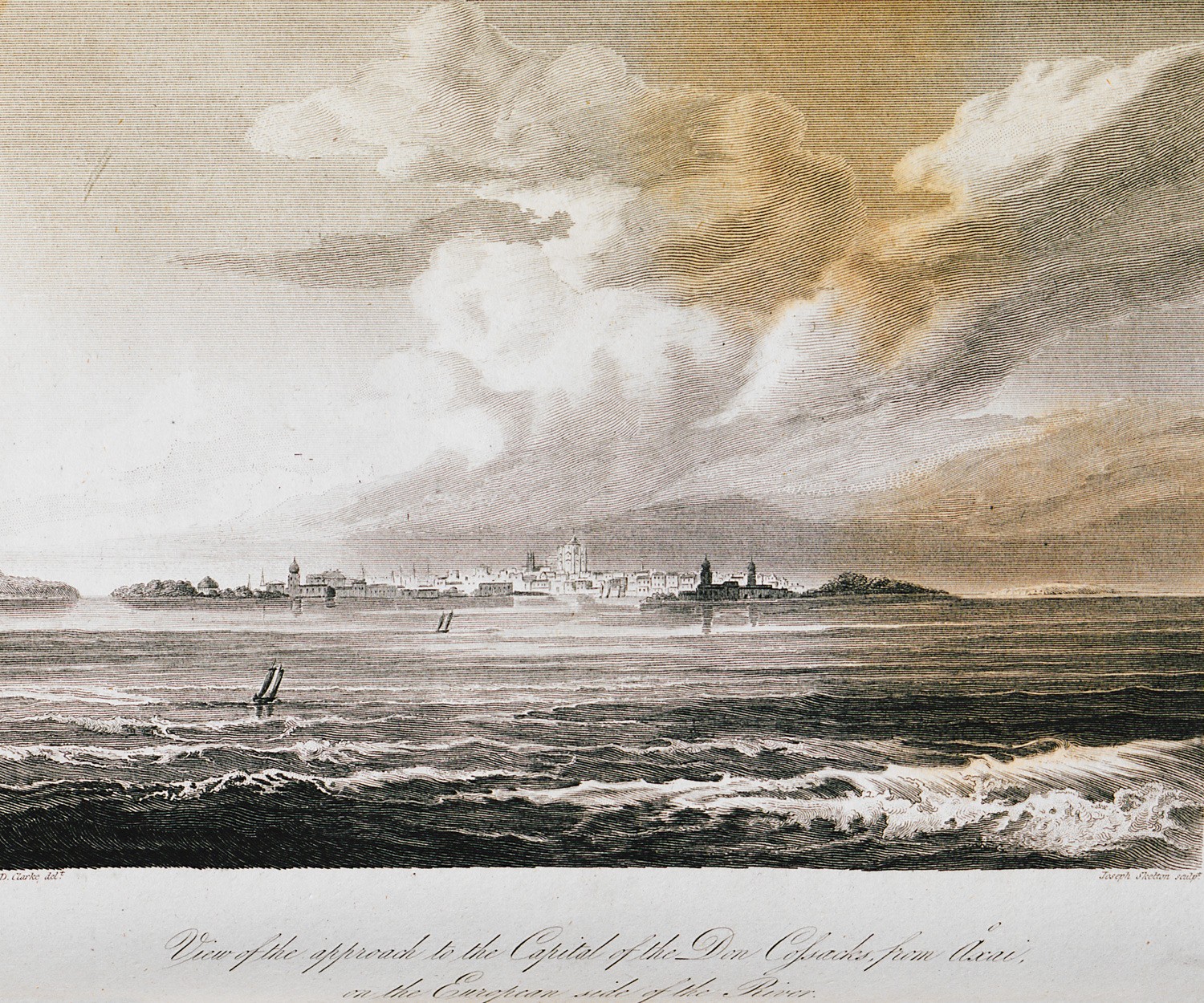
View of Novocherkassk, capital of the Cossacks of Don river.
-
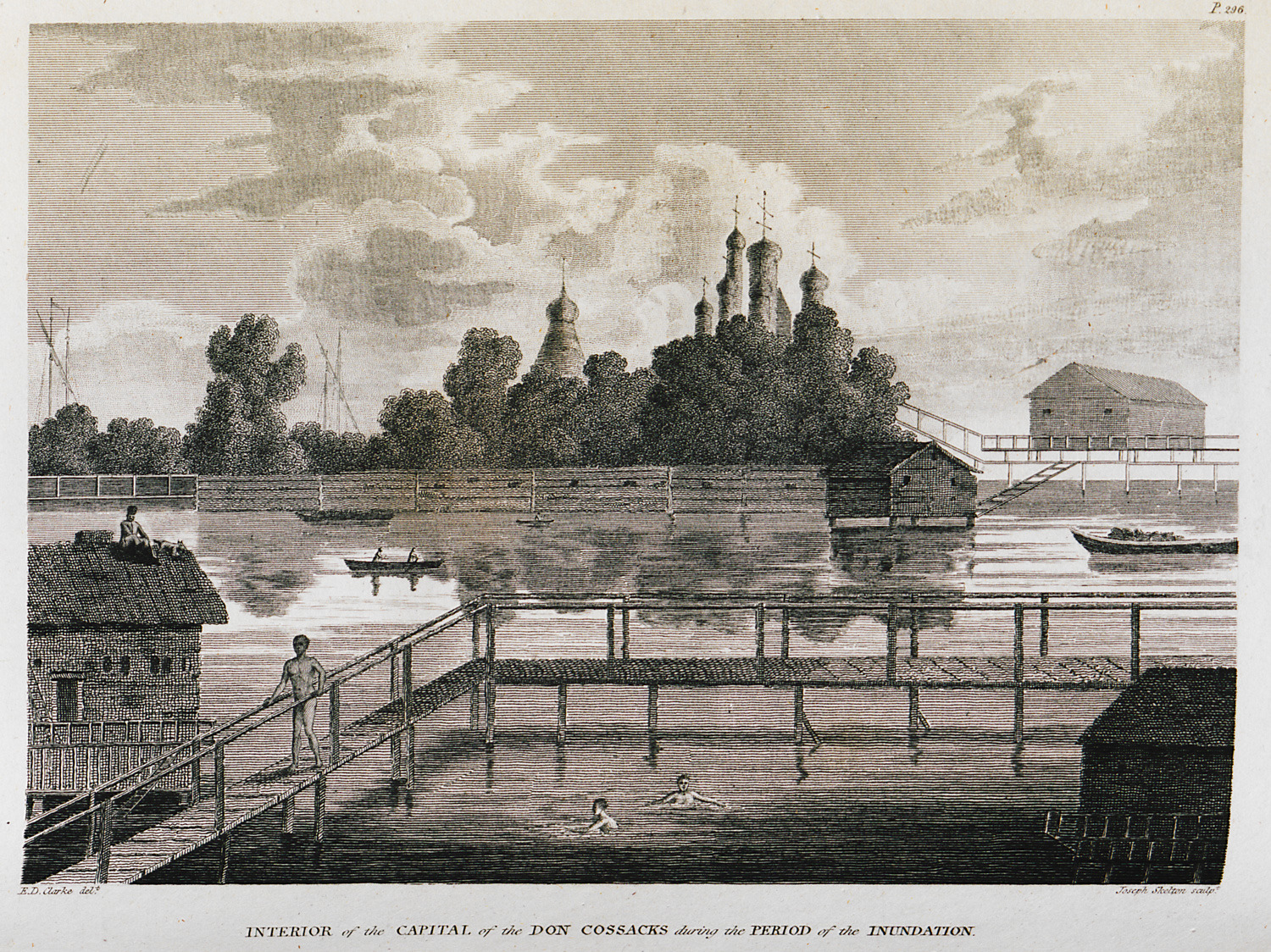
Cossacks of Novocherkassk enjoying their bath in the Don during the flood season.
-
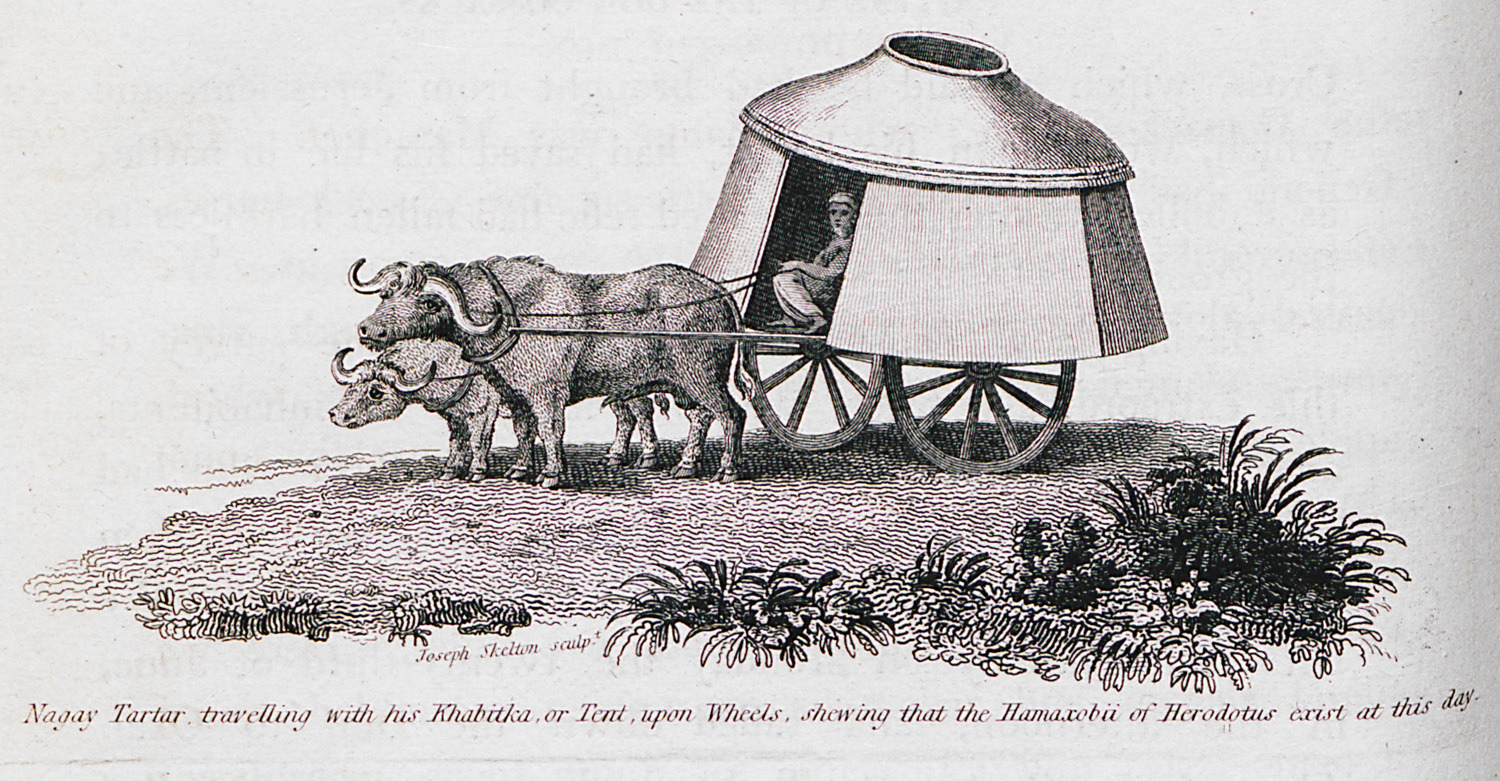
Tatar of Astrakhan area (Nagoy tribe) travels in traditional vehicle.
-
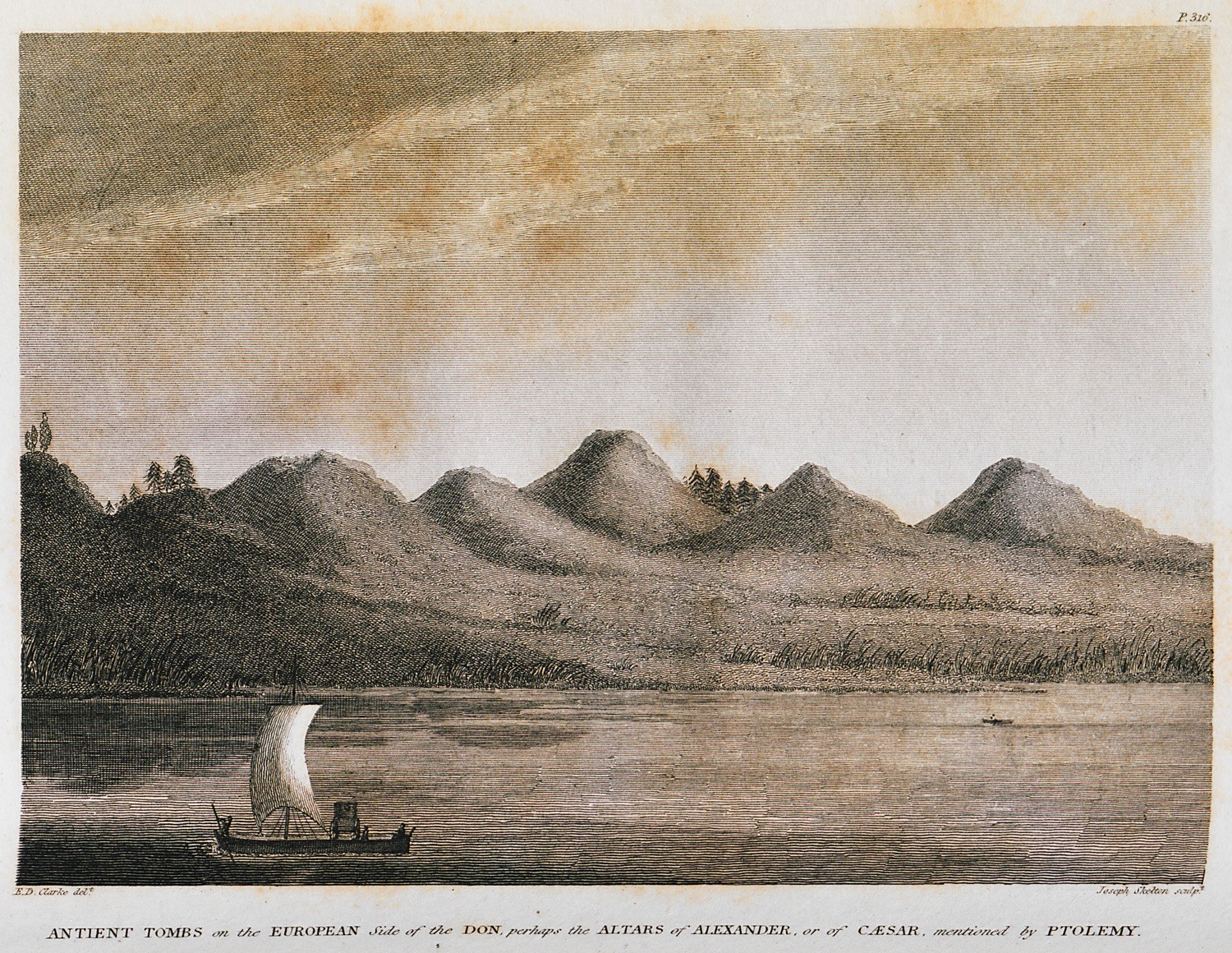
-
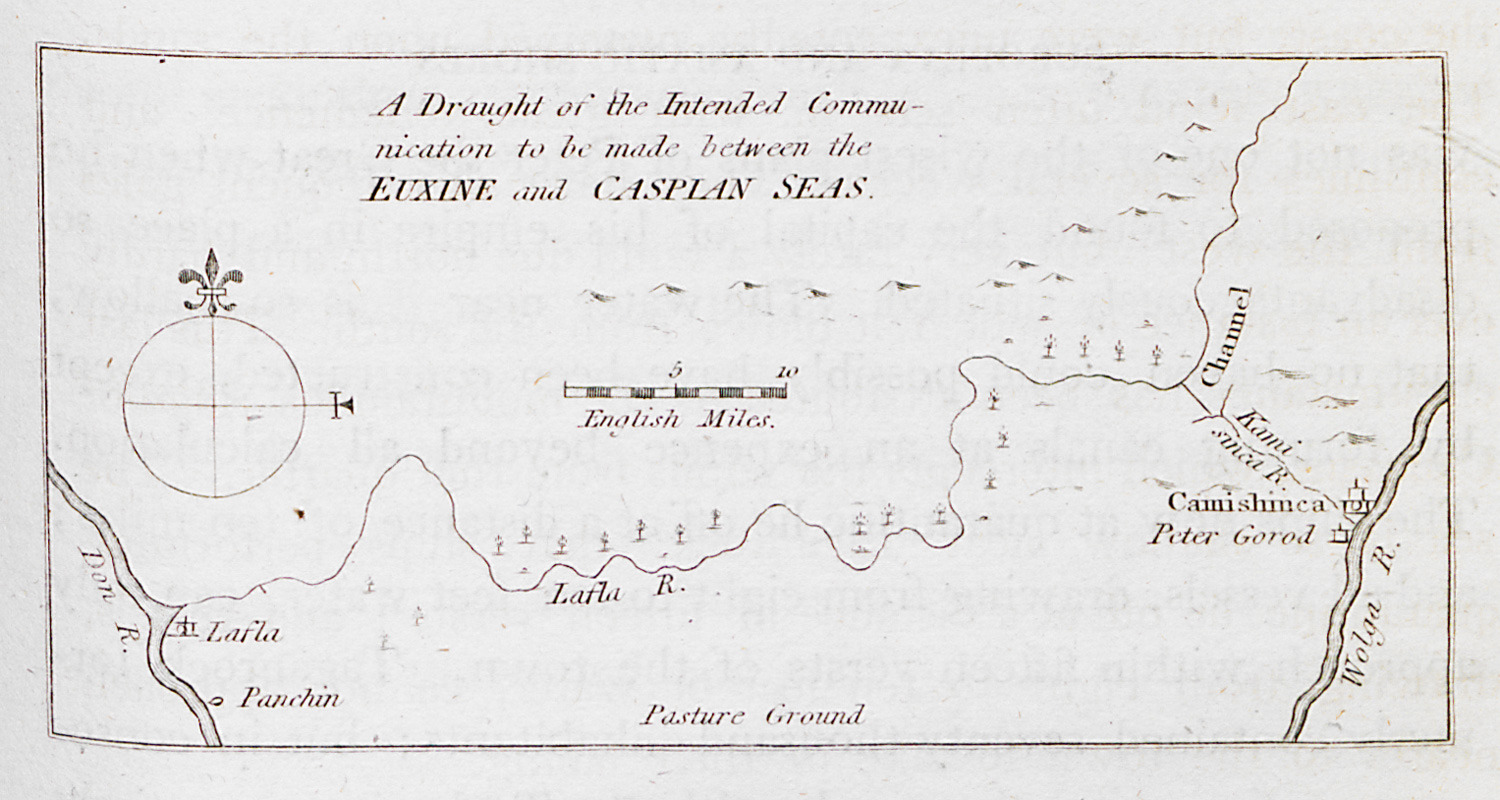
-
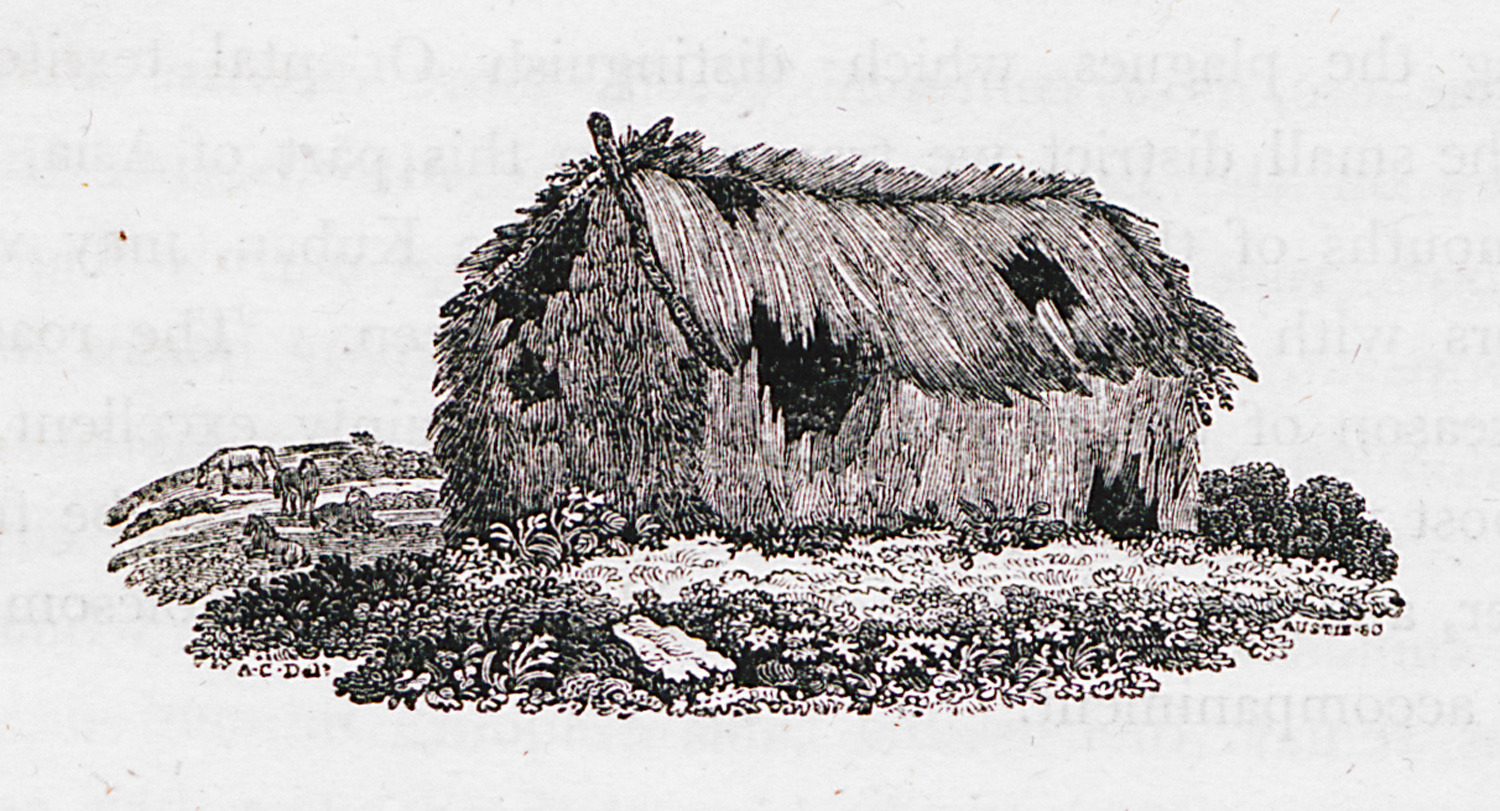
Post office at southern Kuban, area inhabited by Tatar tribes, Russia.
-
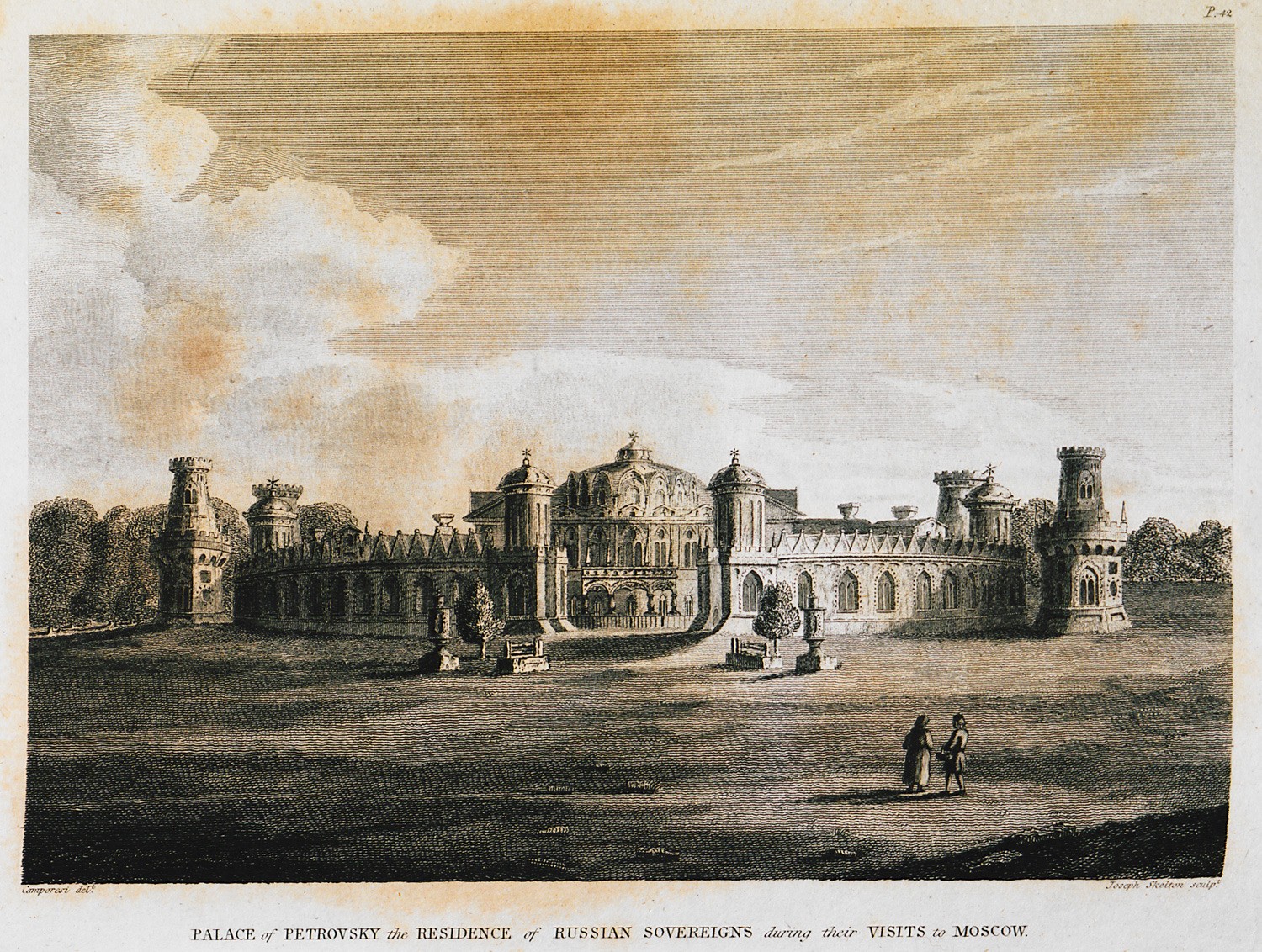
-
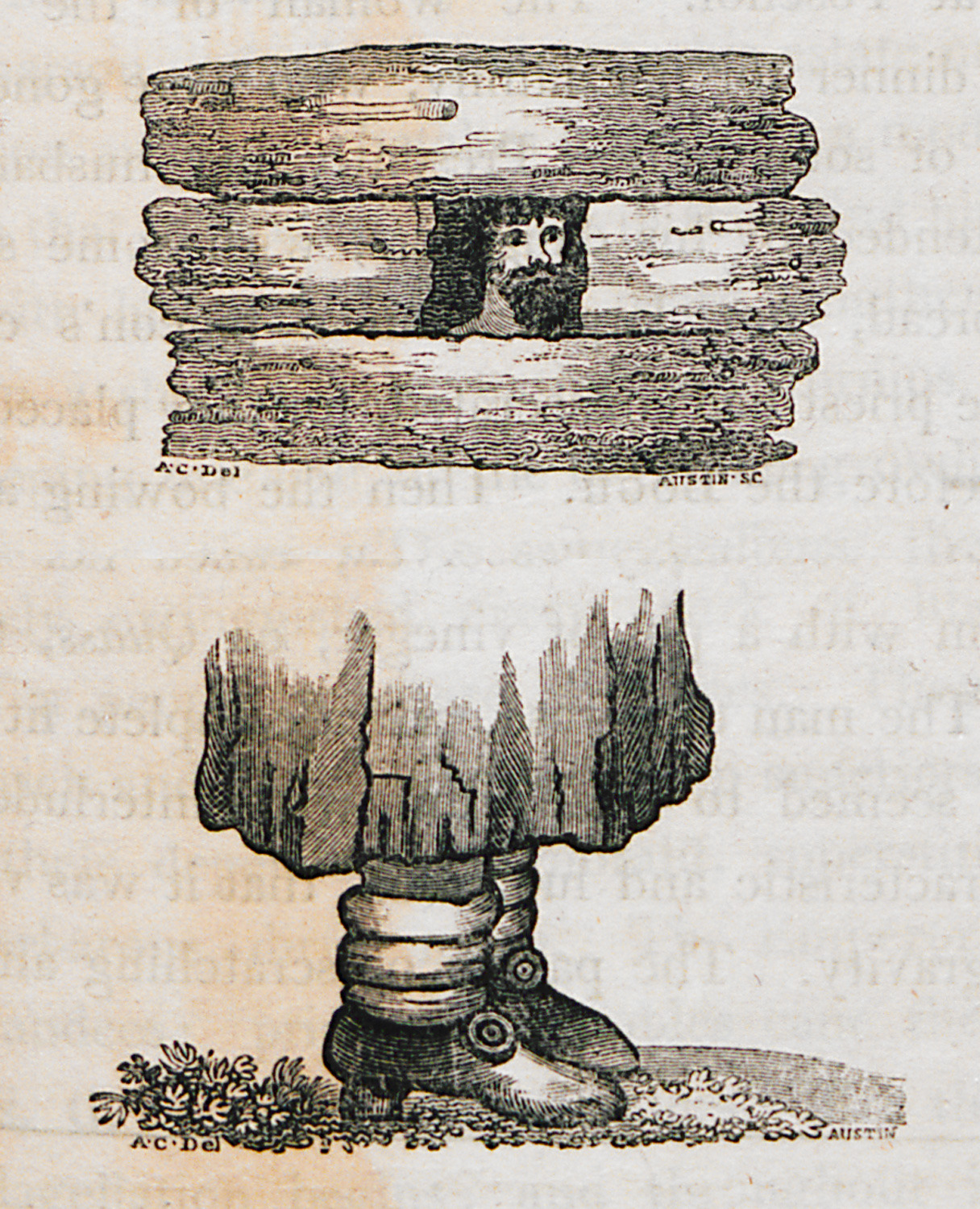
Window of typical Russian rural house. Warm stockings worn by the women of Valday province, Russia.
-
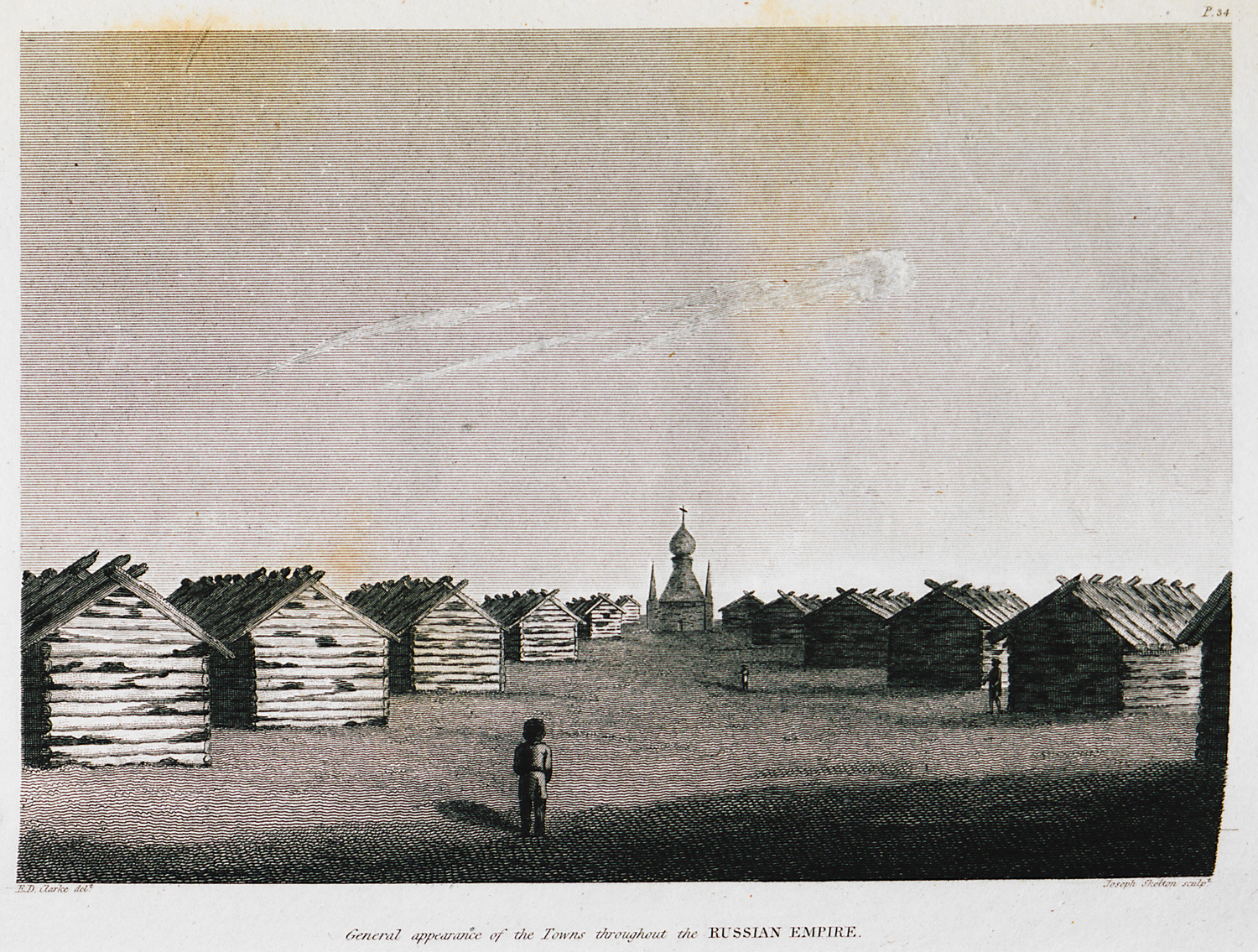
-
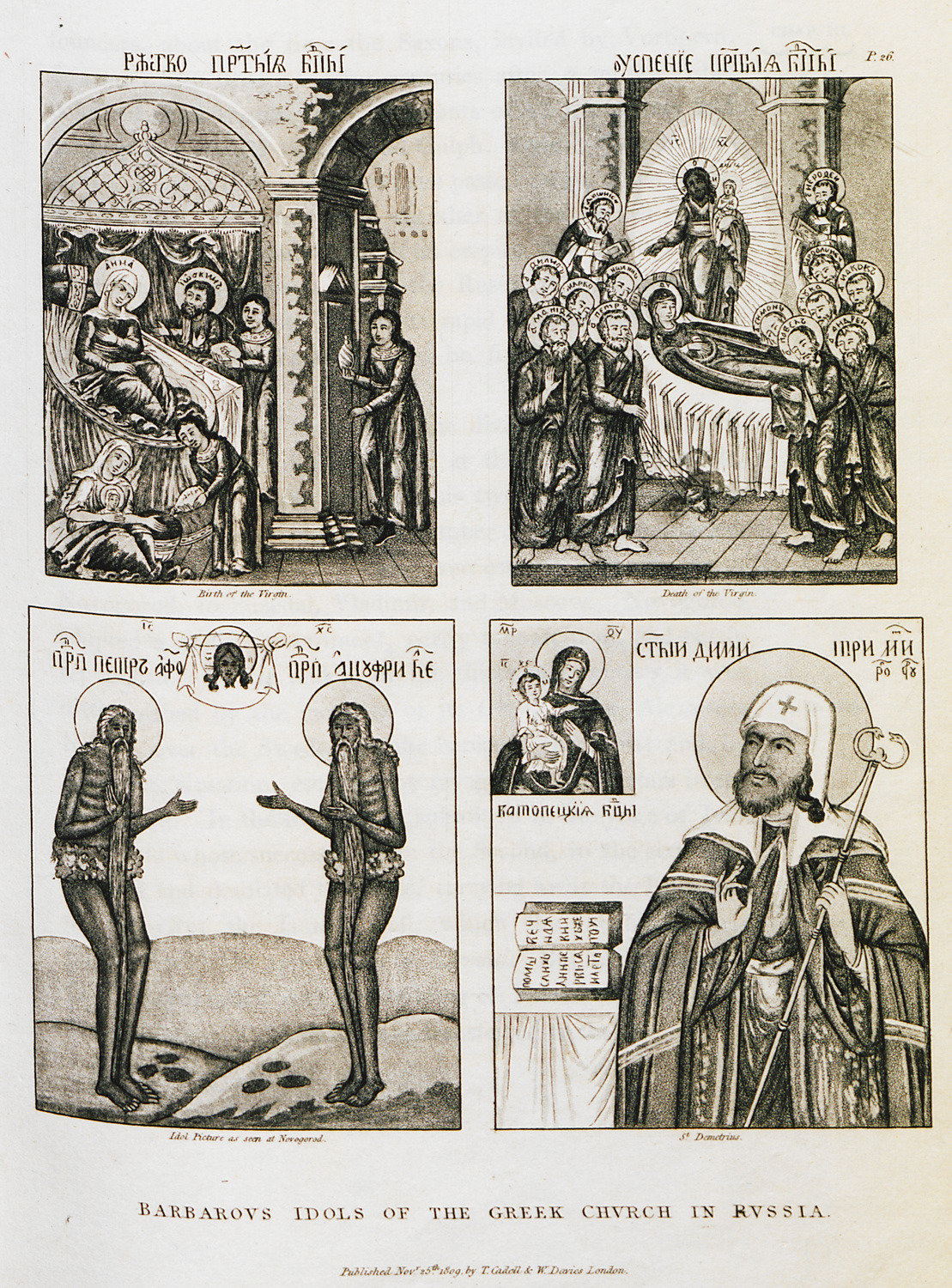
-
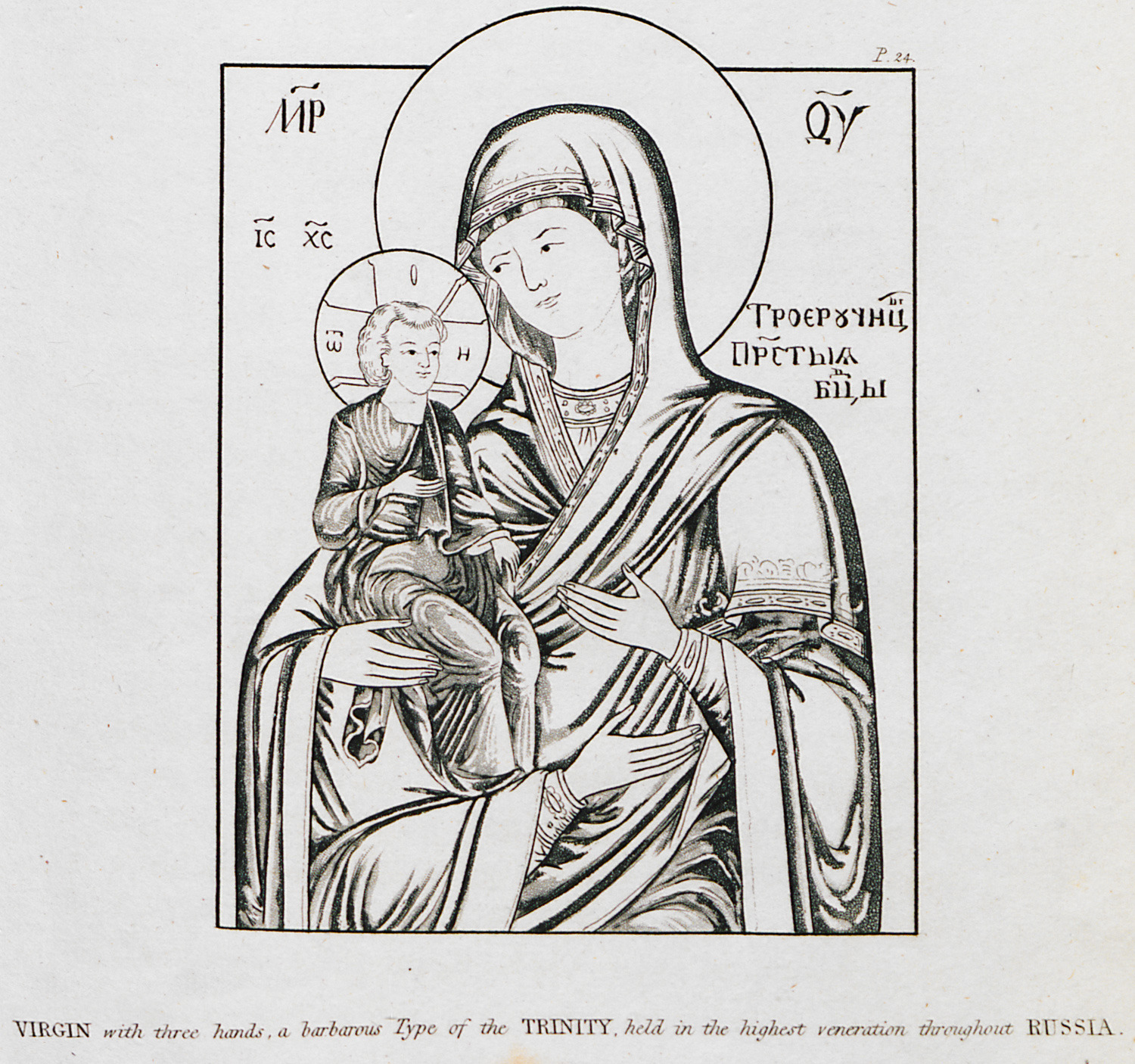
-
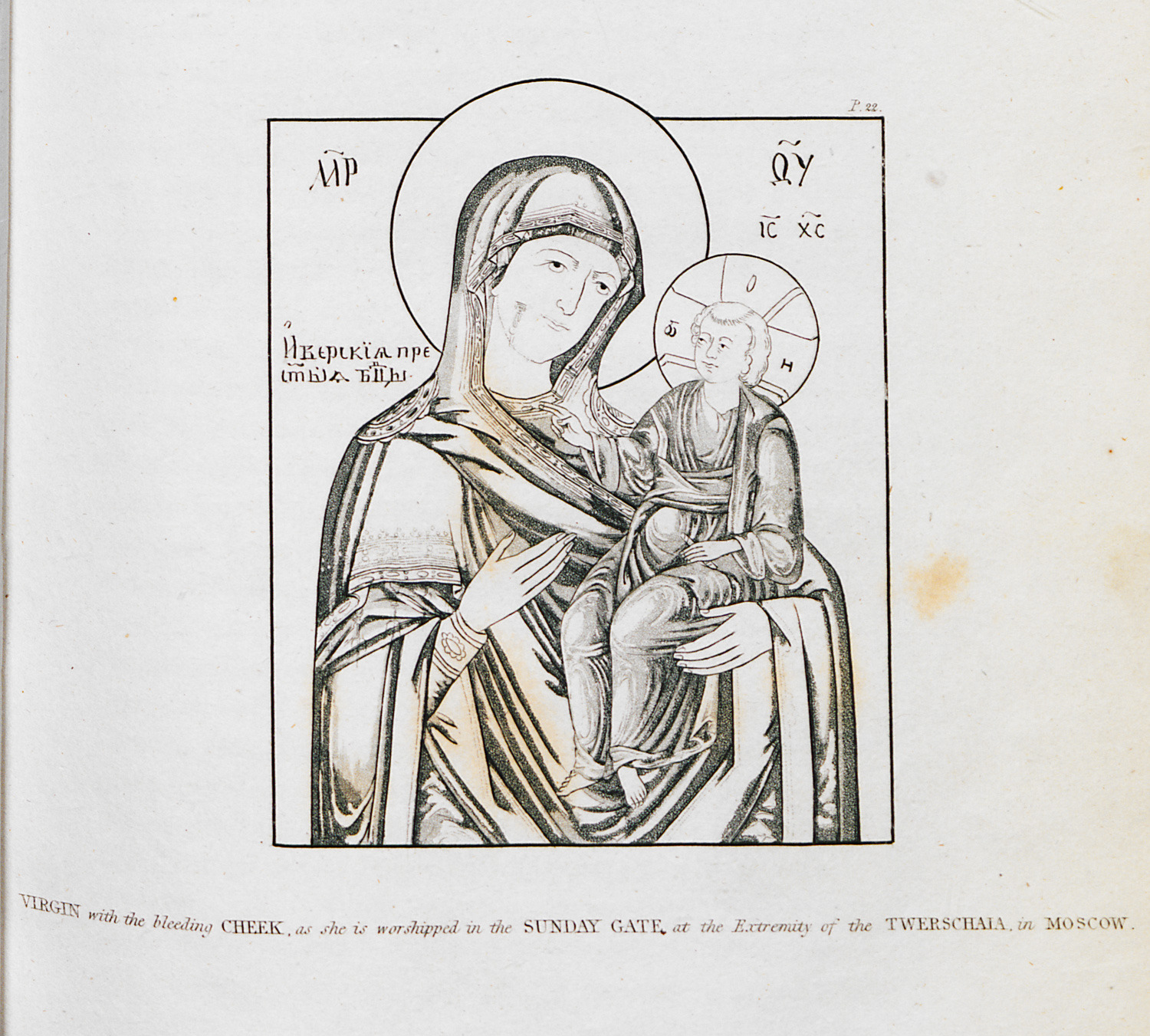
-
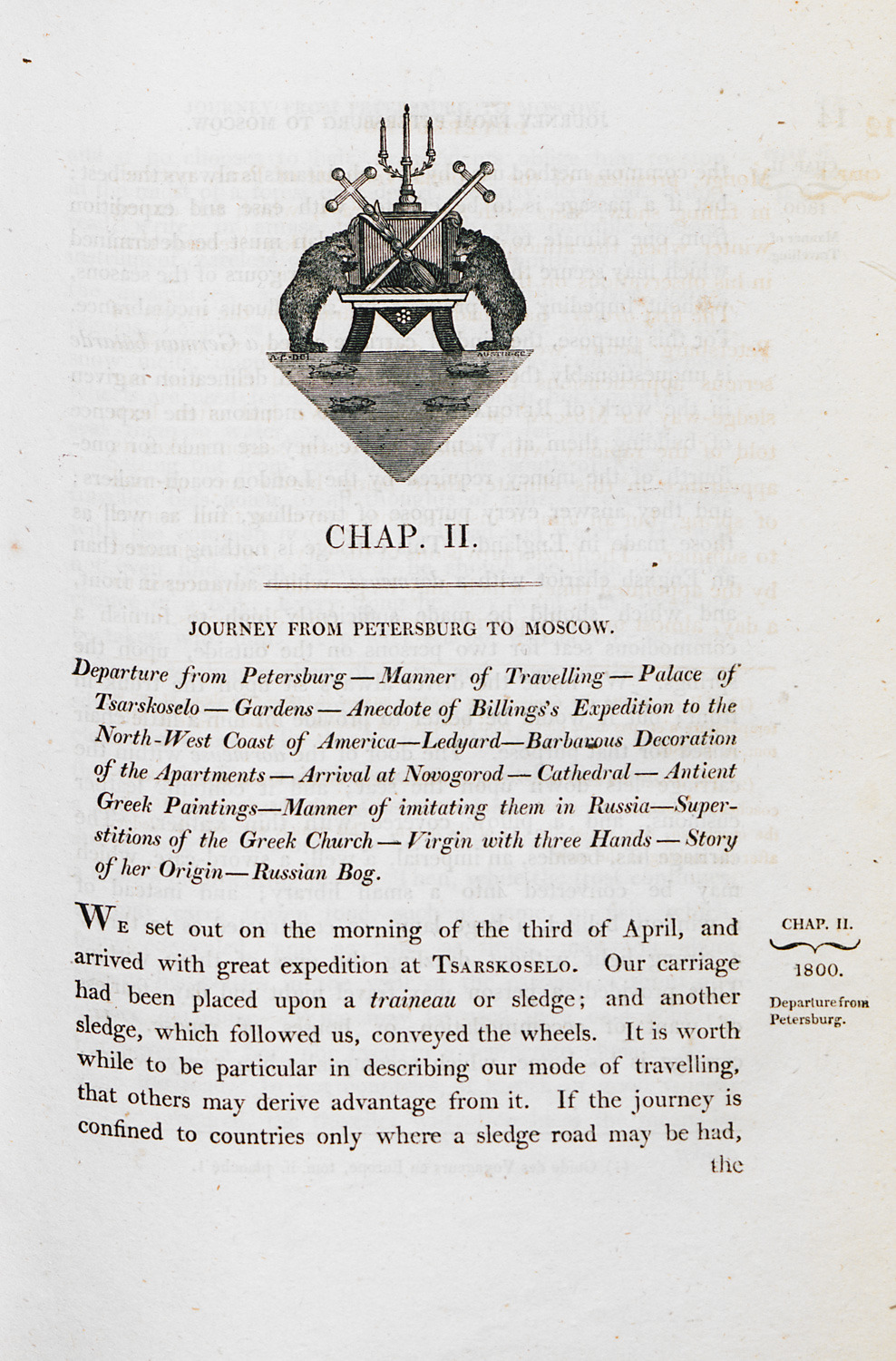
-
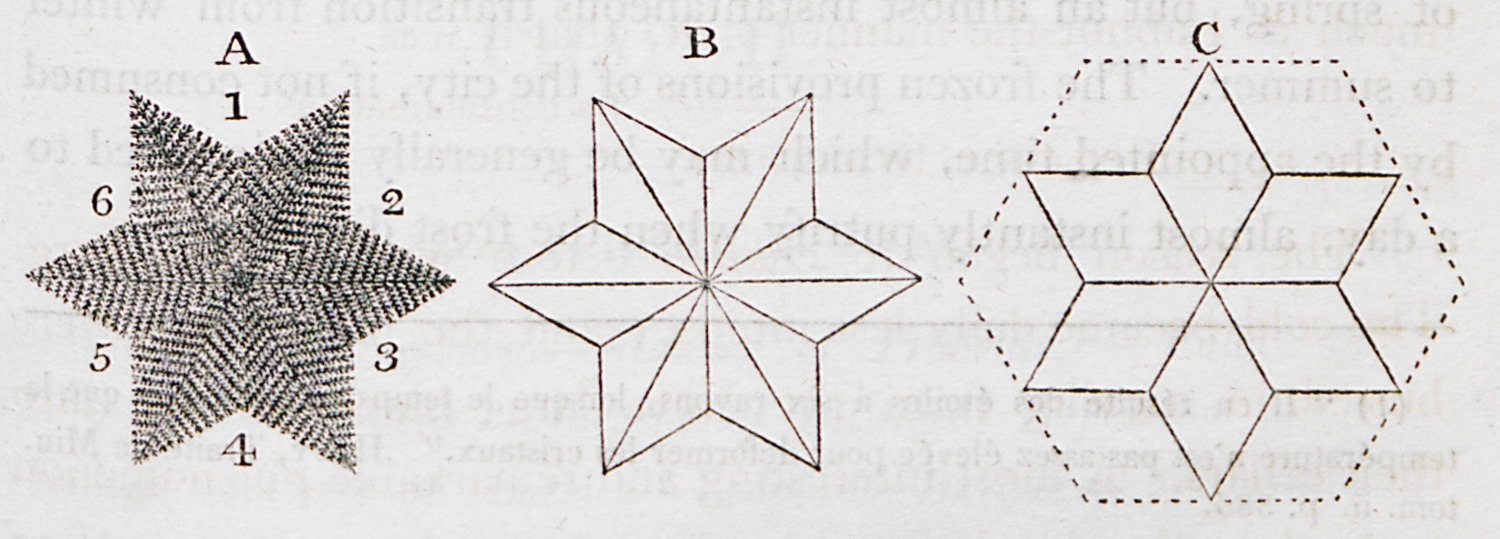
Snowflakes, which the author studied thoroughly during his journey from Saint Petersburg to Moscow.
-
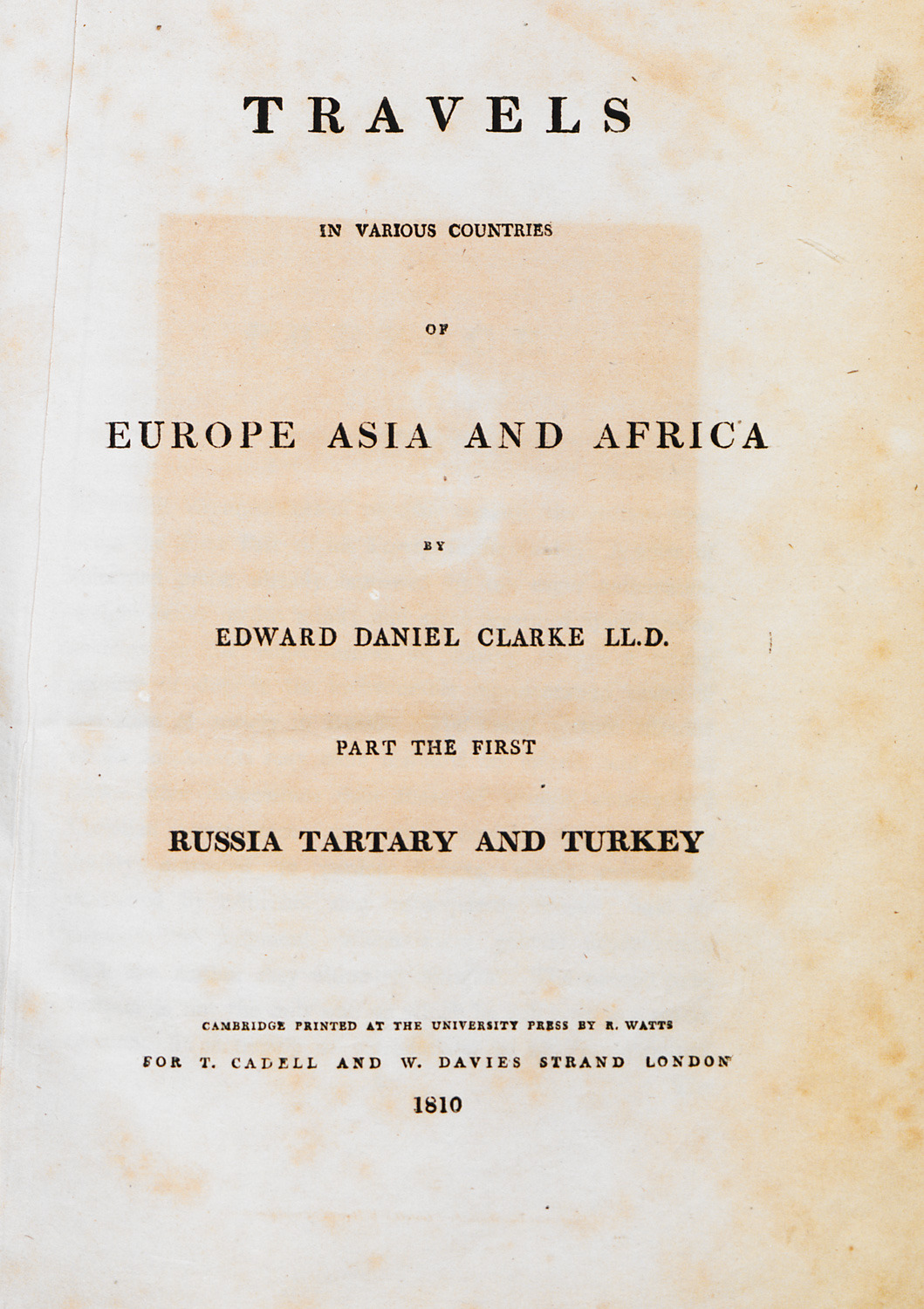
-
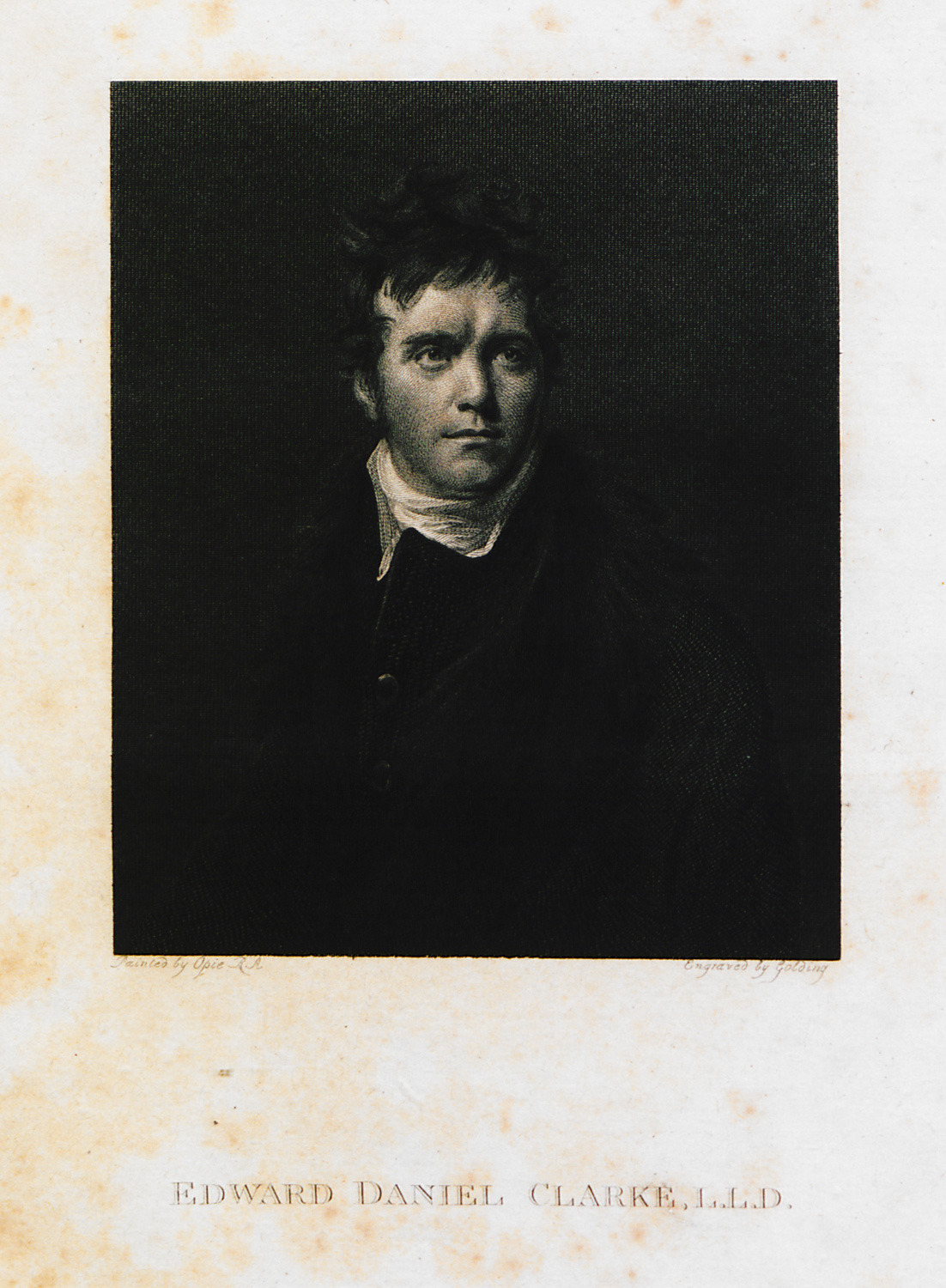
-
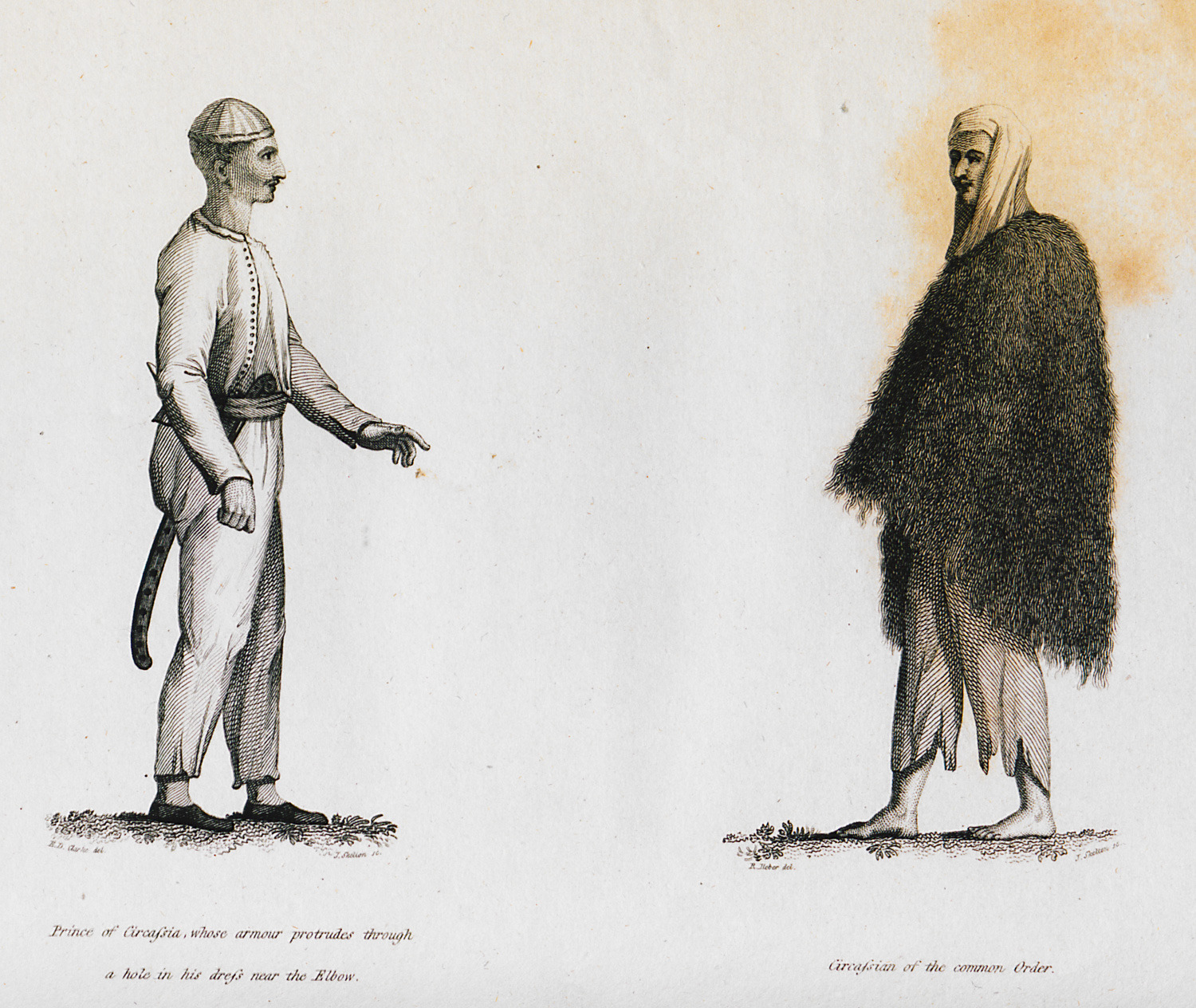
-
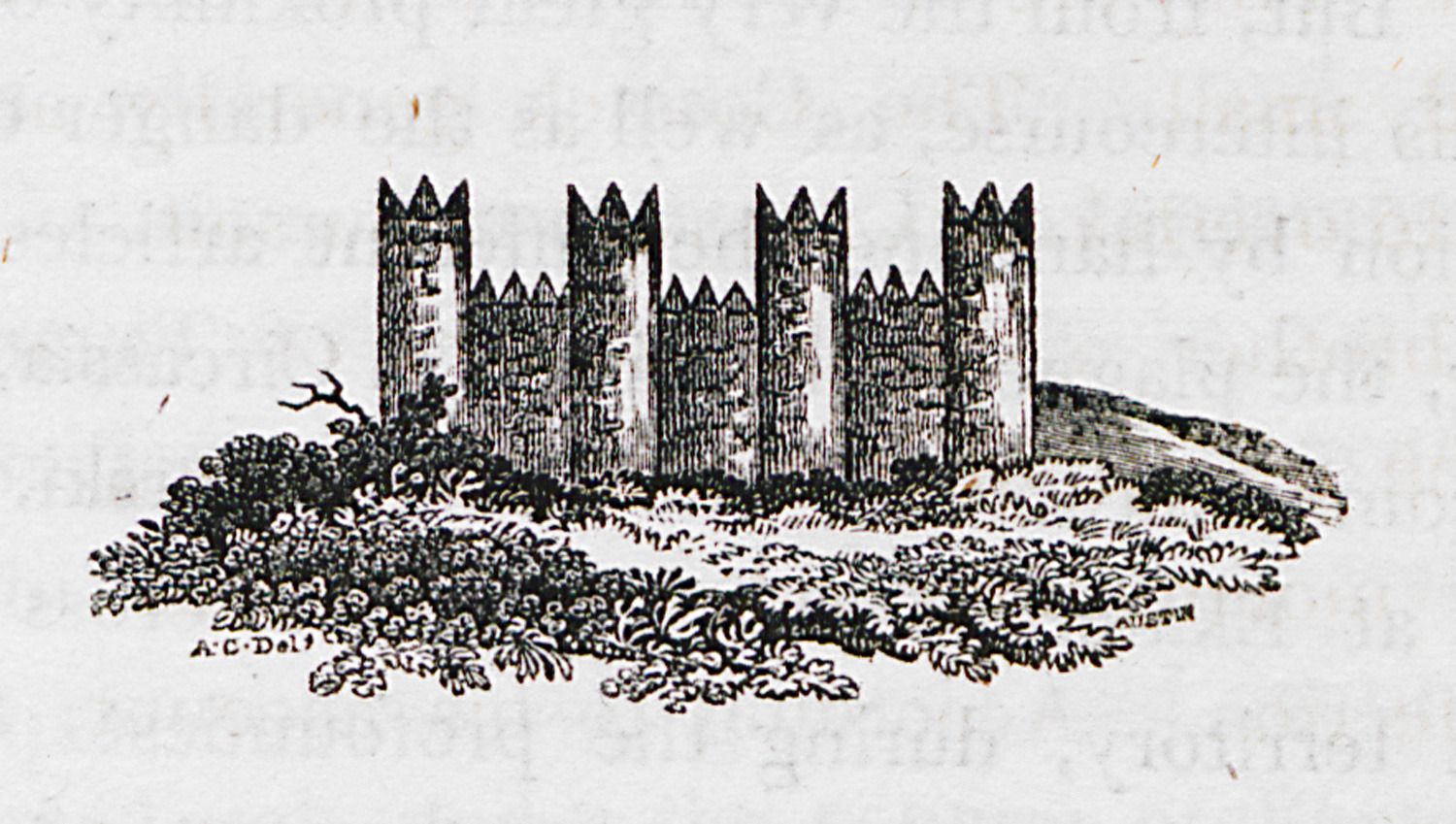
-
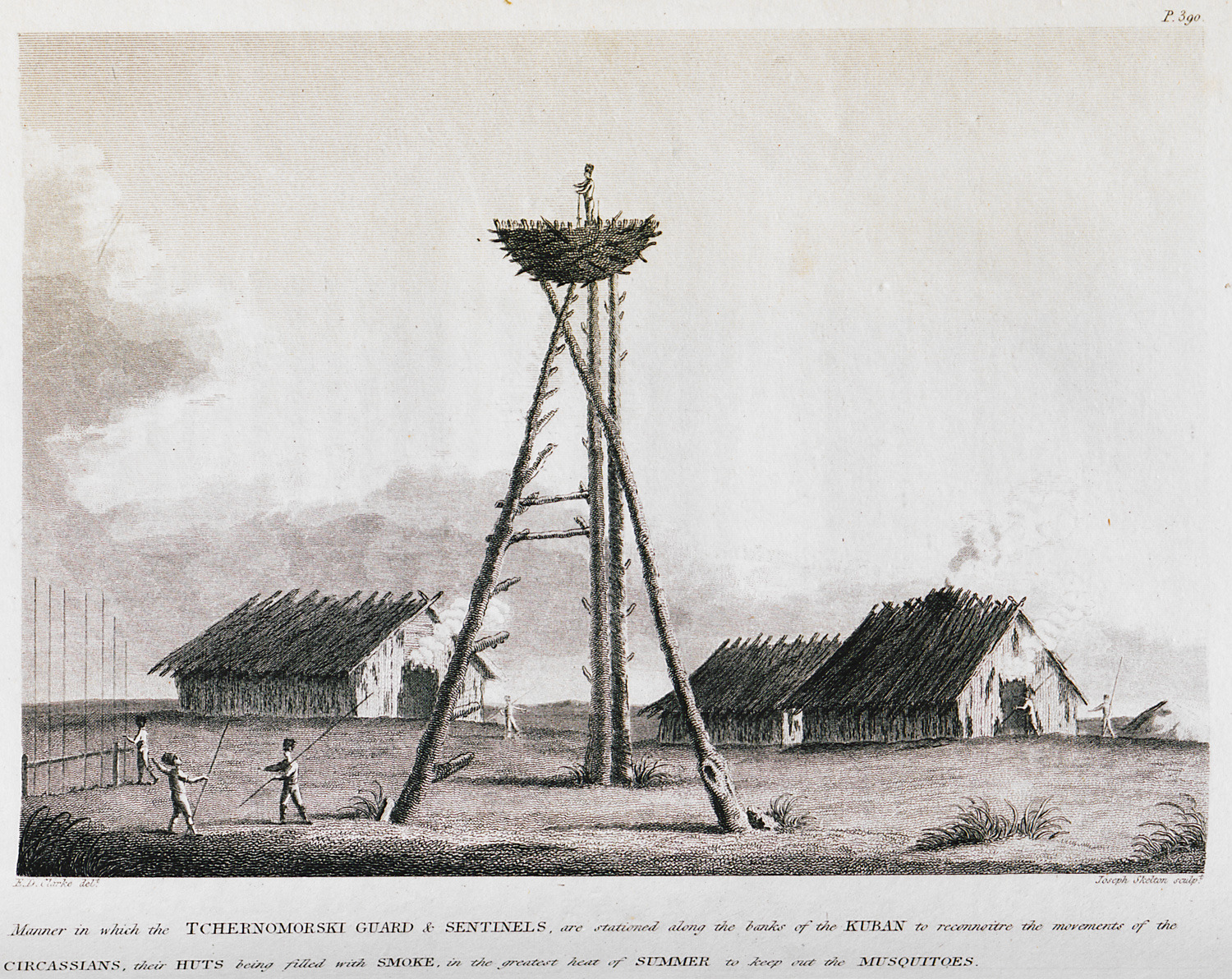
-
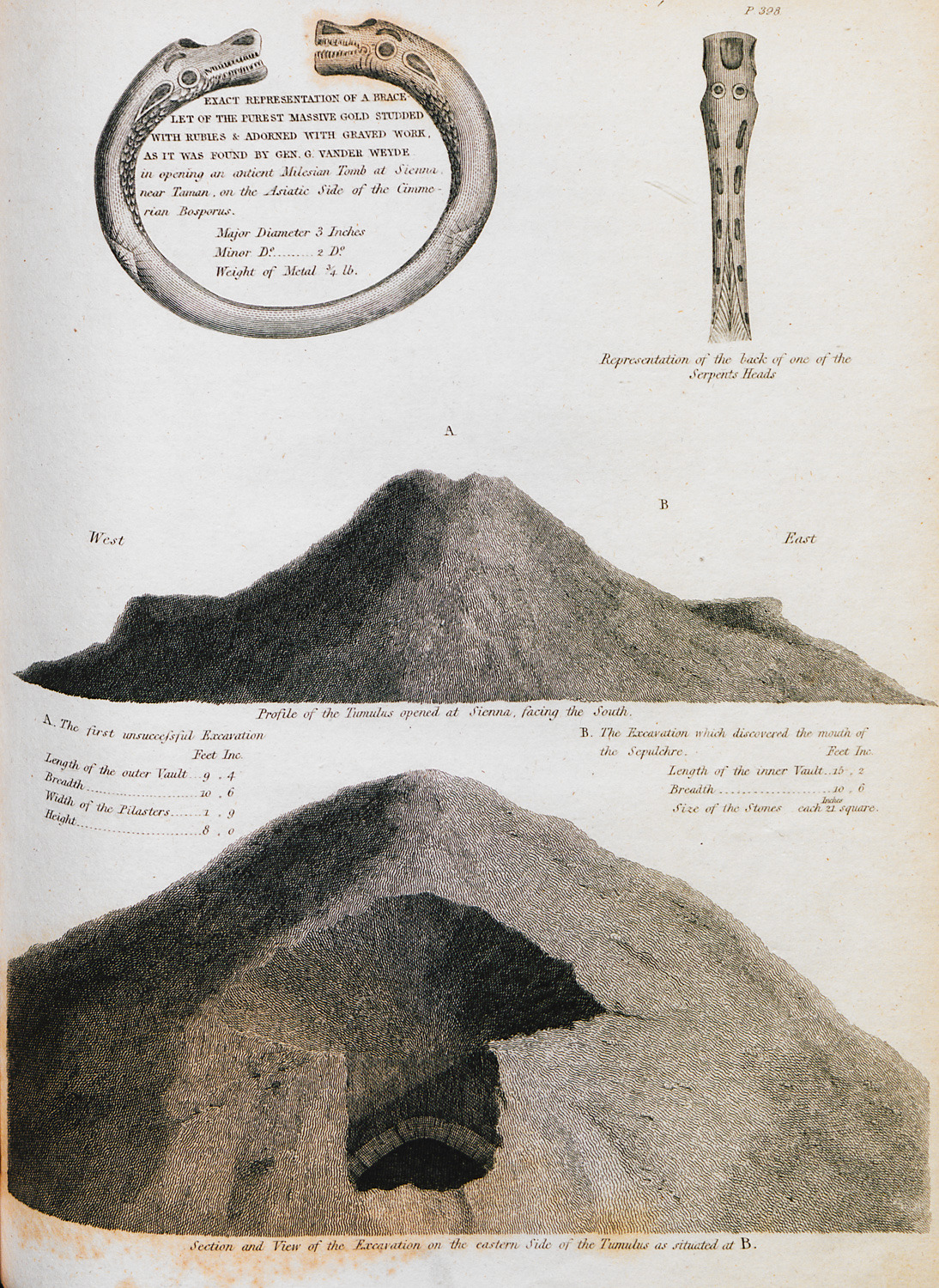
-
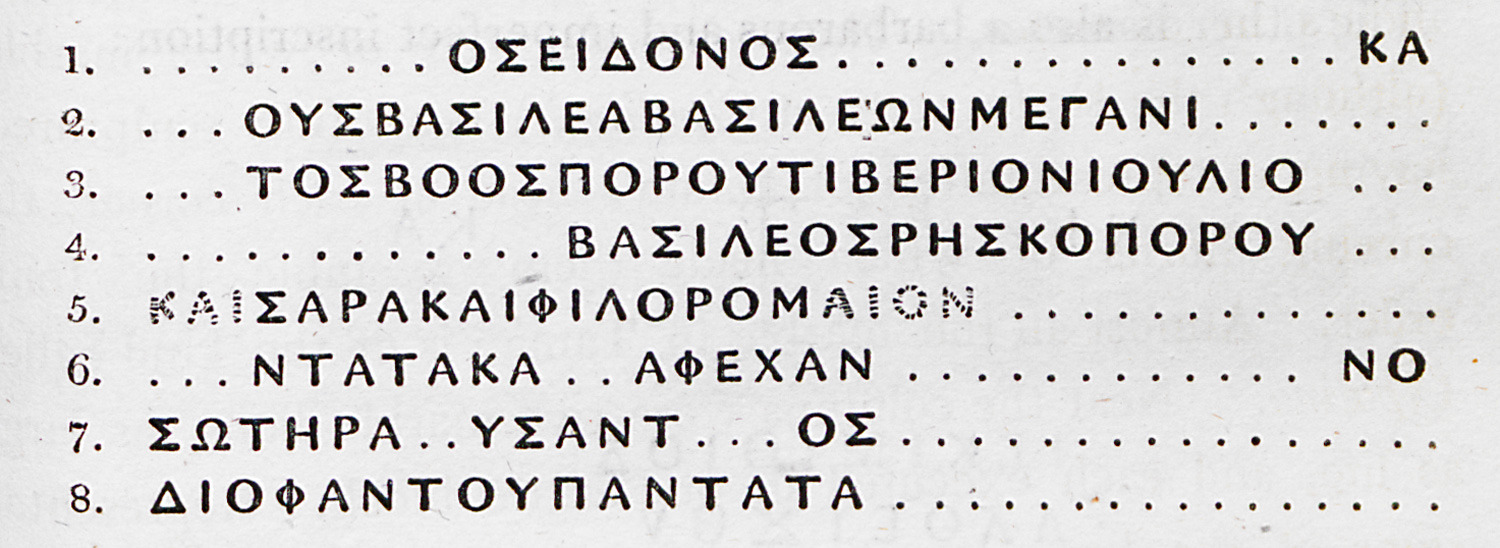
-
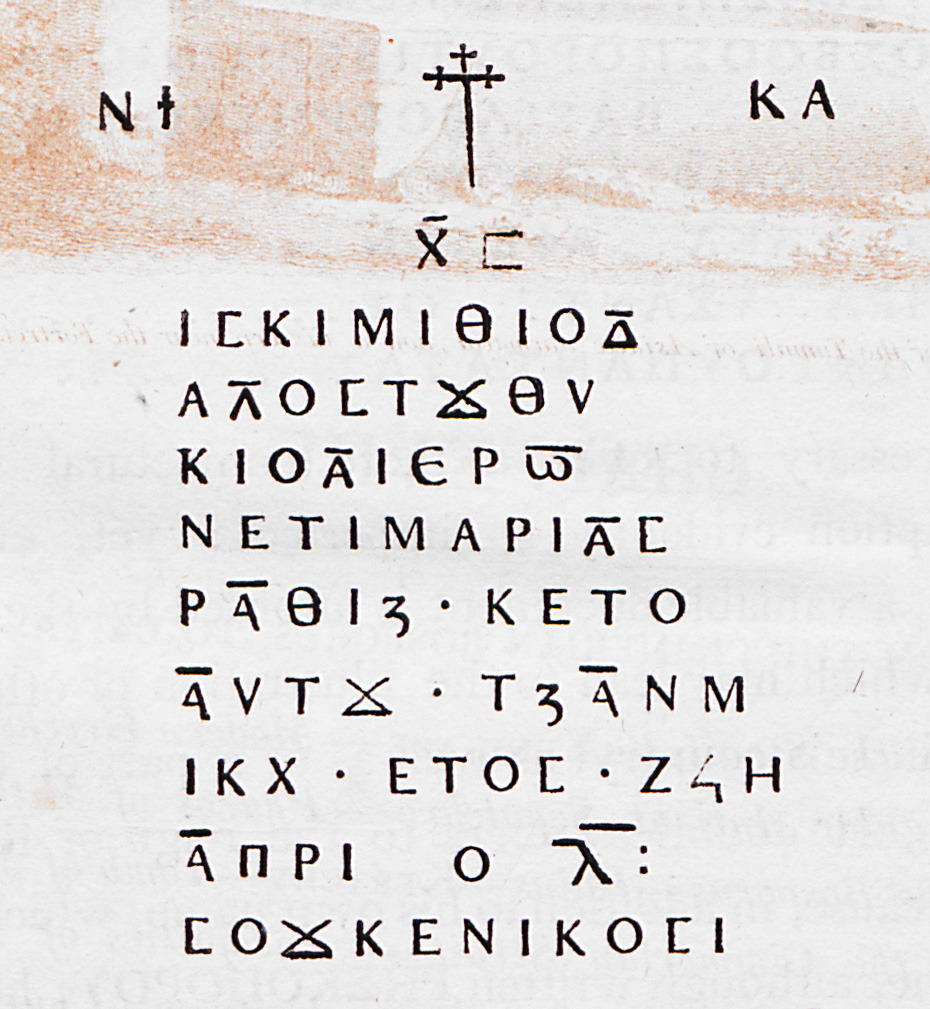
-
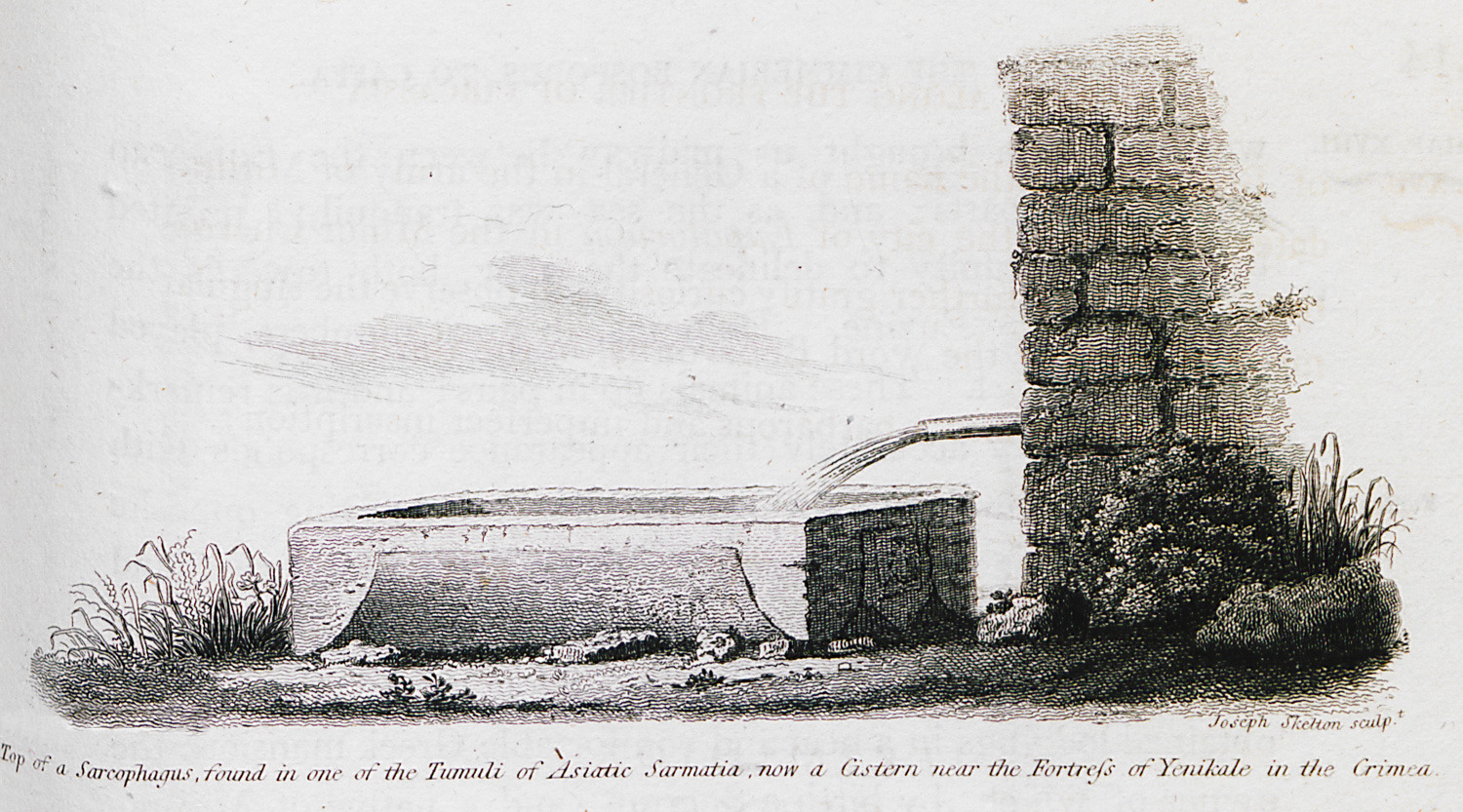
-
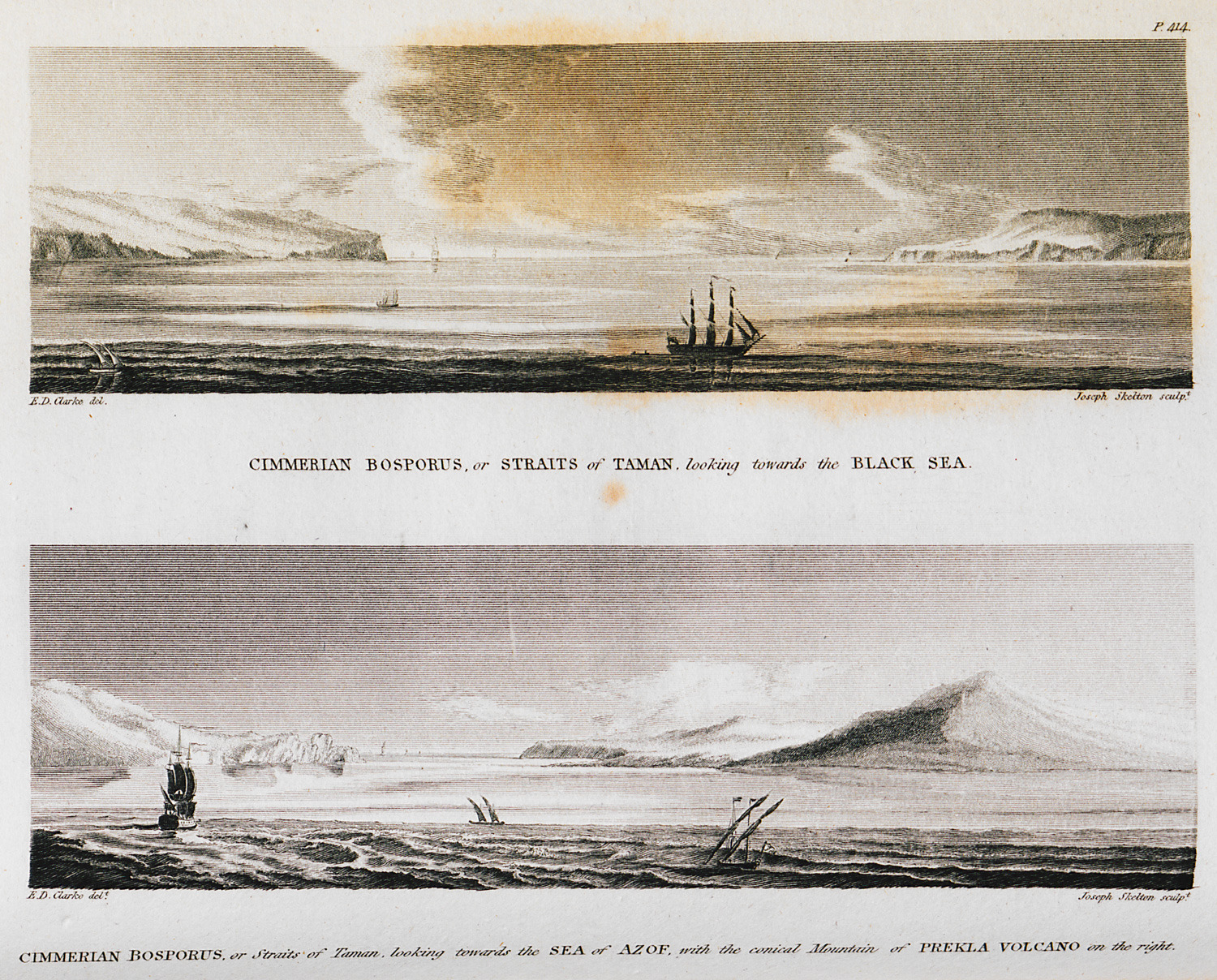
-
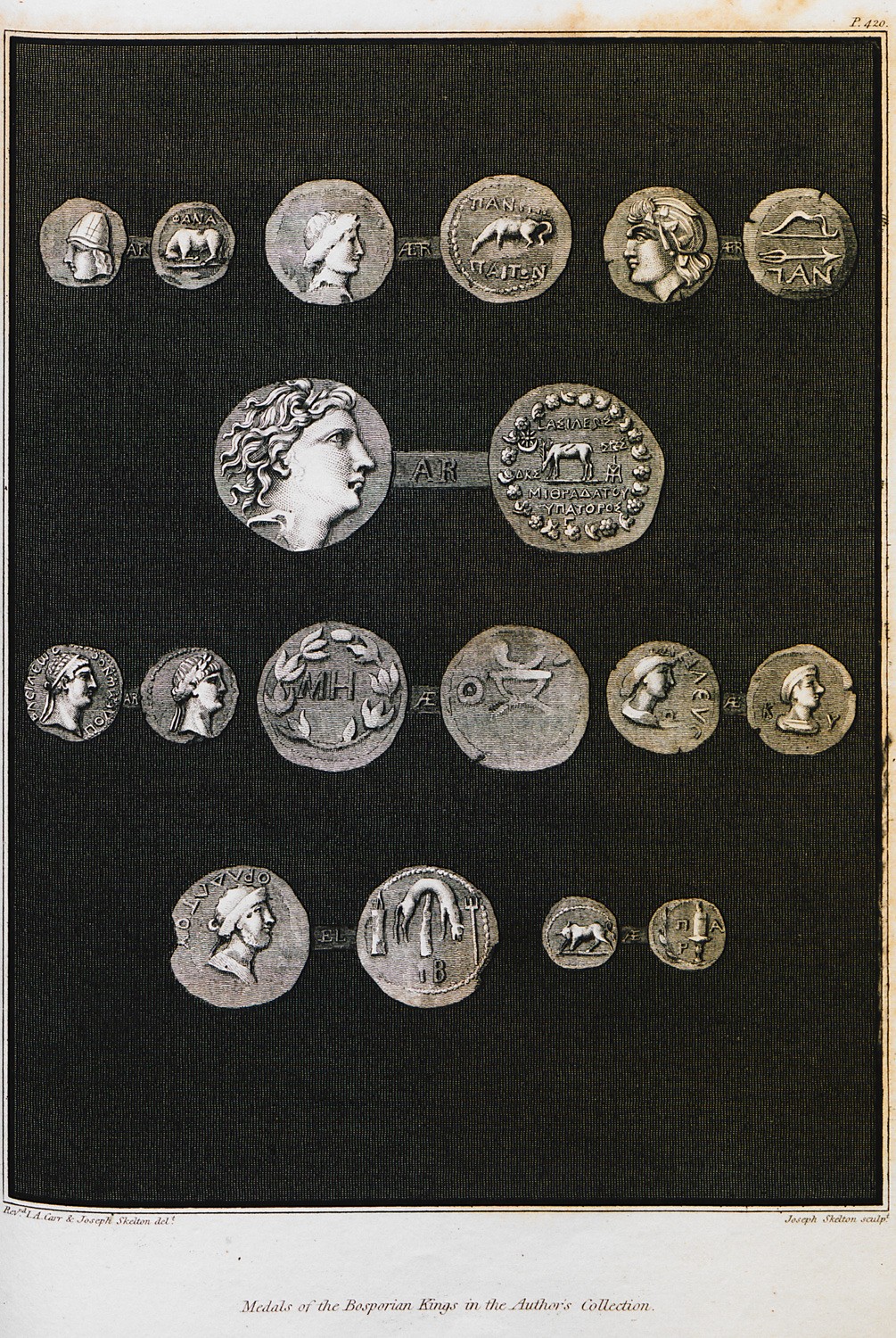
-
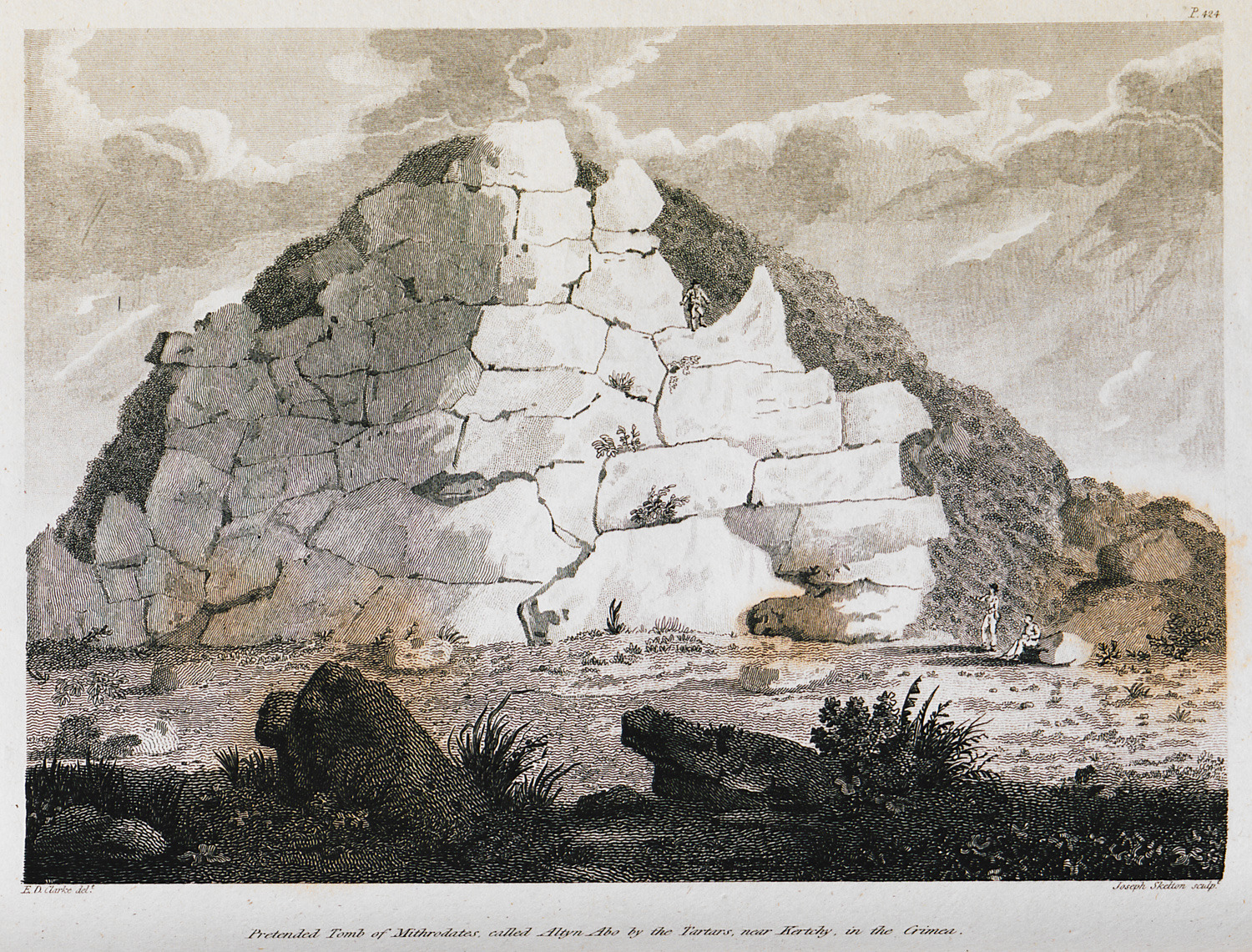
-
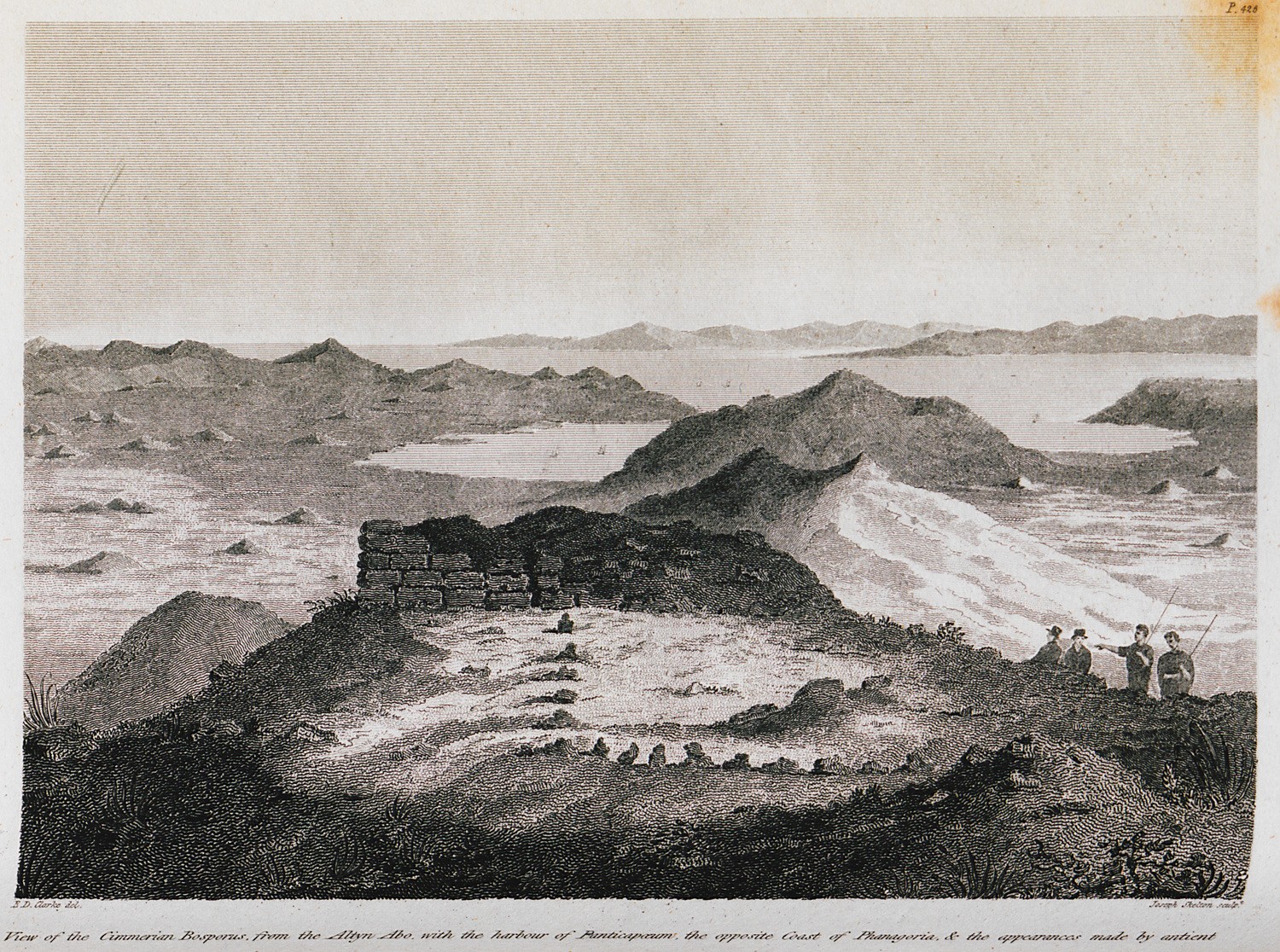
-
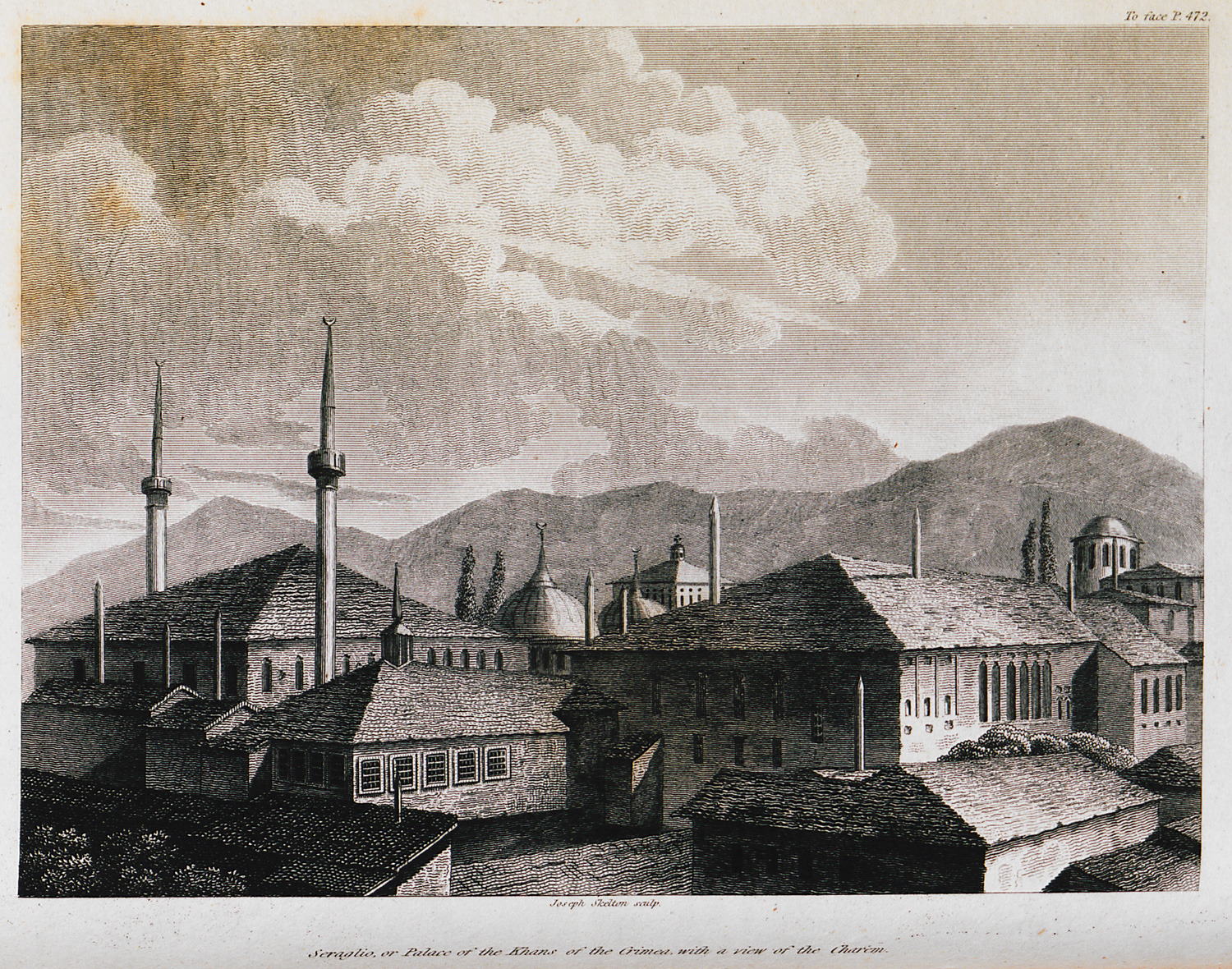
View of the palace of the Khans of Crimea at Bahçesaray, Crimea.
-
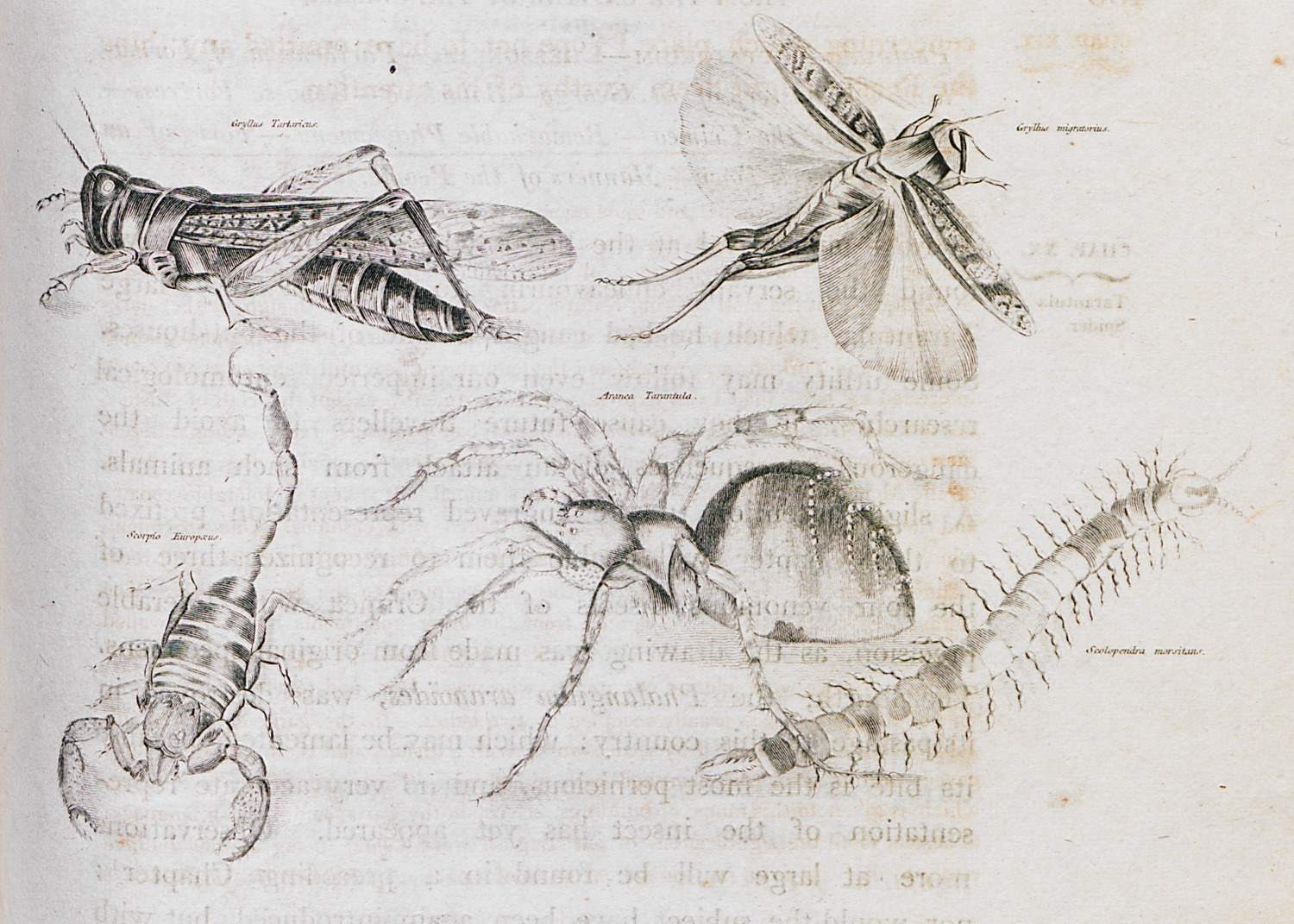
-
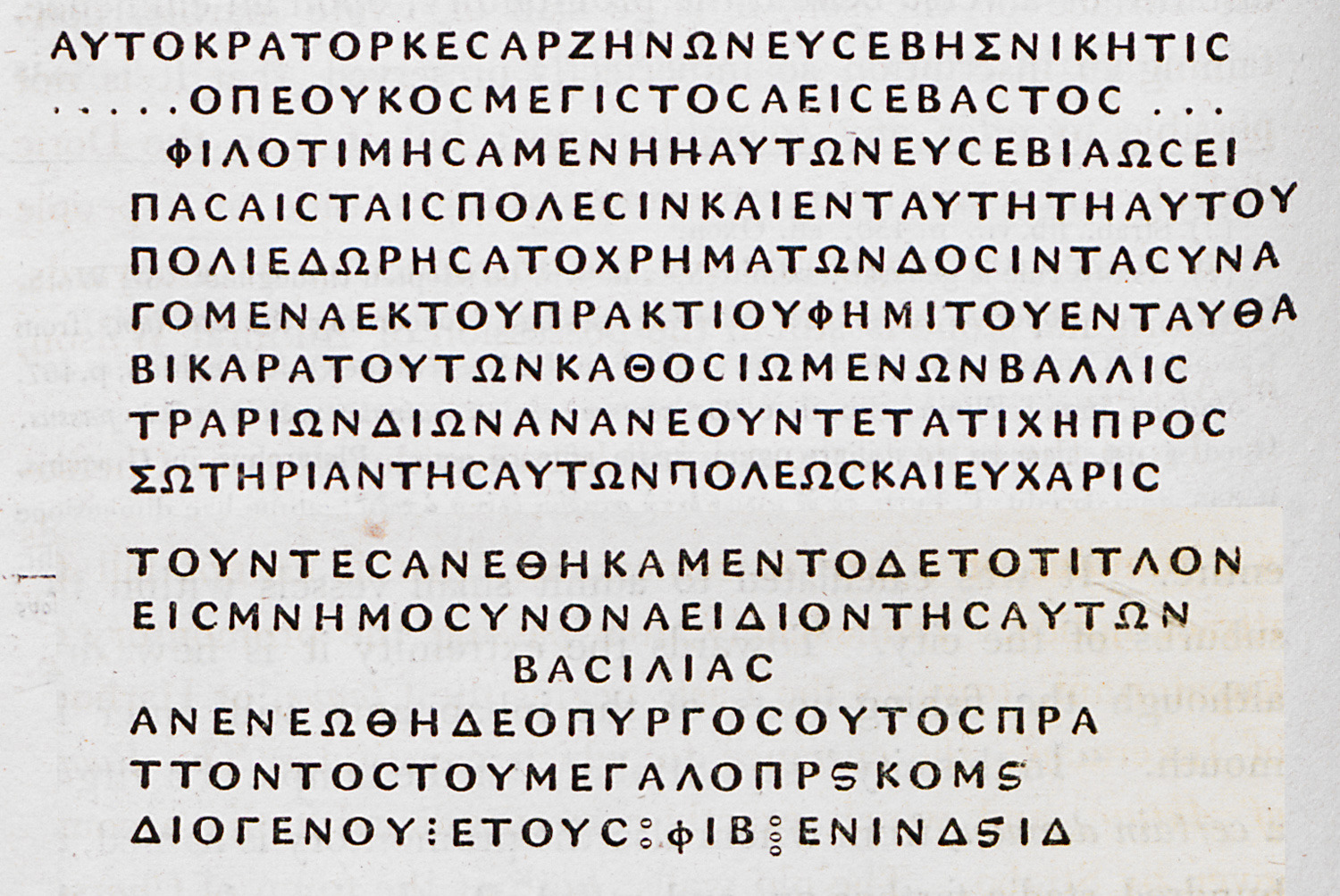
-
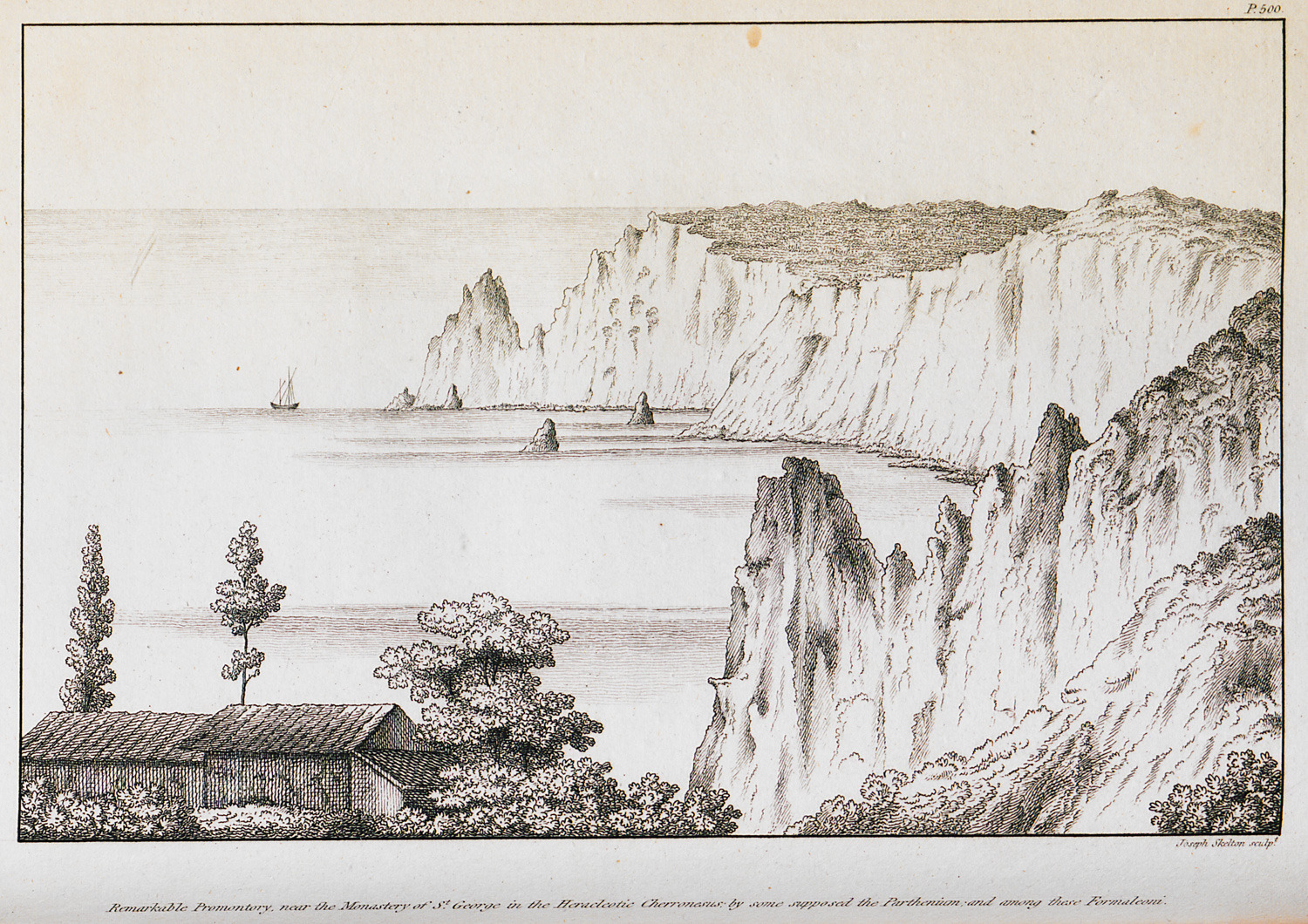
Promontory near the monastery of Saint George at Chersonesus, Crimea.
-
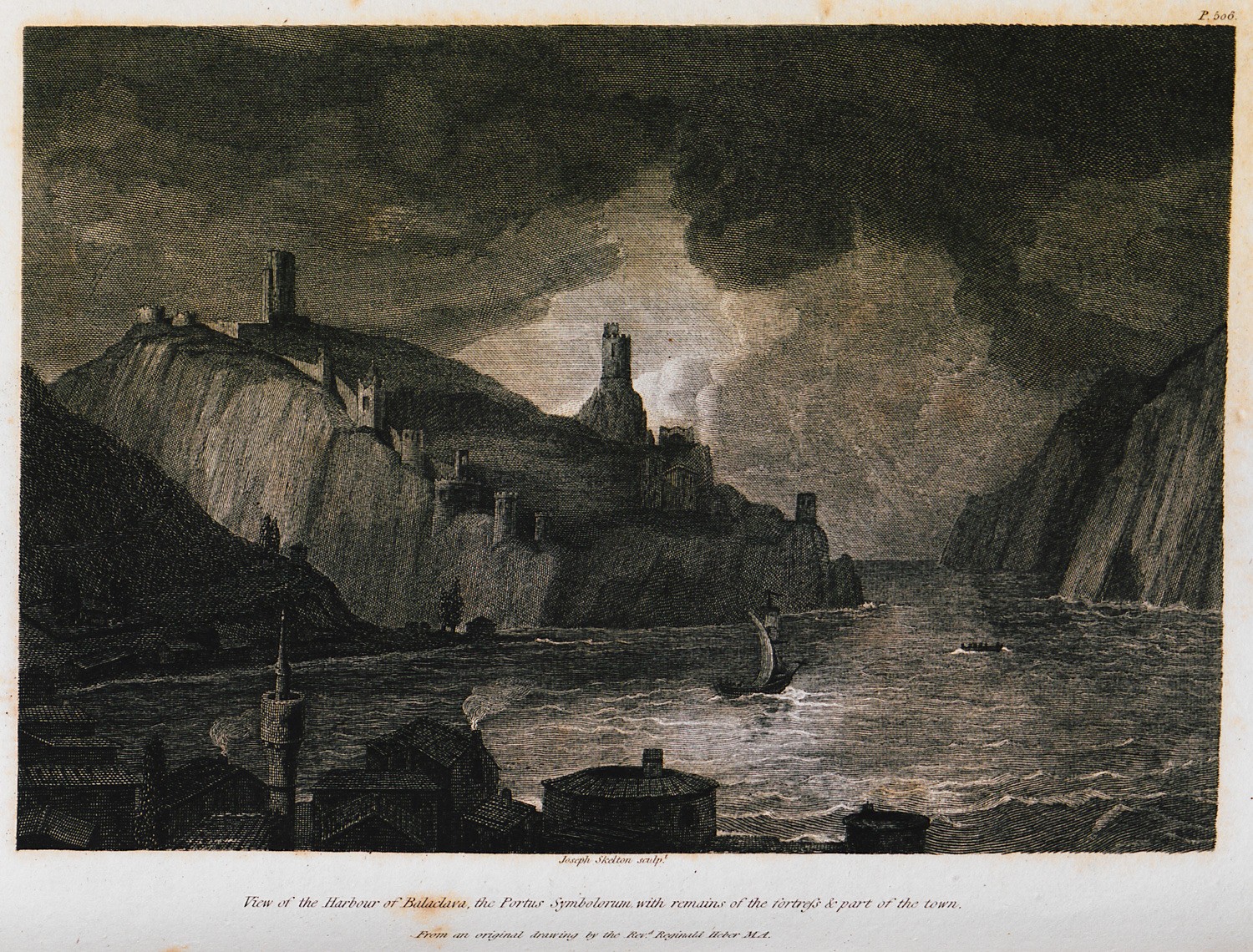
-
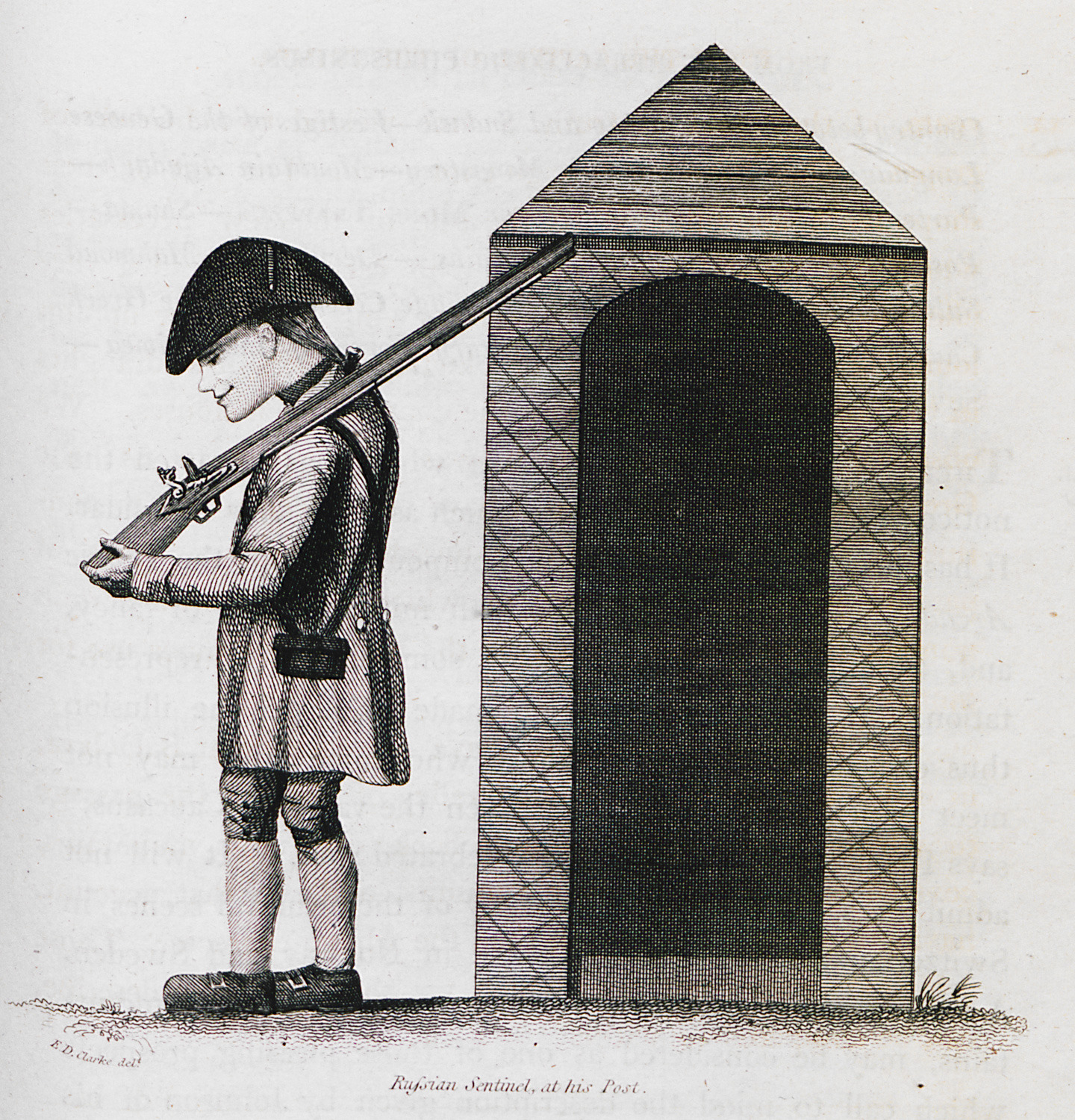
-
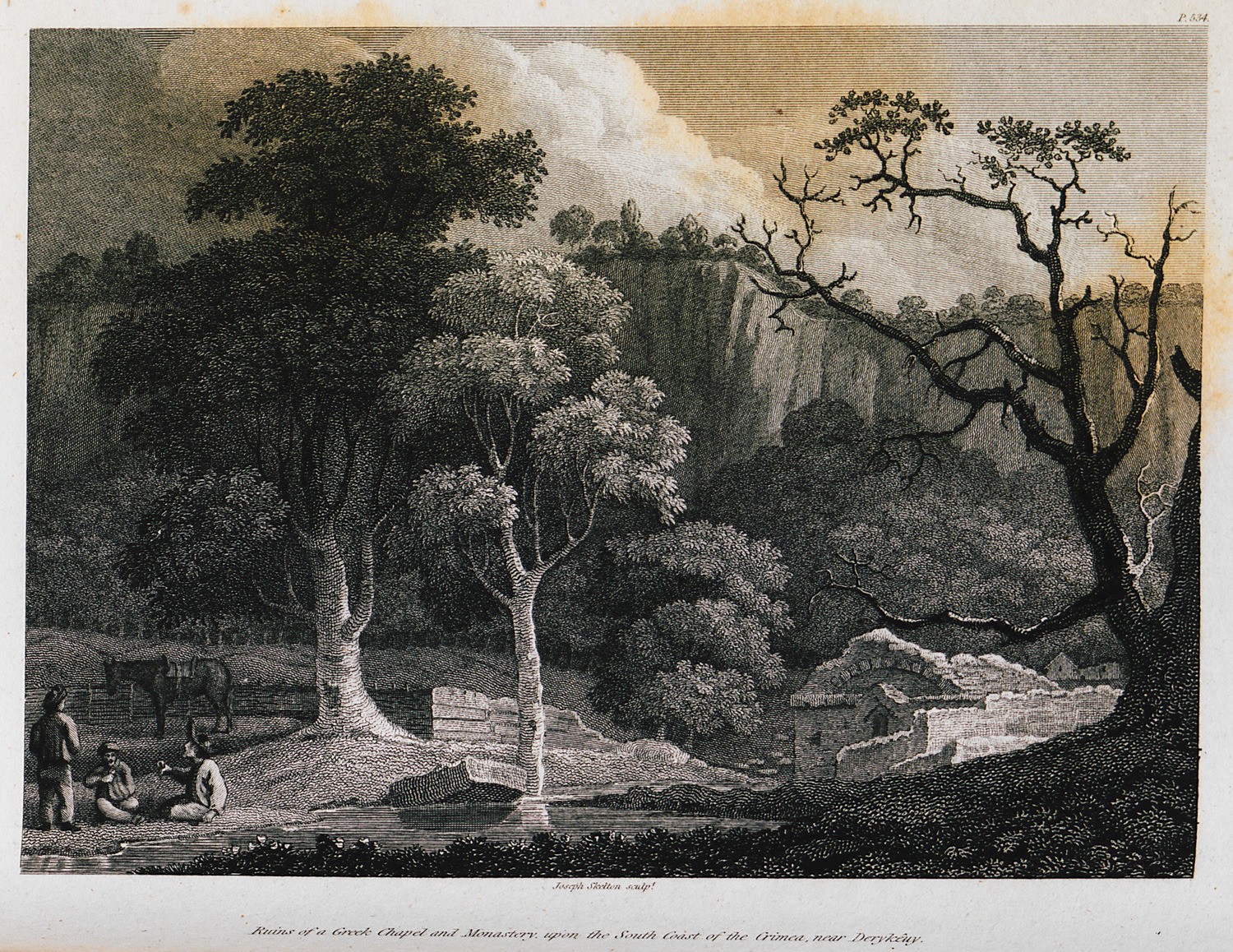
Ruins of Greek Orthodox monastery at Chatyr-Dan mountain range near Simferopol, Crimea.
-
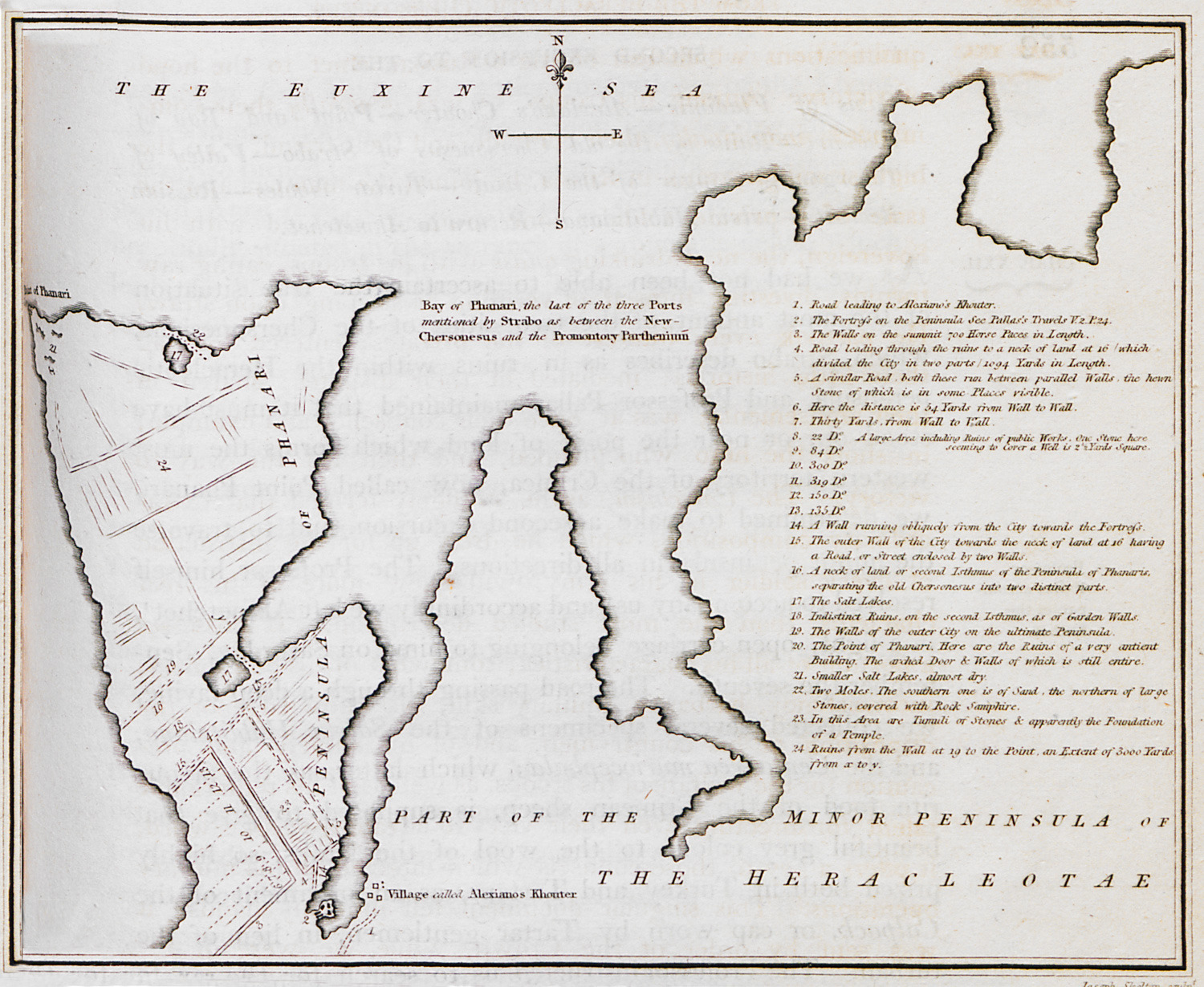
-
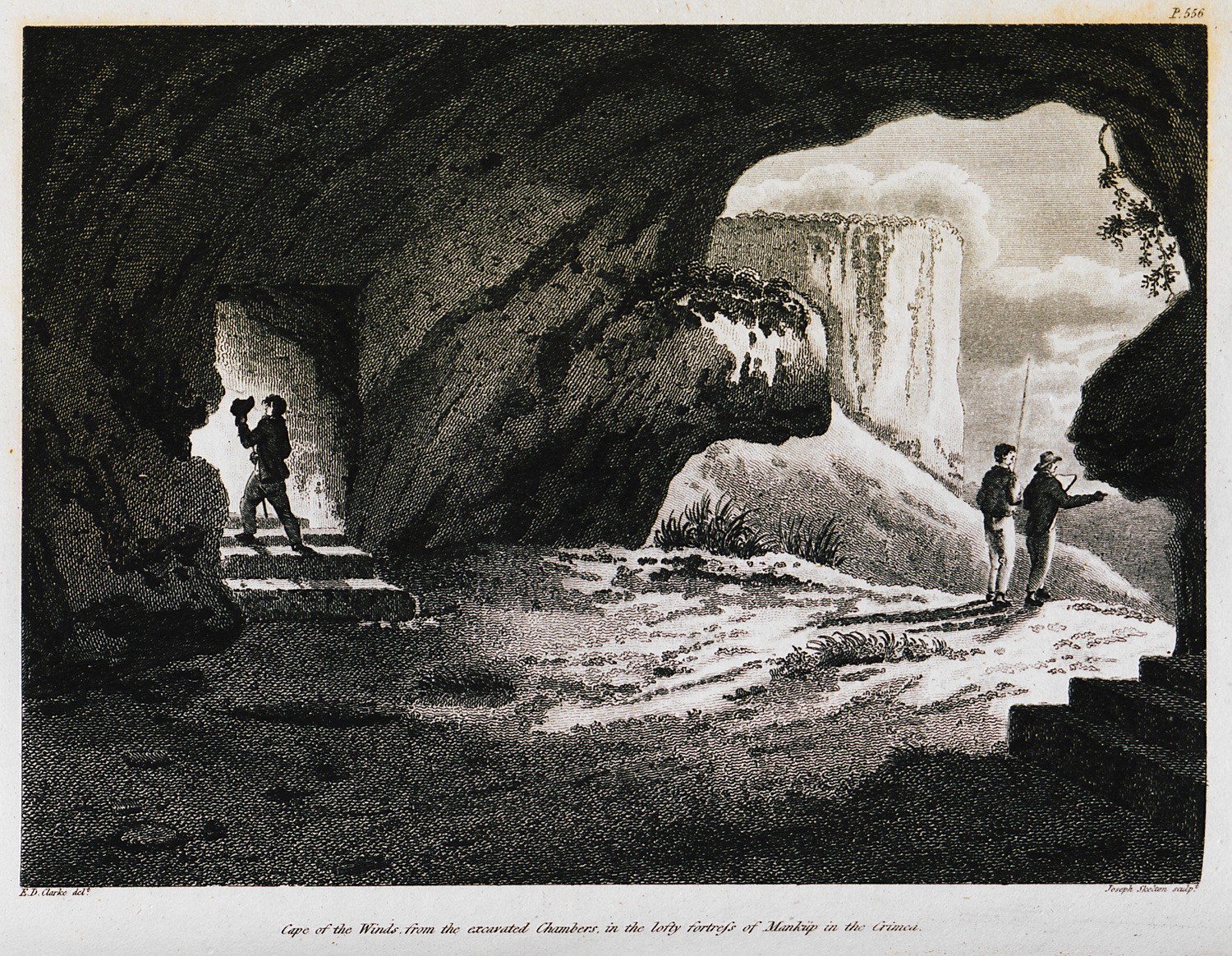
View of the interior chambers of the Genoese castle near Sebastopol, Crimea.
-
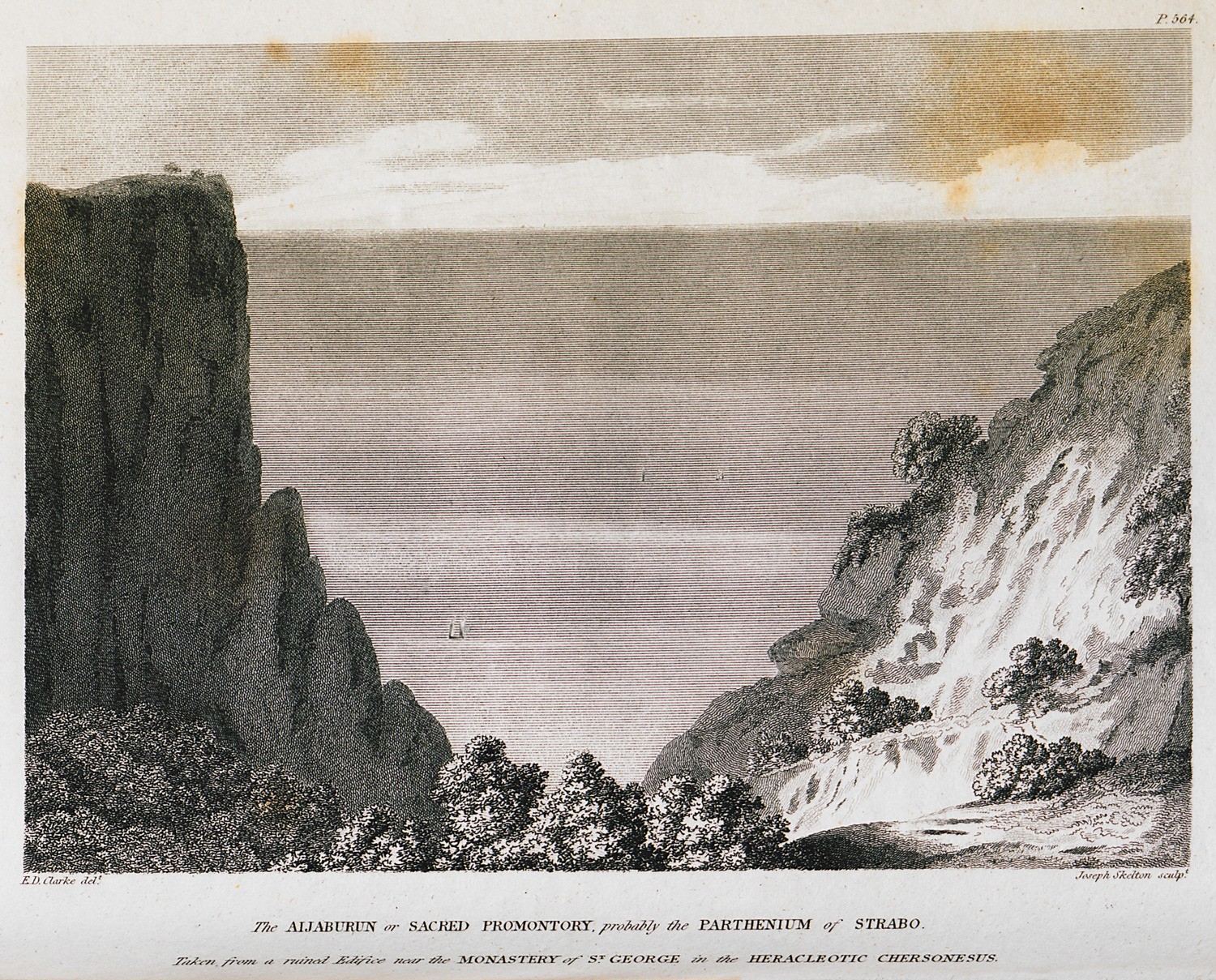
View of Cape Fiolent between Sebastopol and Balaklava, Crimea.
-
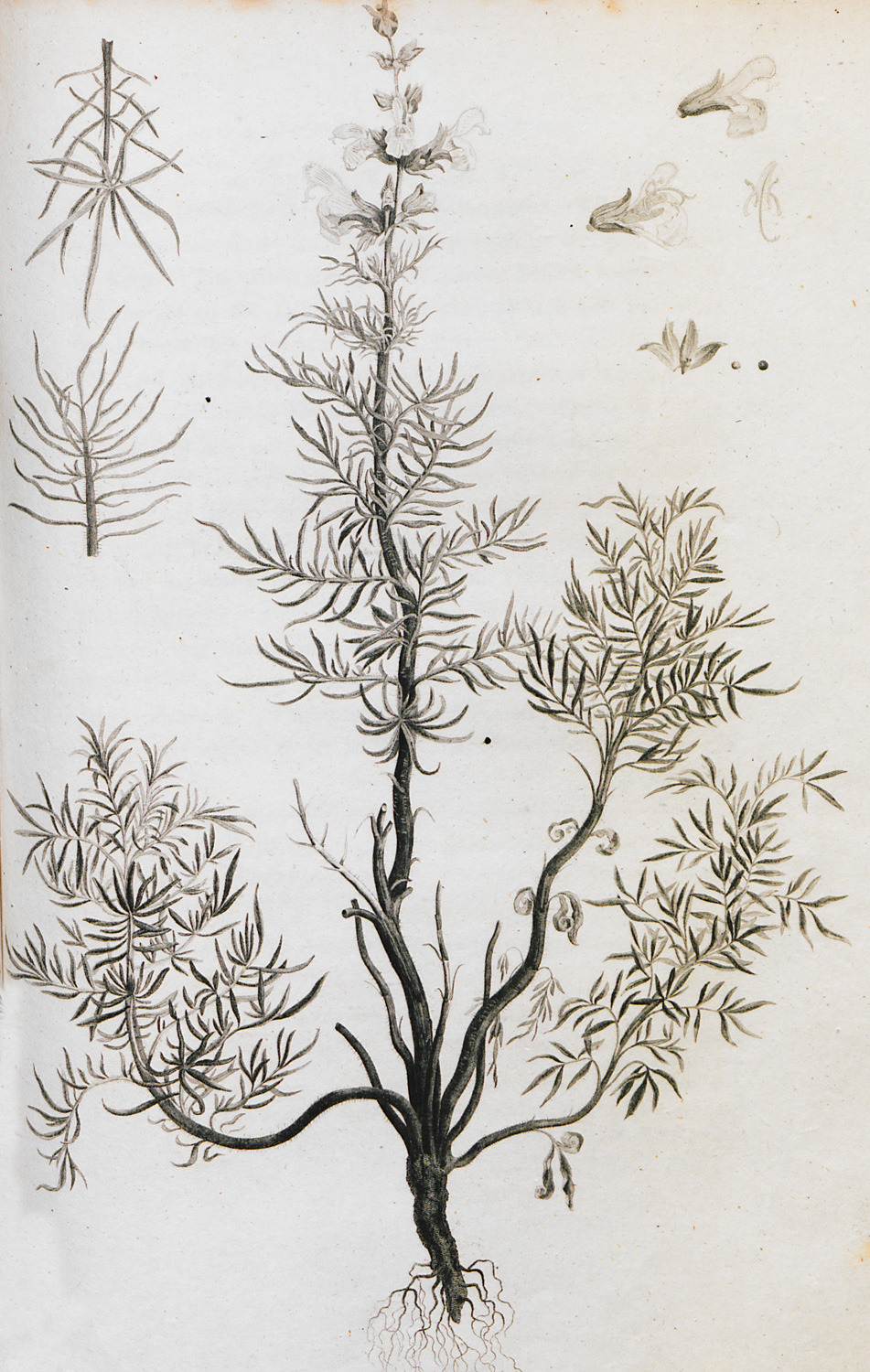
-
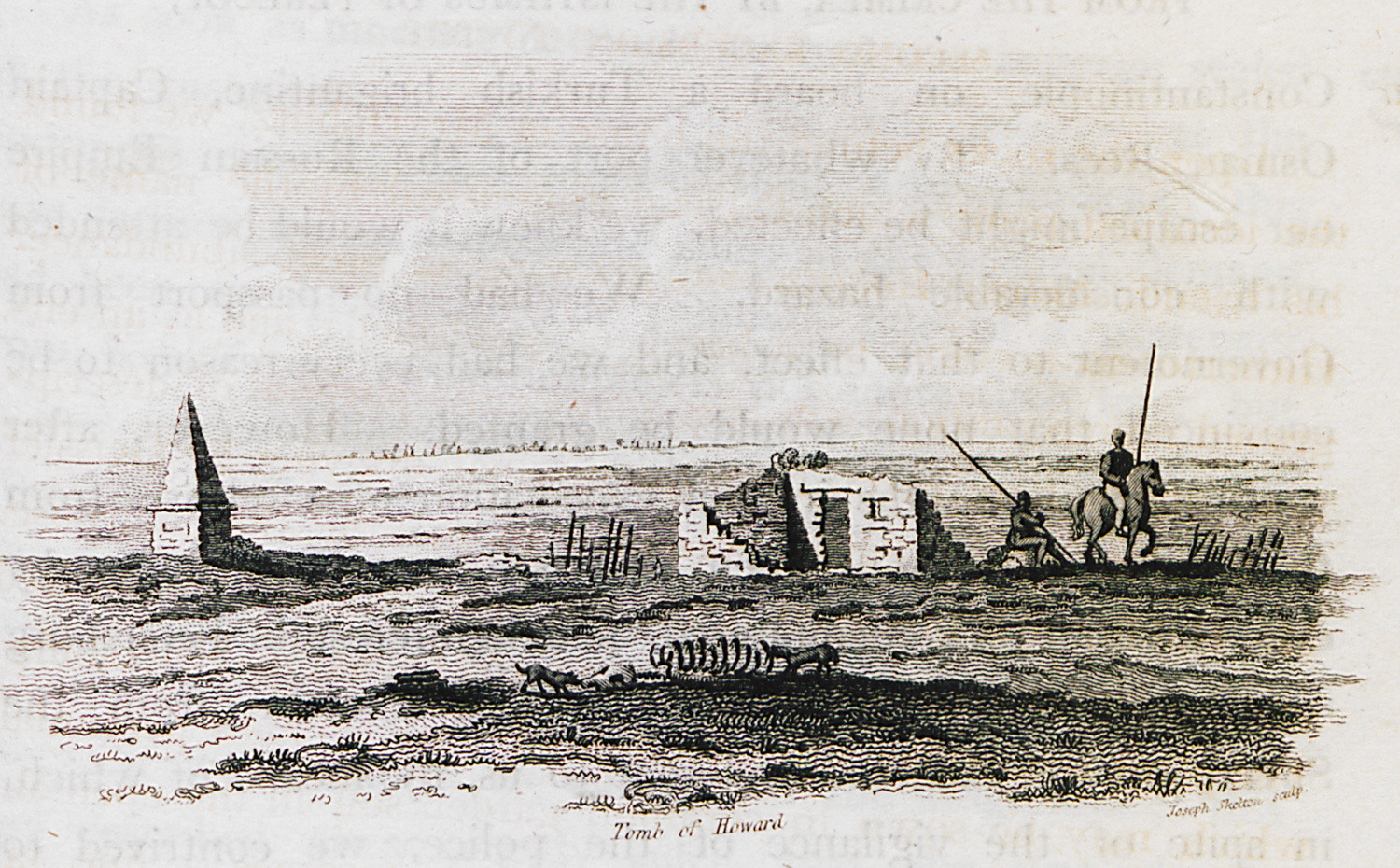
Tomb of British prison reformer John Howard at Kerch, Crimea.
-
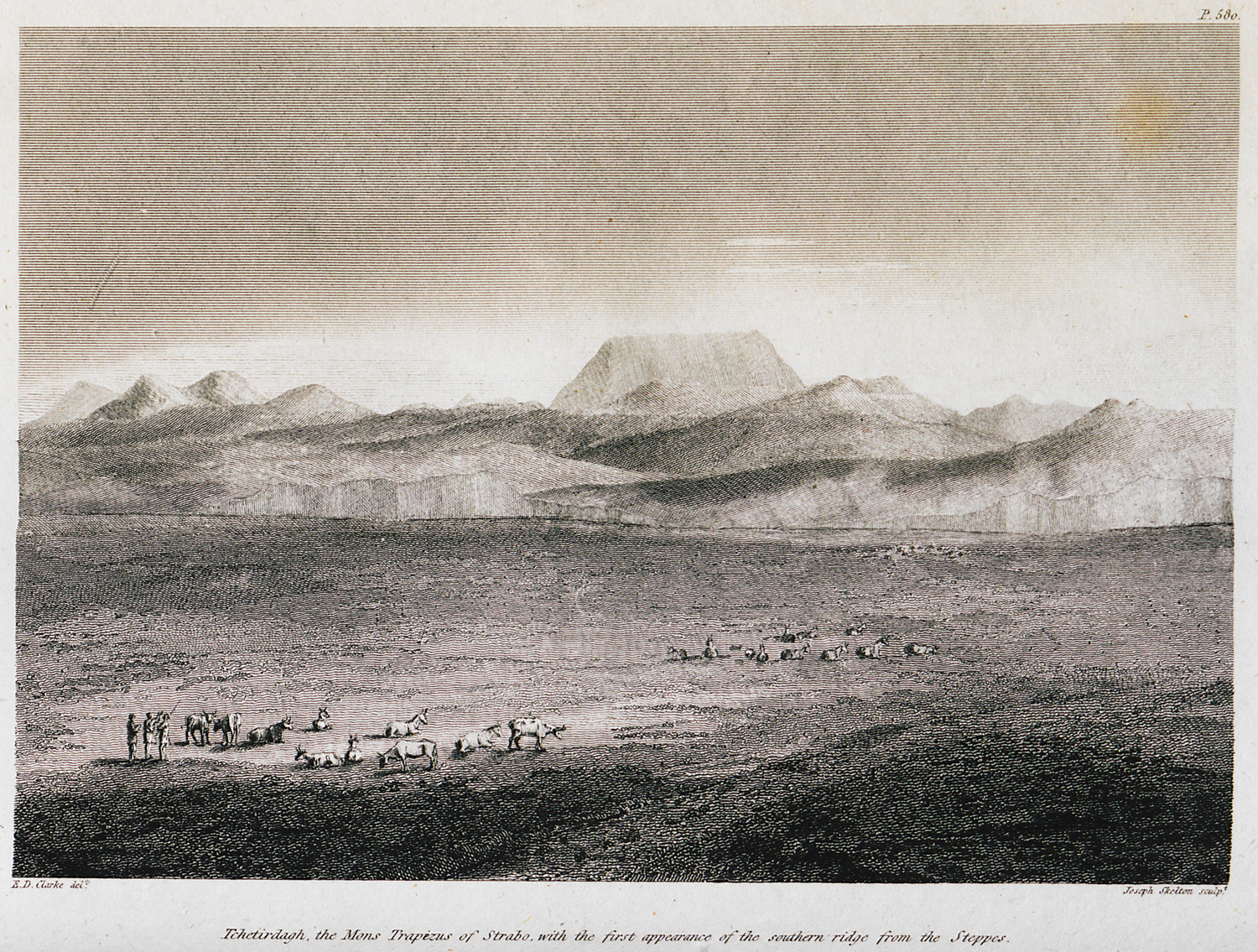
-

-
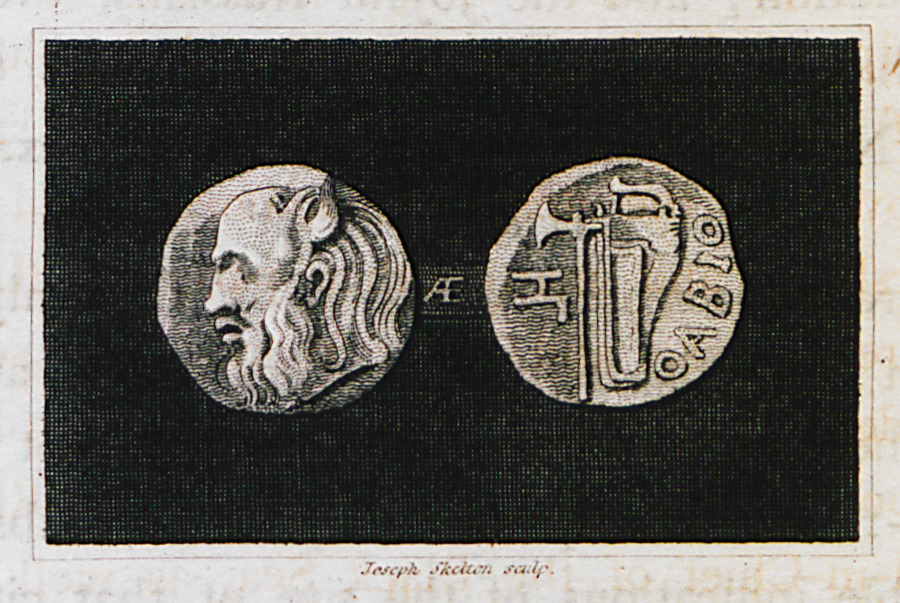
-
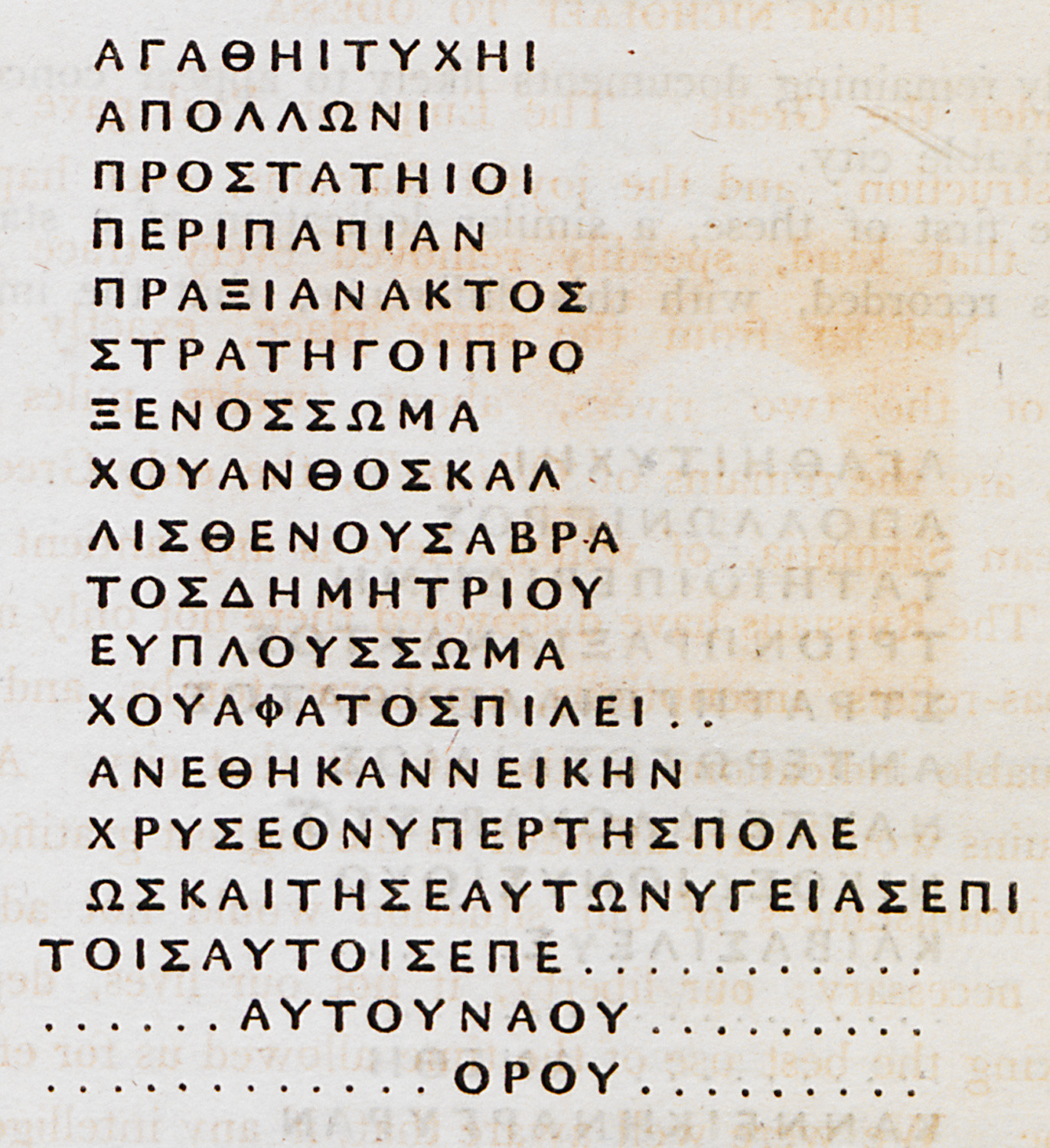
-
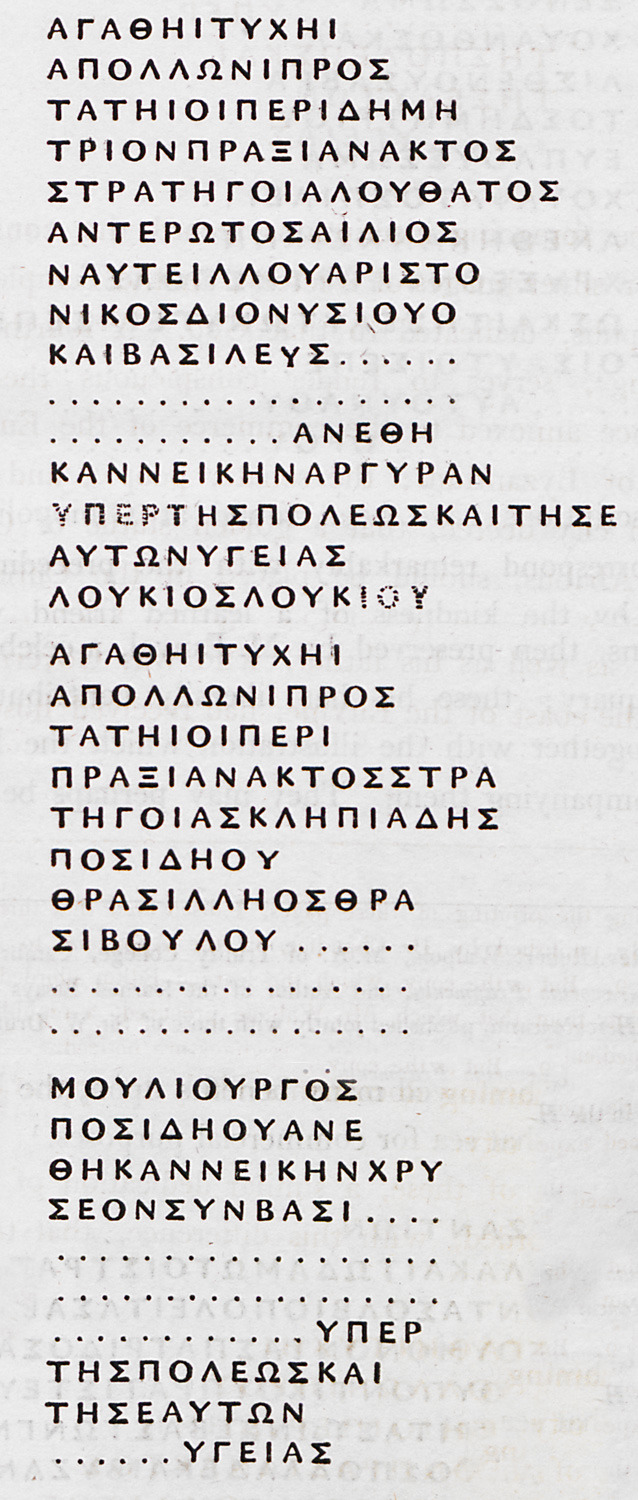
-
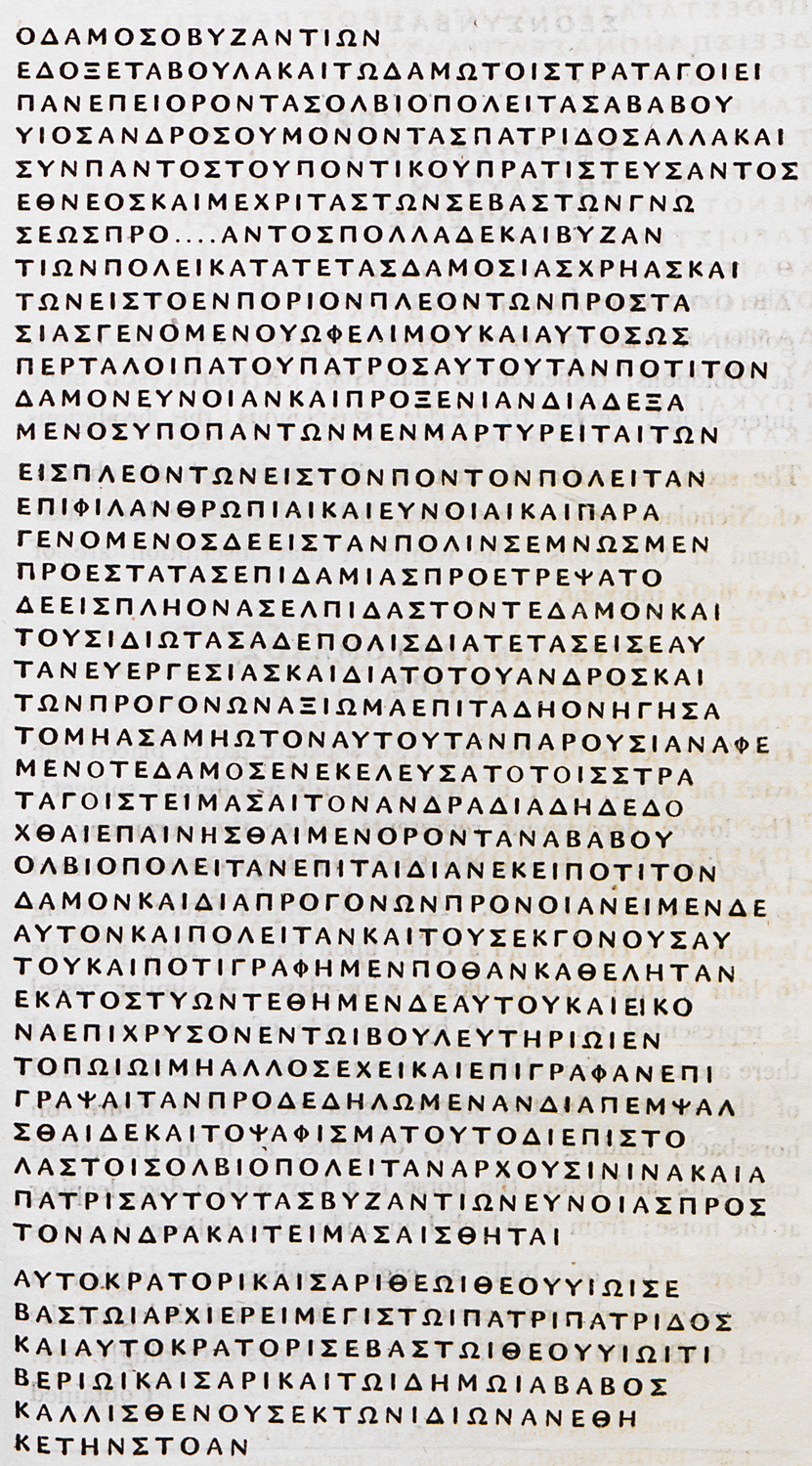
-
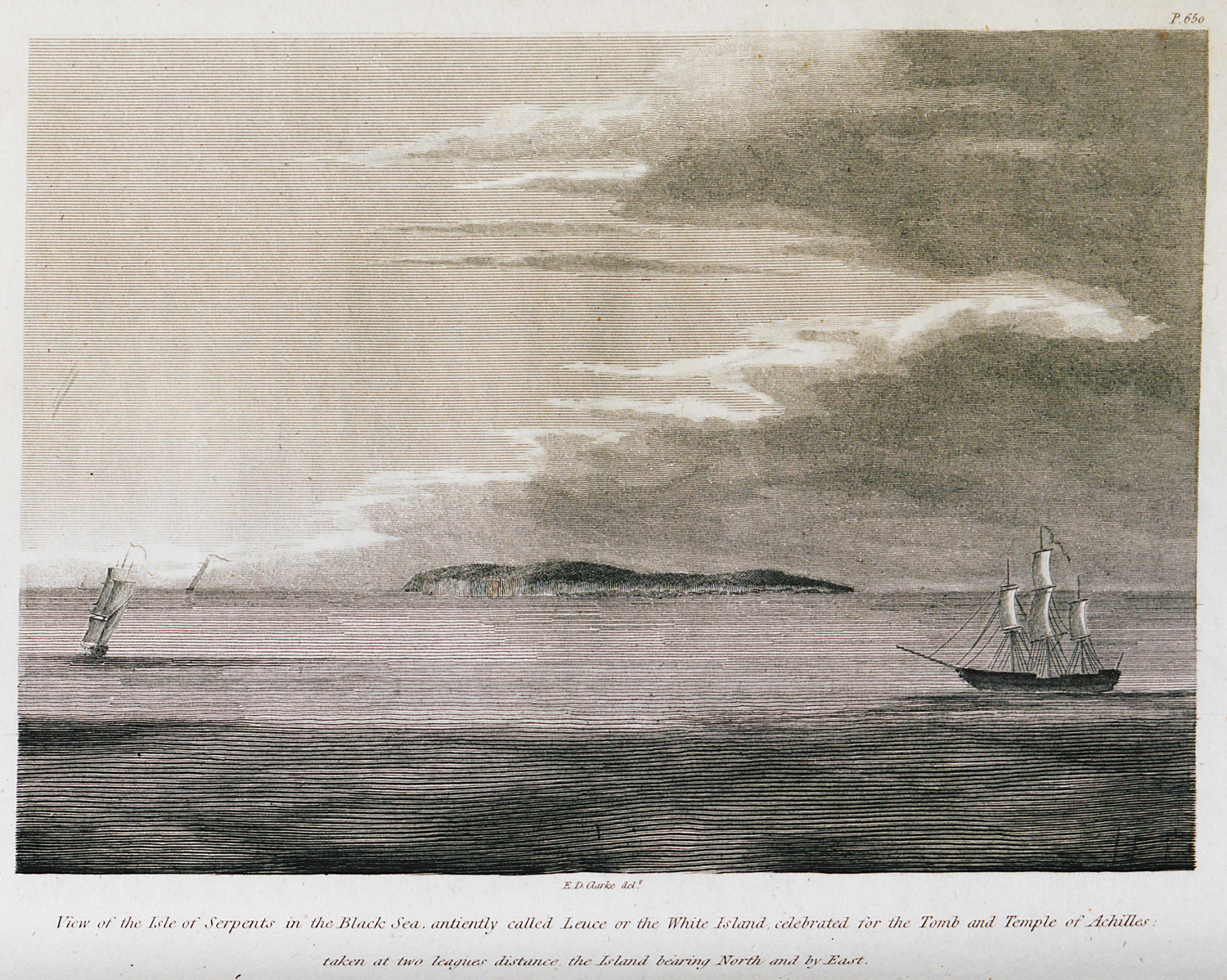
-
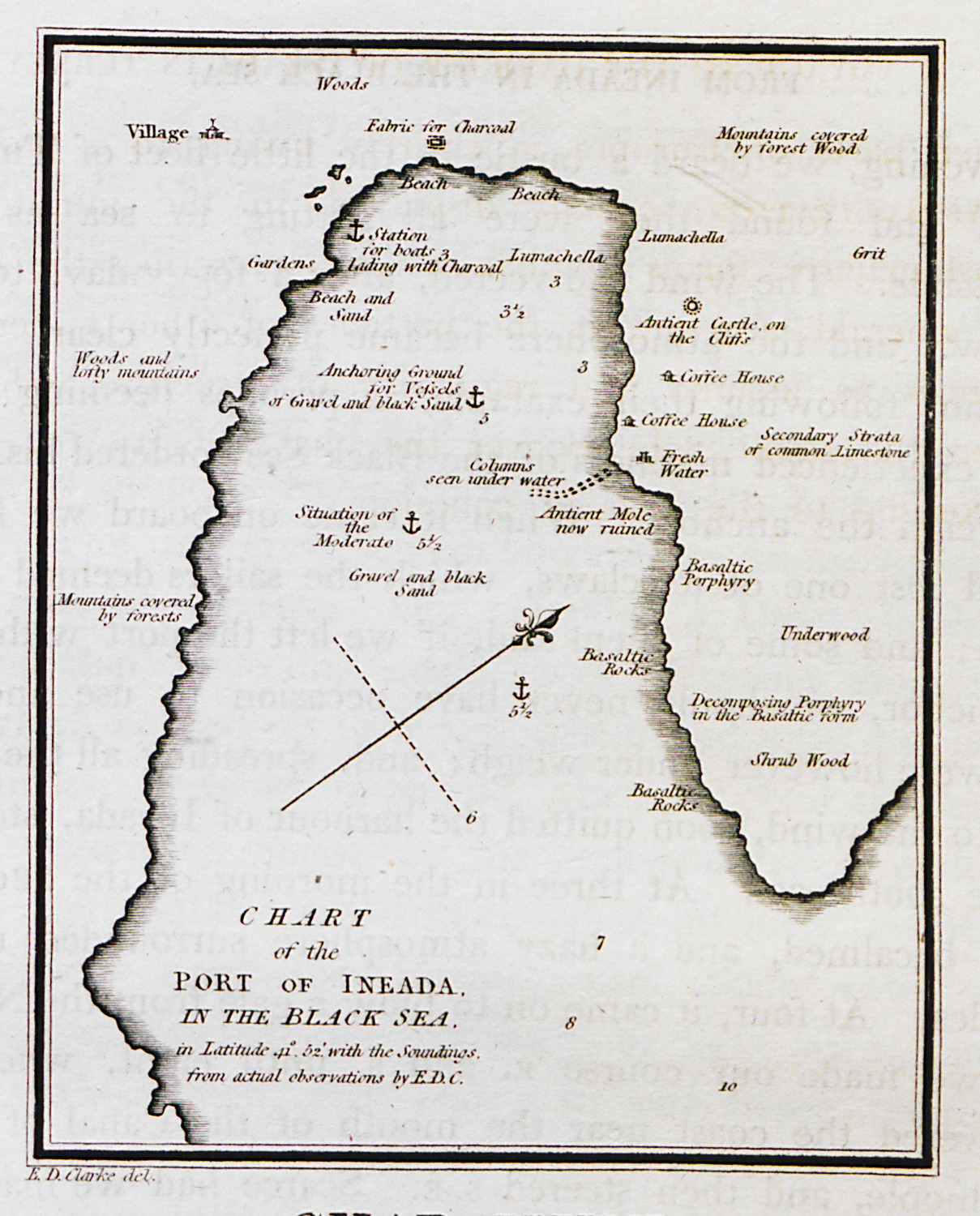
View of the port of İğneada, north of Istanbul, at the Black Sea.
-
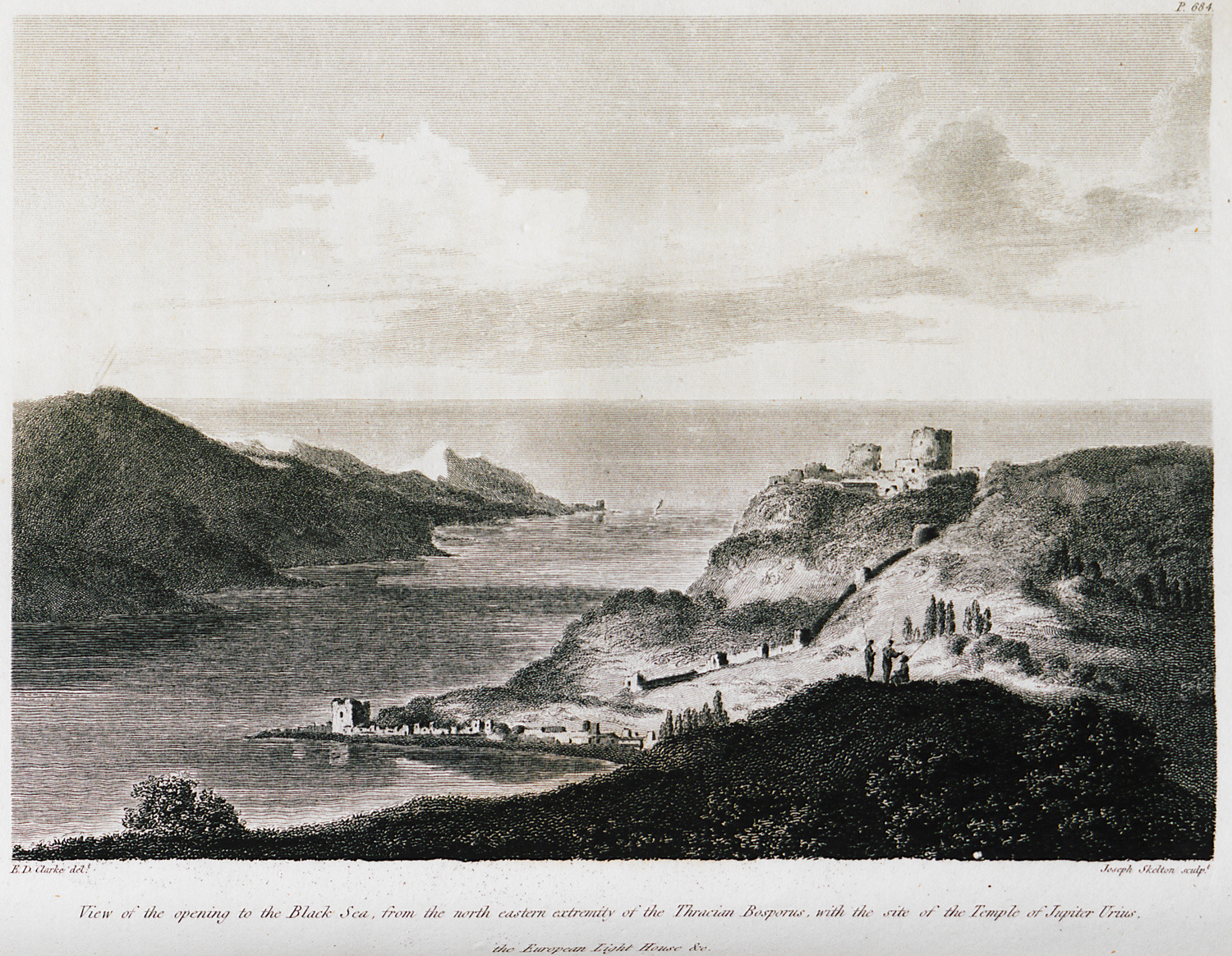
-
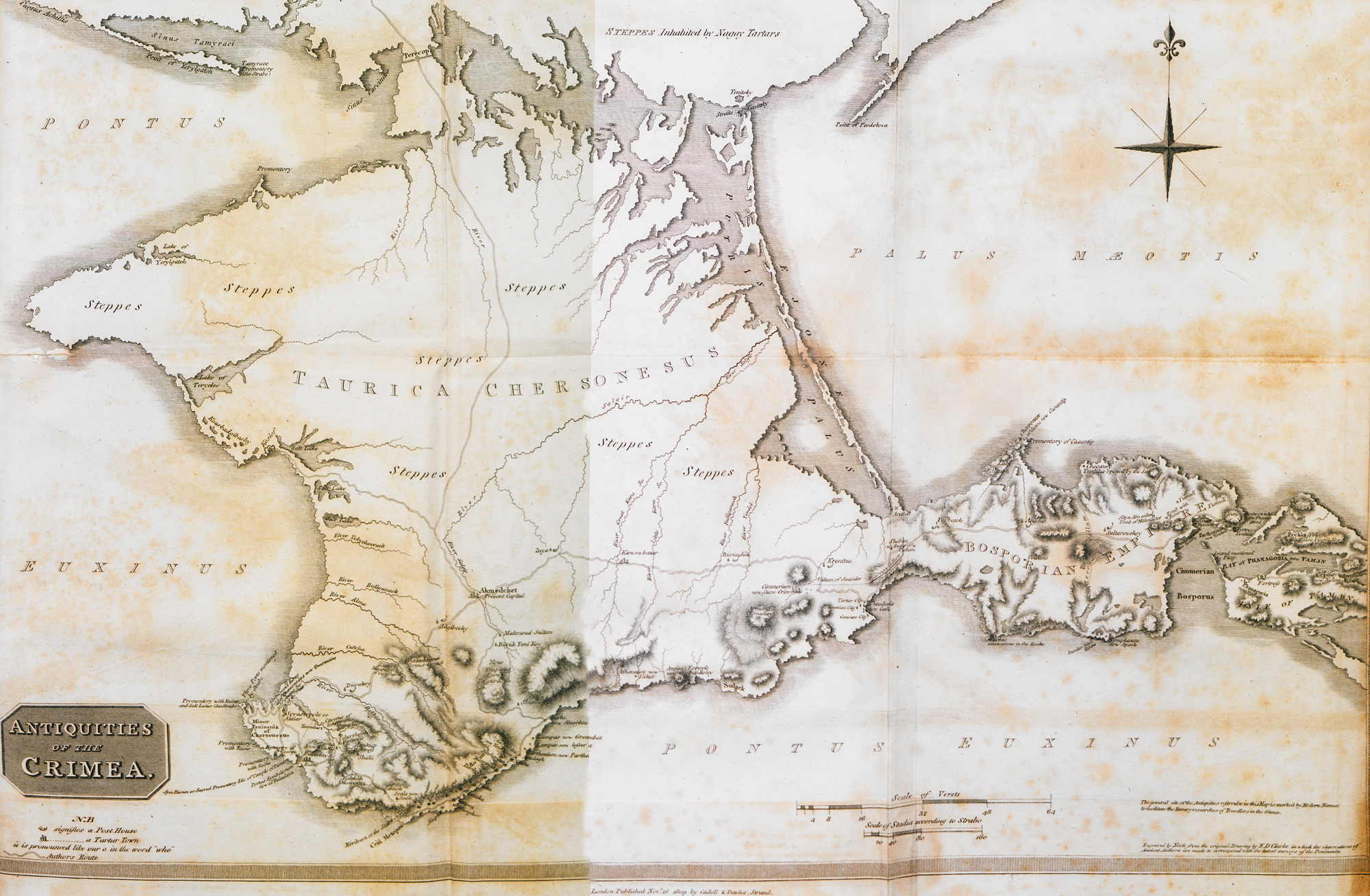
-
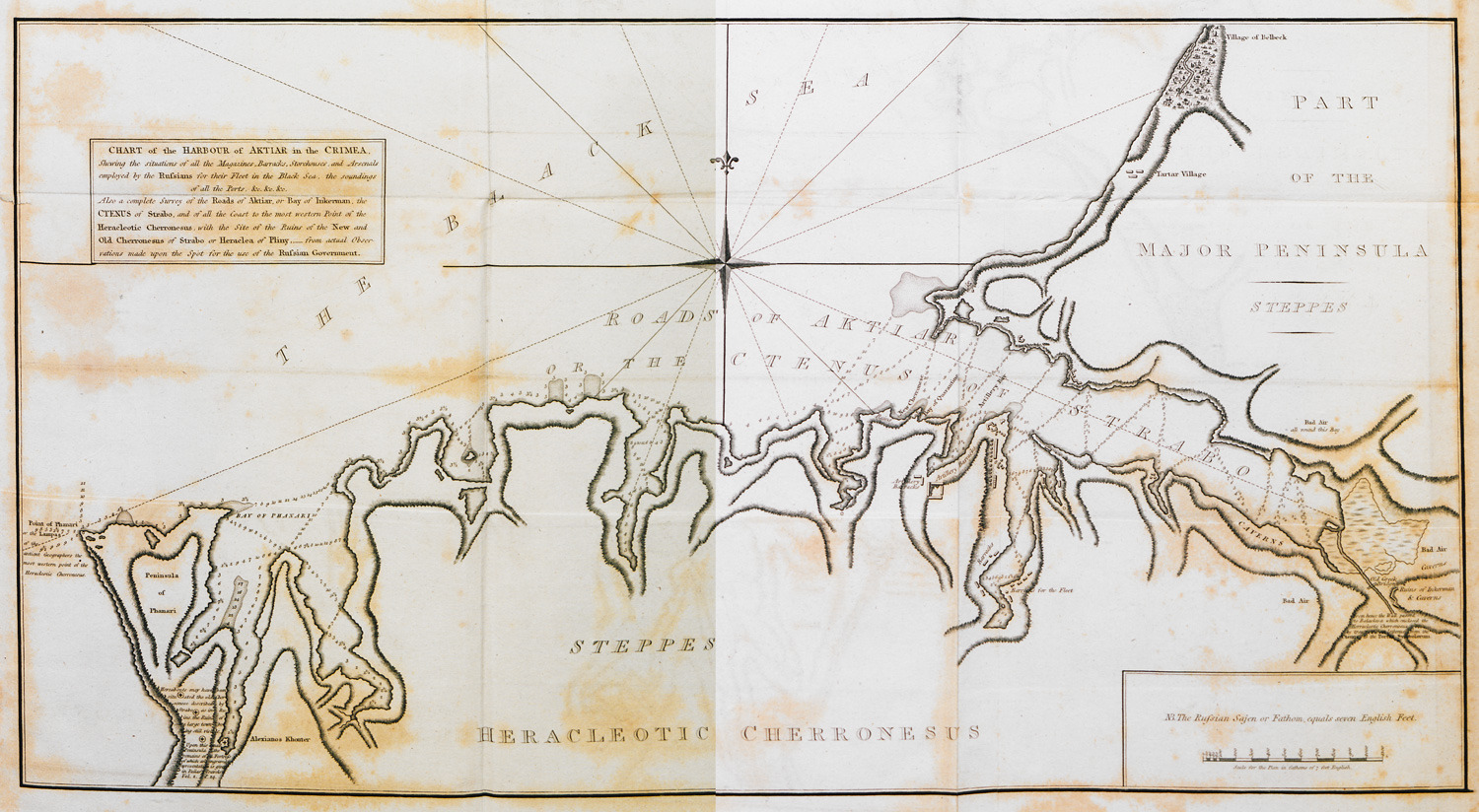
-
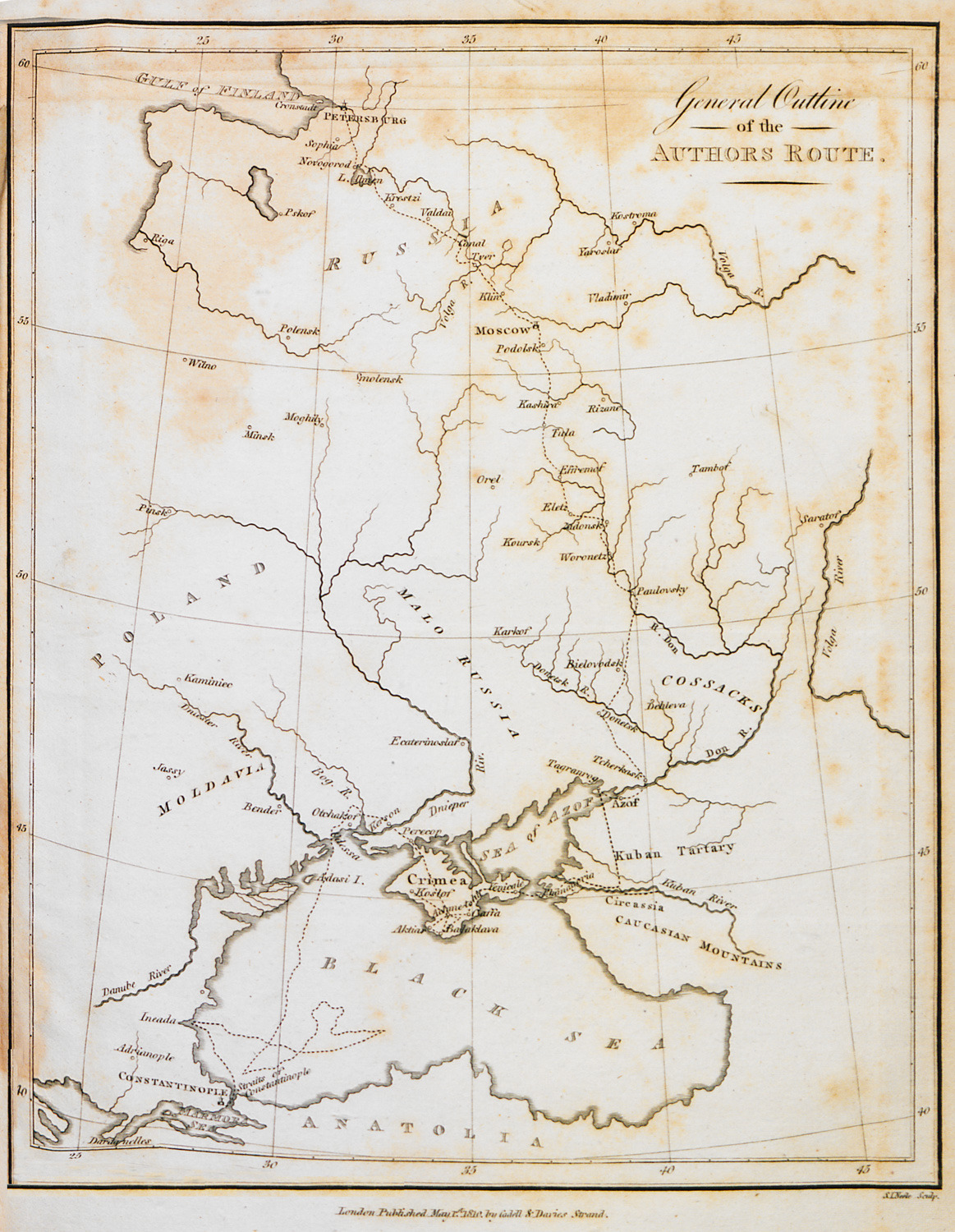
-
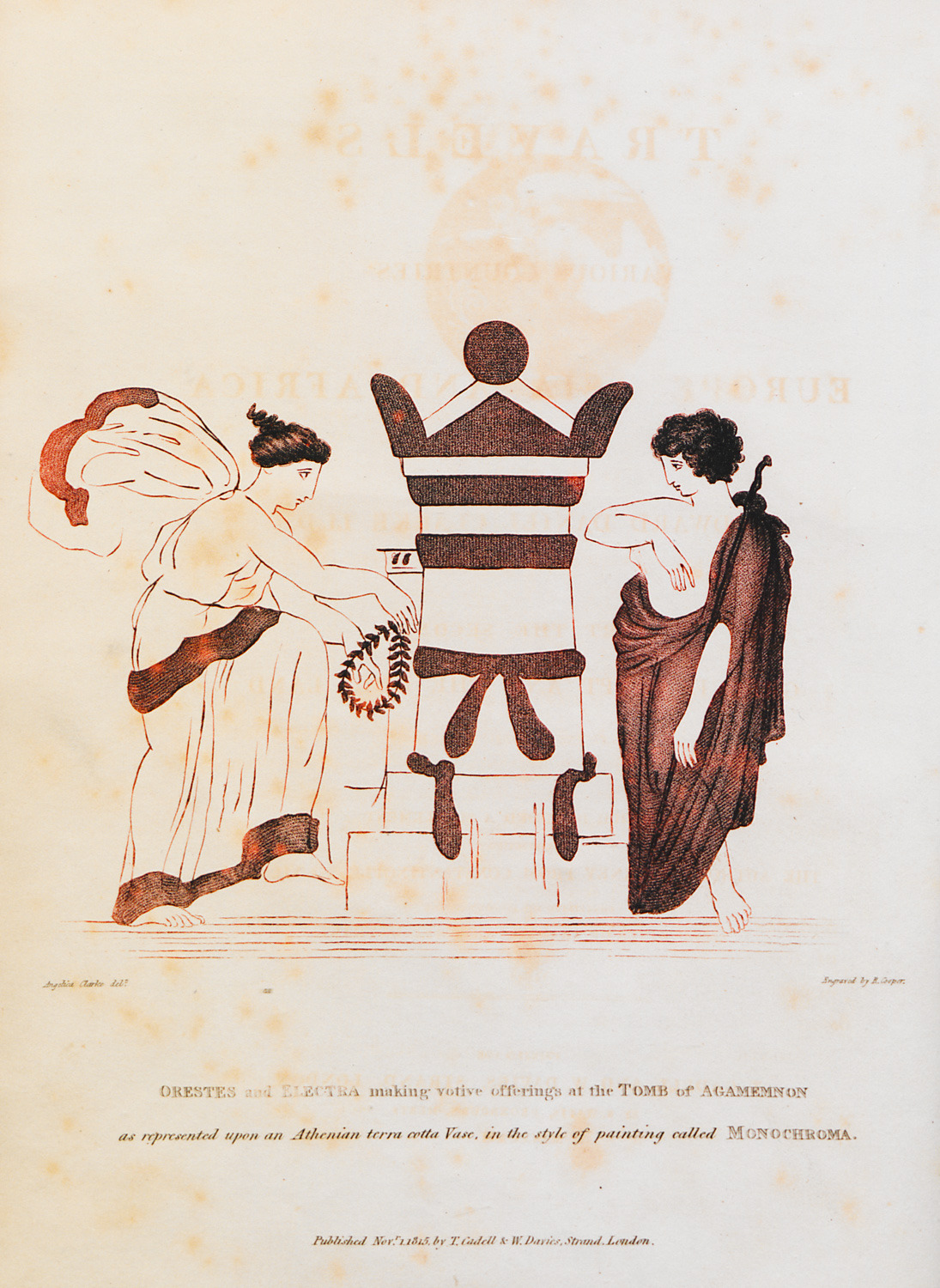
-
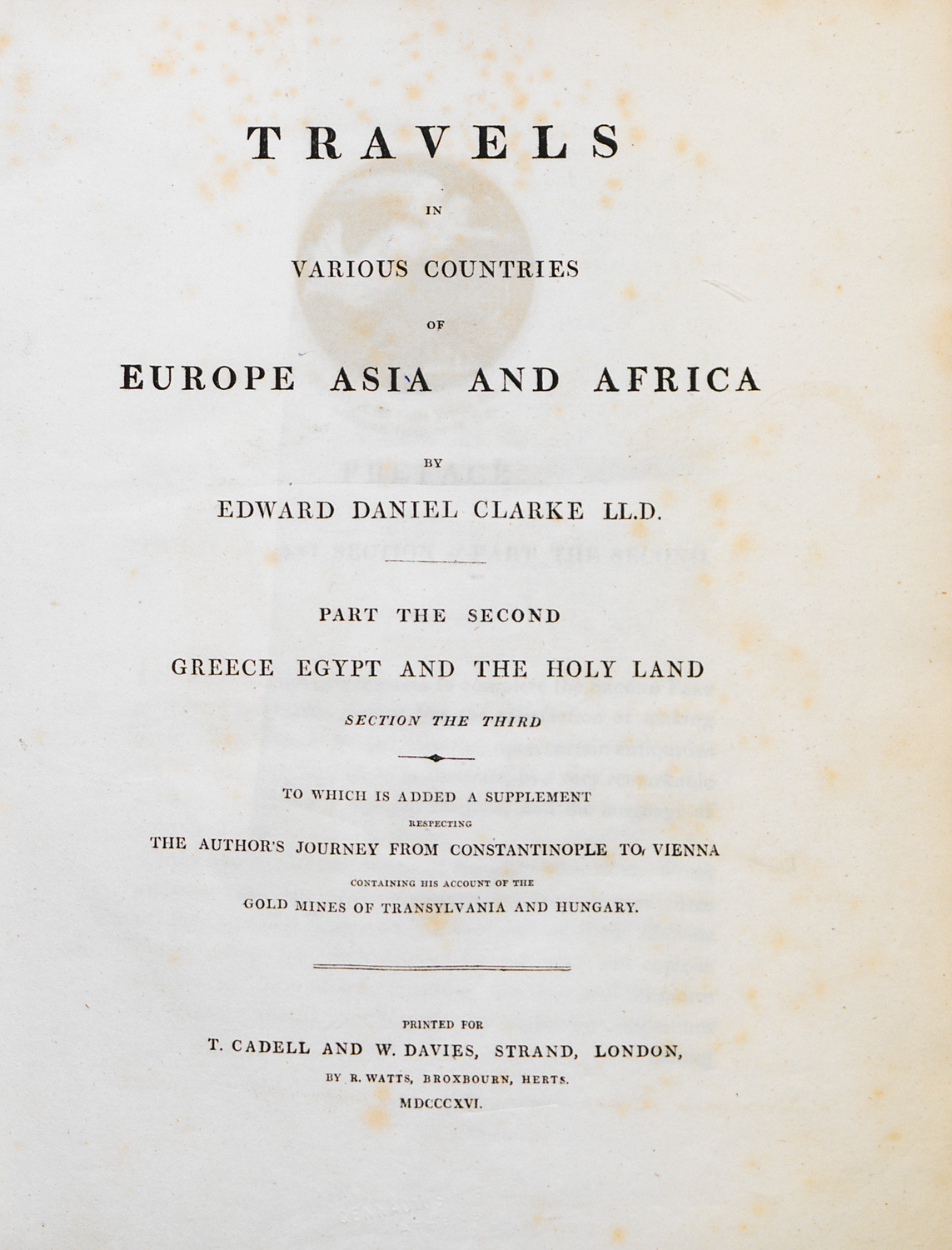
-
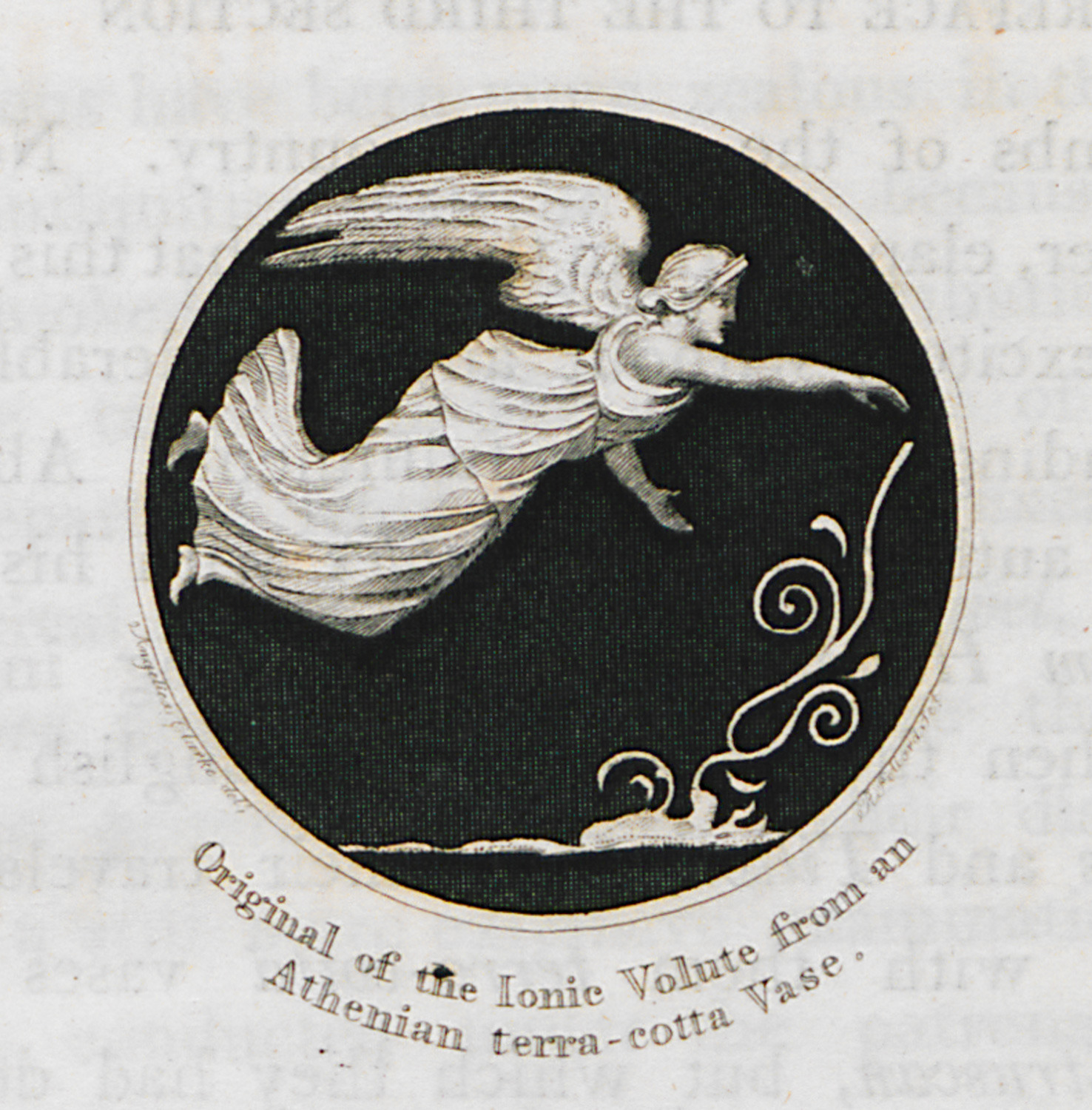
-
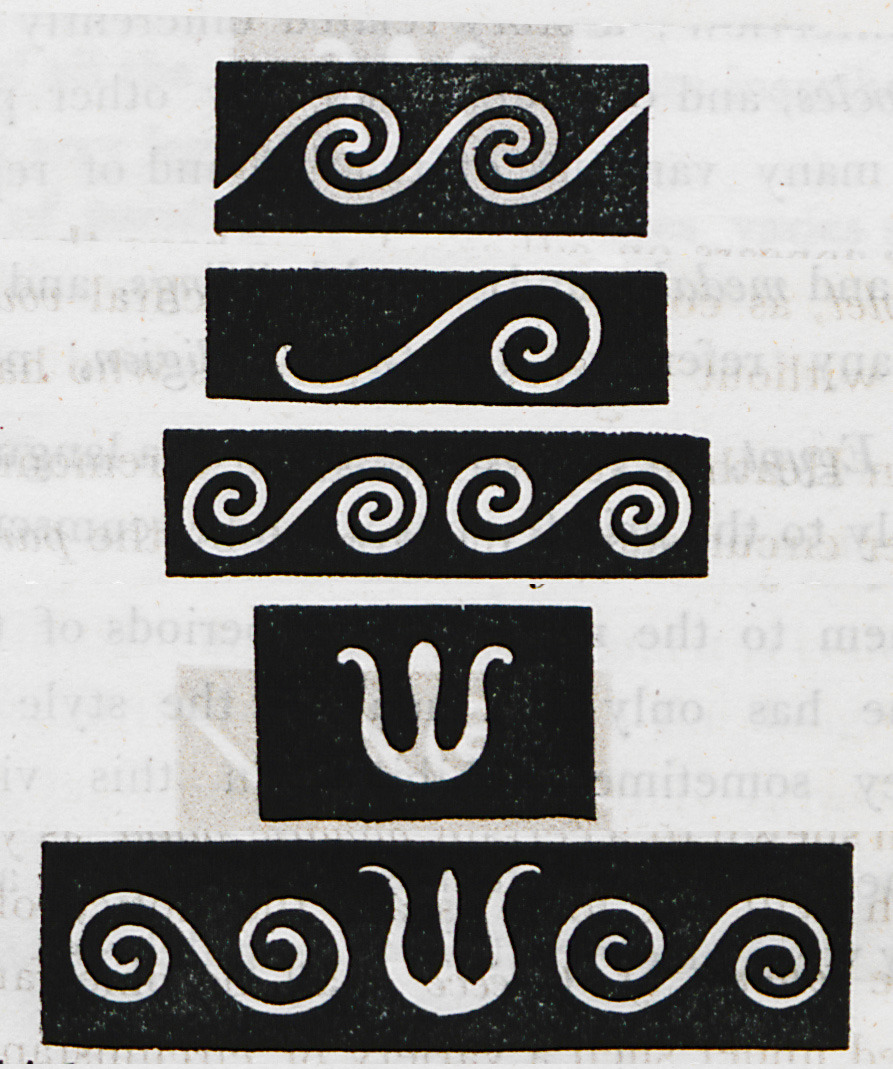
-
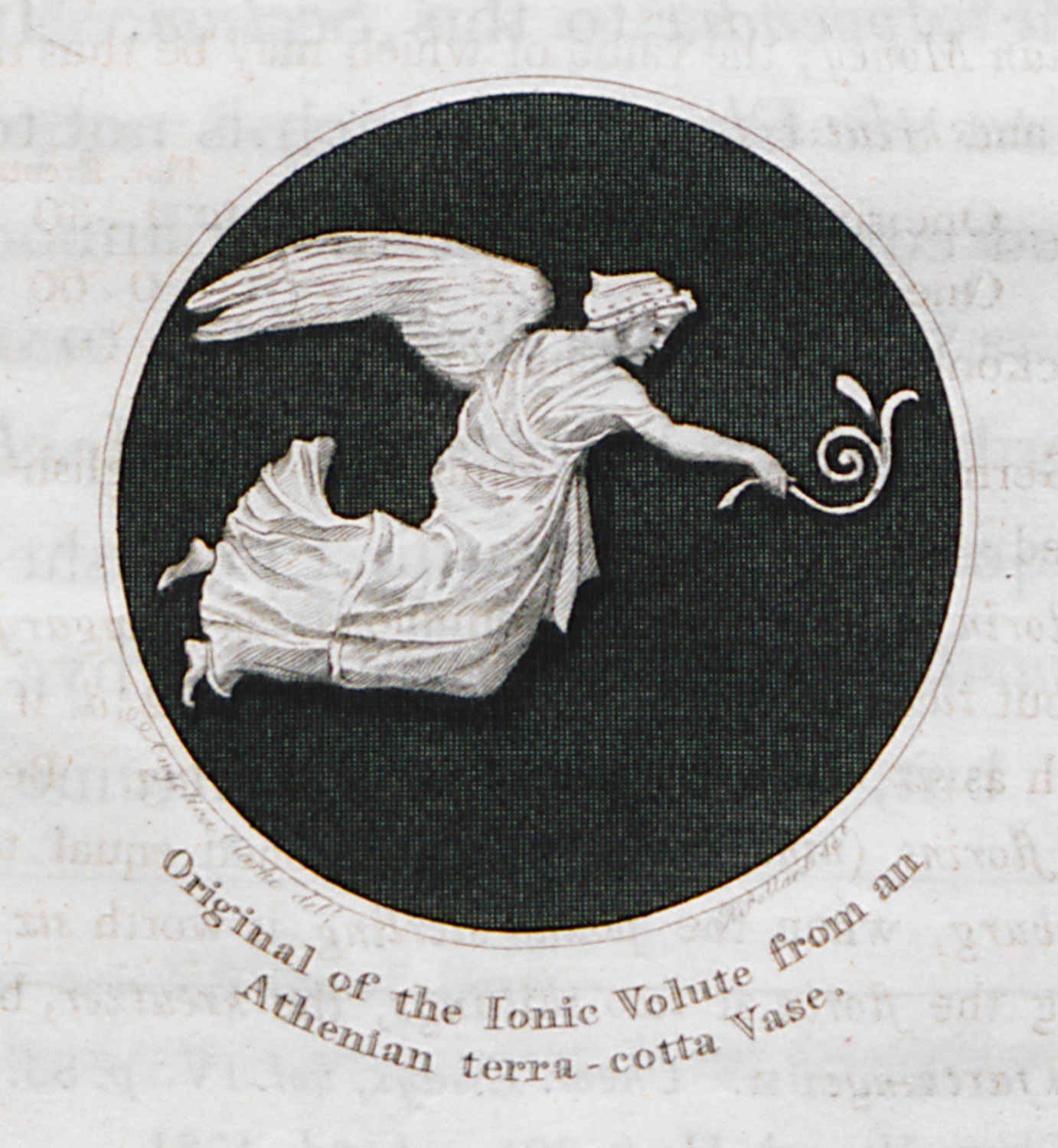
-
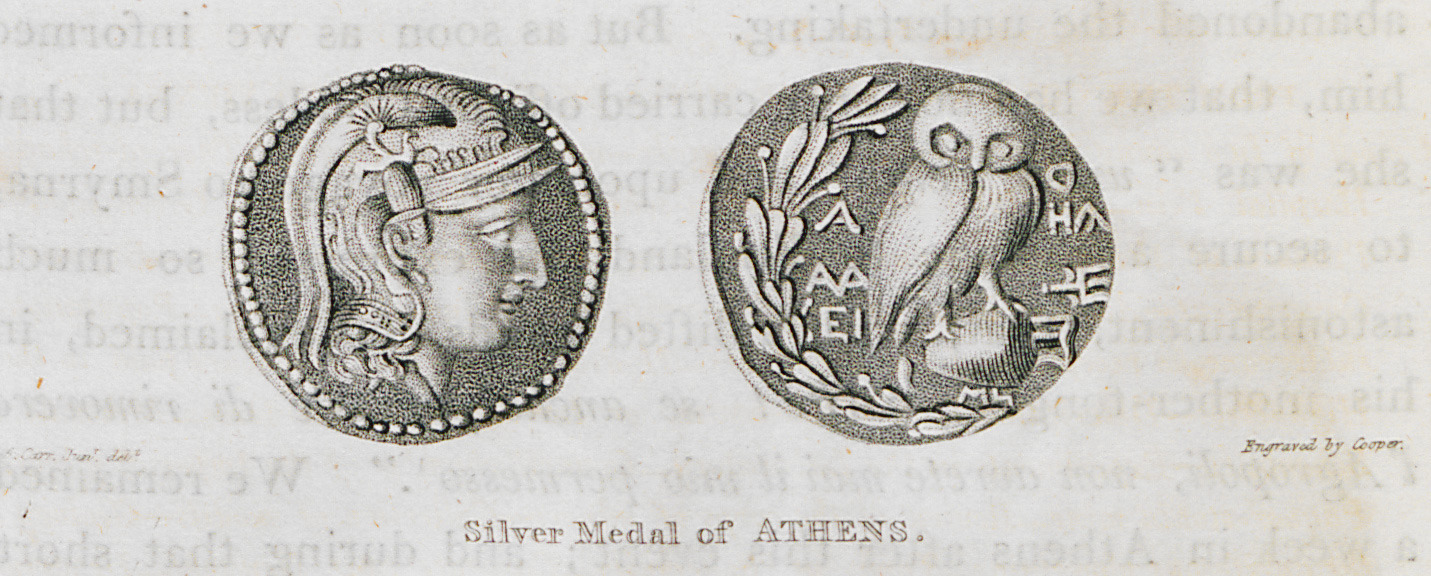
-
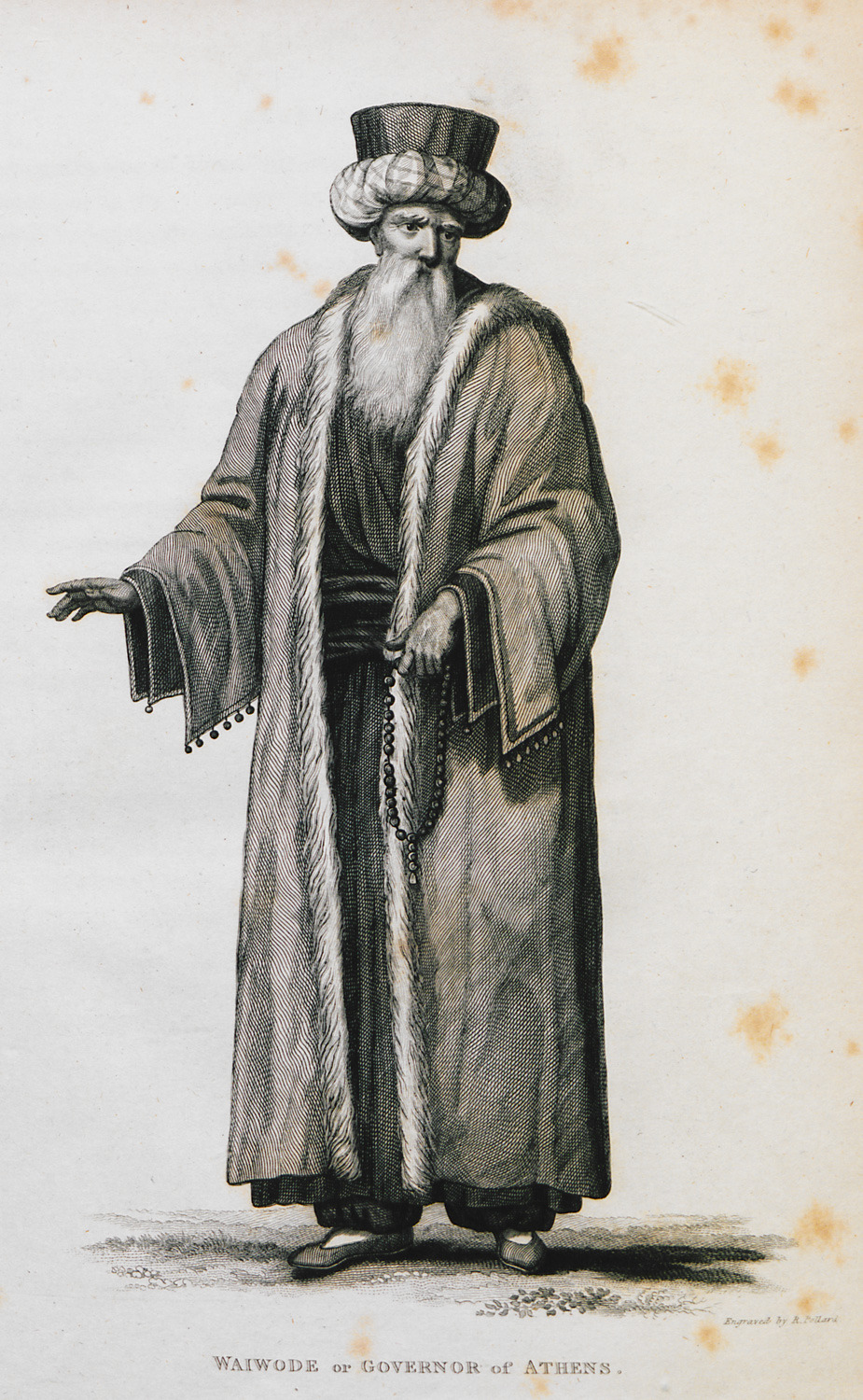
-
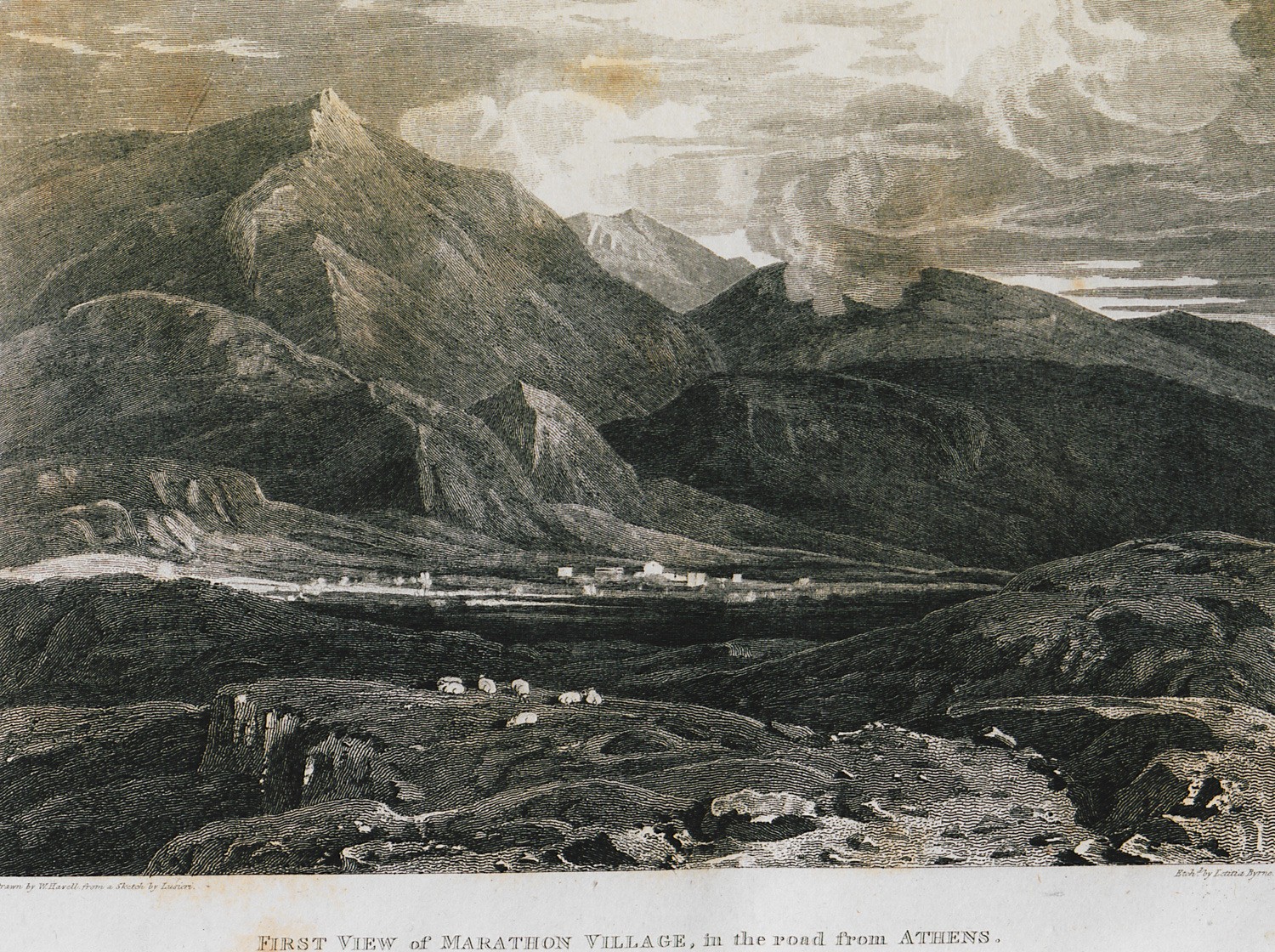
-
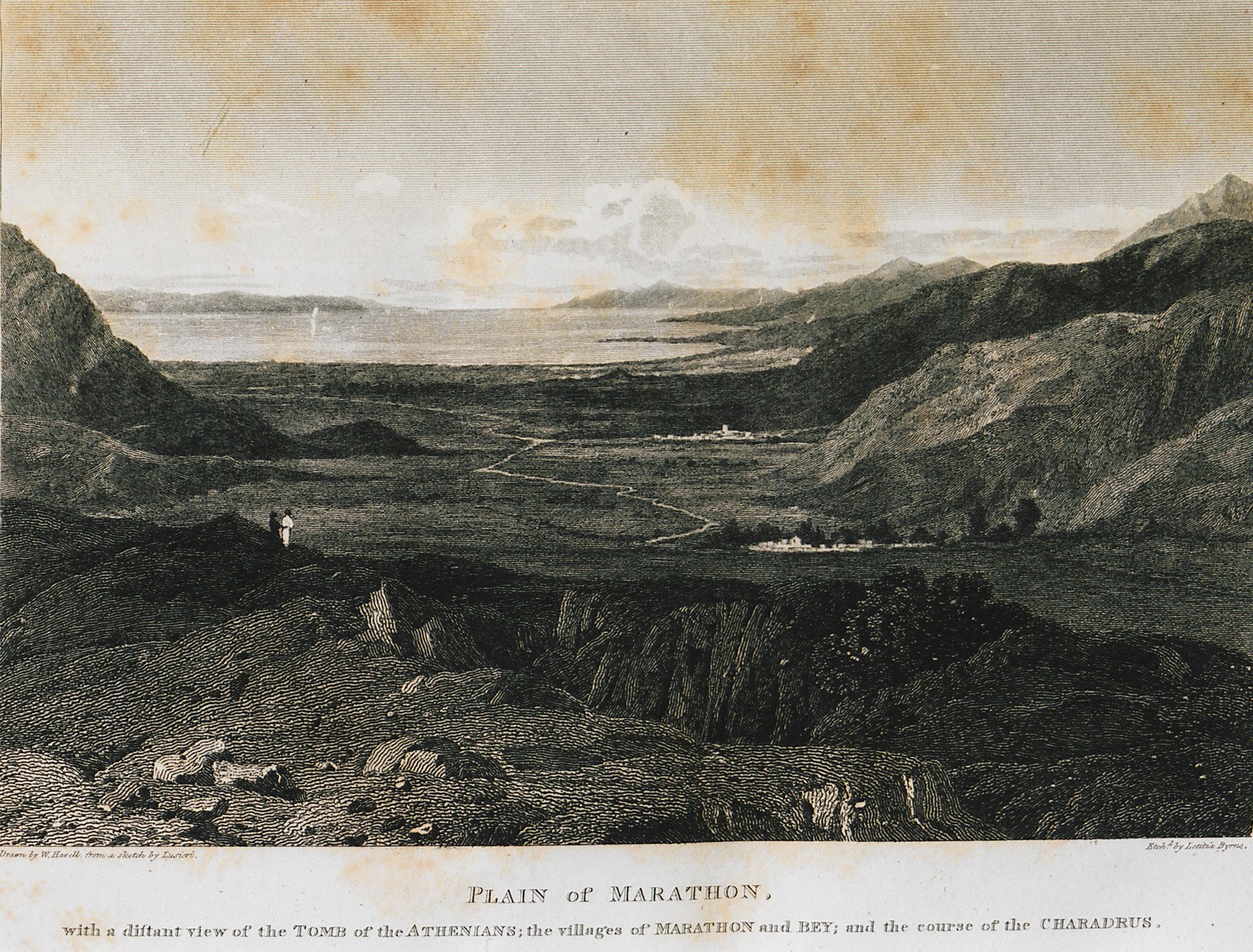
View of the plain of Marathon with the Tumulus of the Athenians.
-
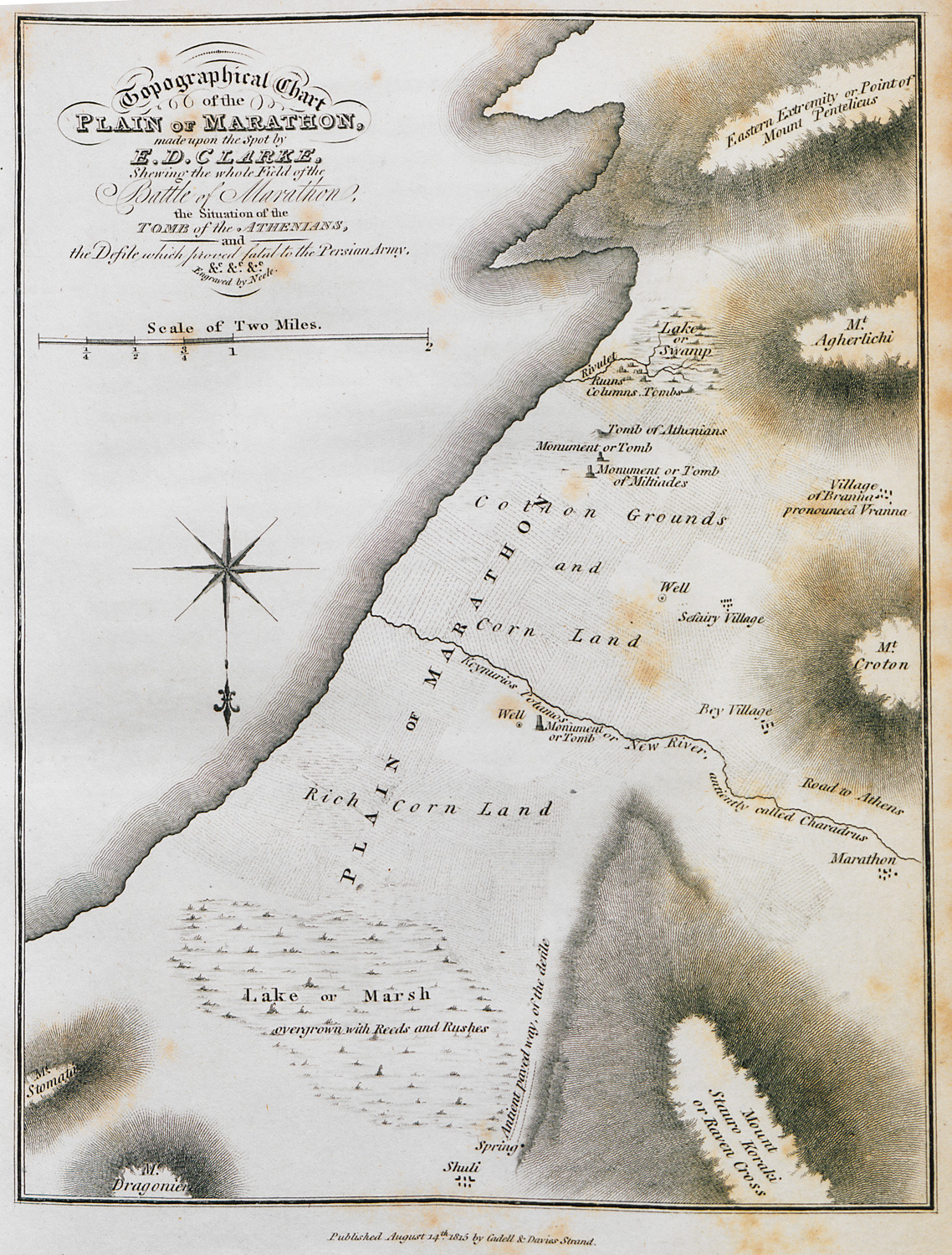
-
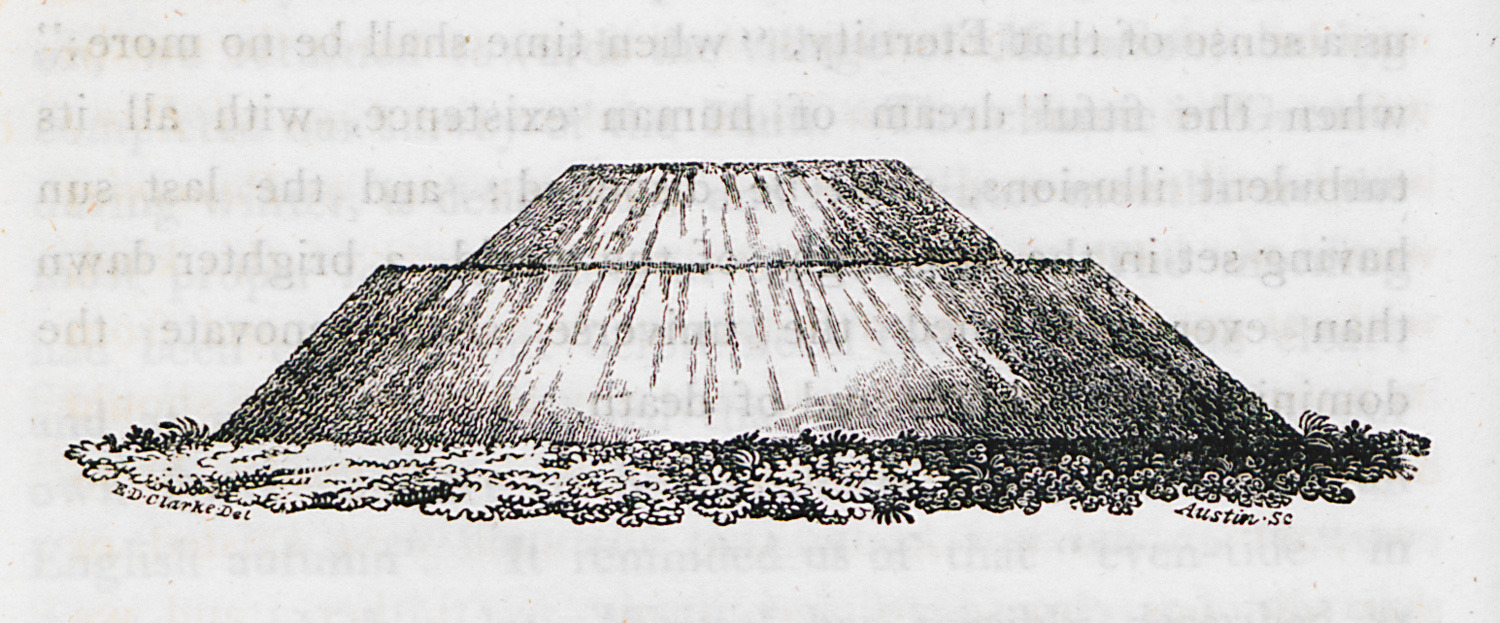
-
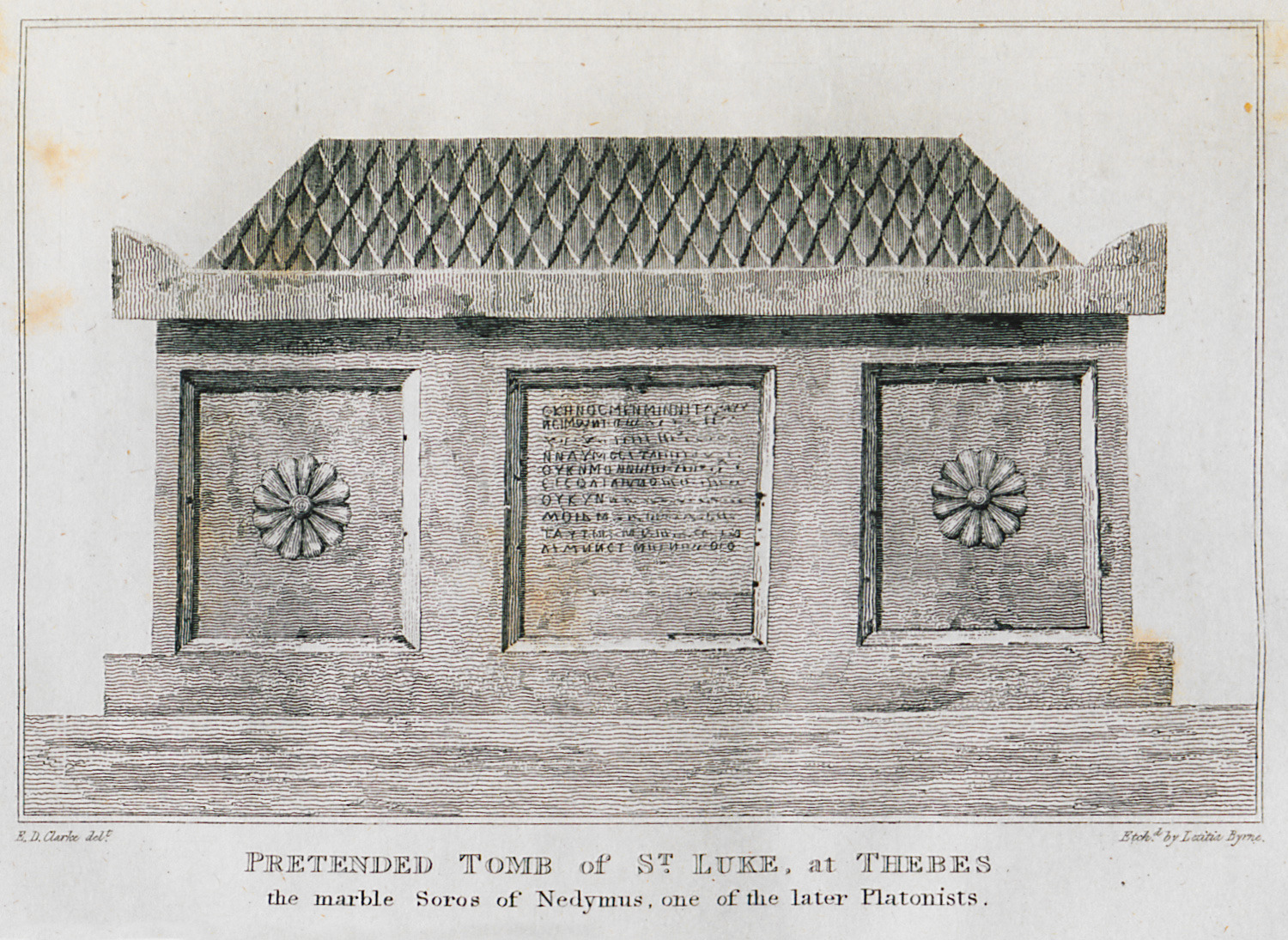
-
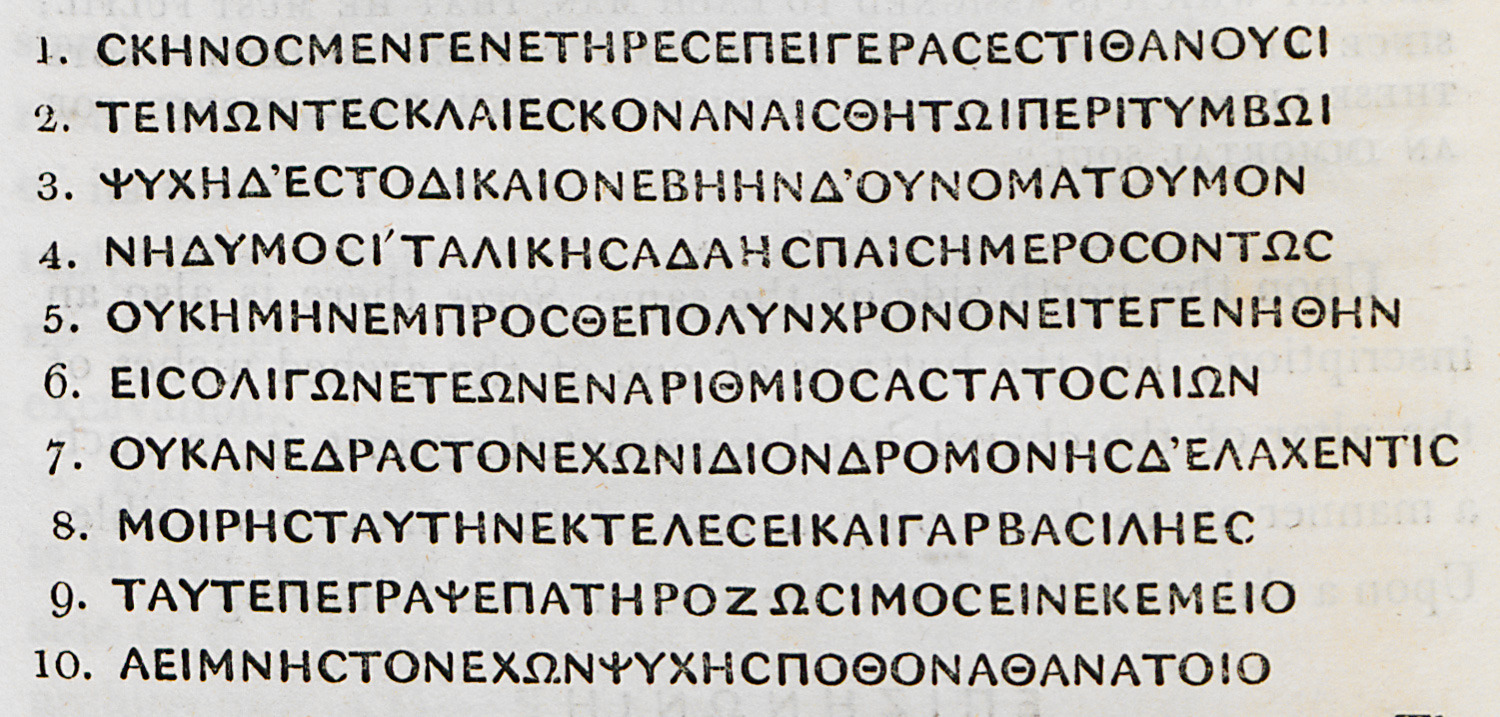
-
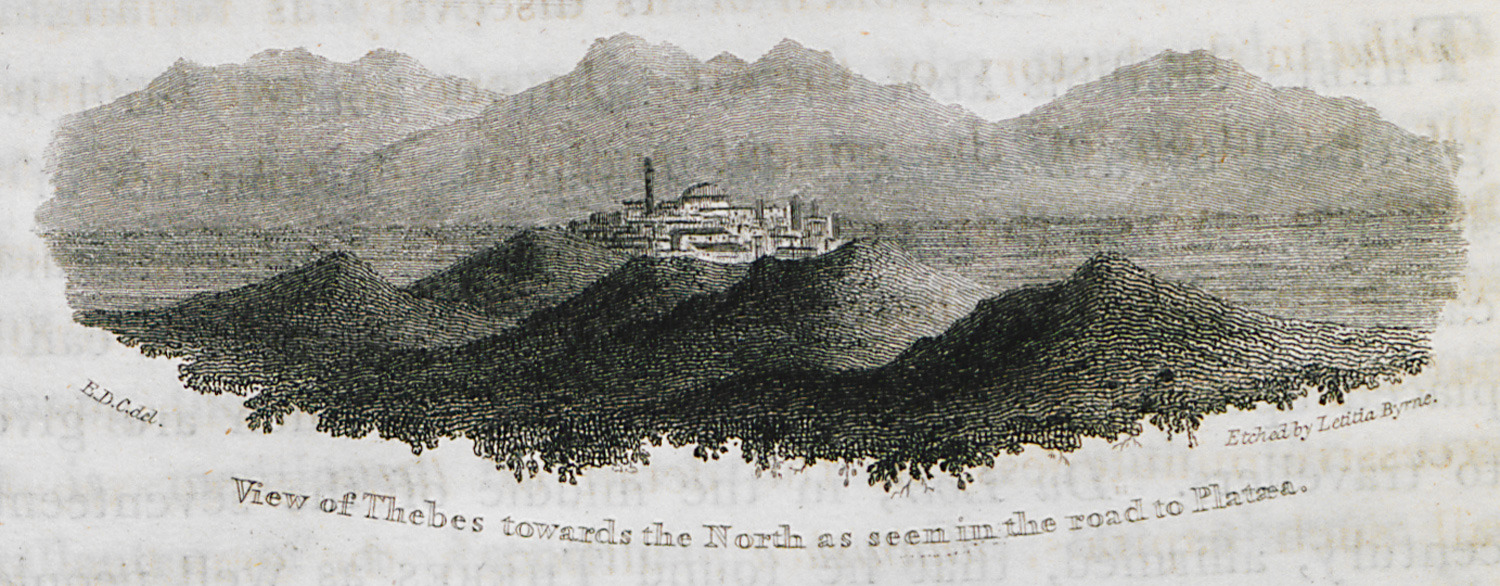
-
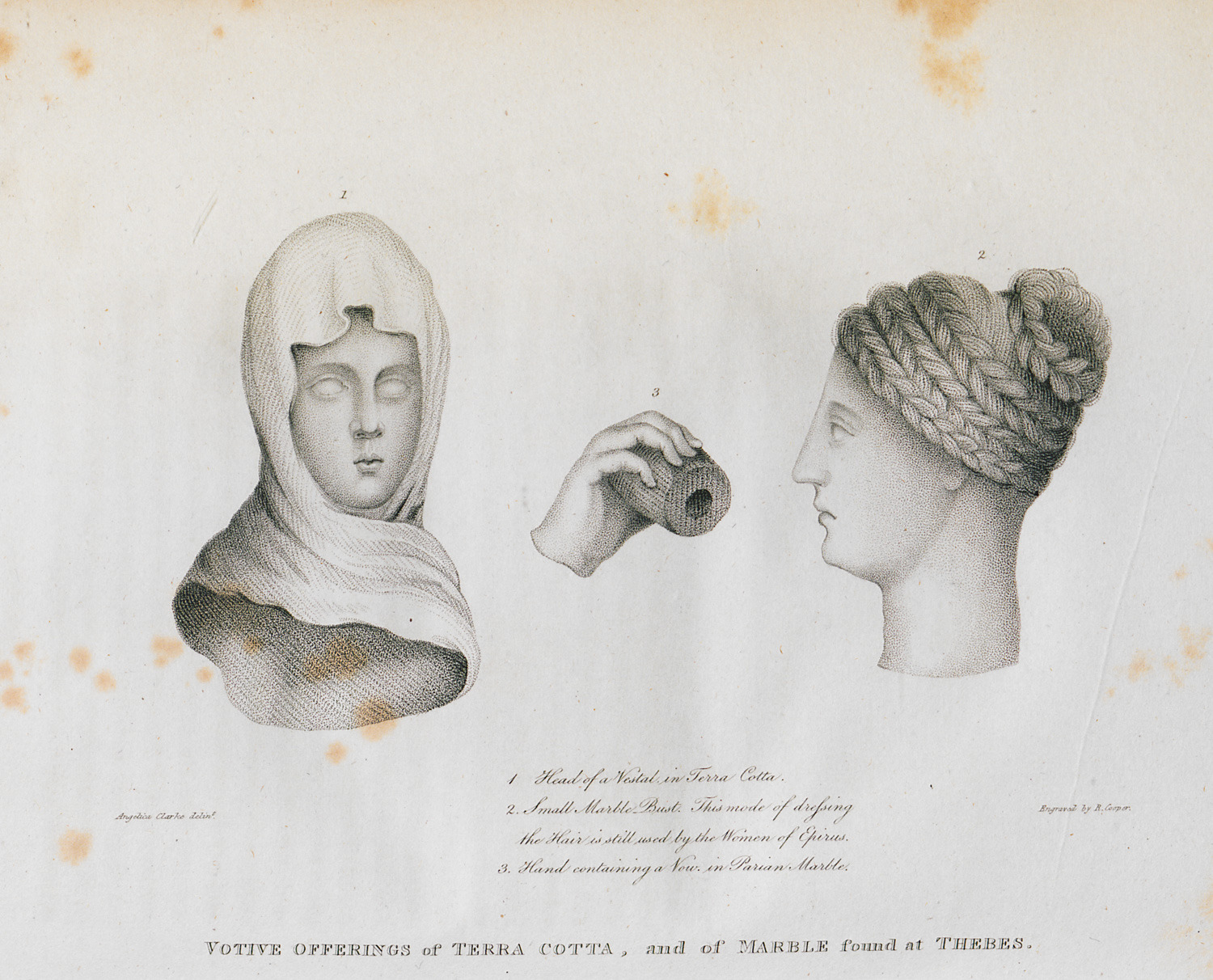
Ancient votive offerings of terracotta and marble from Thebes.
-
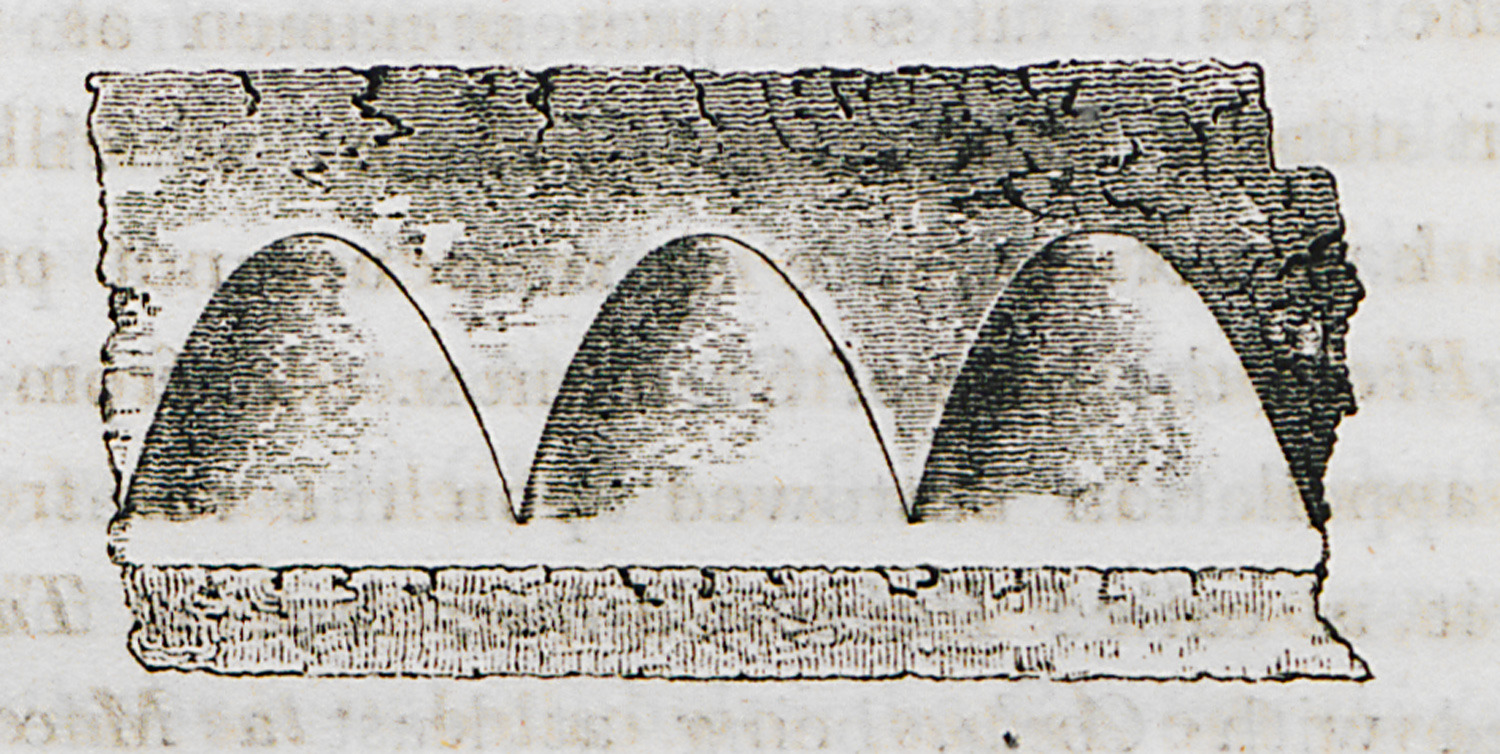
-
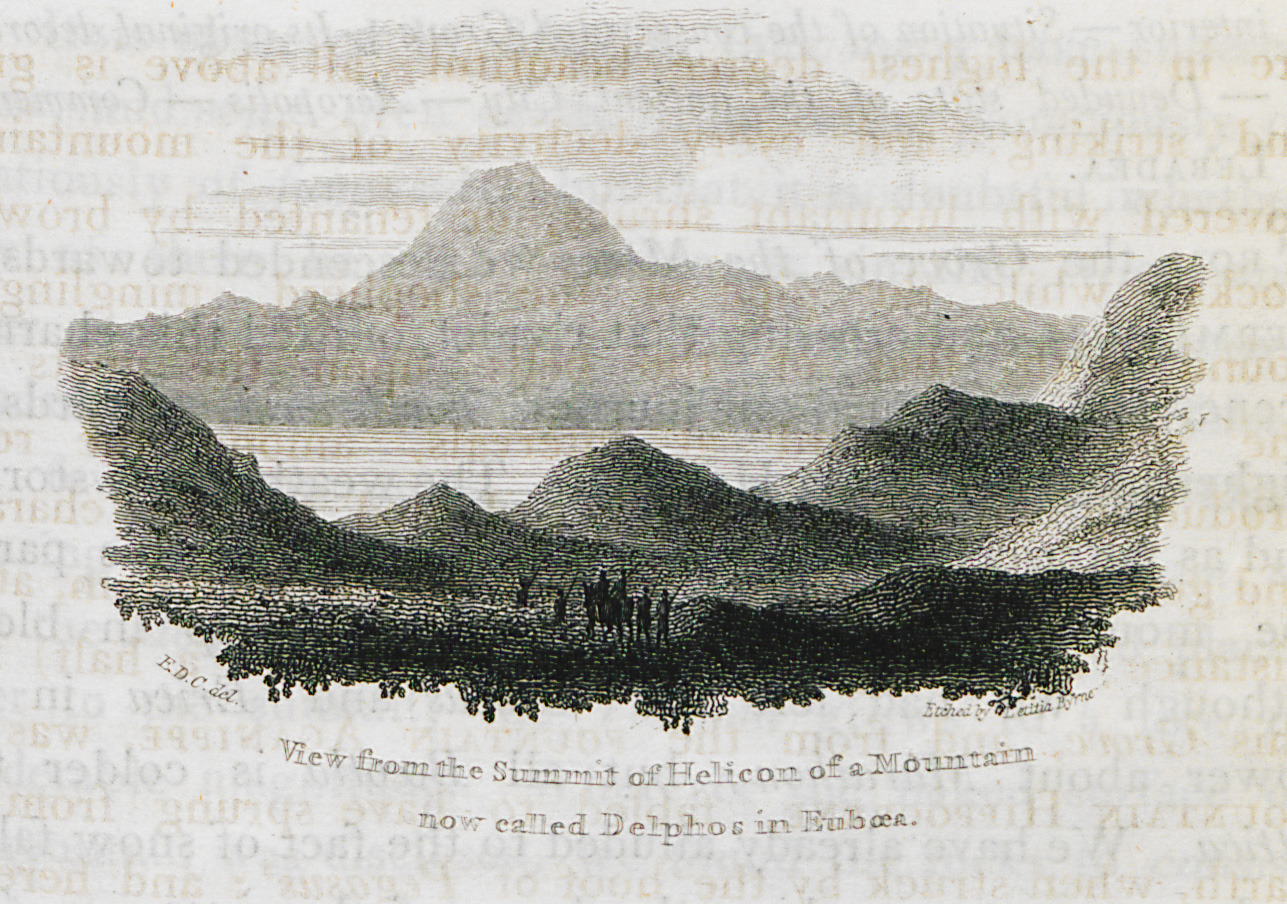
Delphi, the highest summit of Mount Dirfi in Euboea, as seen from Mount Helicon.
-
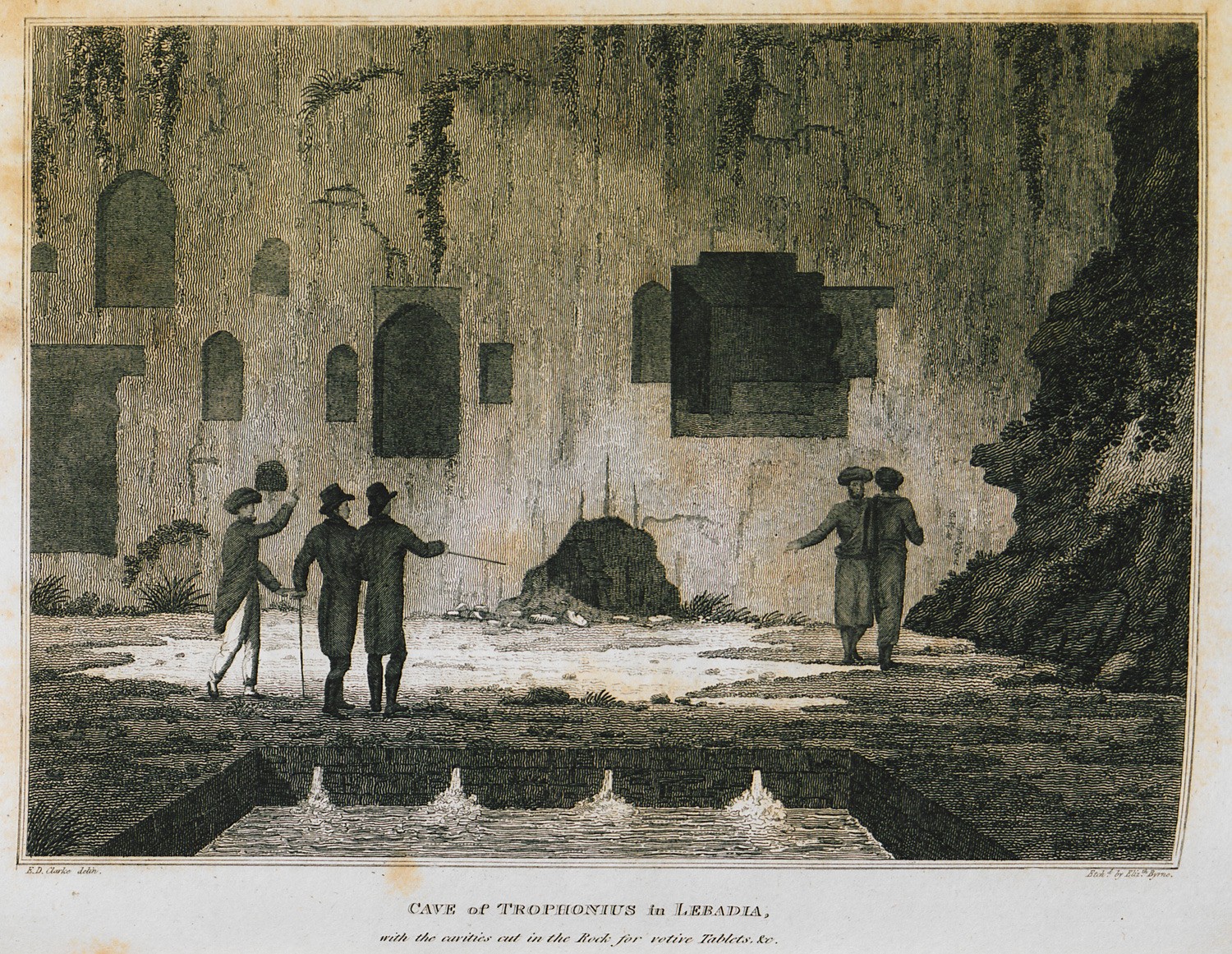
-
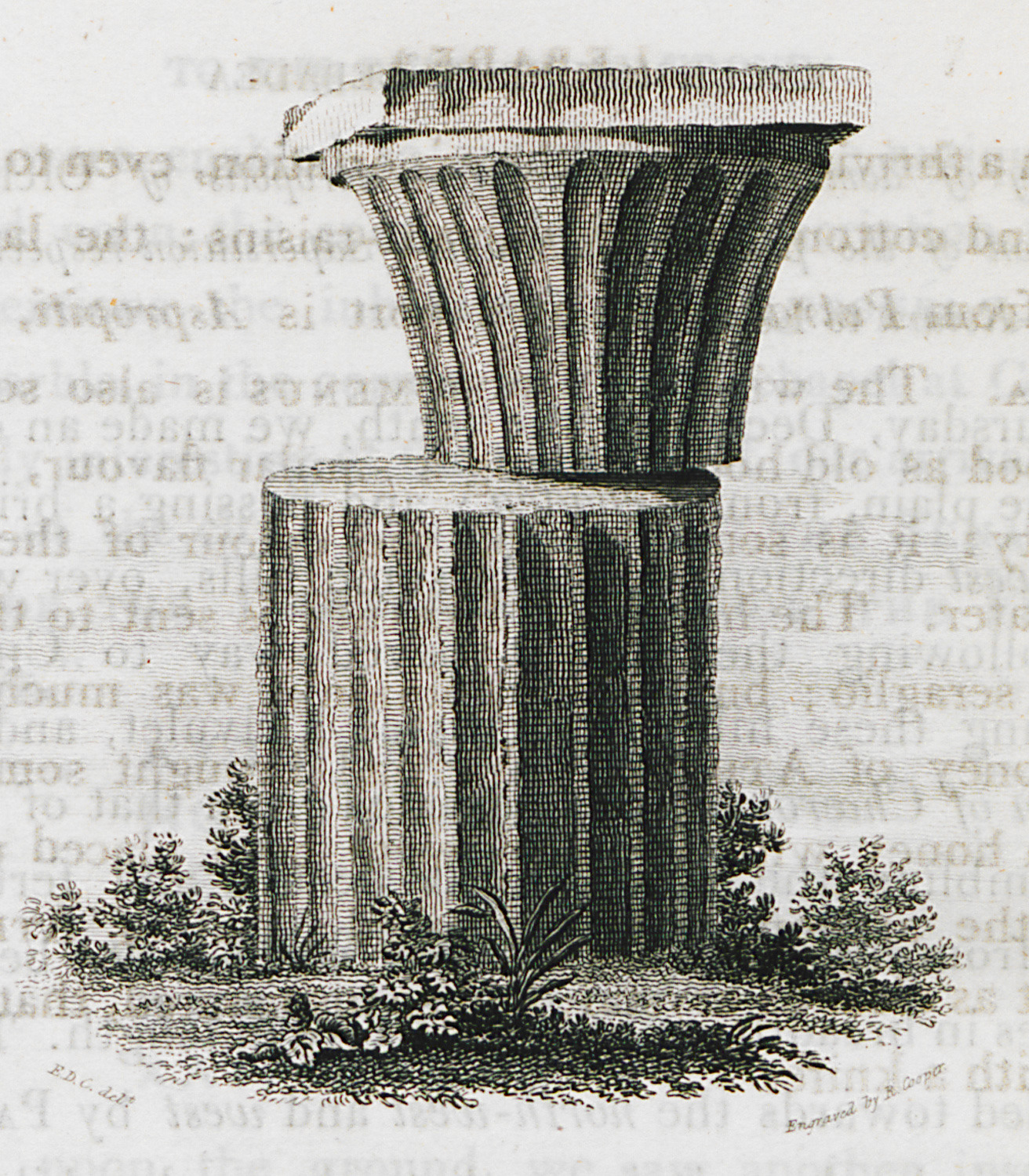
-
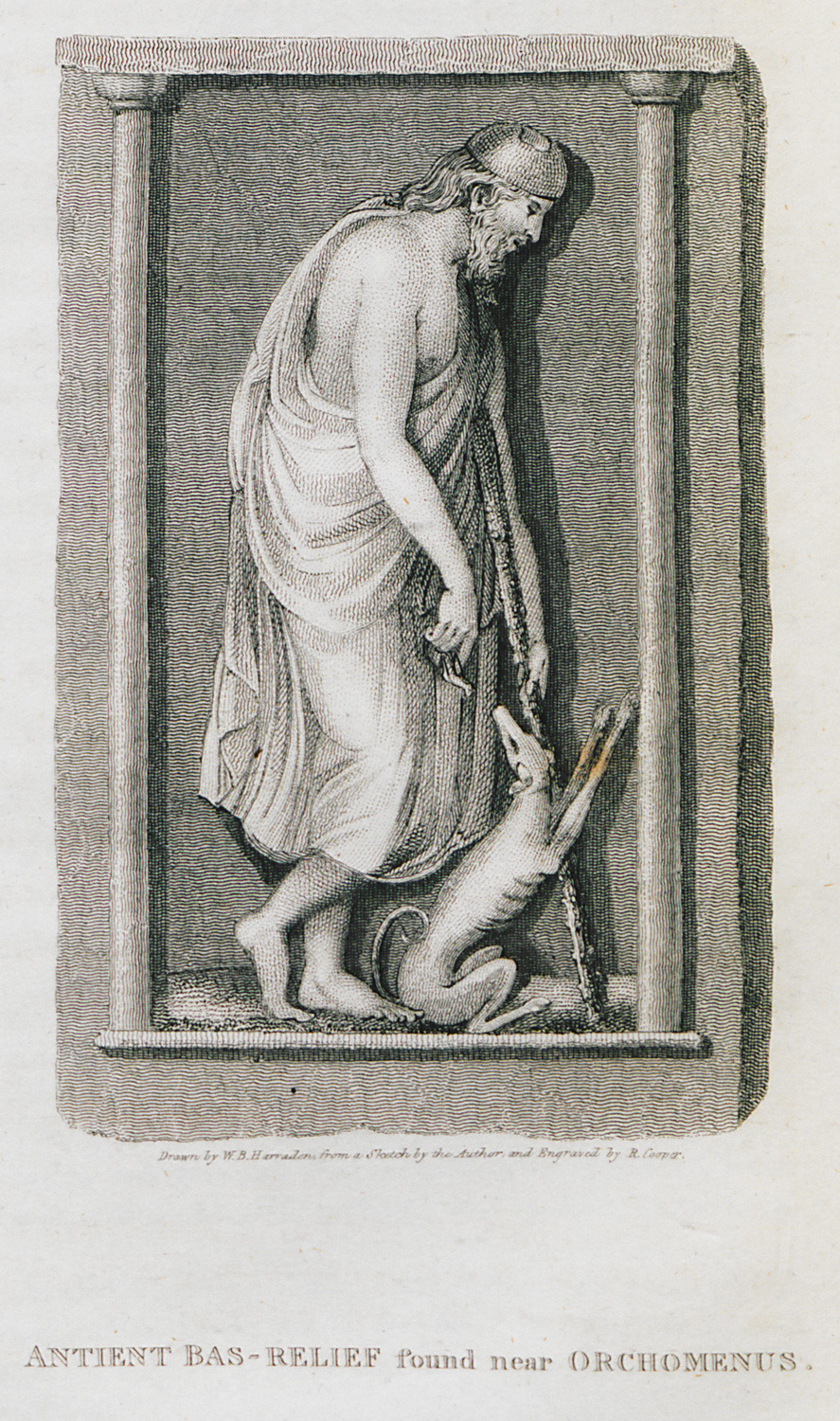
-
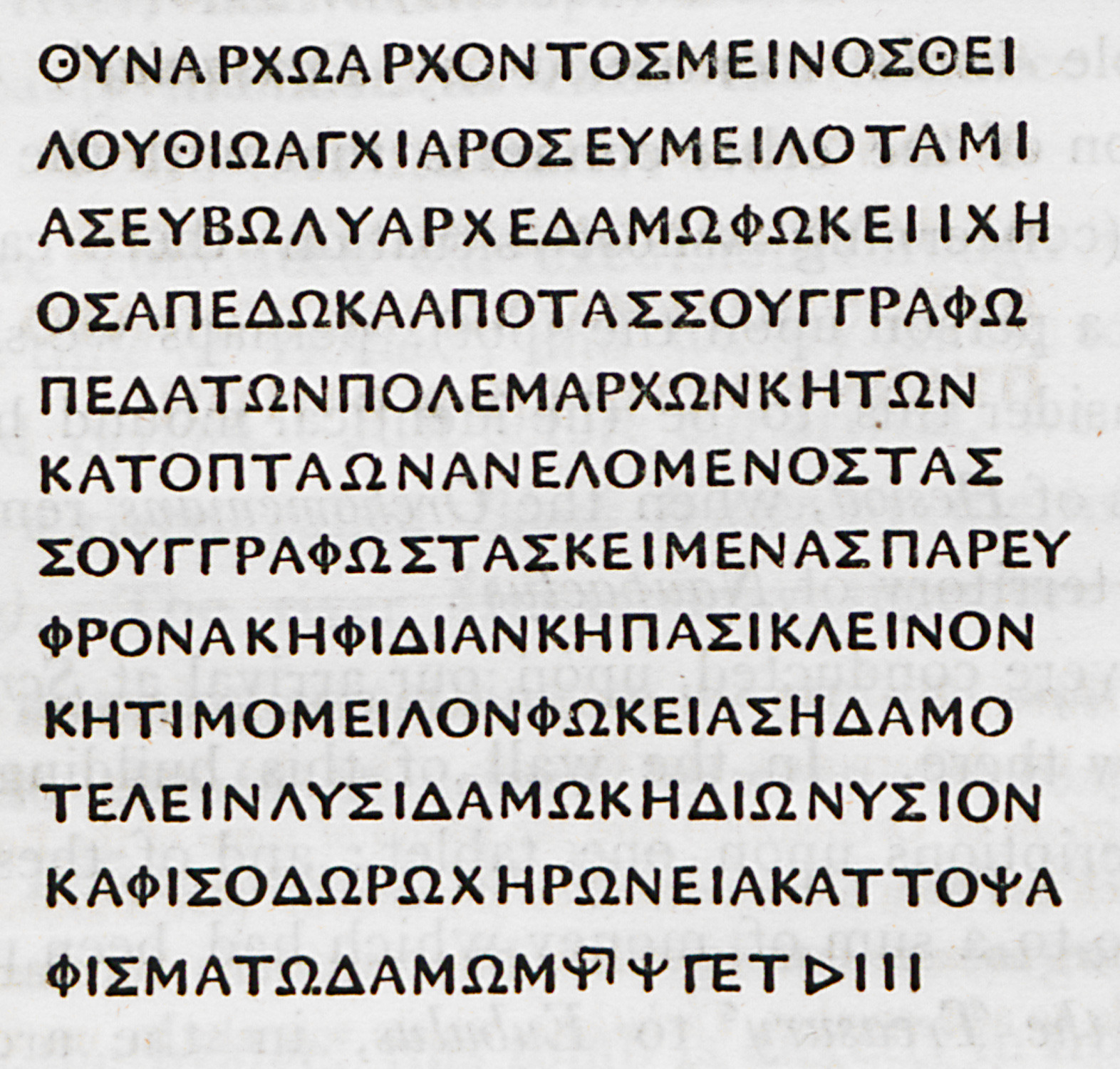
Ancient inscription incorporated in the walls of Panagia Skripou church in Orchomenos.
-
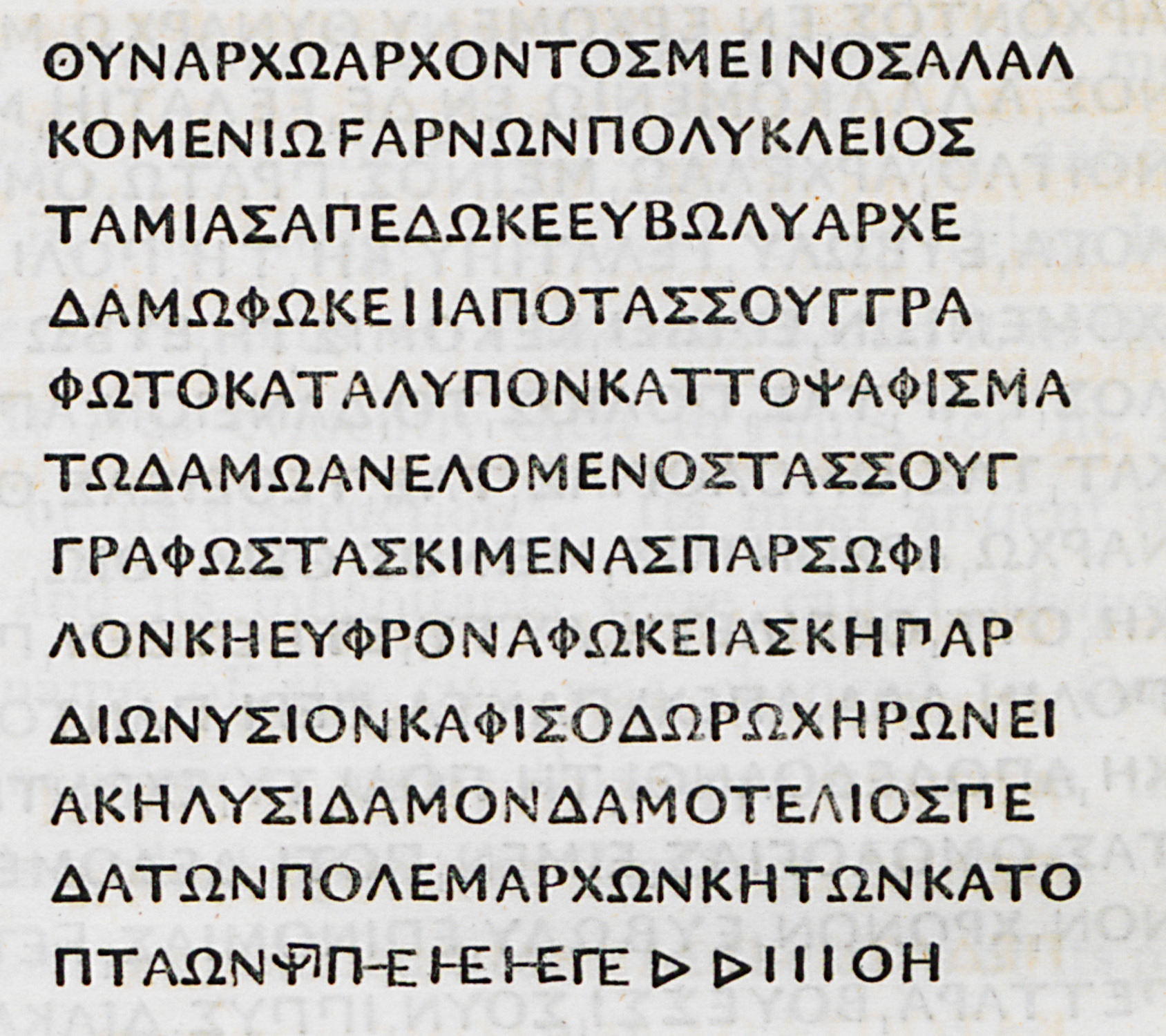
Ancient inscription incorporated in the walls of Panagia Skripou church in Orchomenos.
-
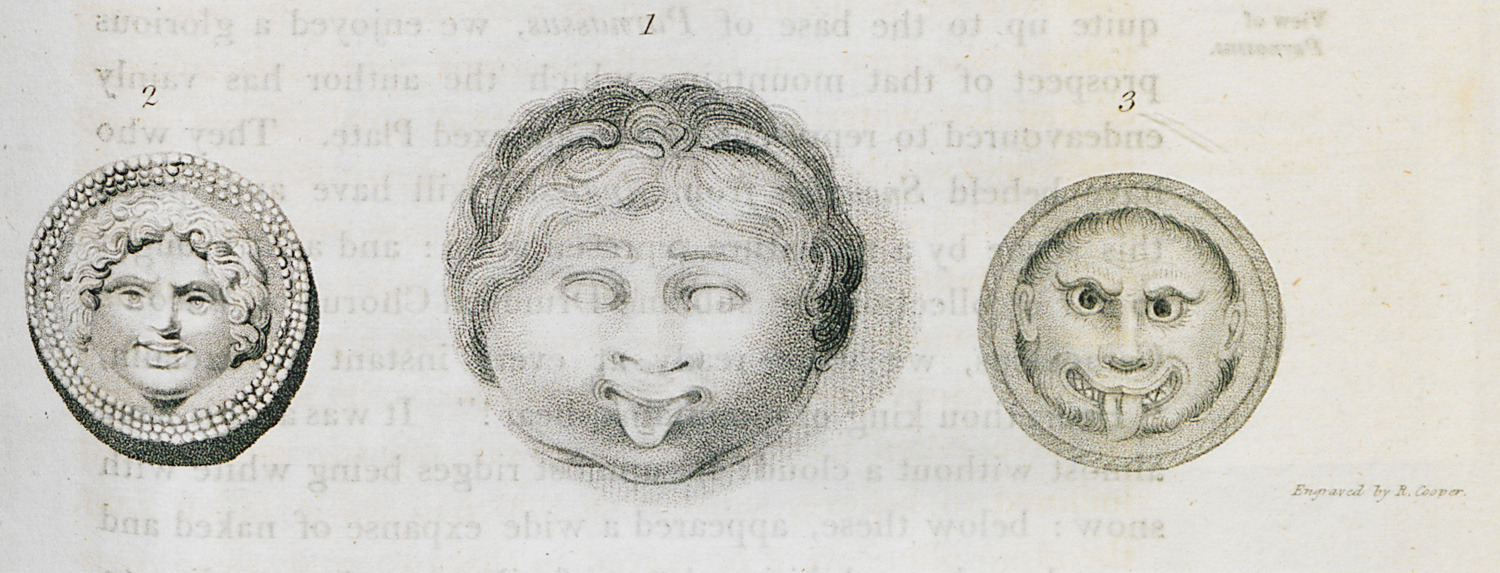
-
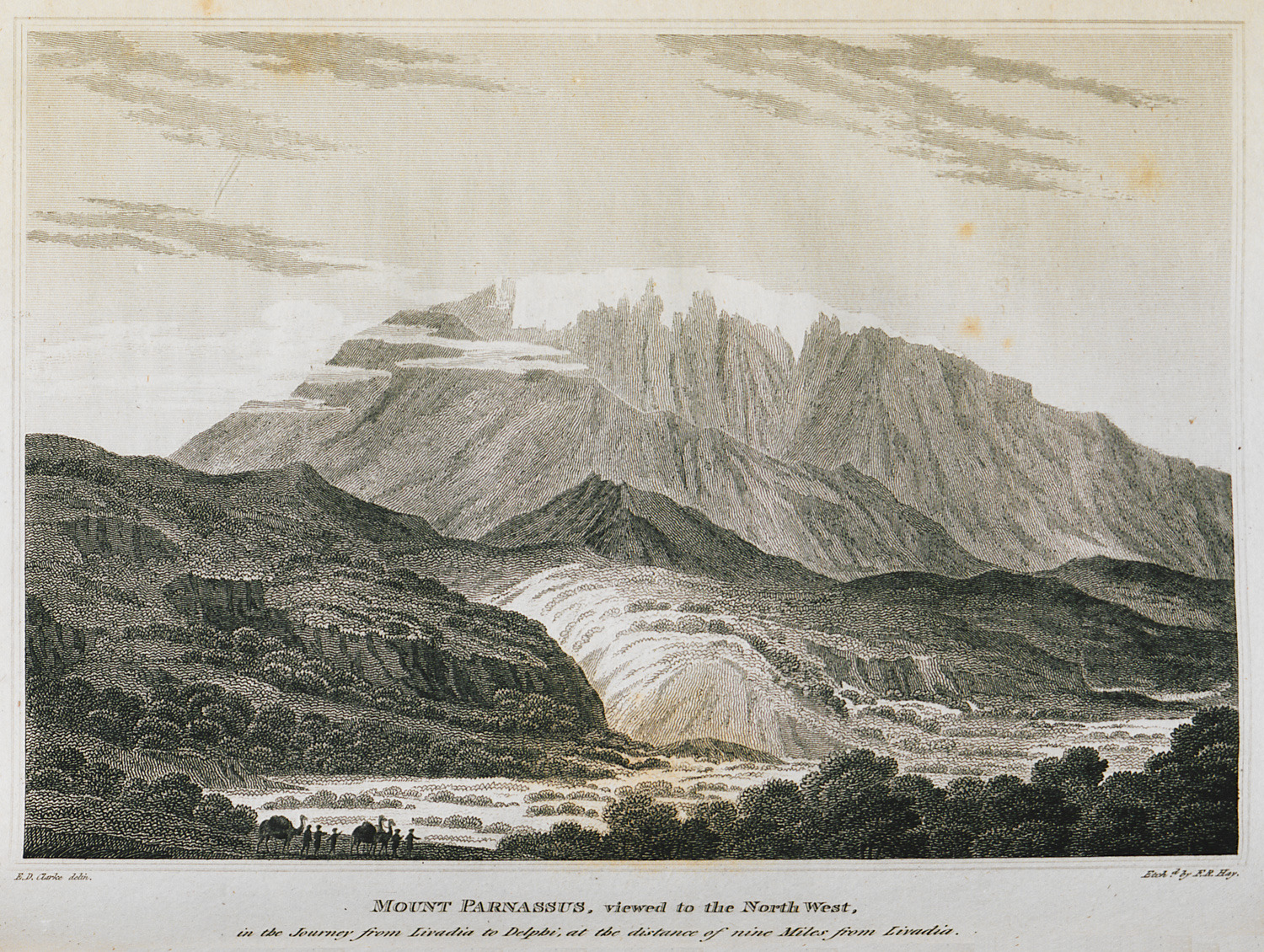
-
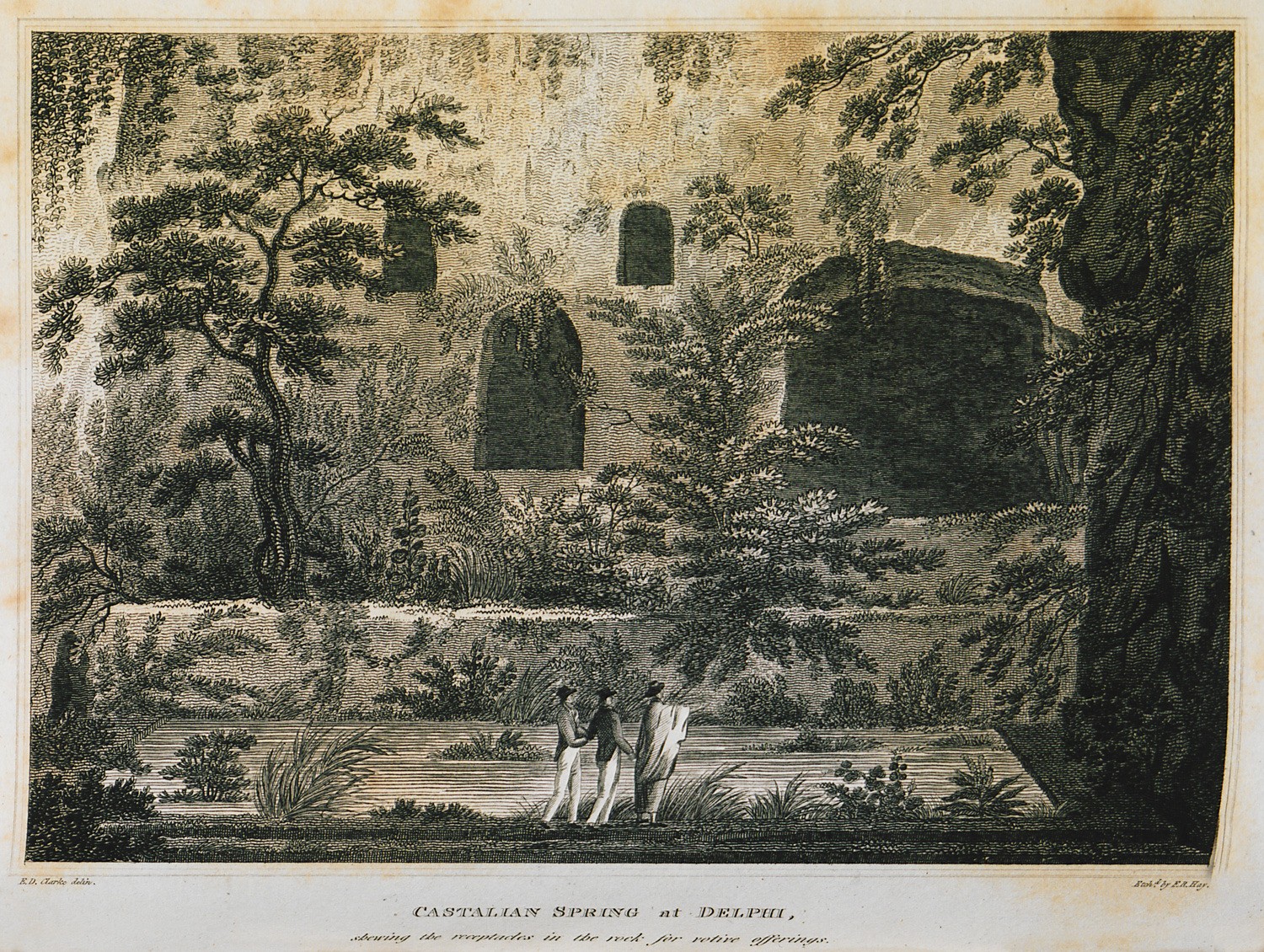
-
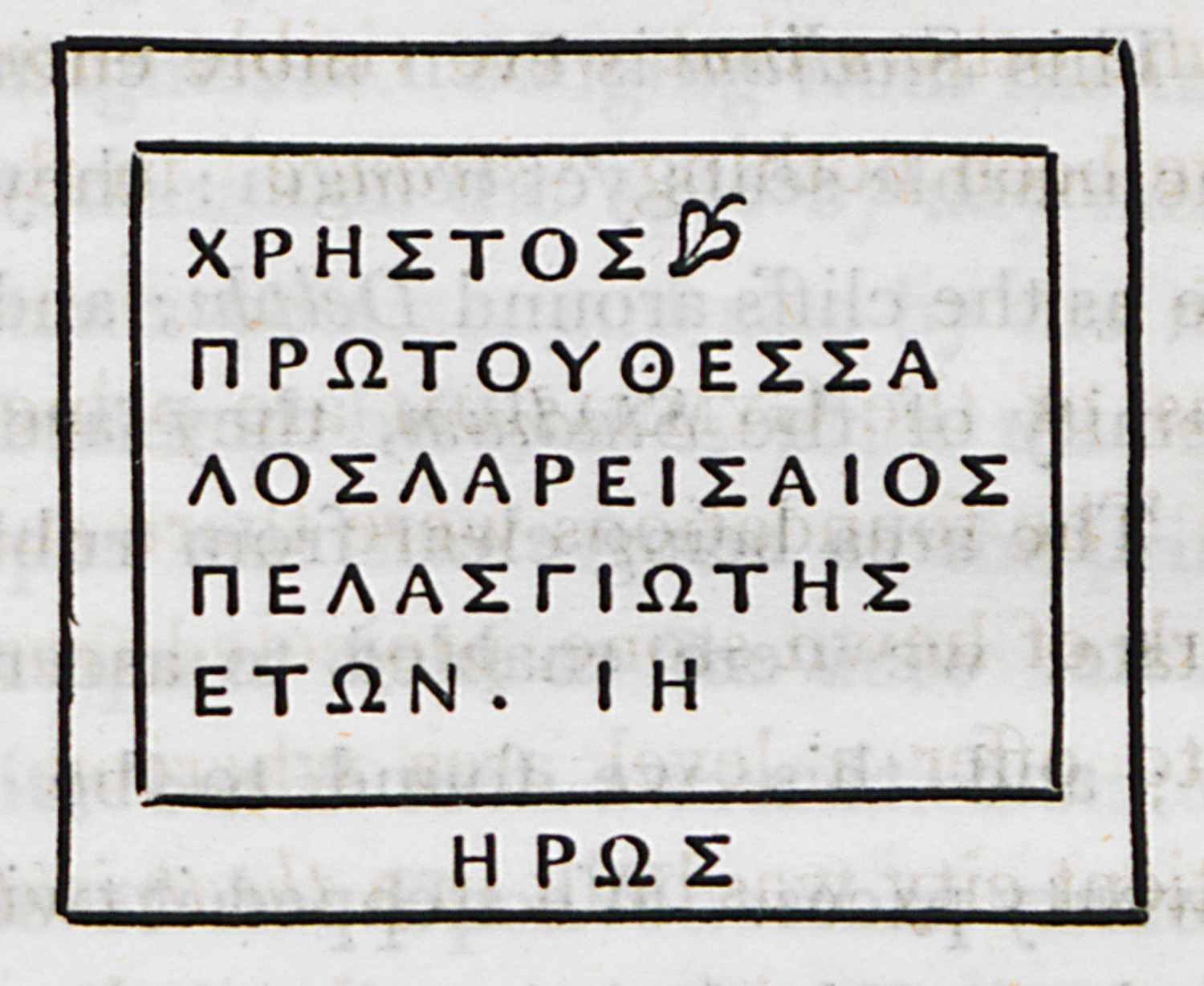
-
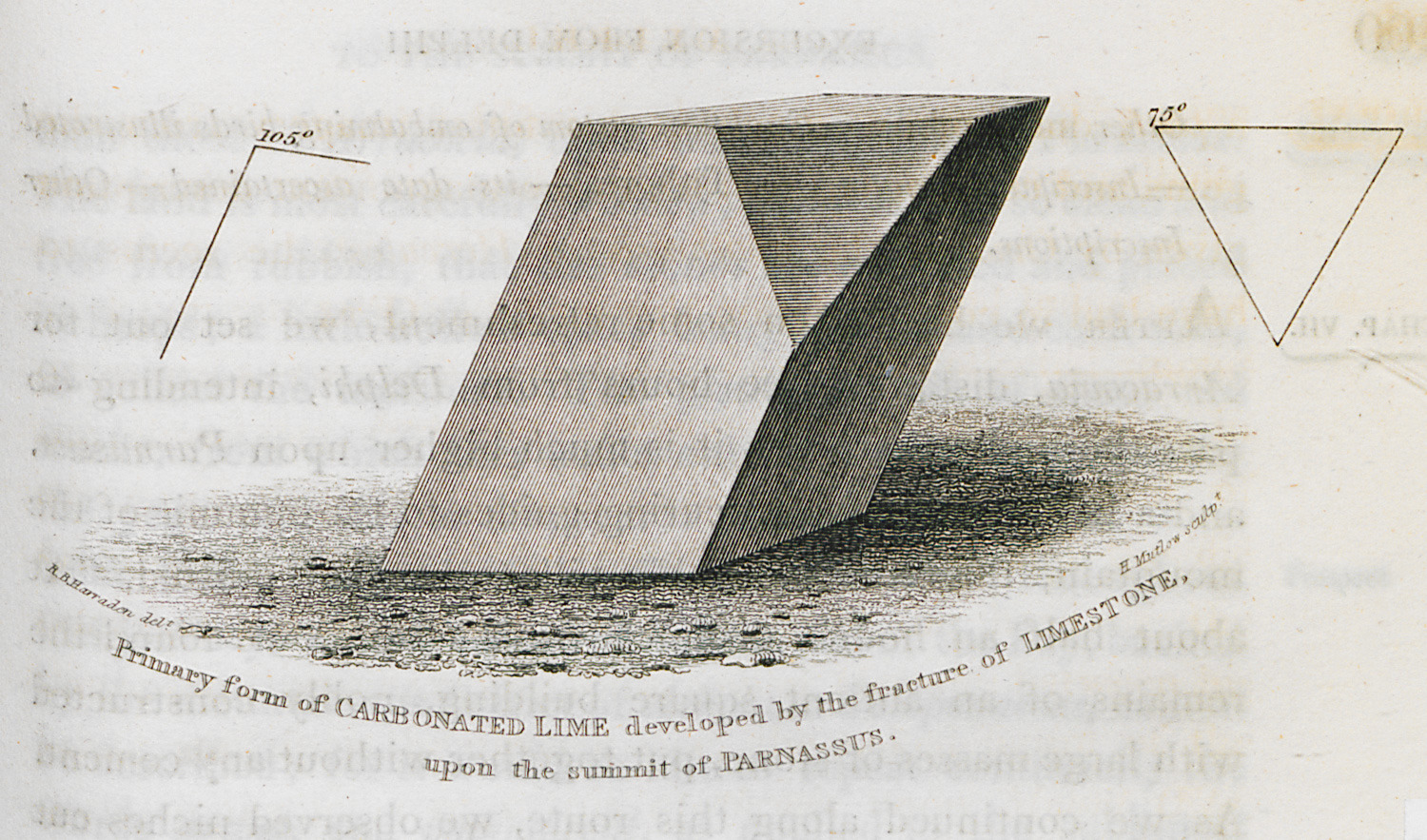
-
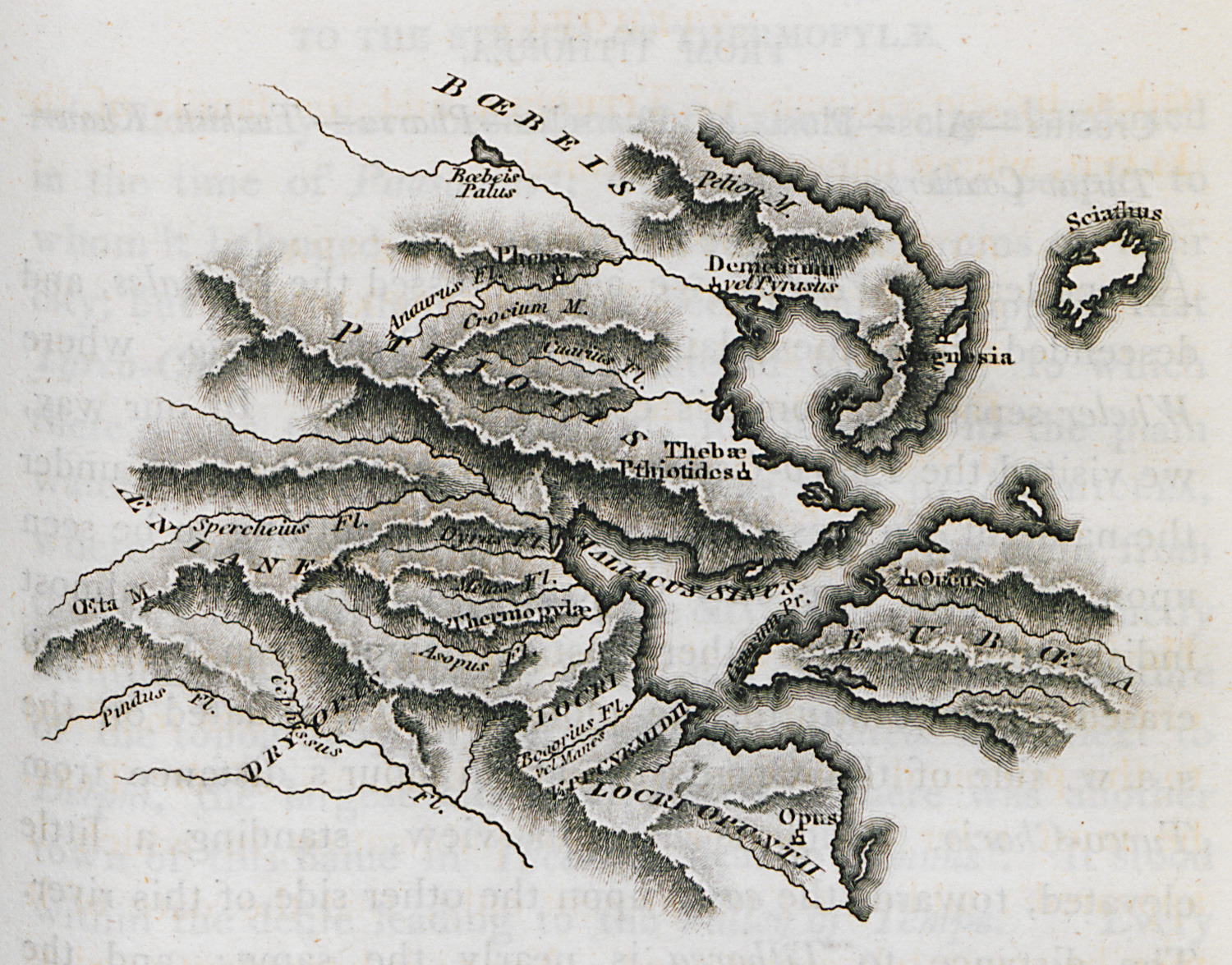
-
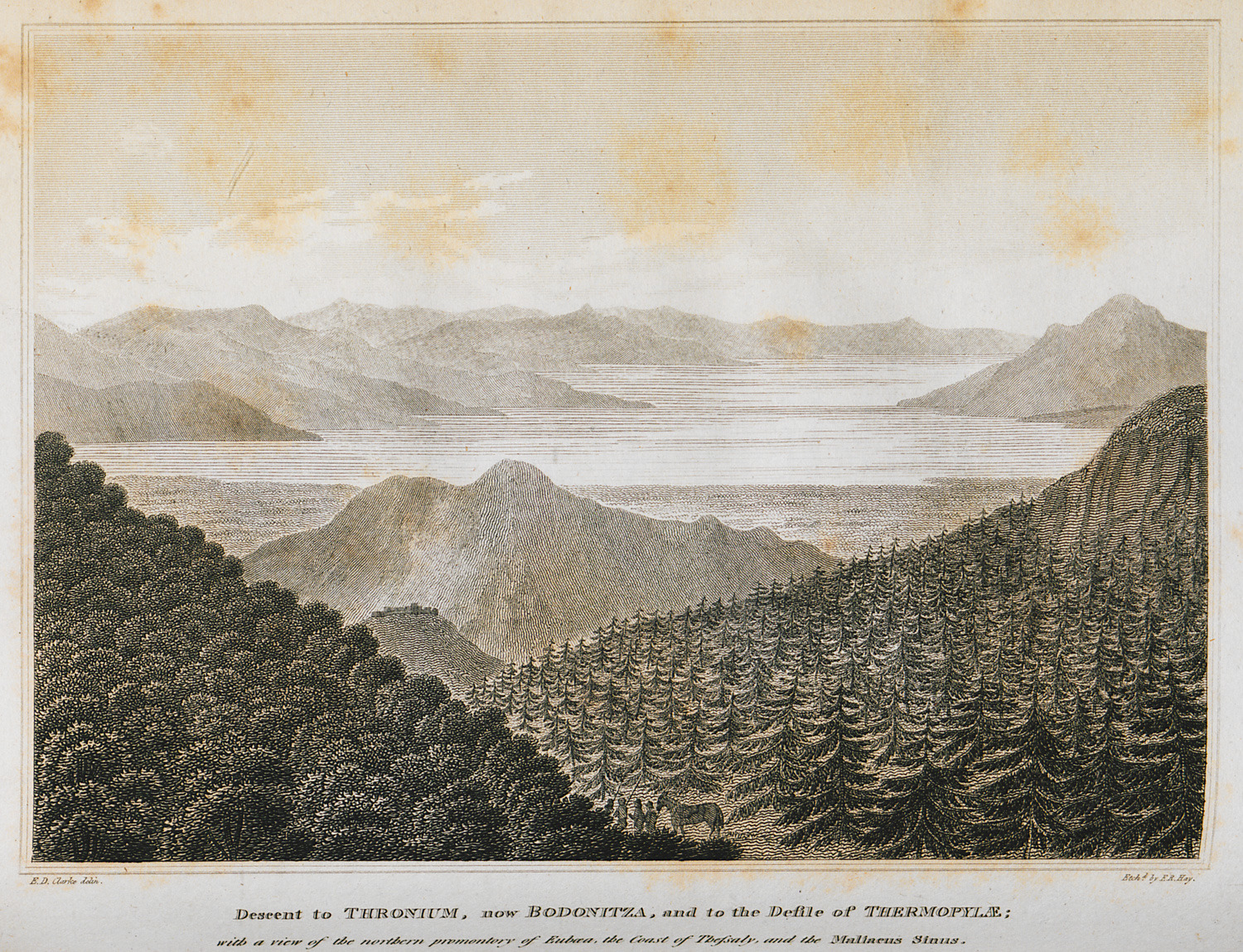
View of Thermopylae from Mendenitsa. In the background, the Malian gulf.
-
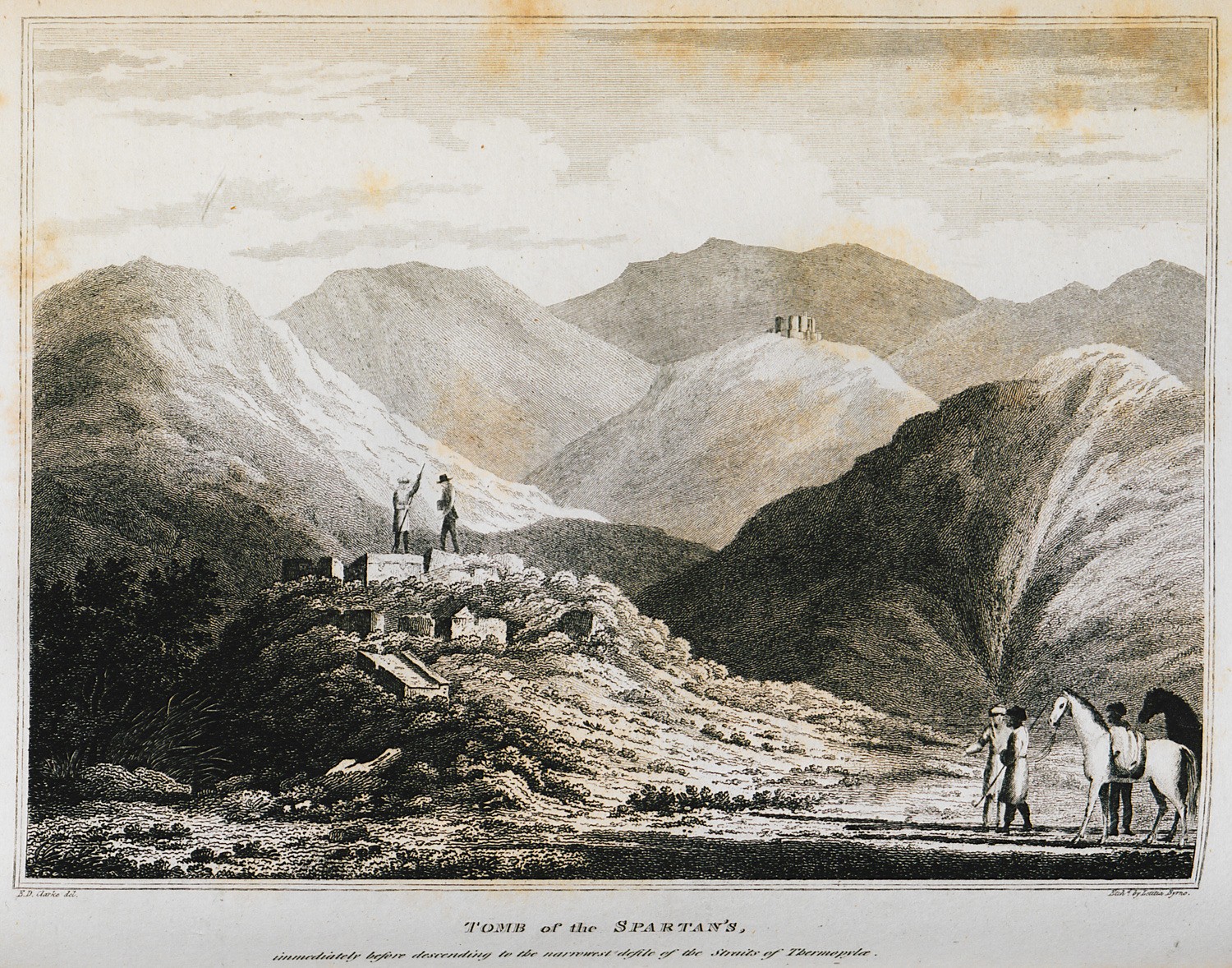
-

Silver coins of ancient Locris (today part of Phthiotis district).
-
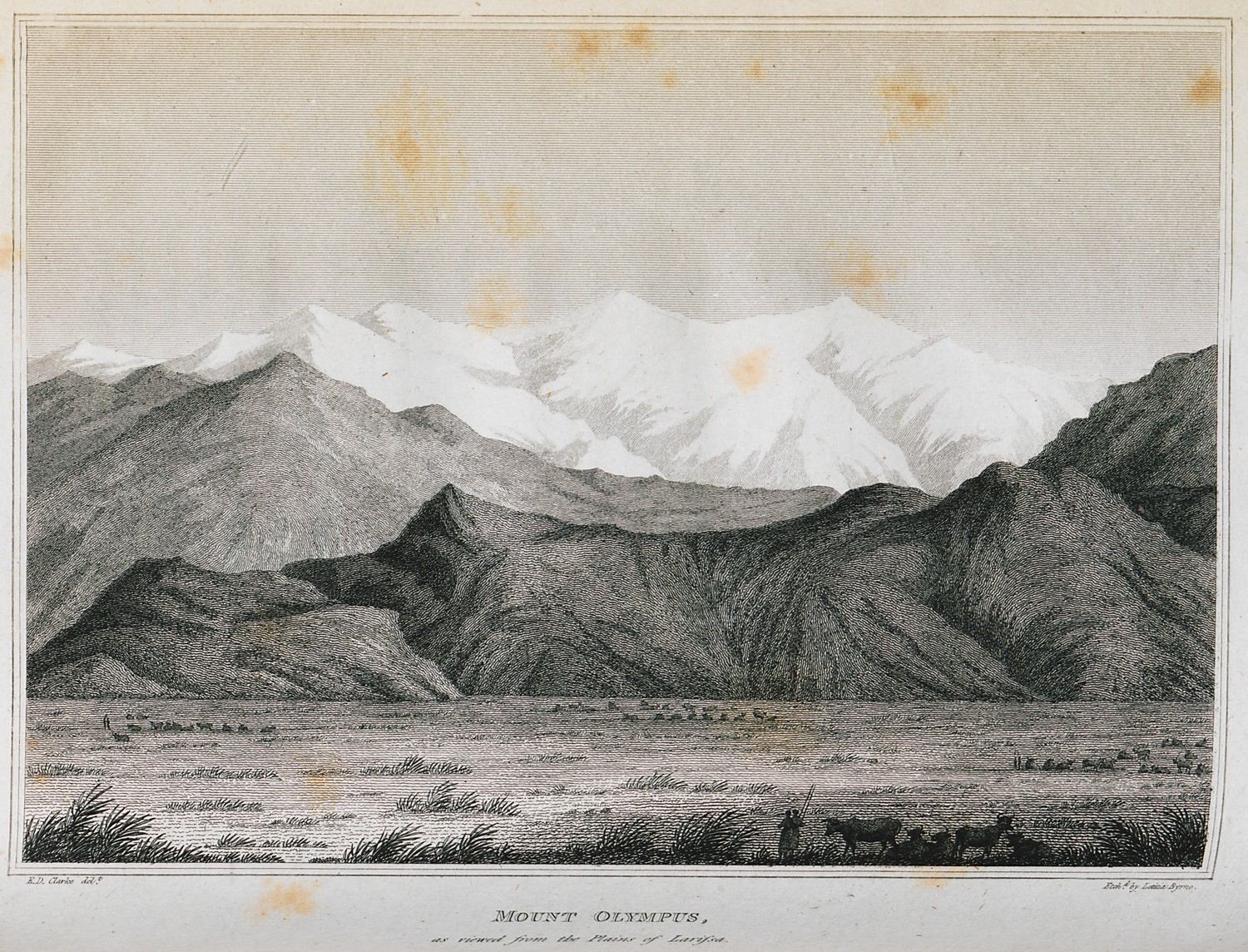
-
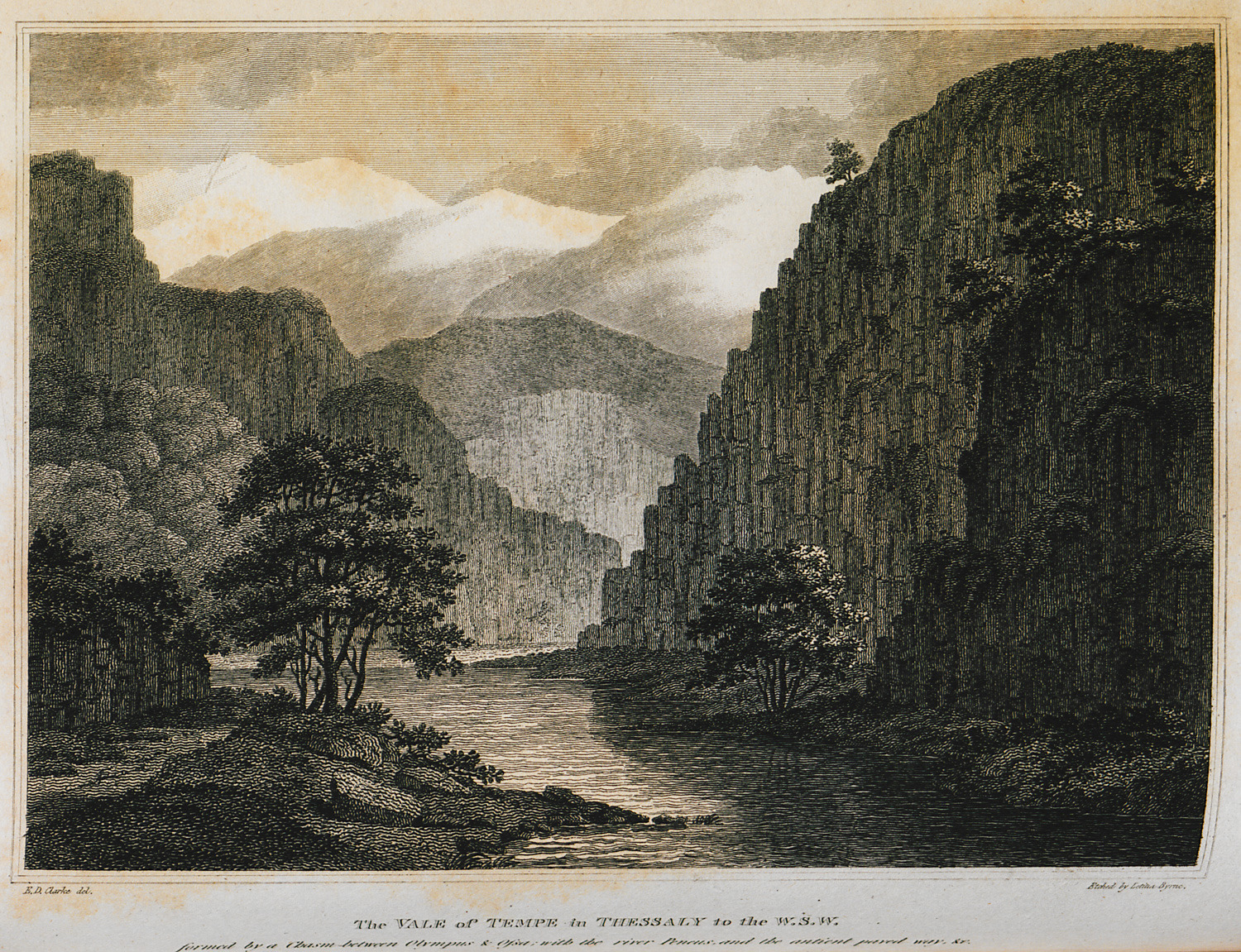
-
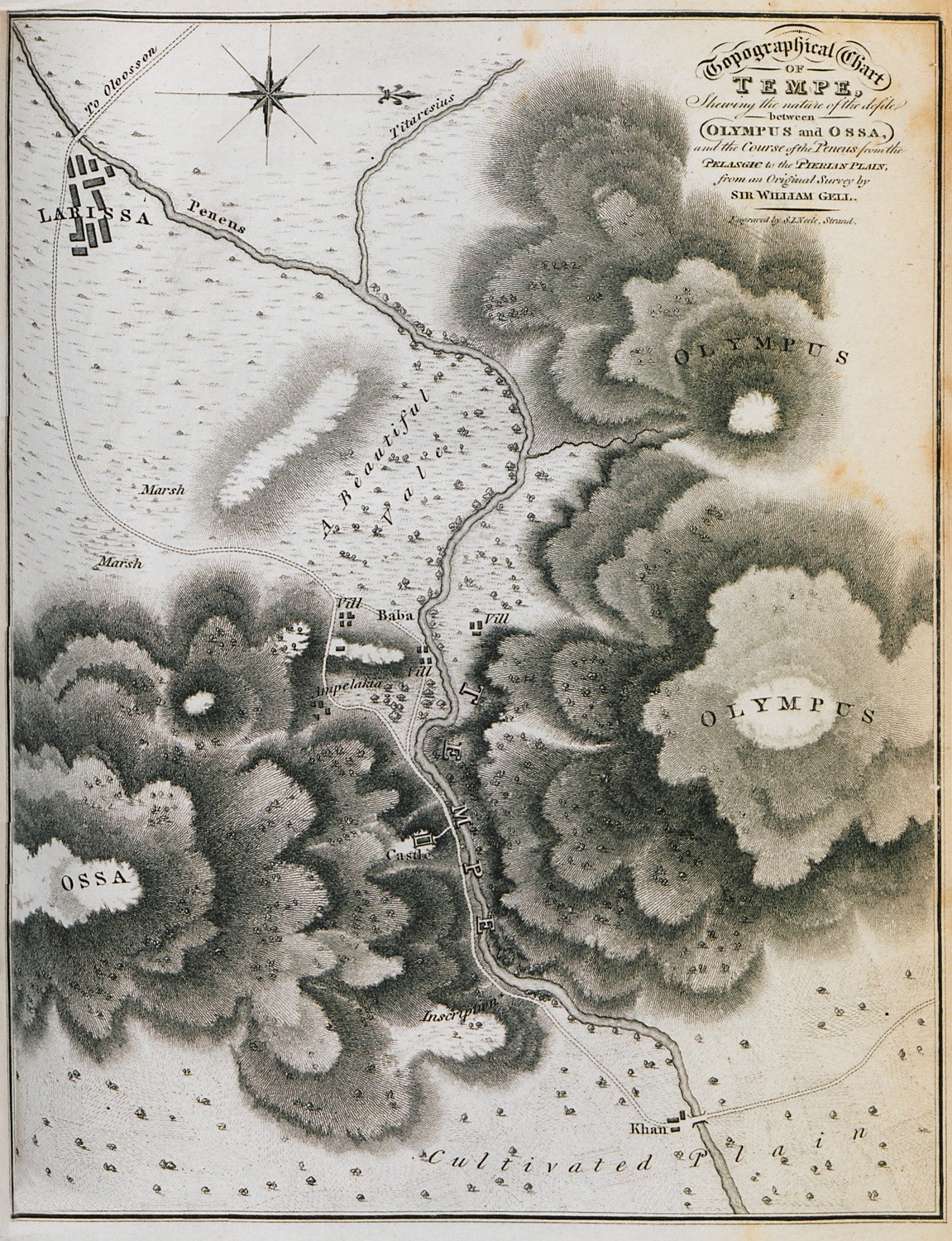
-
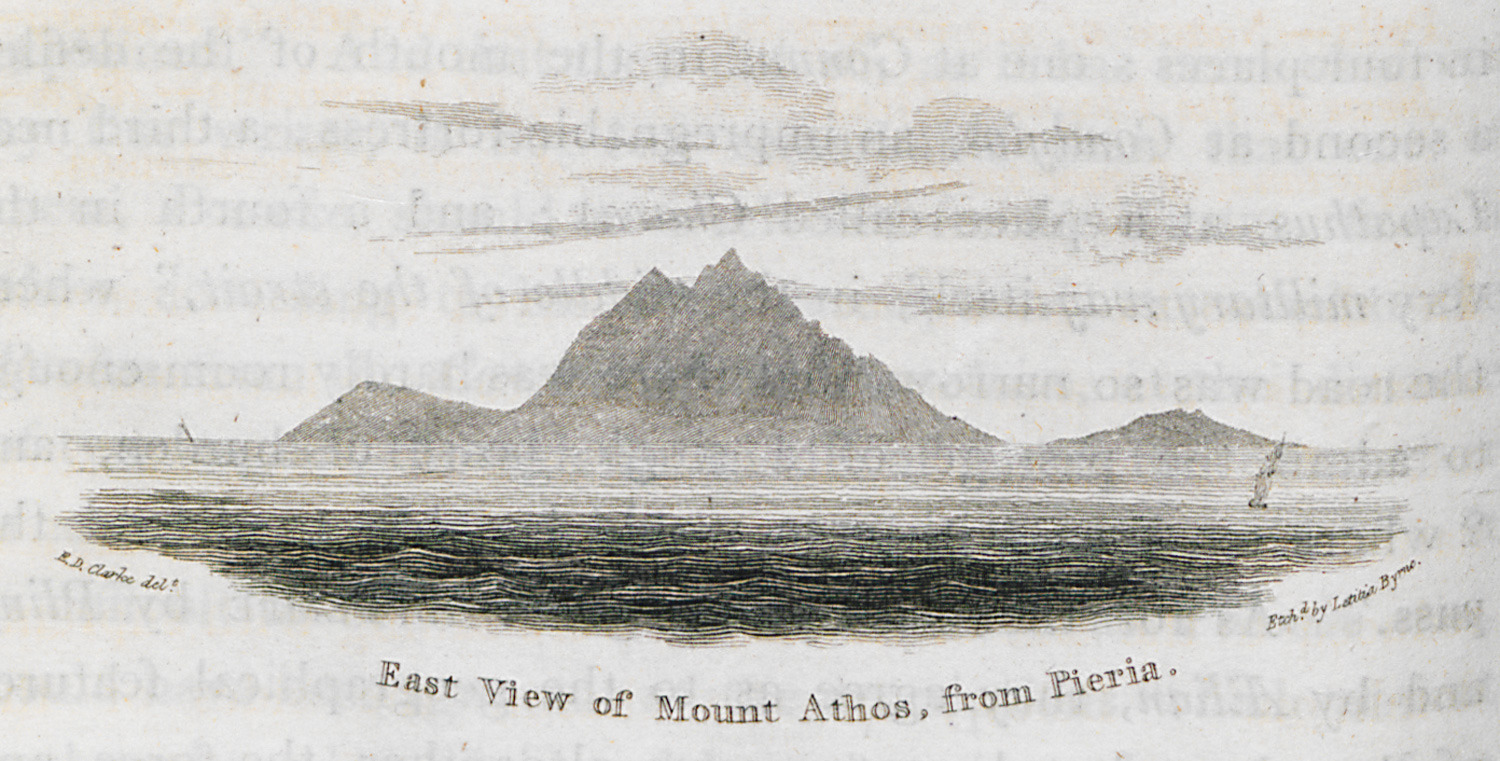
-
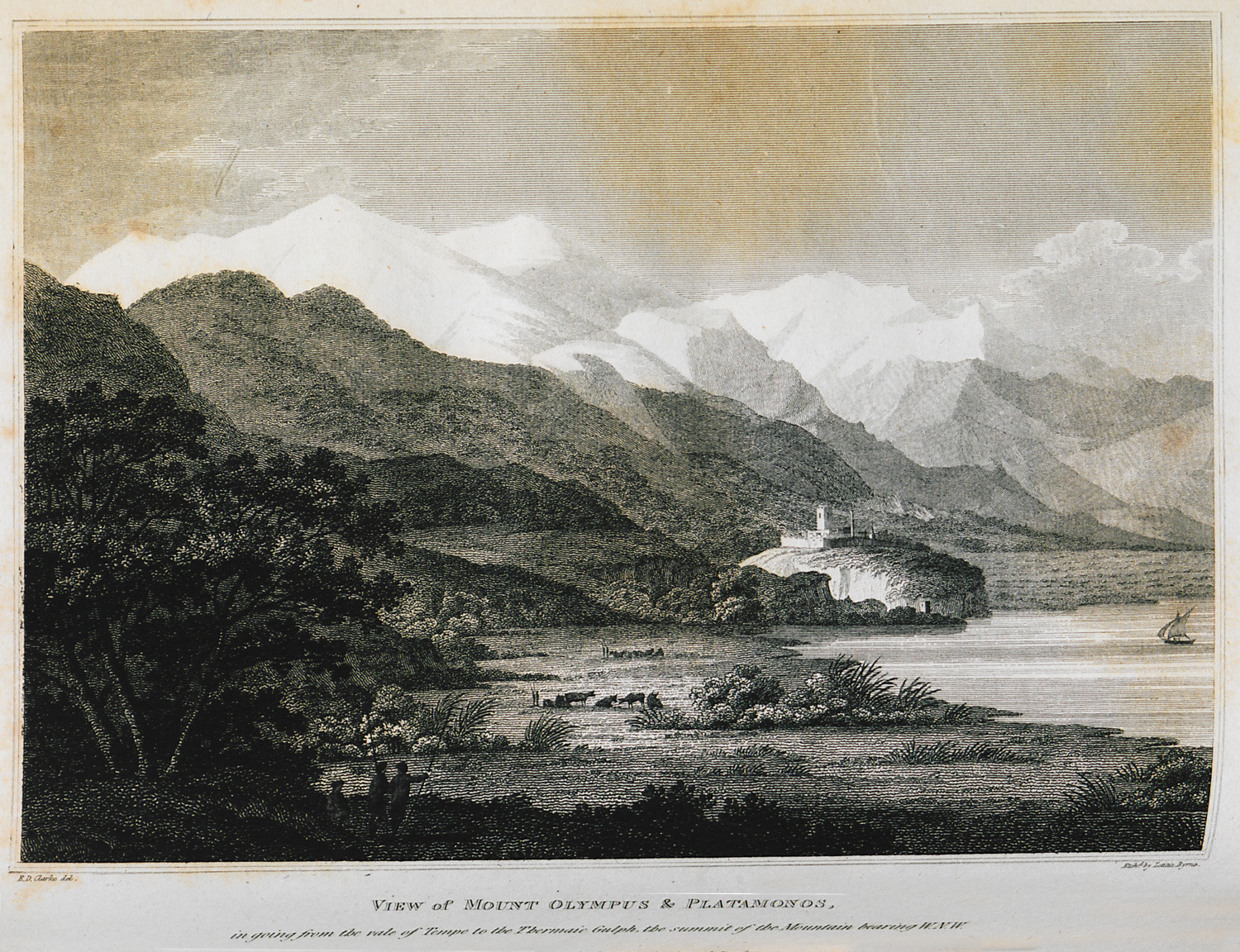
-
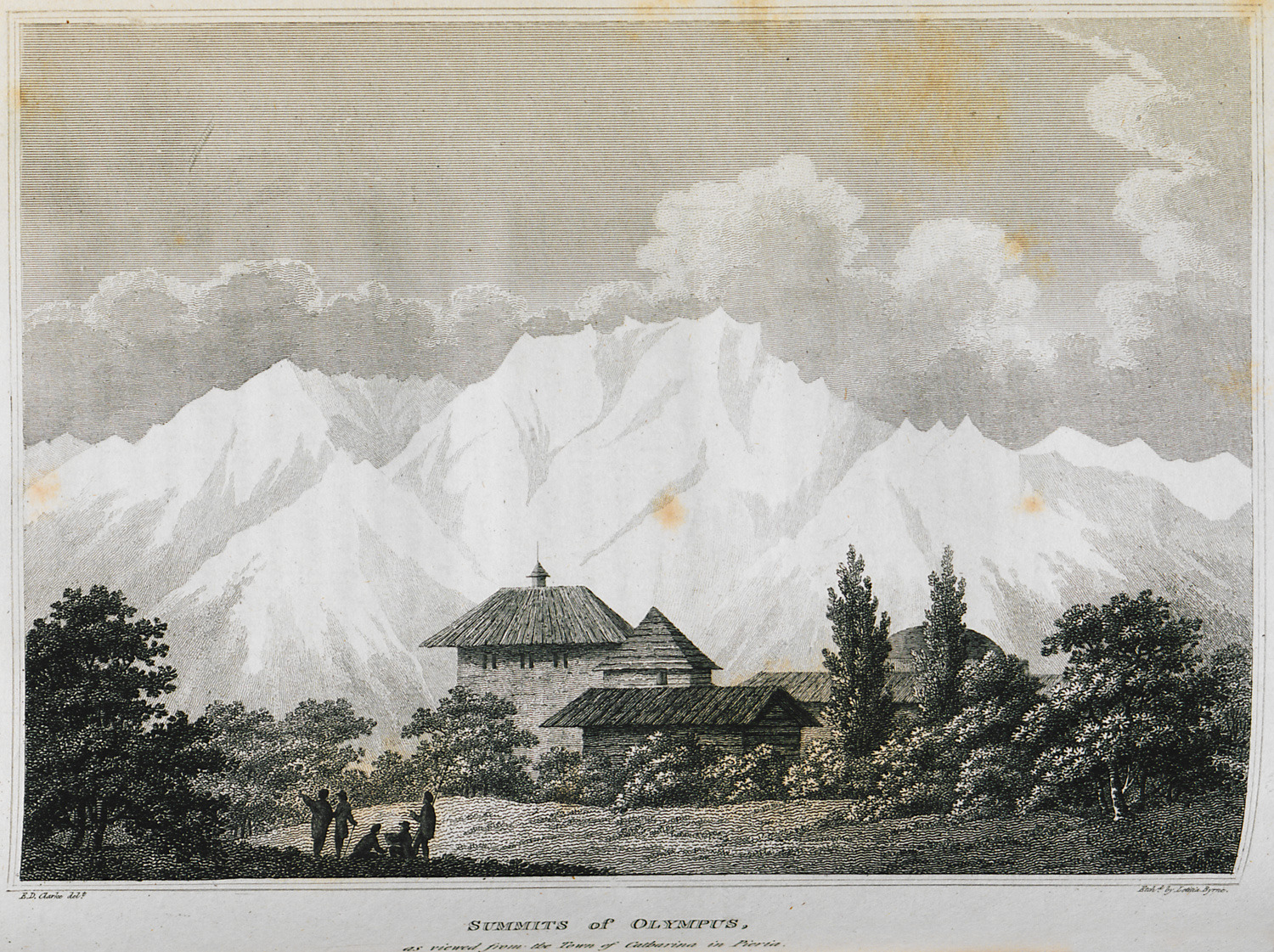
-
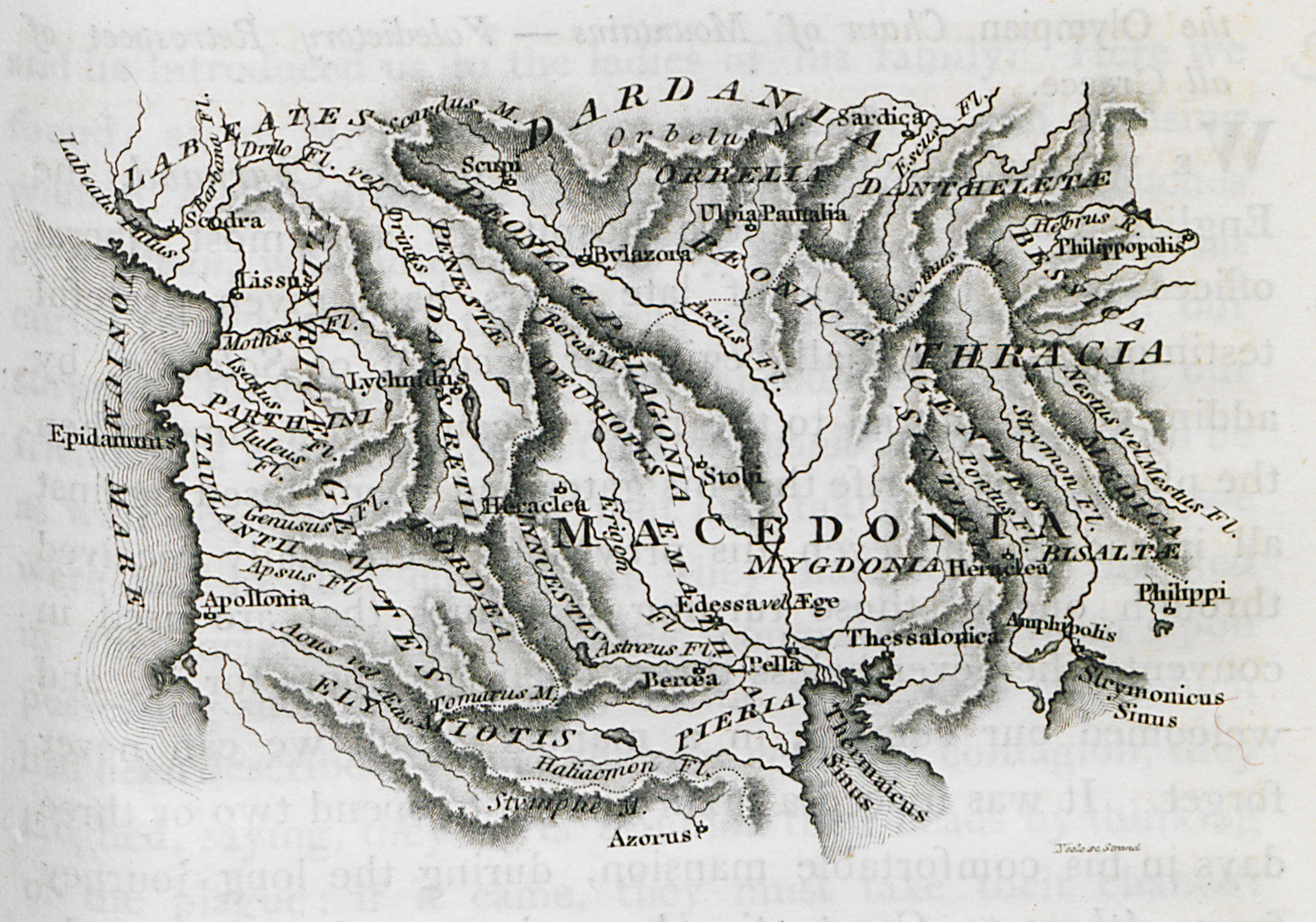
Map of Via Egnatia from Thessaloniki to ancient Epidamnus (today Dürrës, Albania).
-
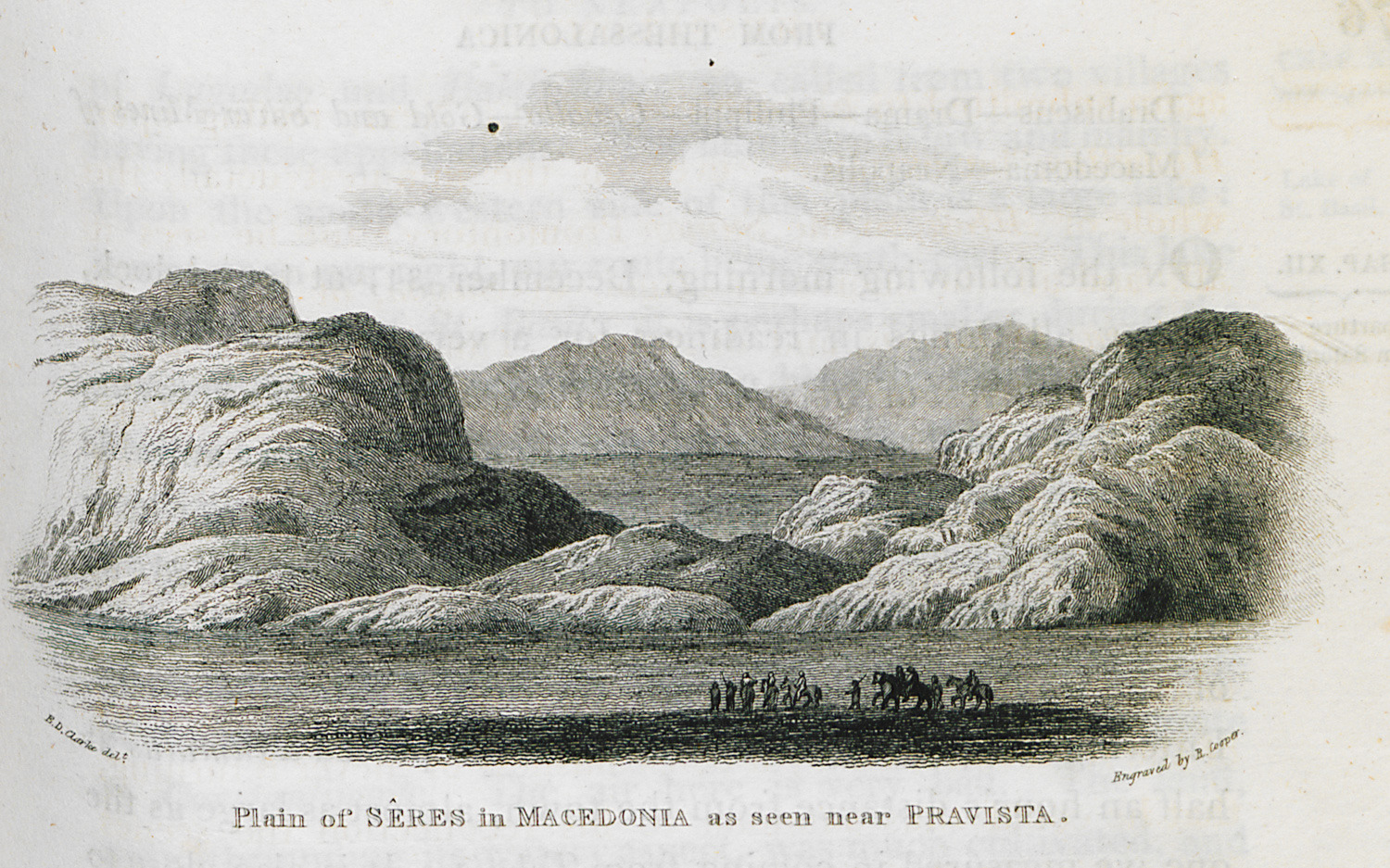
-
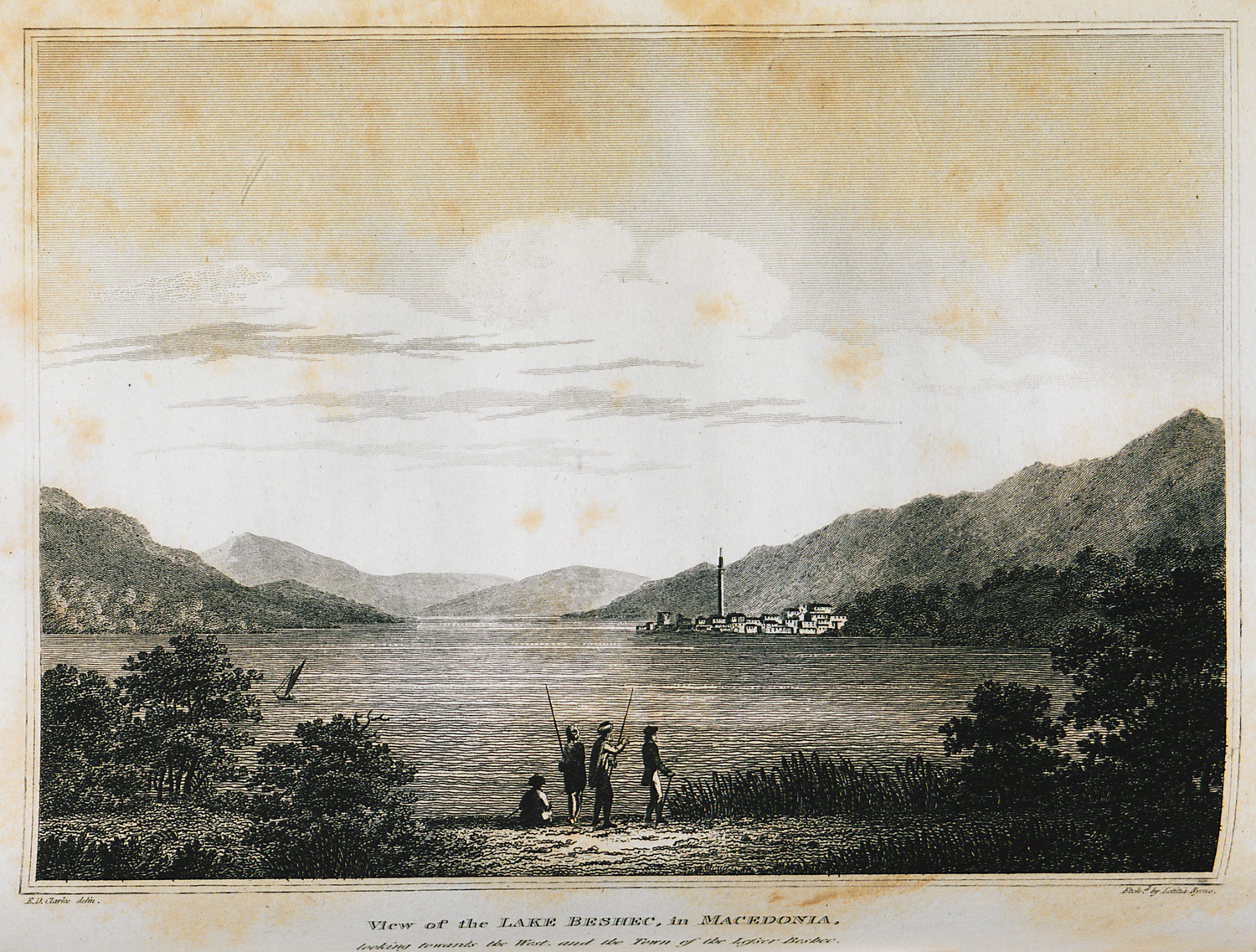
-
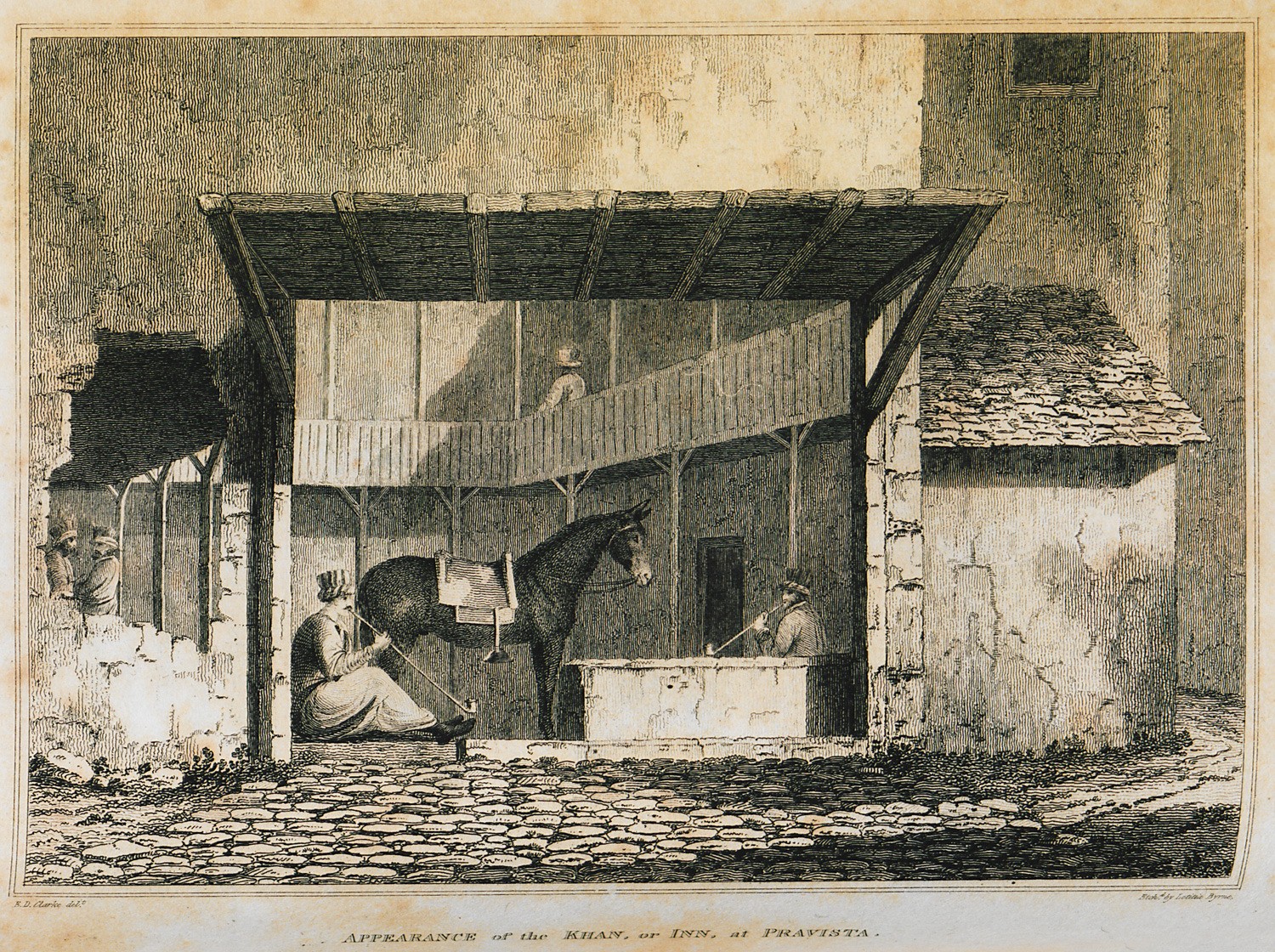
-
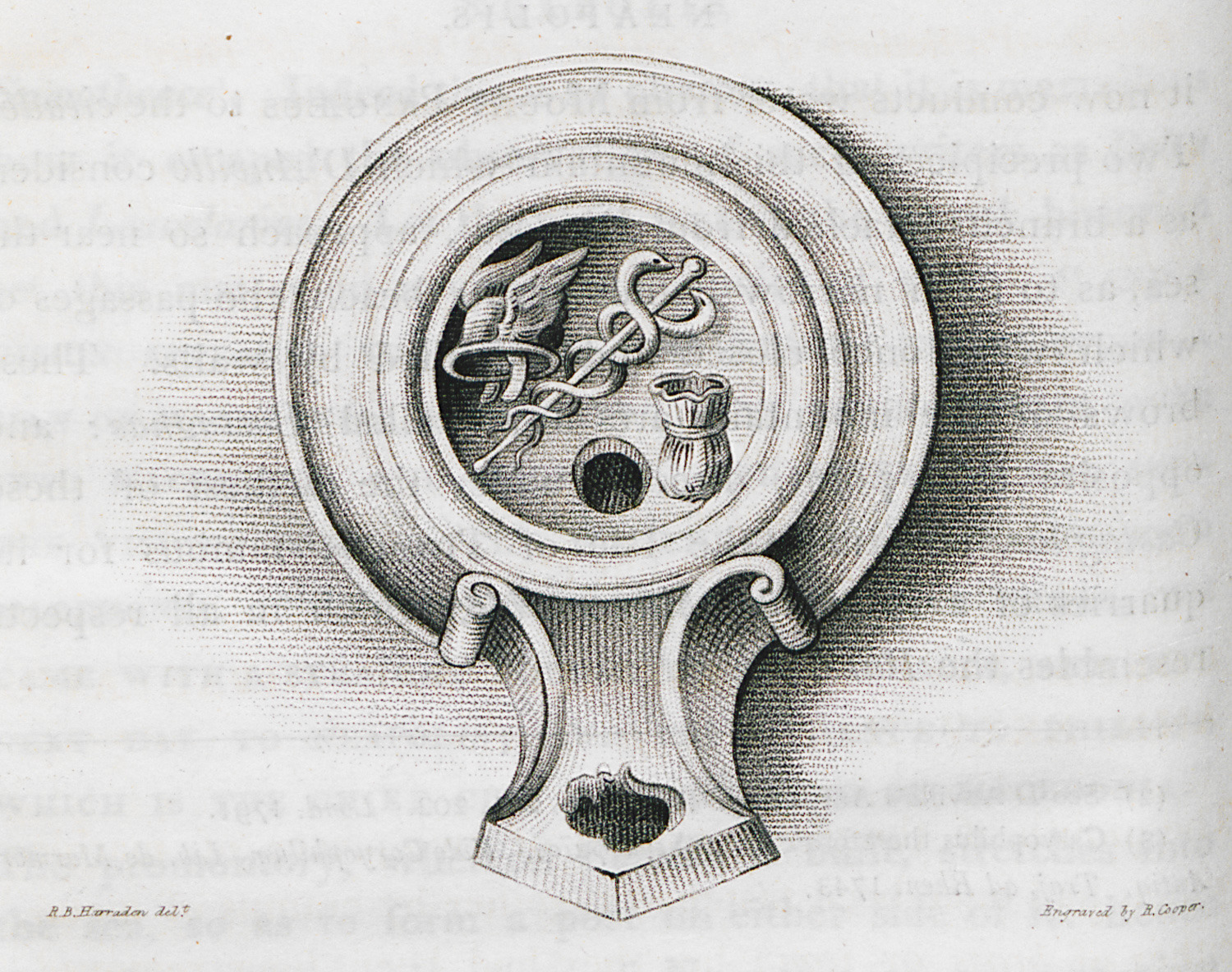
Ancient oil lamp with symbols of god Hermes, from the area of Kavala.
-
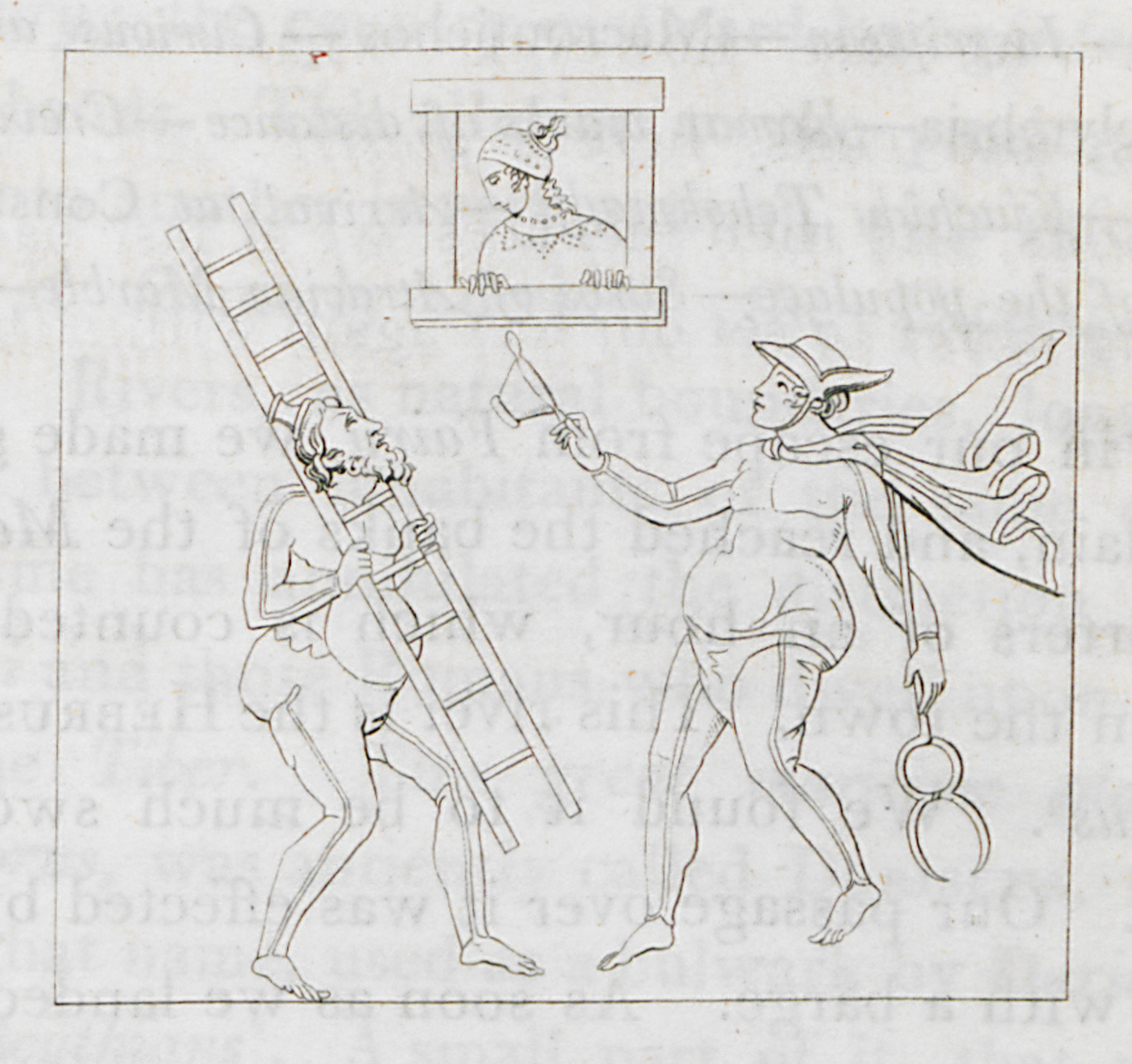
-
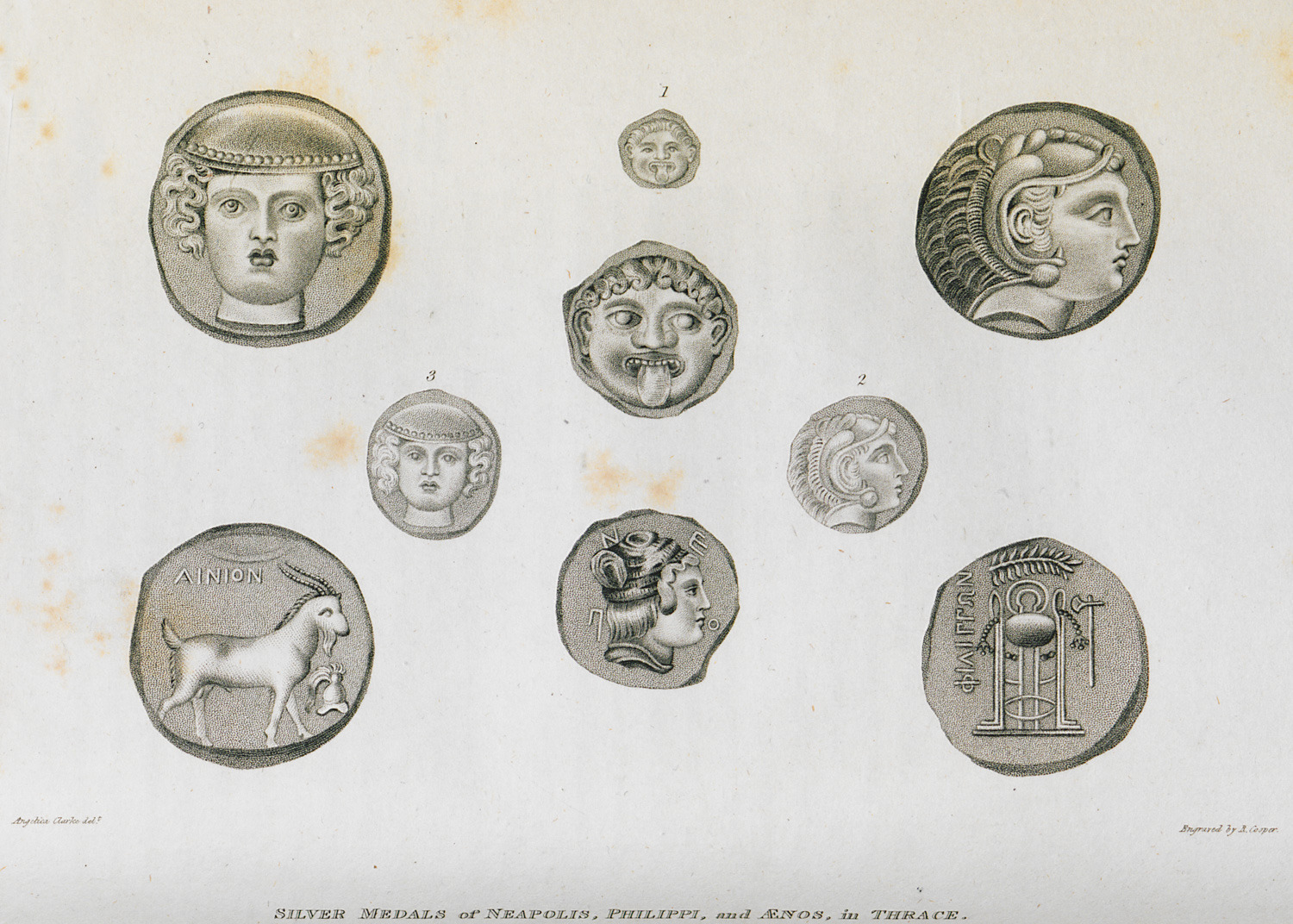
-
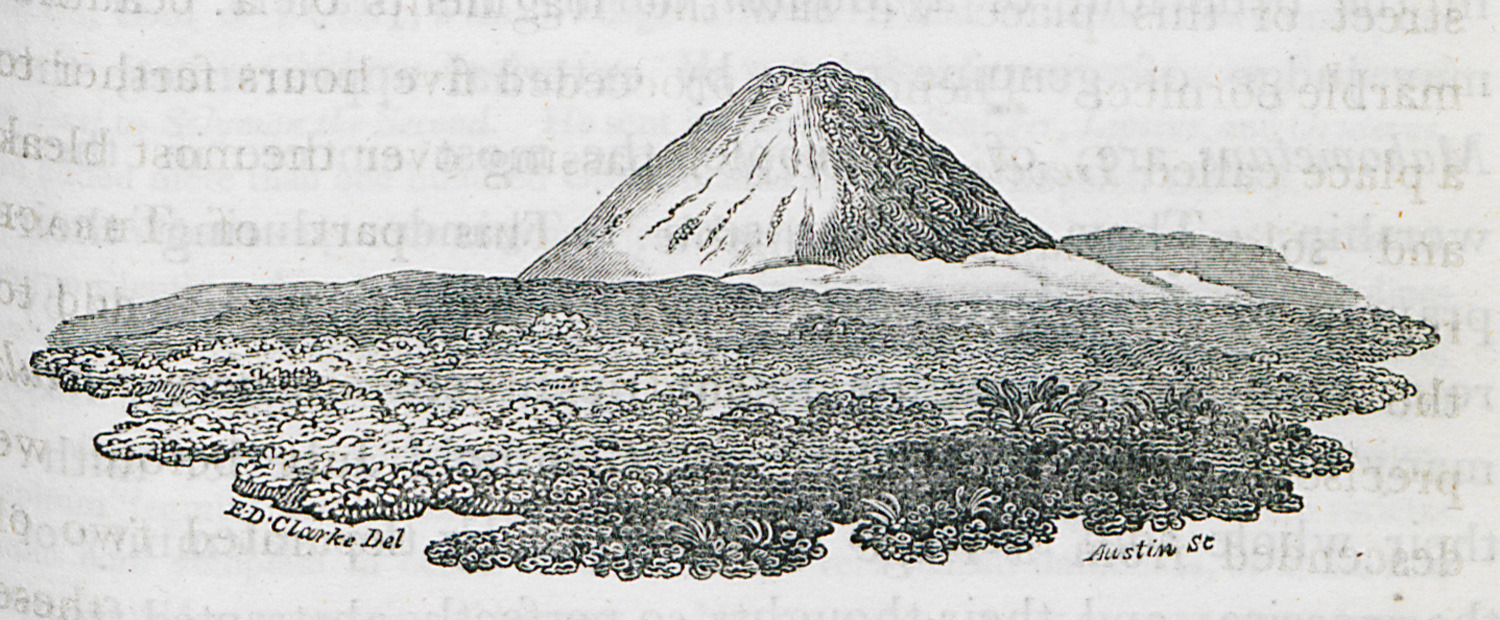
-
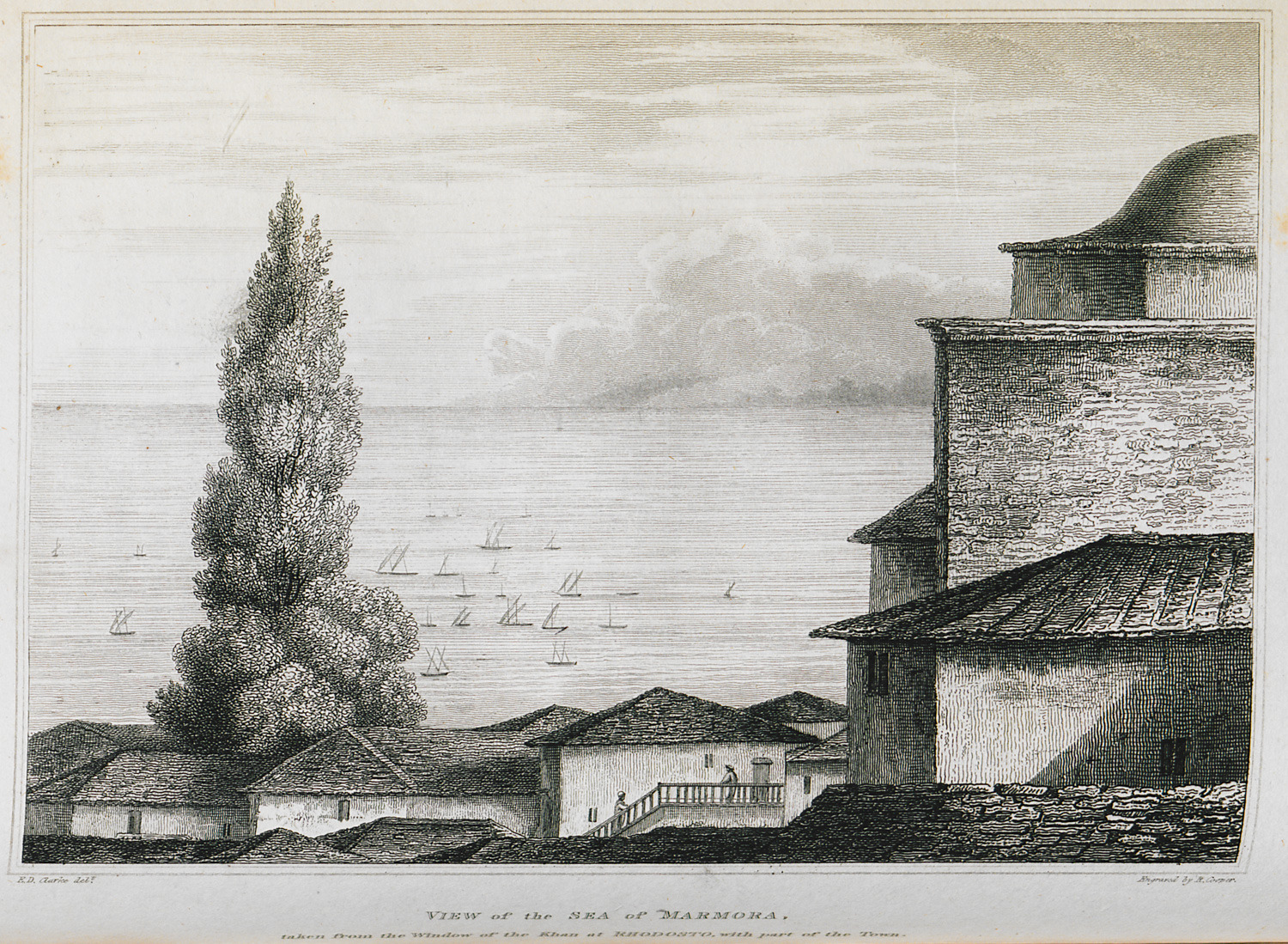
The sea of Marmara seen from the window of author's inn at Tekirdag (Raidestos).
-
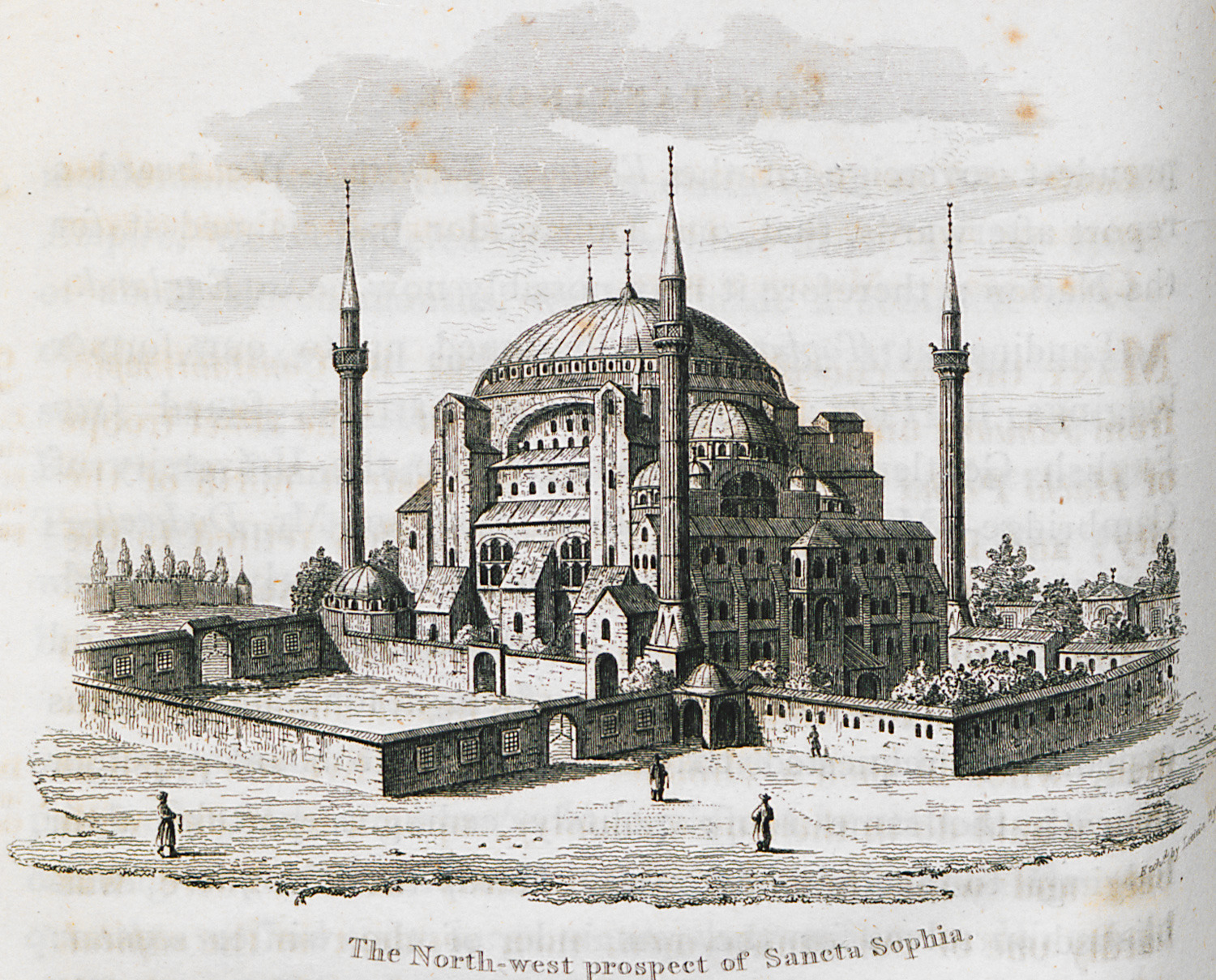
-
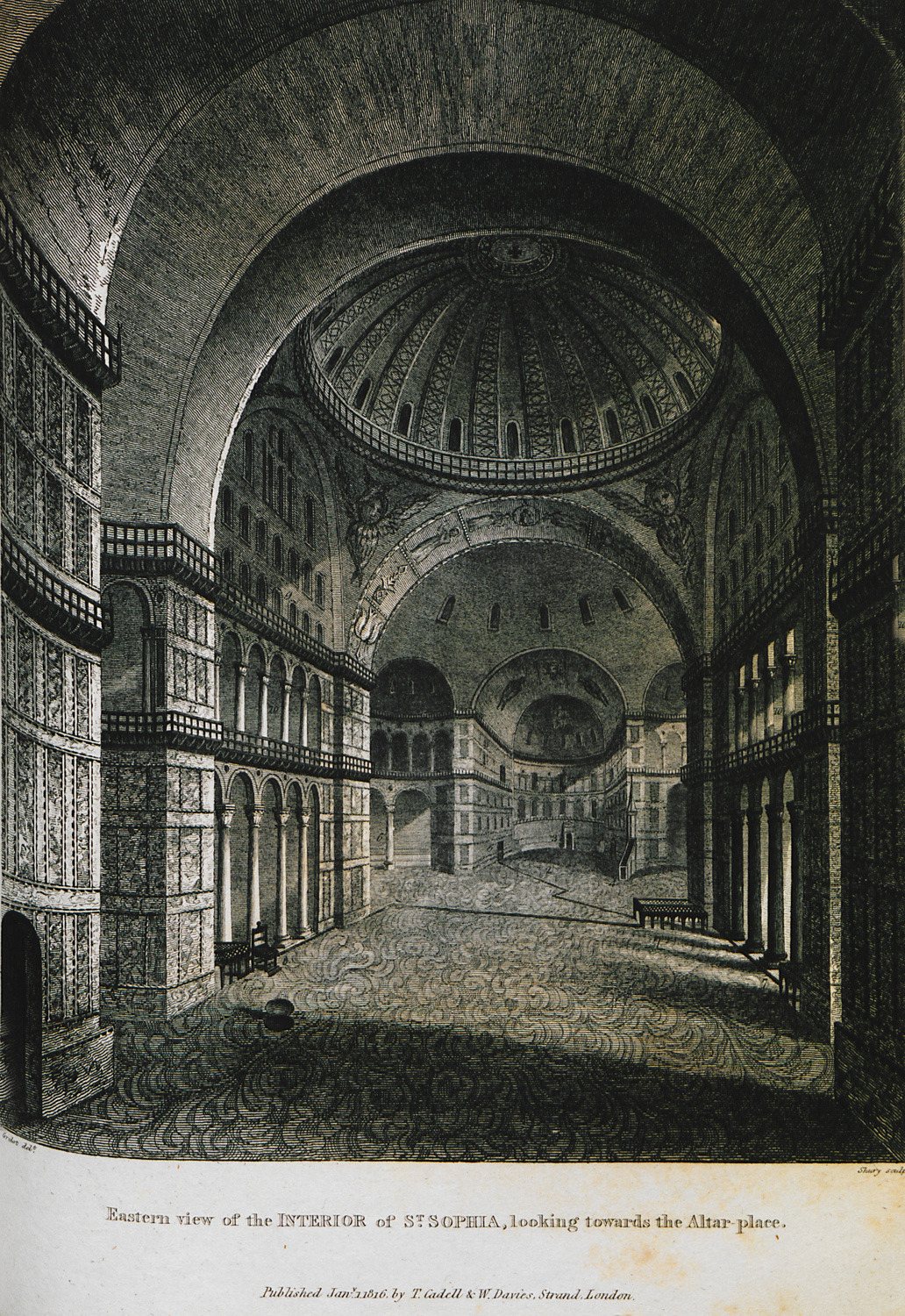
View of the interior of Hagia Sophia in Istanbul, from the entrance looking towards the altar.
-
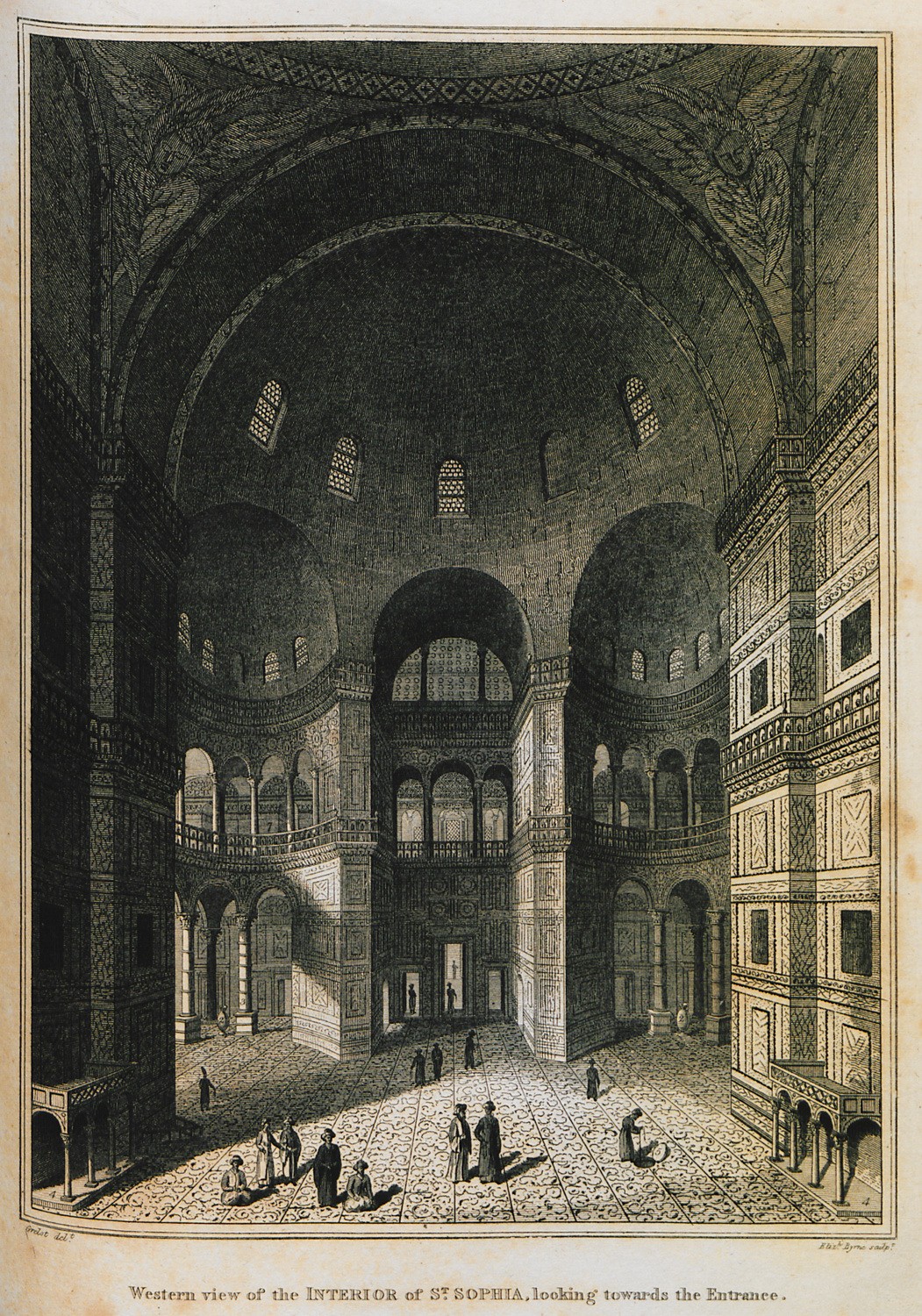
-
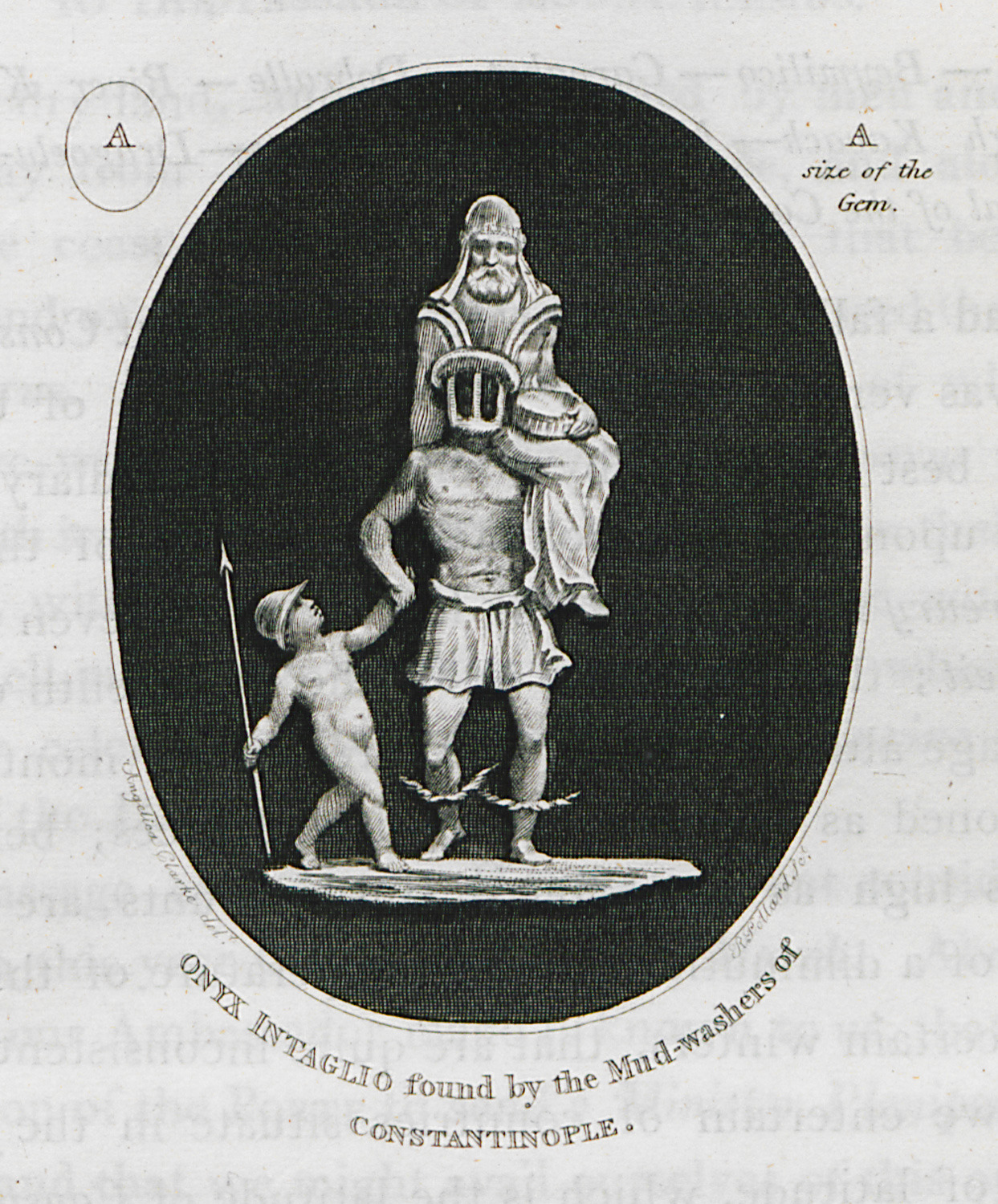
-
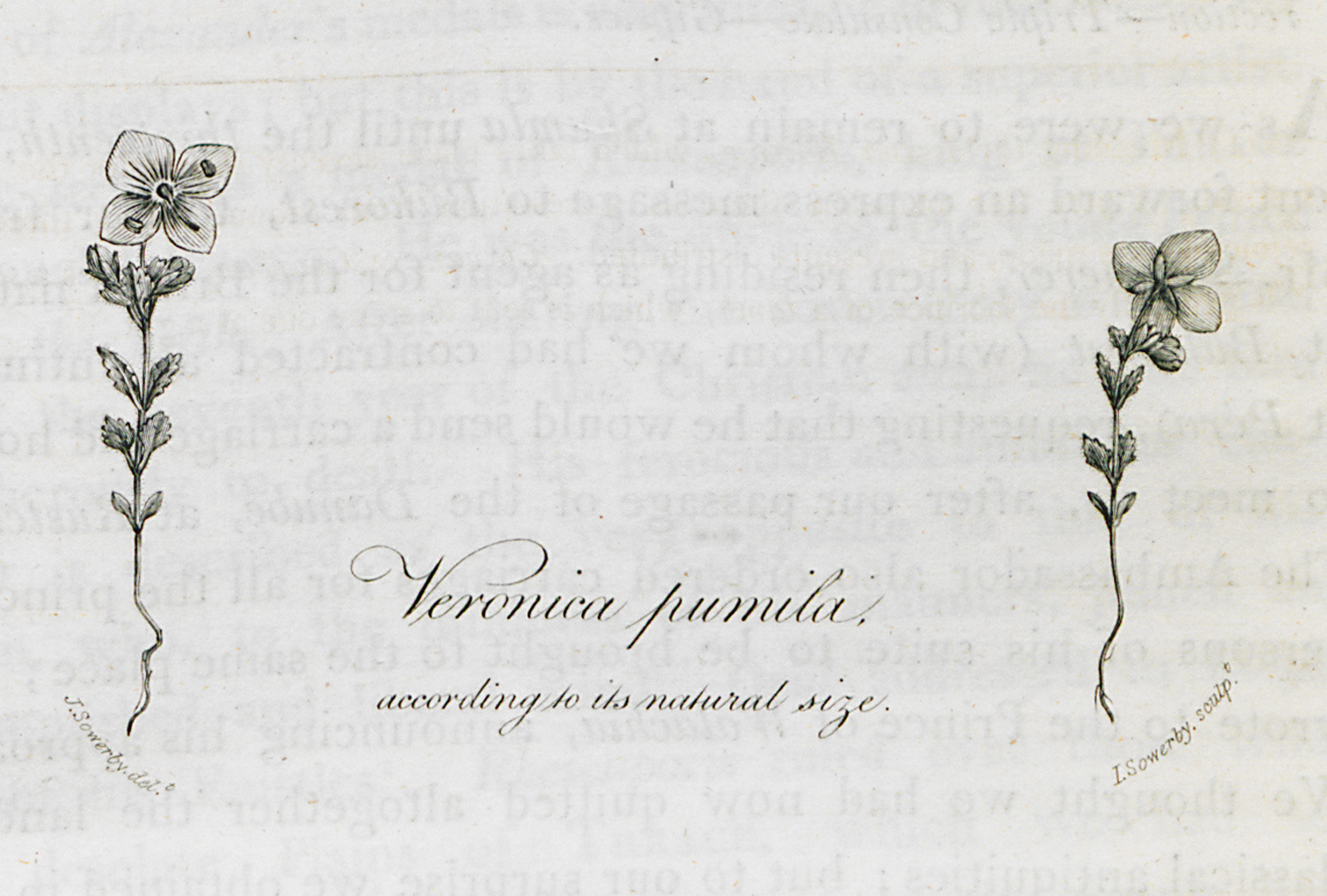
-
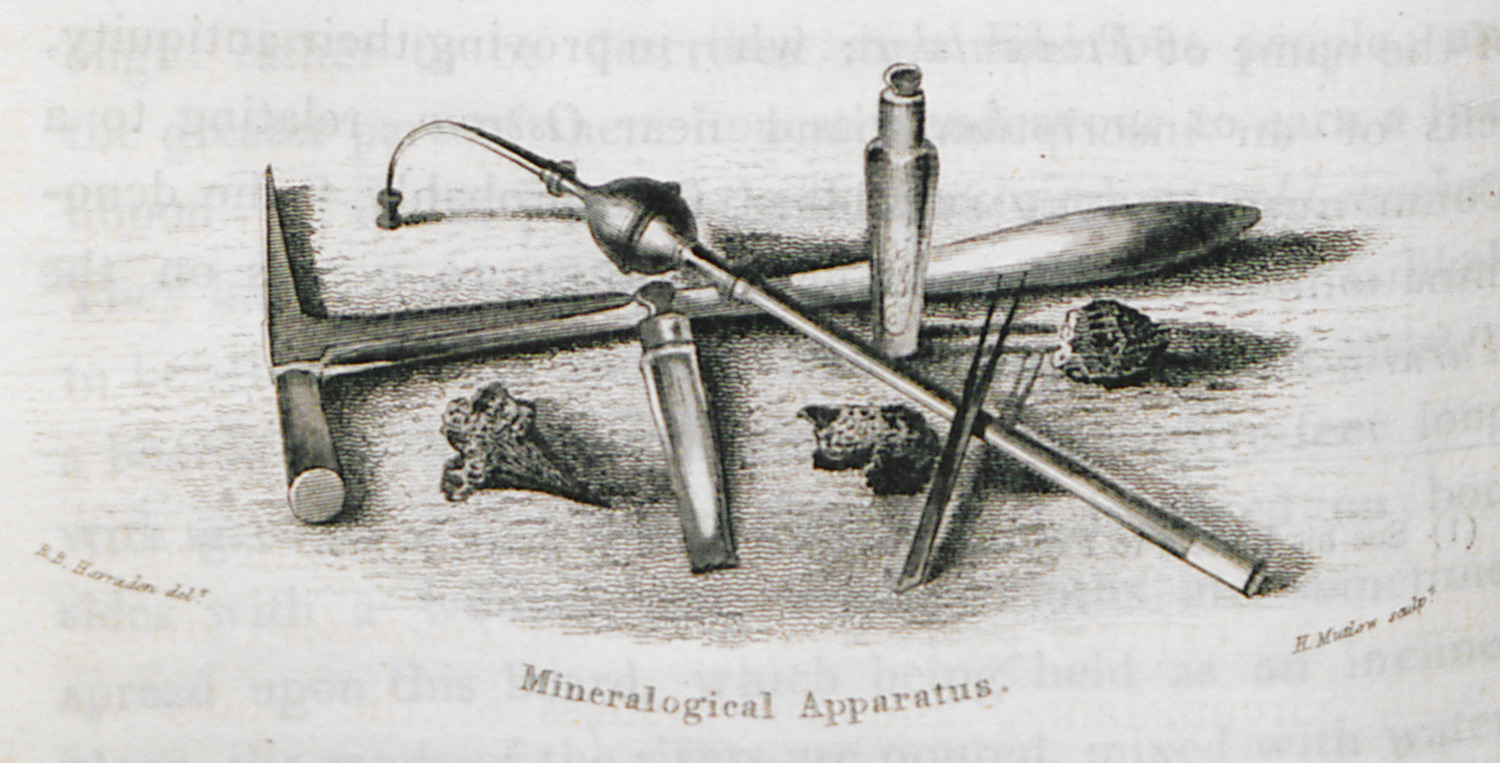
-
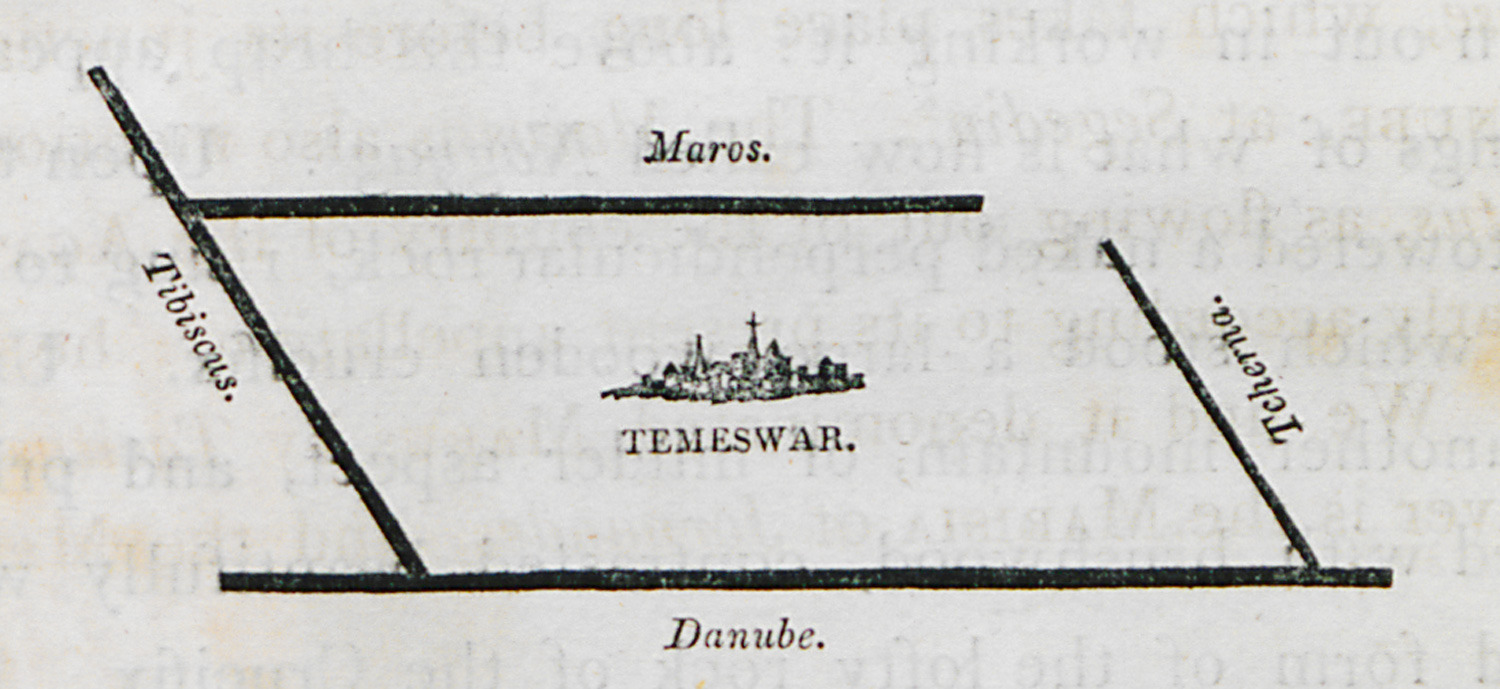
-
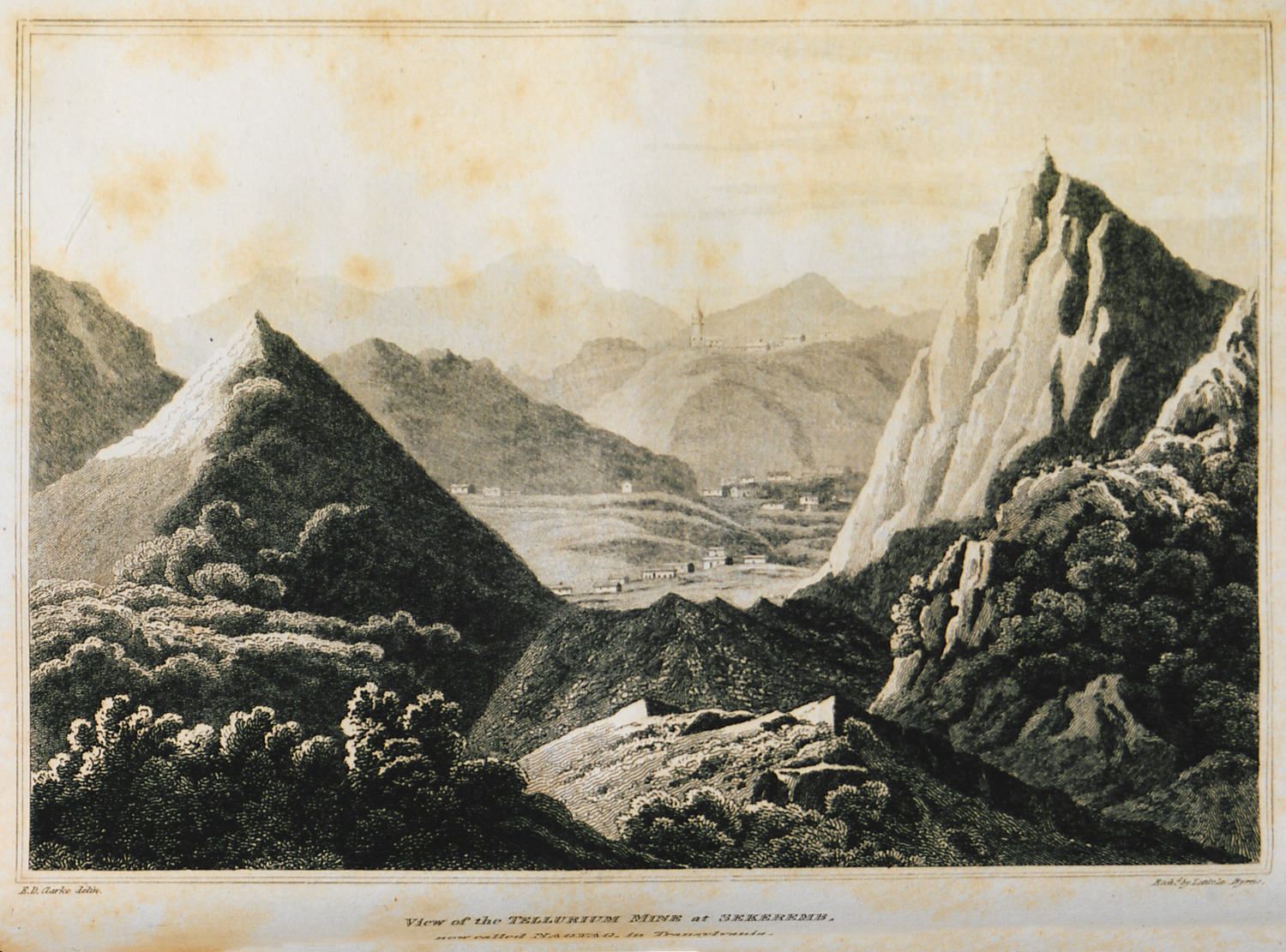
-
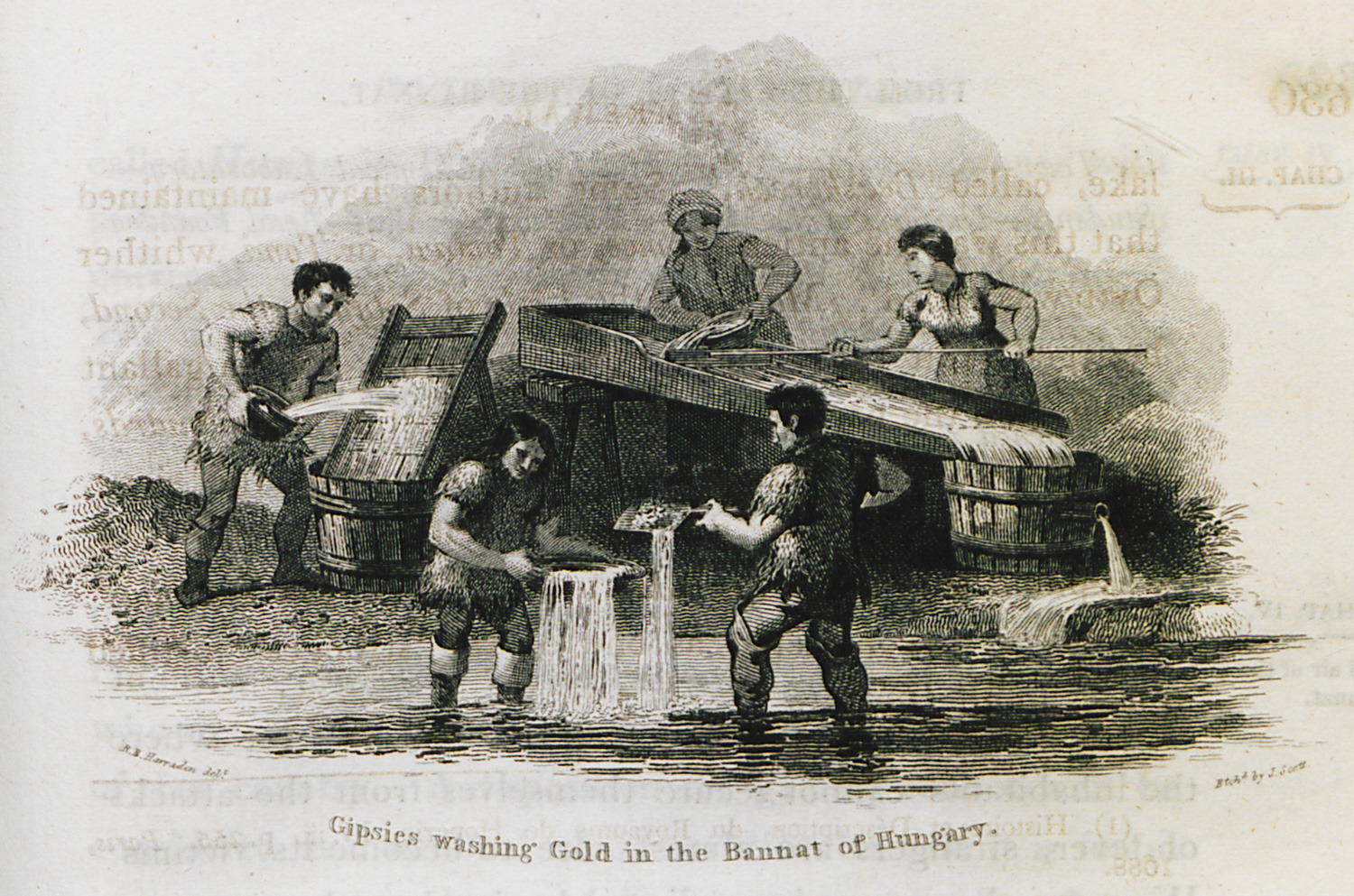
-
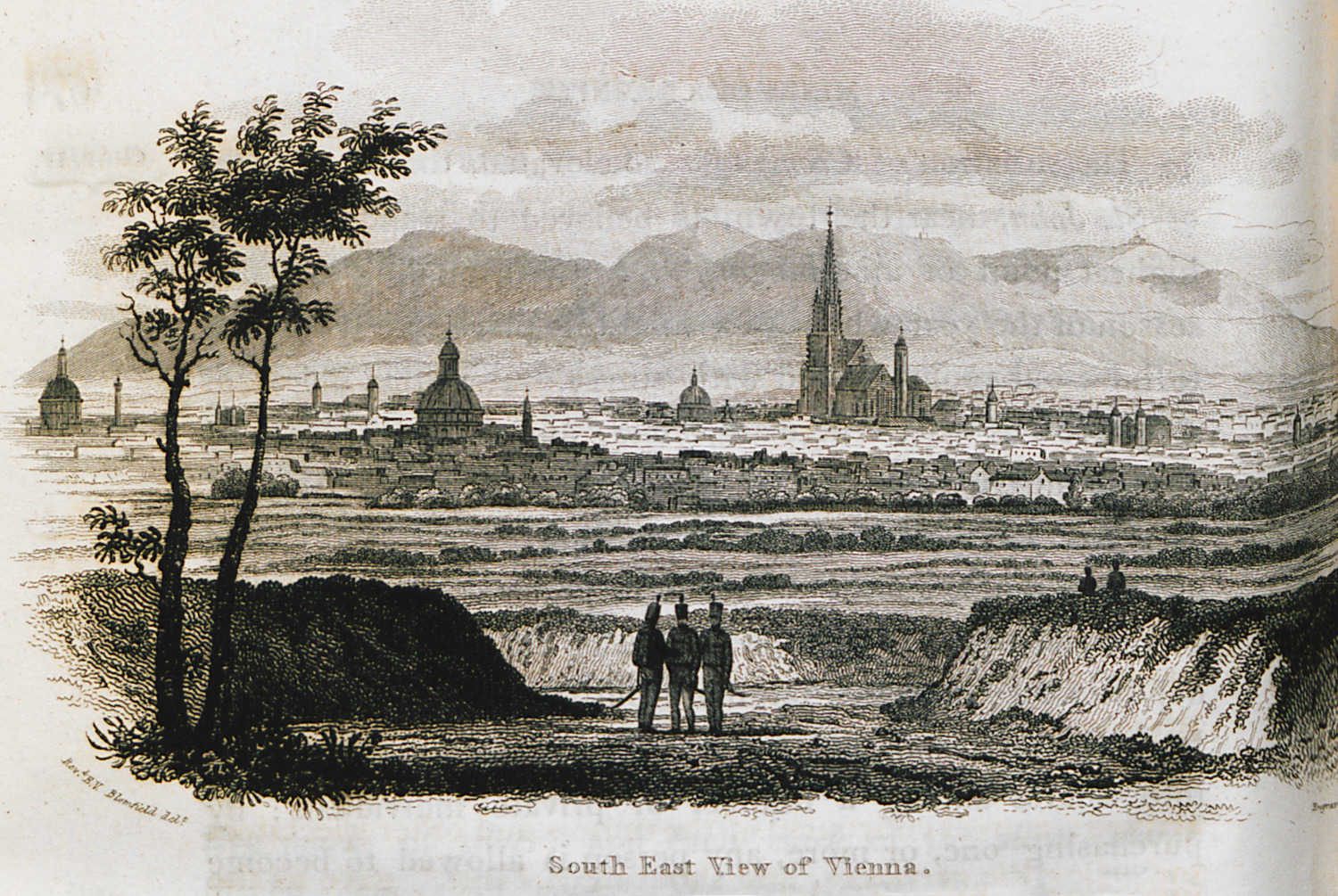
-
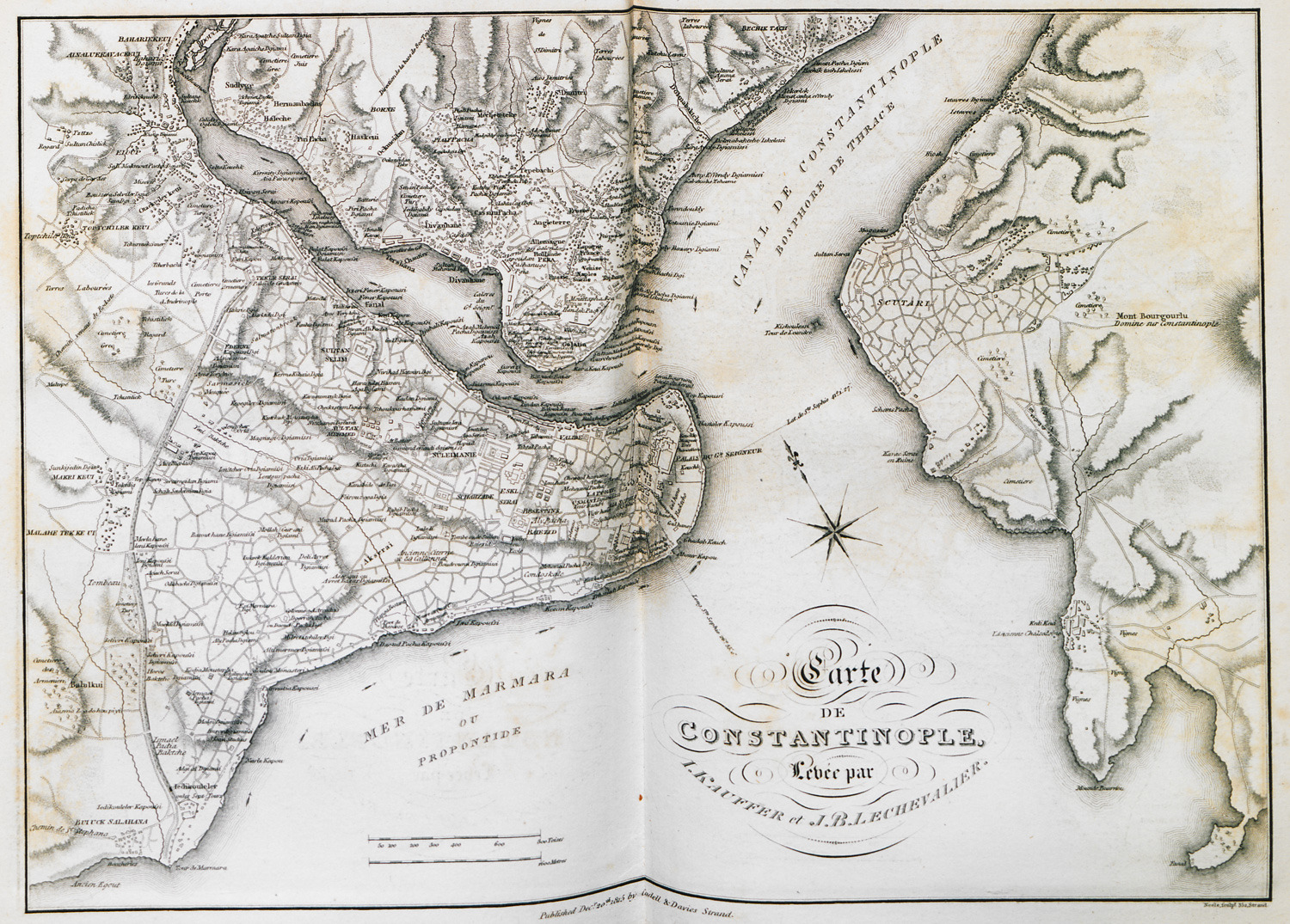
-
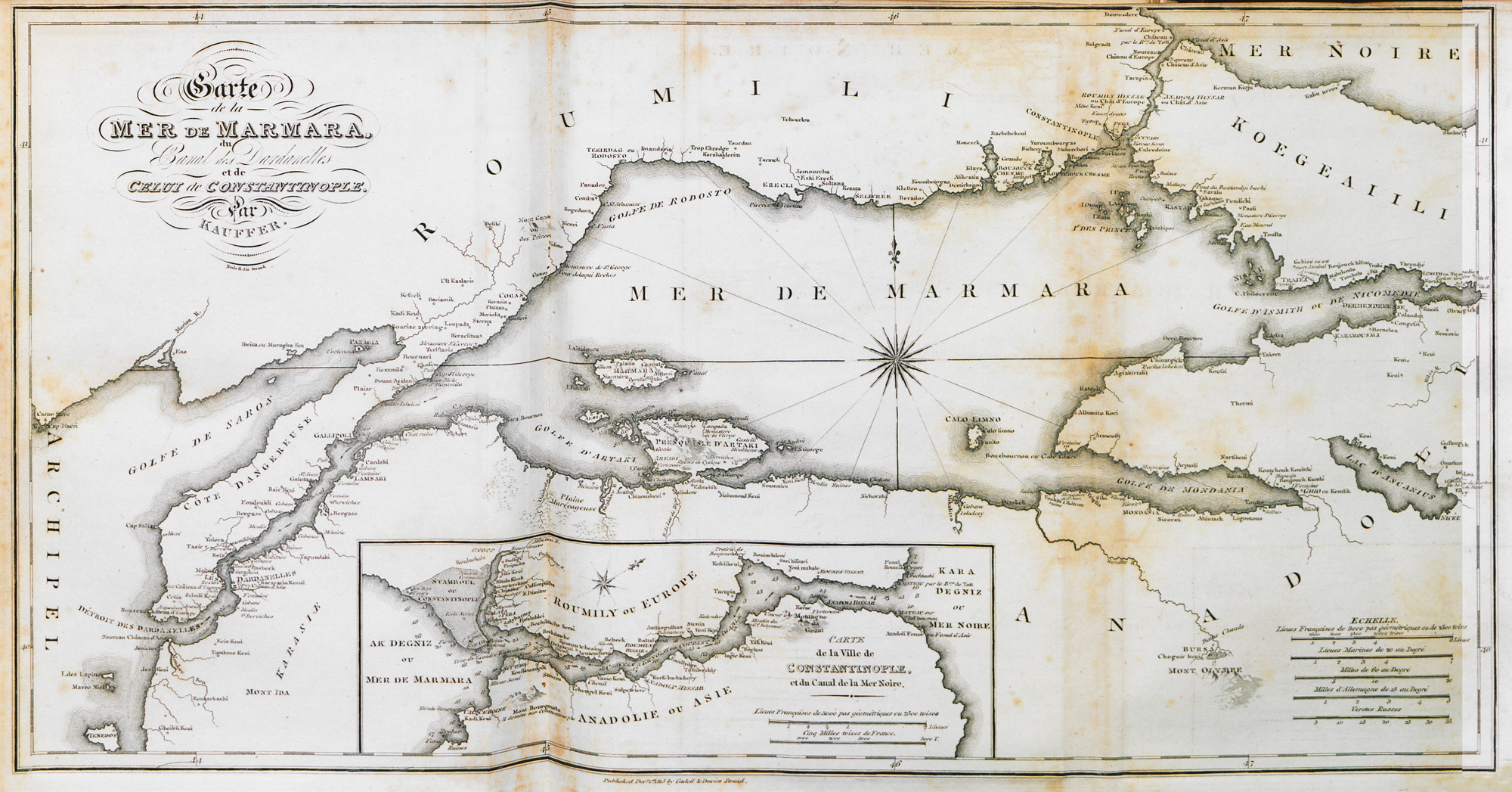
-
